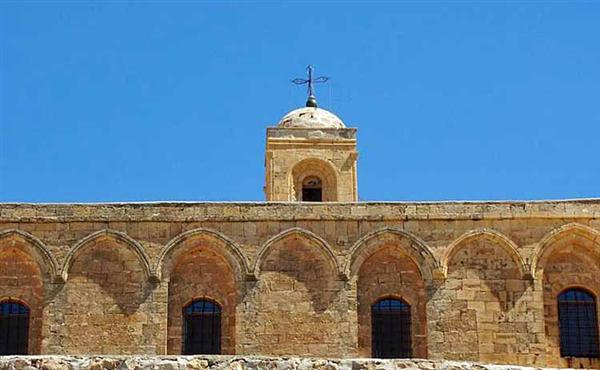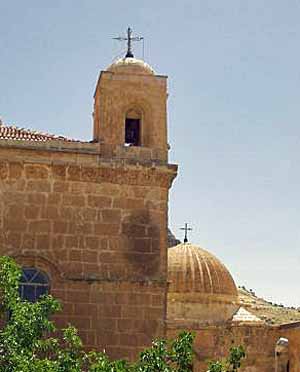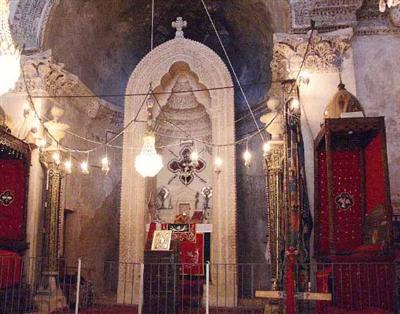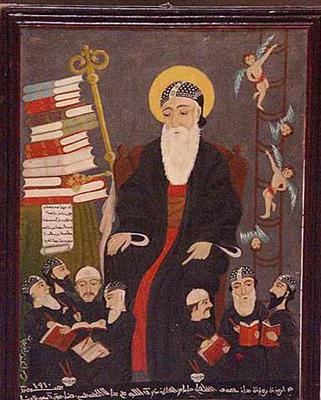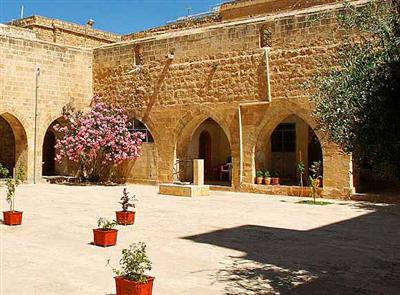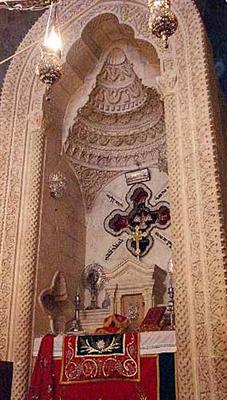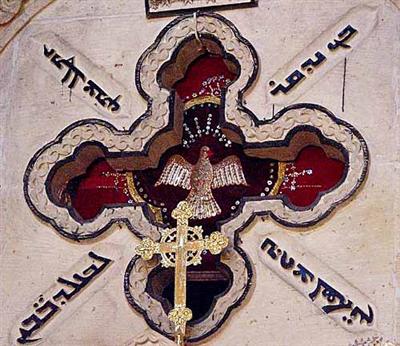Turkey
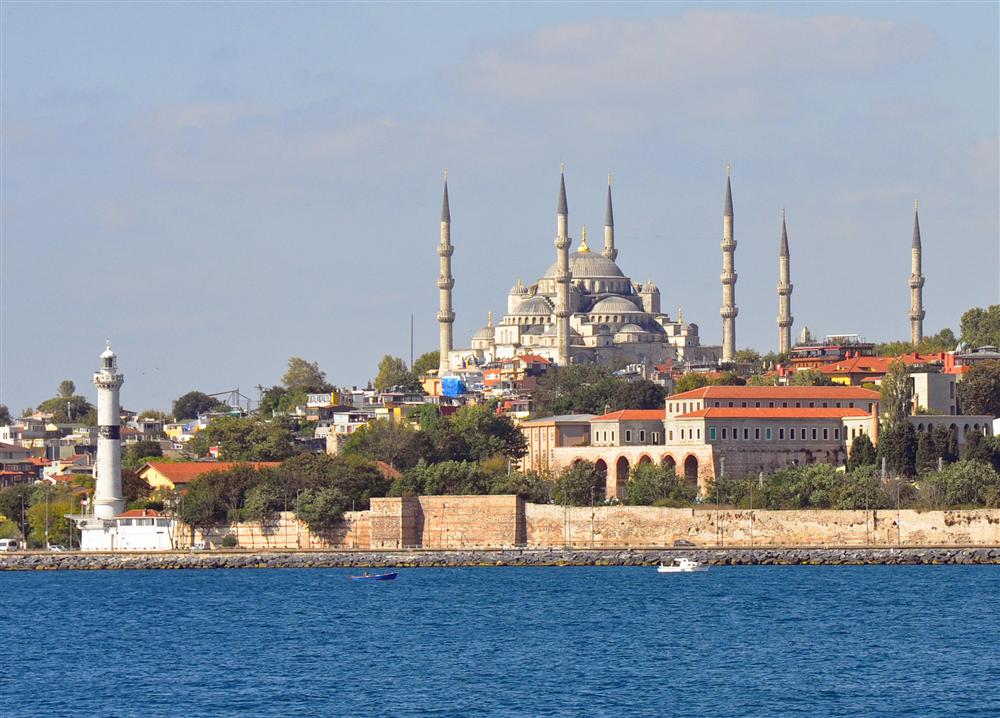
The Sultan Ahmet Mosque (also called the Blue Mosque), Istanbul
2011 Trip
1983 - 1996 Trips
Rick and Emily visited the Istanbul area as part of a Rotary Friendship Exchange
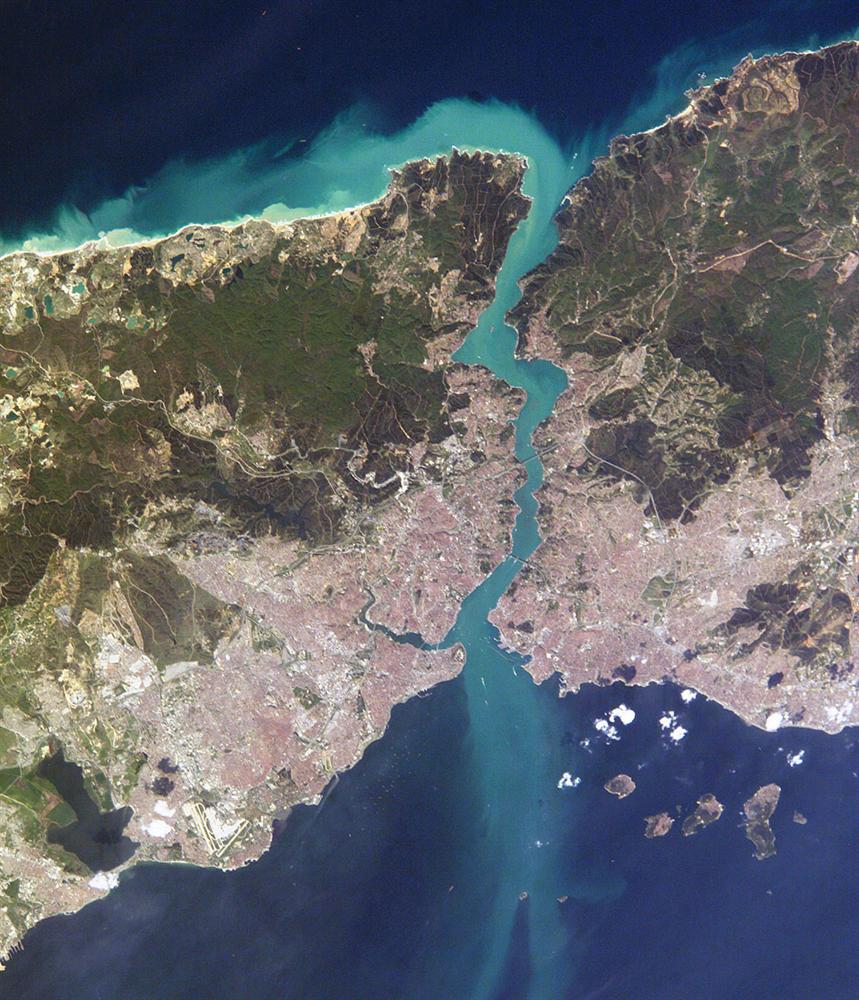
Satellite image of the area we visited - the populated area is Istanbul with 16 million residents on two continents, separated by the Bosphorus

Map of the area
The Sultan Ahmet Mosque
The Sultan Ahmet Mosque is more commonly known as the Blue Mosque for the blue tiles adorning the walls of its interior. It was built from 1609 to 1616, during the rule of Ahmet I.

The mosque as seen from the southern end of the Bosphorus where it meets the Sea of Marmara

The mosque as seen from the southern end of the Bosphorus where it meets the Sea of Marmara
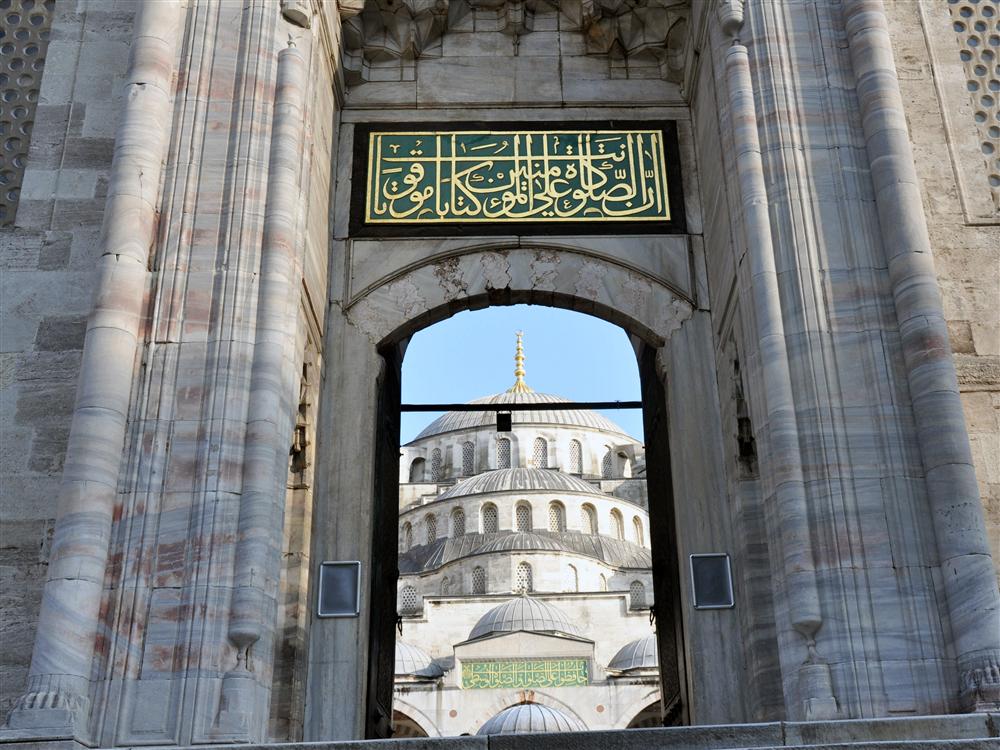
Entry to the mosque
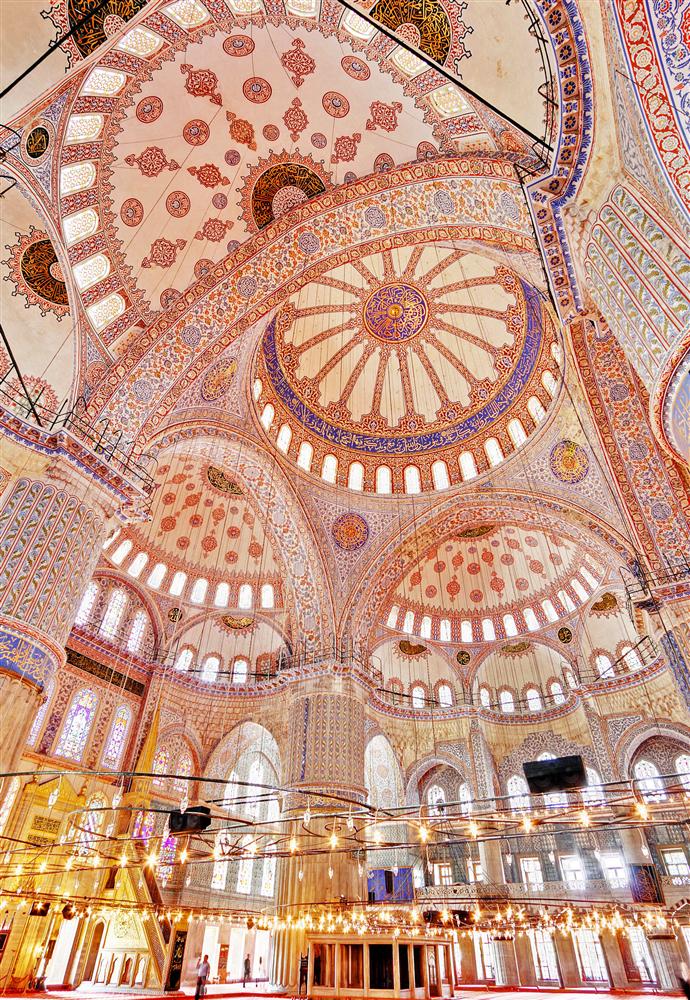
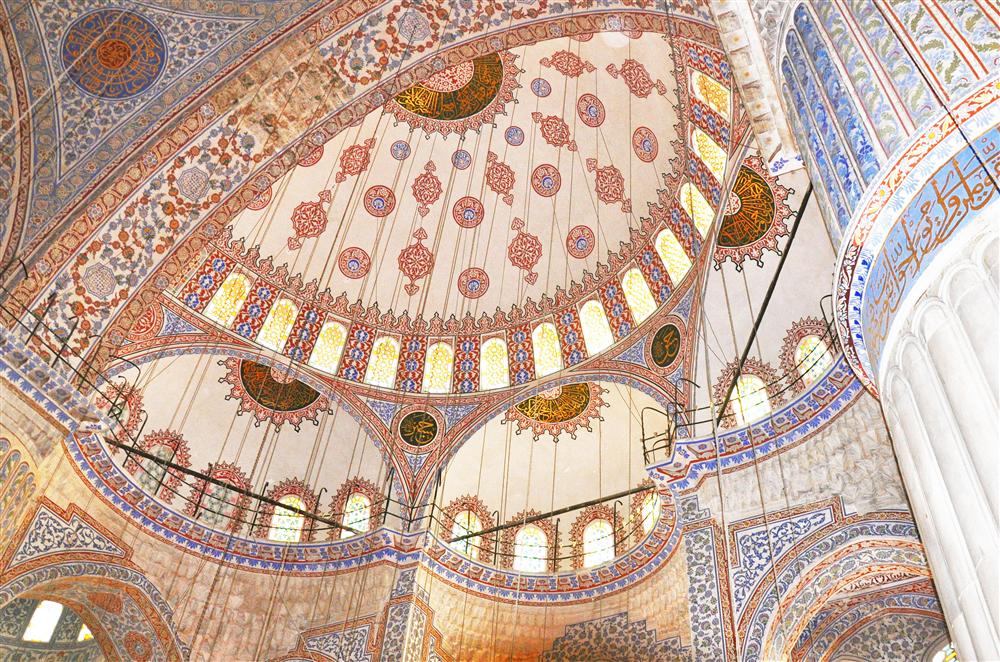

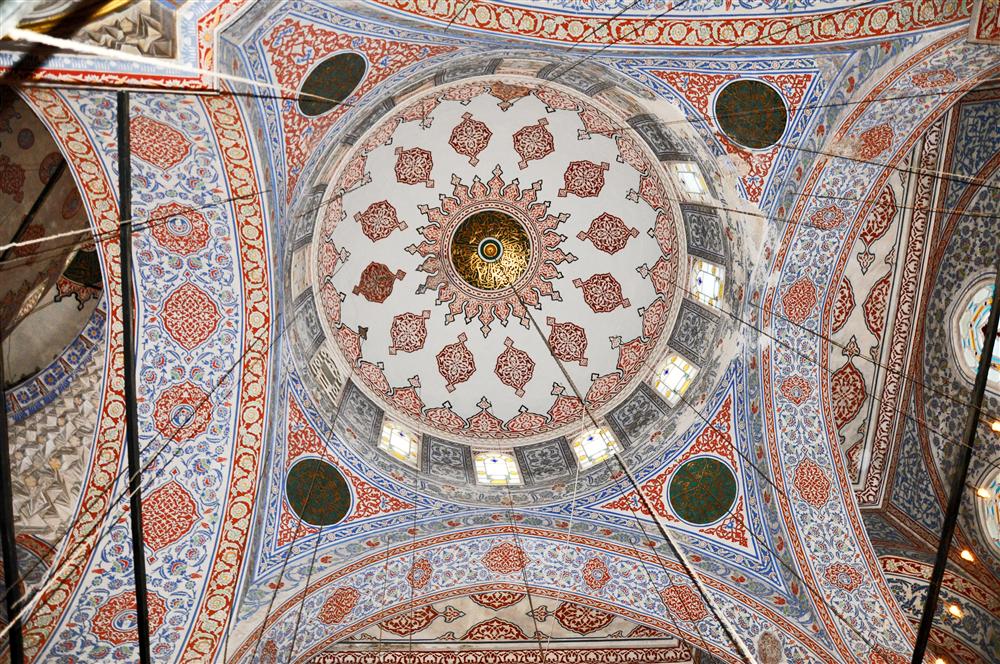
The Hagia Sophia Museum
Hagia Sophia is a former Orthodox patriarchal basilica, later a mosque, and now a secular museum. From the date of its dedication in 360 until 1453, it served as the Greek Patriarchal cathedral of Constantinople, except between 1204 and 1261, when it was converted to a Roman Catholic cathedral under the Latin Patriarch of Constantinople. The building was a mosque from 1453 until 1931, when it was secularized.
The current building was originally constructed as a church between 532 and 537 on the orders of the Byzantine Emperor Justinian. Famous in particular for its massive dome, it was the largest cathedral in the world for nearly a thousand years, until Seville Cathedral was completed in 1520.In 2020, Turkish President Recep Tayyip Erdogan converted it back to a mosque - the art is to be covered. What a tragic loss.
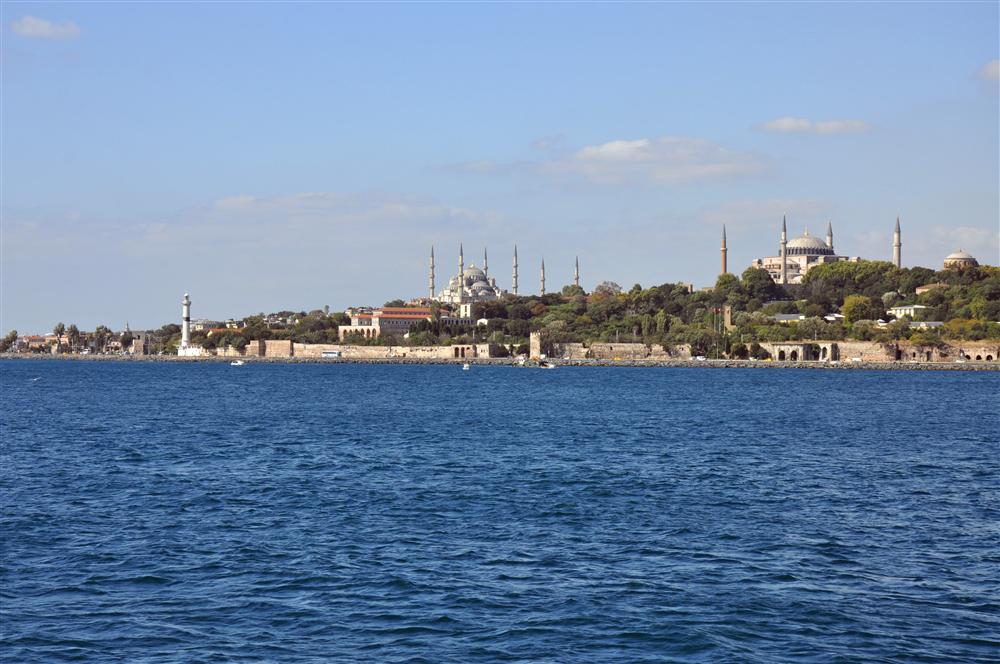
The Hagia Sophia to the right of the Blue Mosque seen from the southern end of the Bosphorus where it meets the Sea of Marmara
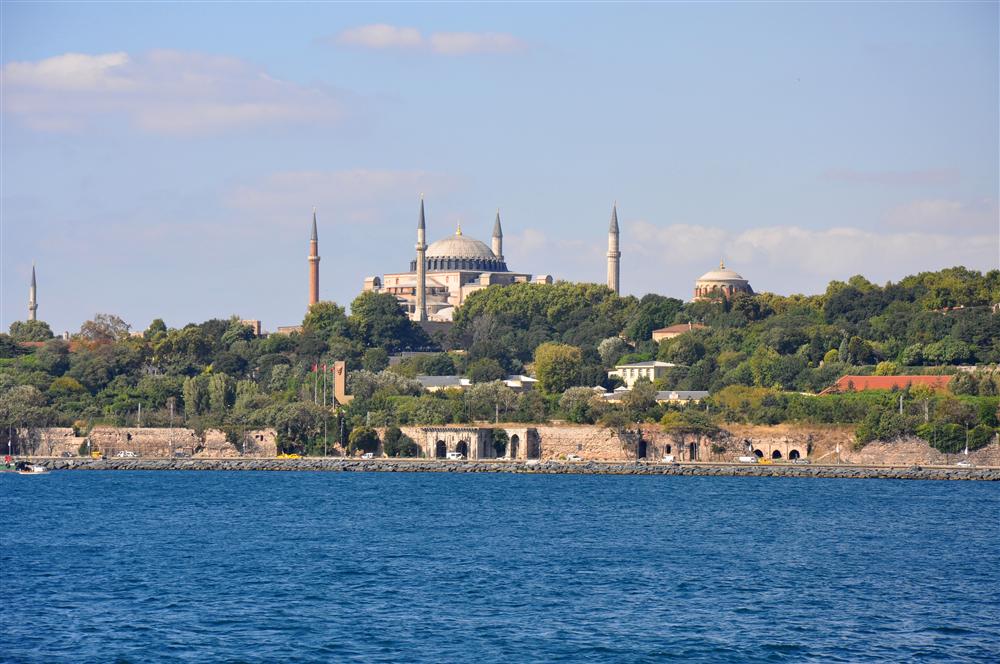
The Hagia Sophia from the southern end of the Bosphorus
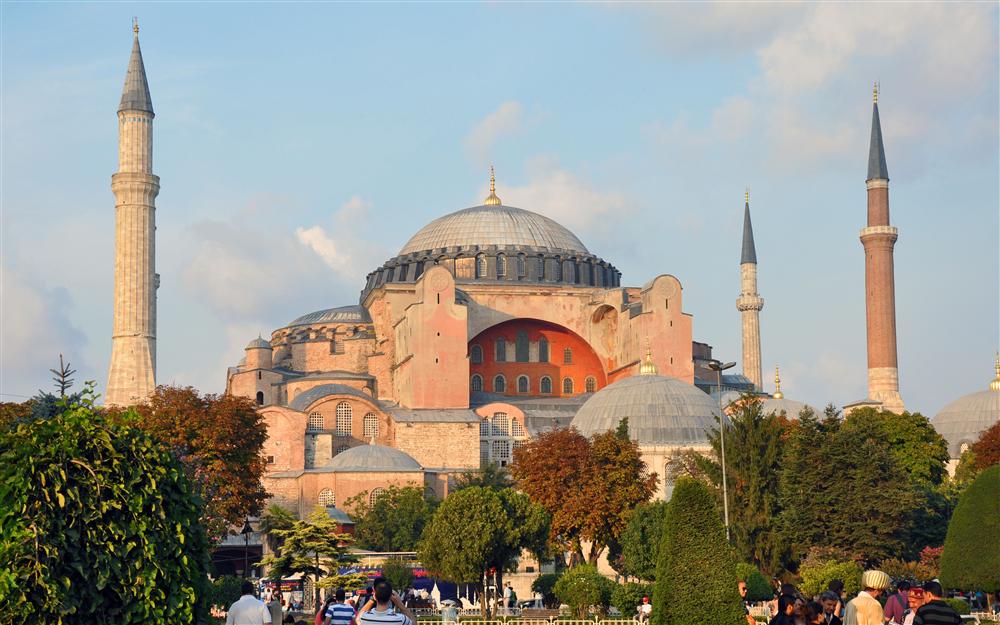
Entry to the Hagia Sophia

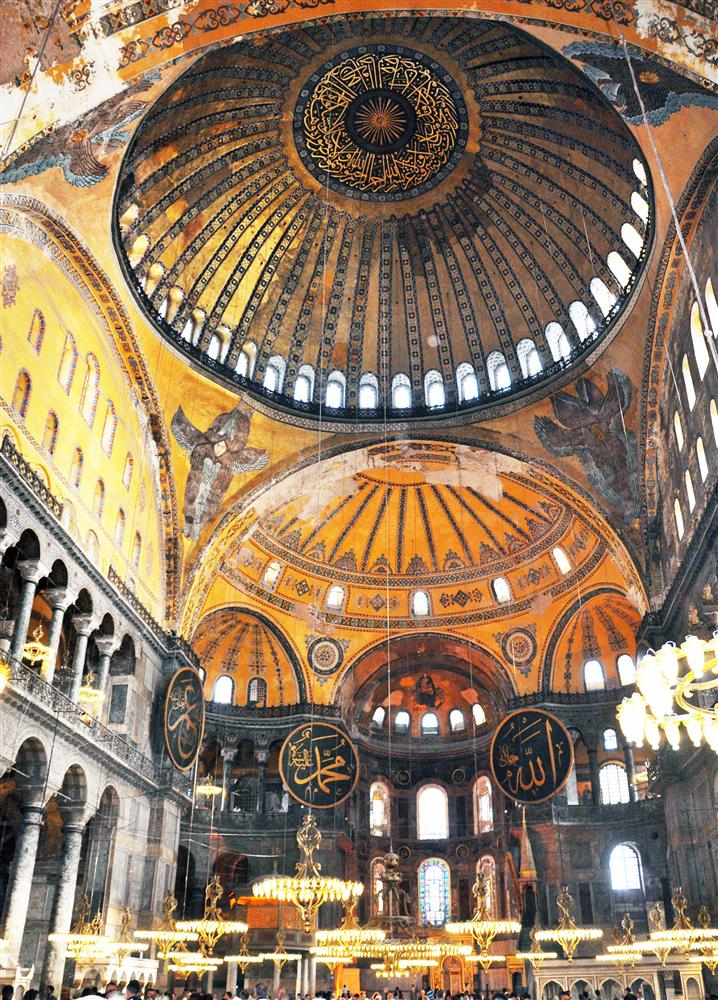
The circular signs are from the mosque period - from the right, they read Allah, Muhammad, 'Umar

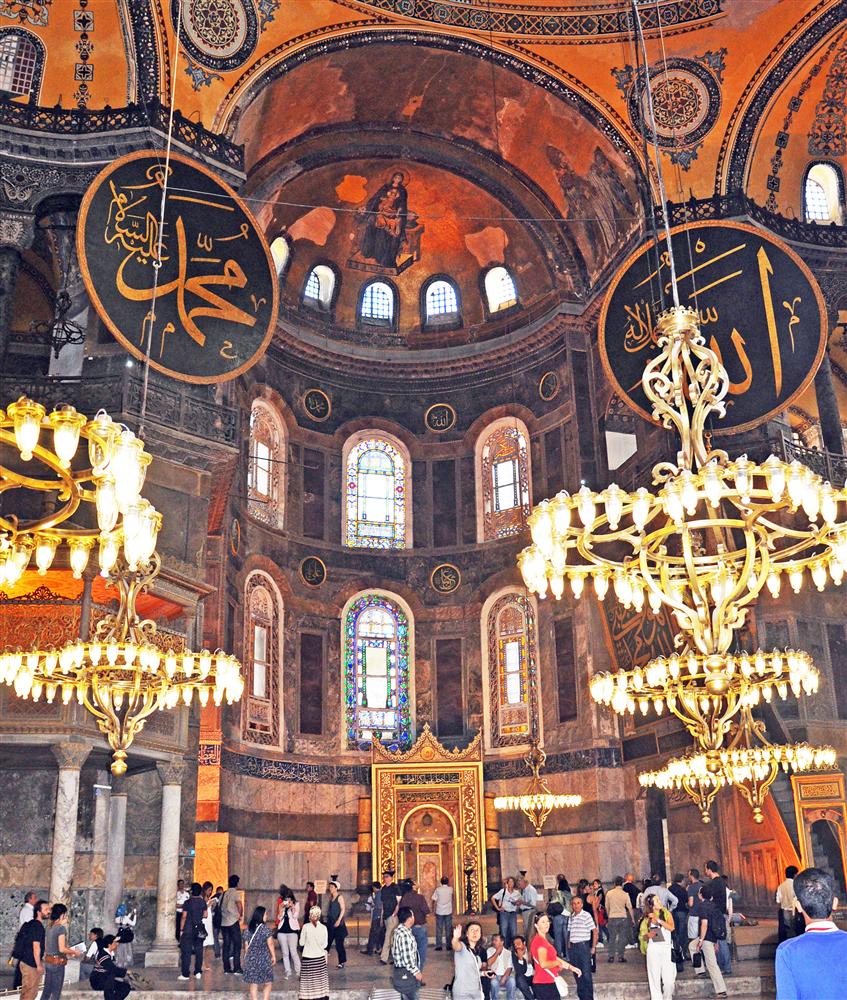
The structure in the center is the mihrab which indicates the direction of Mecca
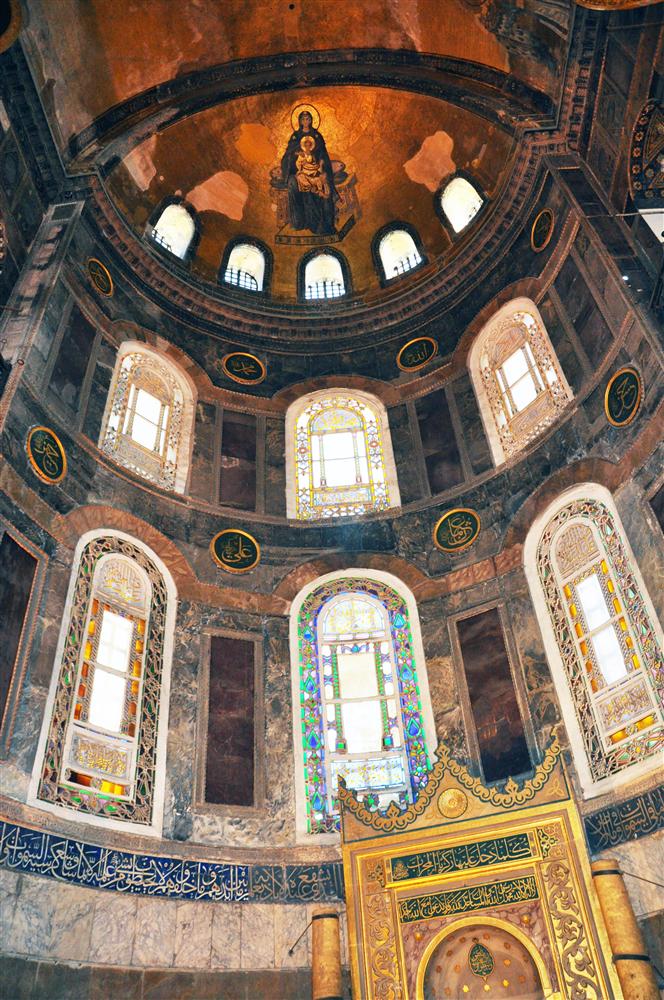
Note the Christian mosaics above
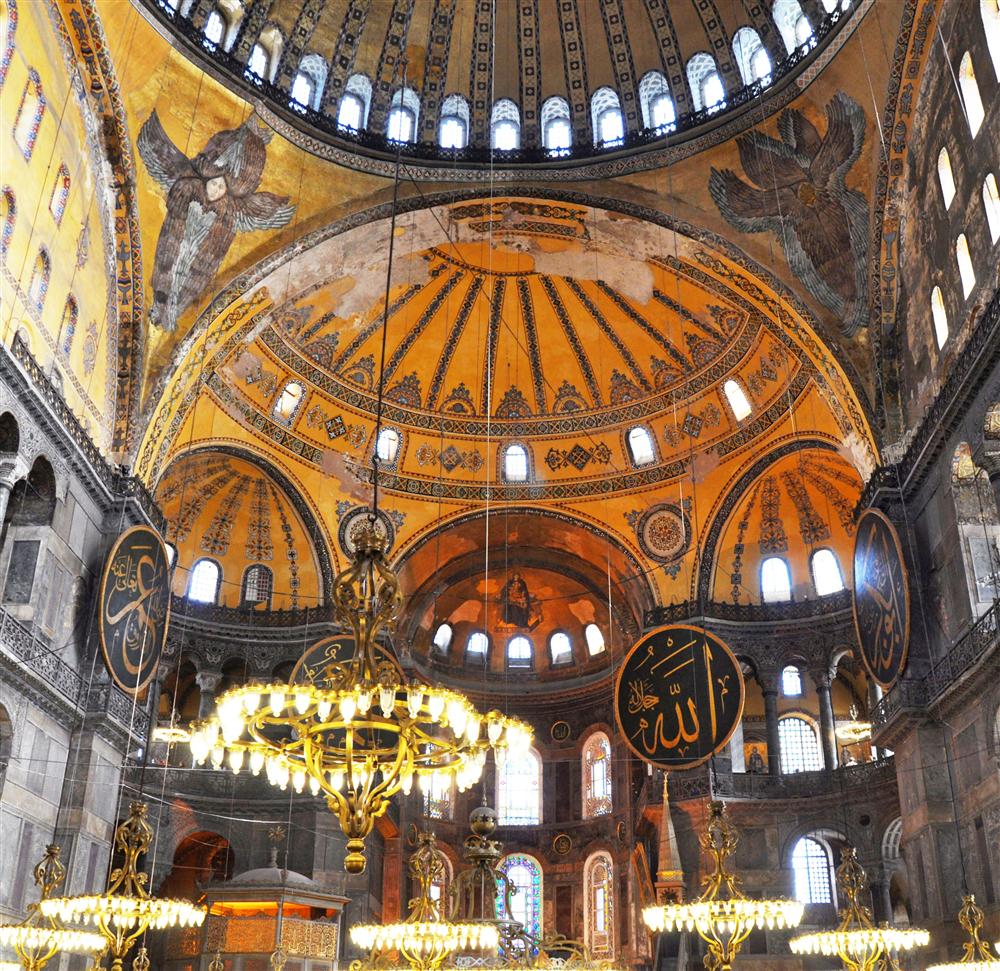

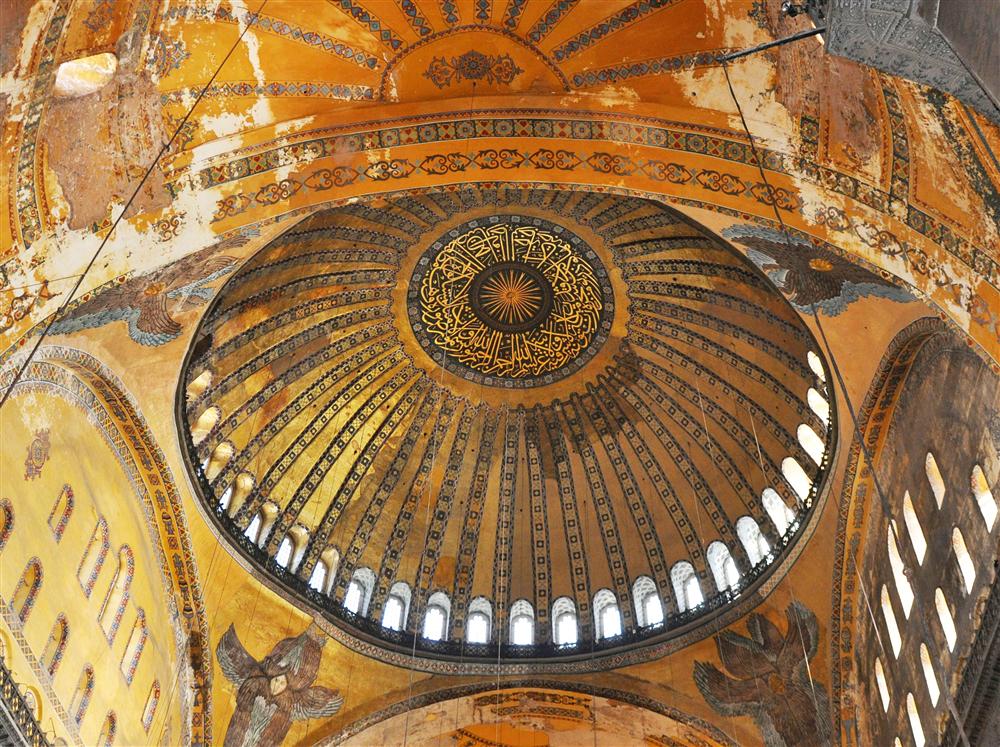
Christian angels and Islamic calligraphy

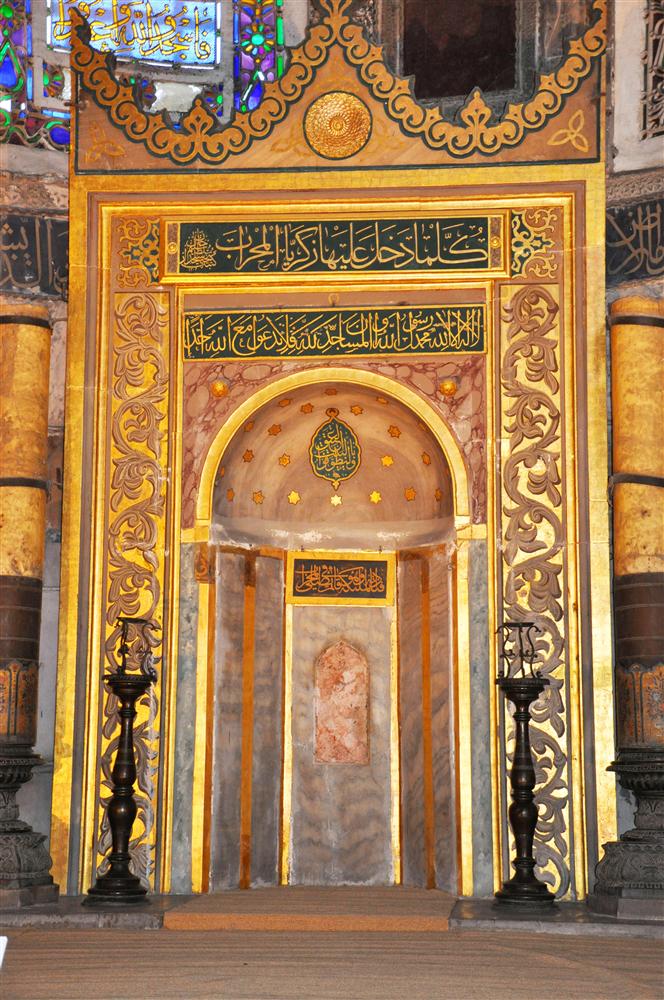
The mihrab

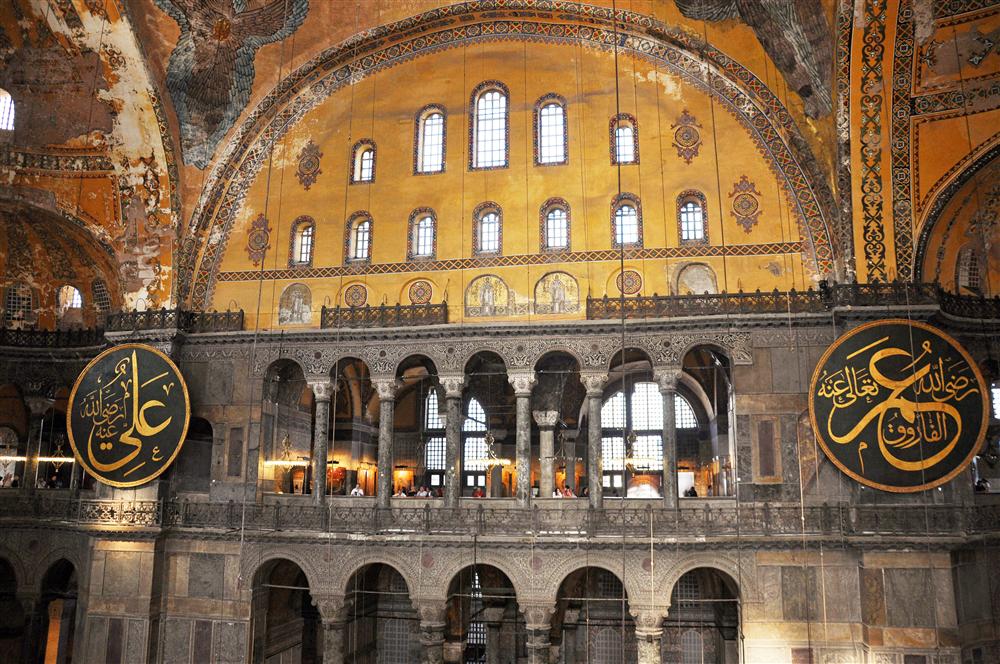
Placards read (left to right) 'Ali and 'Umar (Sunni caliphs)
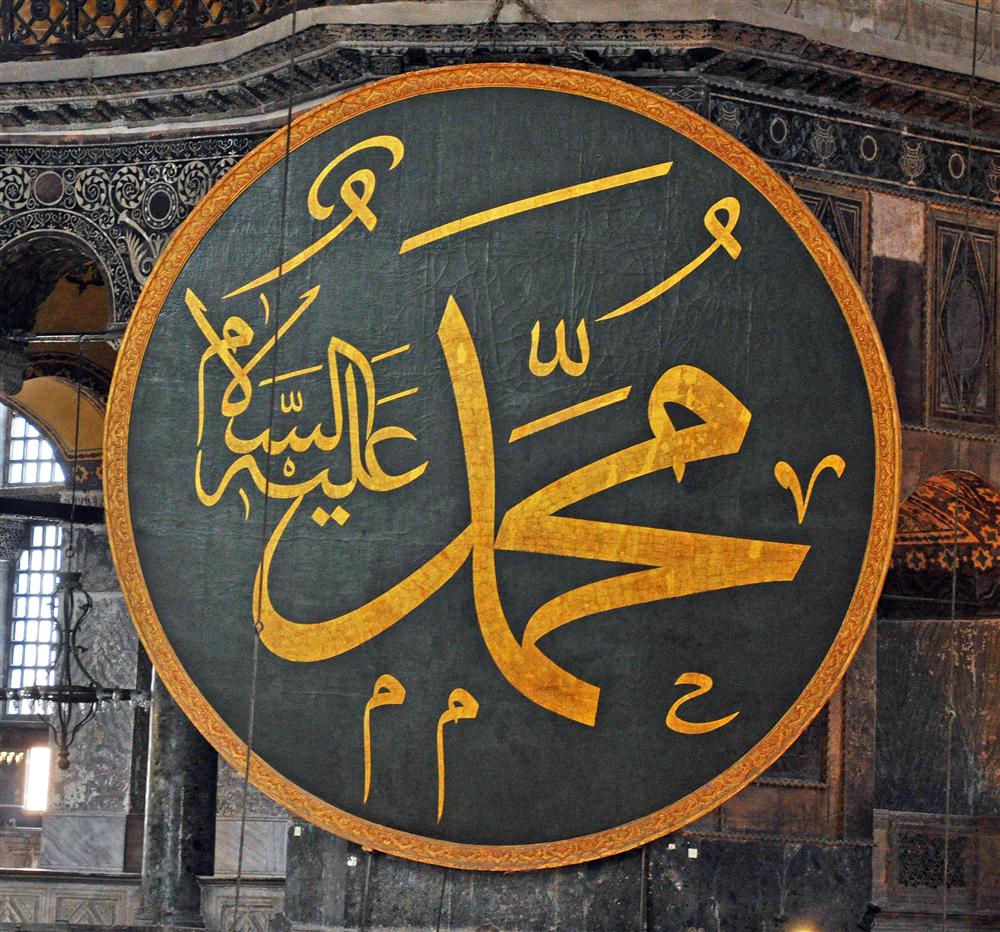
"Muhammad - Peace be Upon Him"
Sometimes you will see the phrase abbreviated as PBUH - we politically incorrectly call it "the prophet Pa-boo"


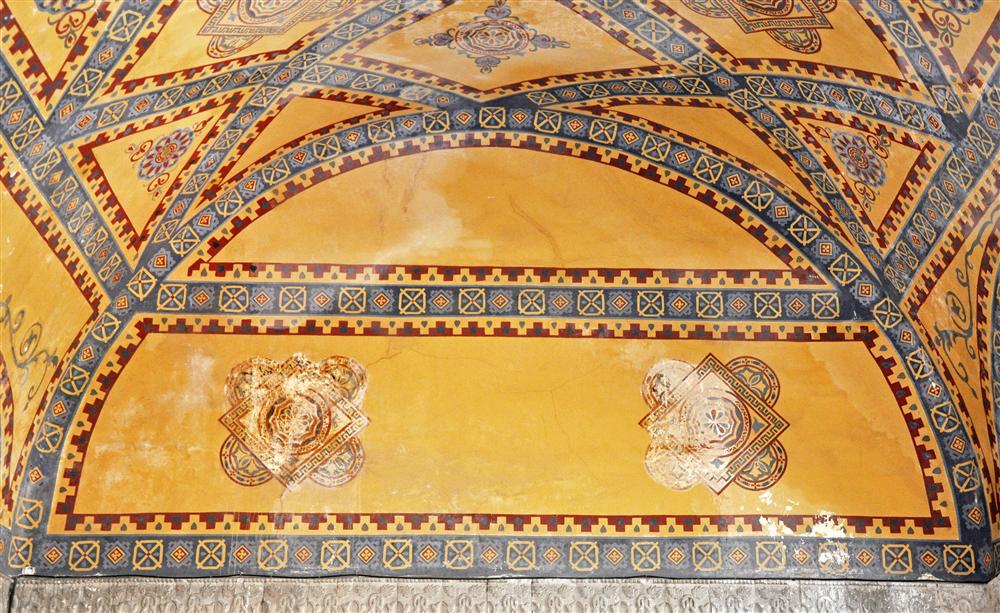
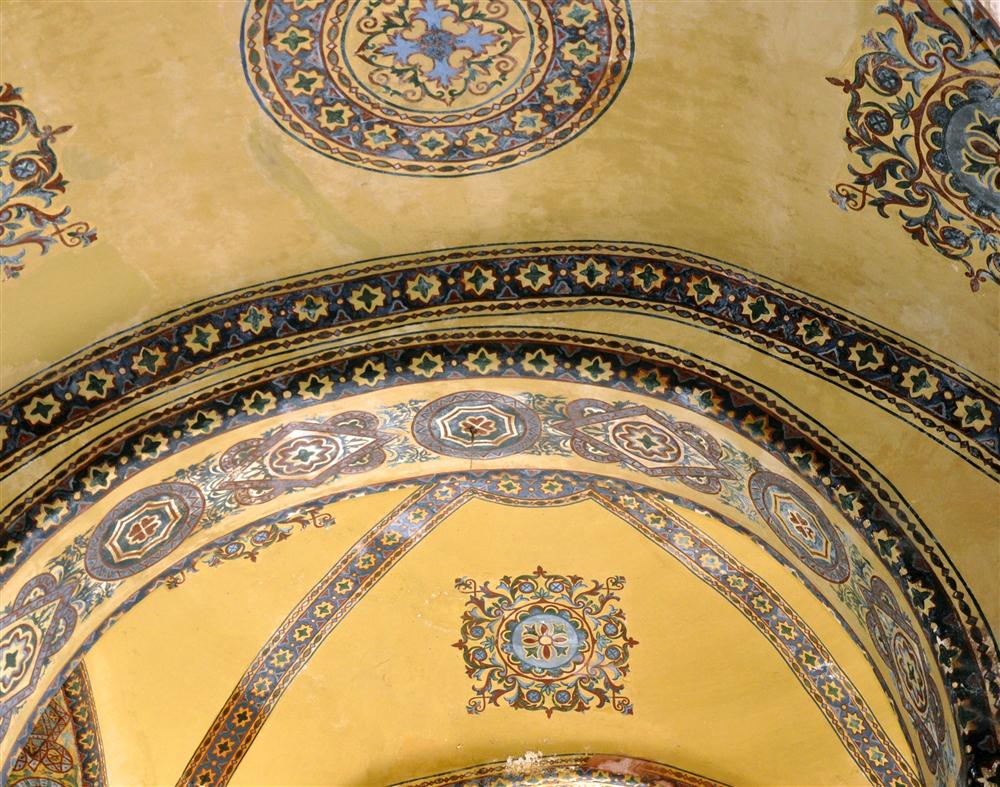
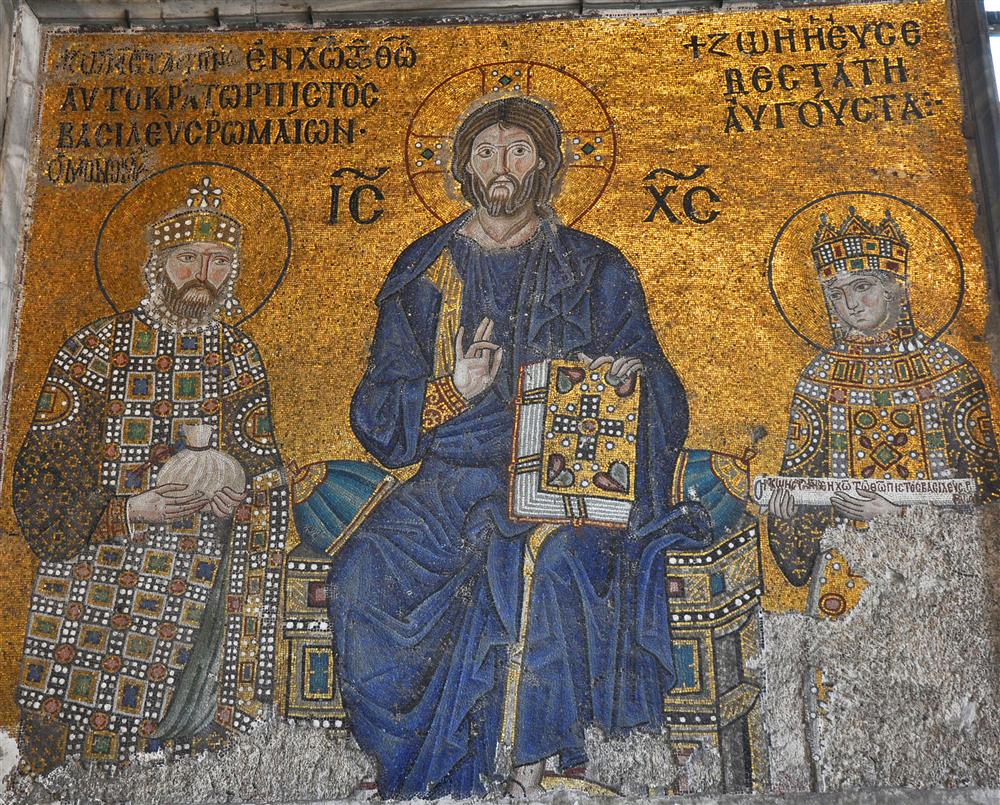
Stunning mosaics - preserved because the Ottomans plastered over them but did not destroy them
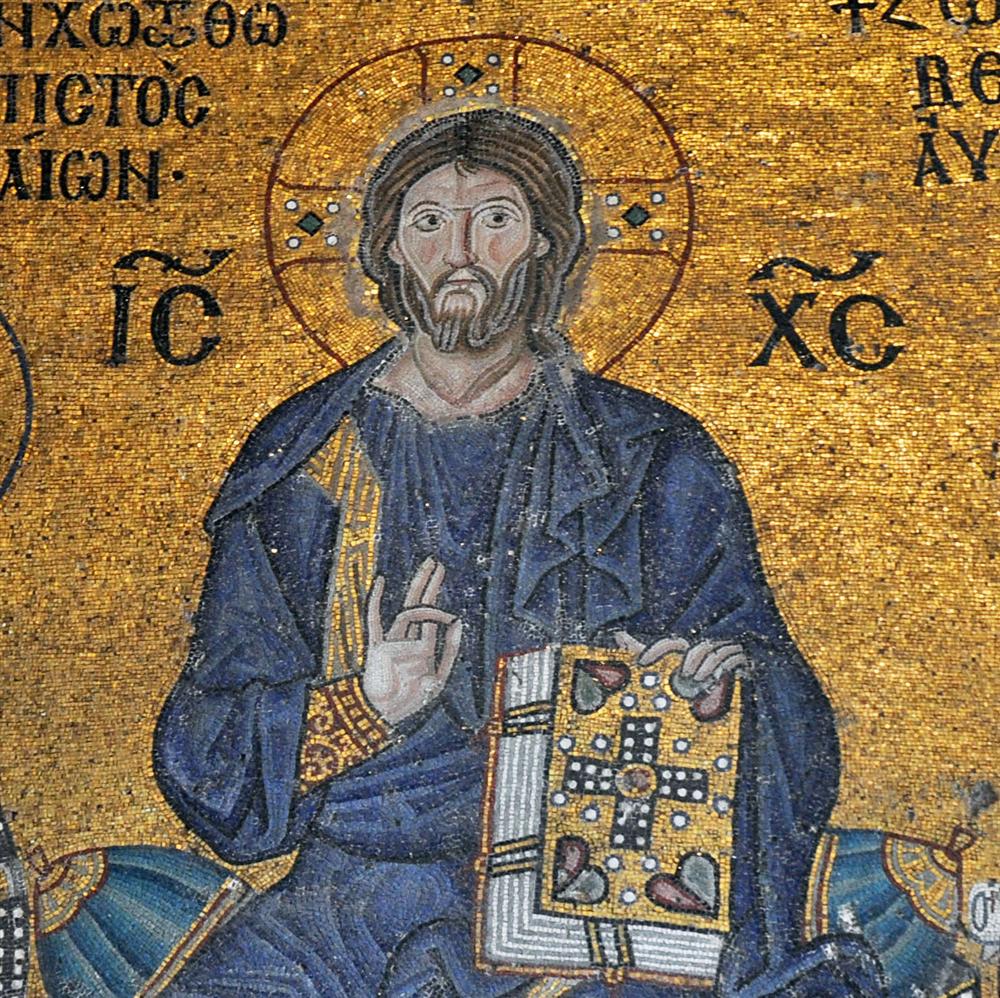

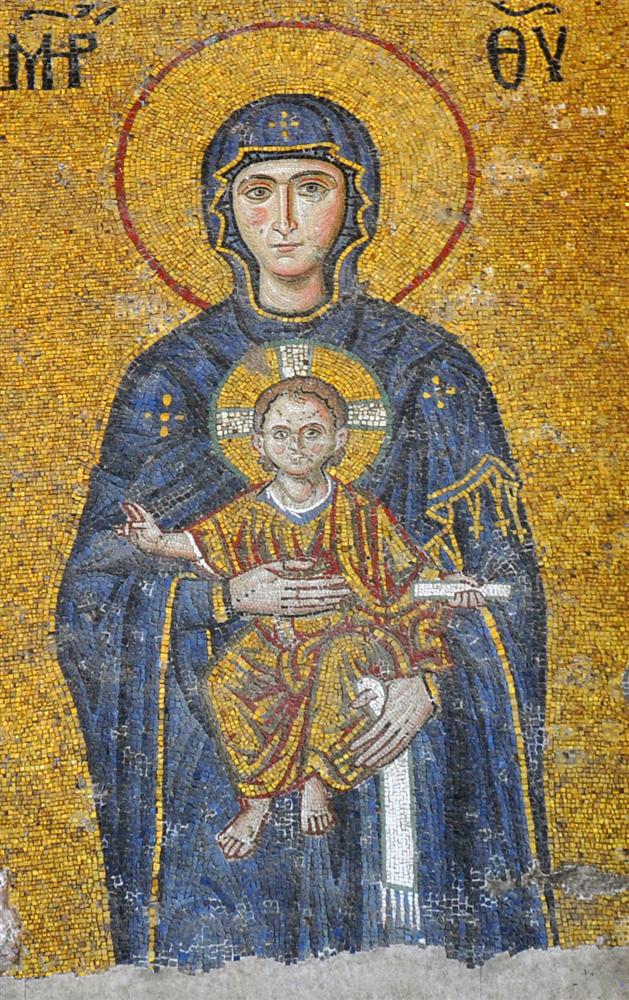
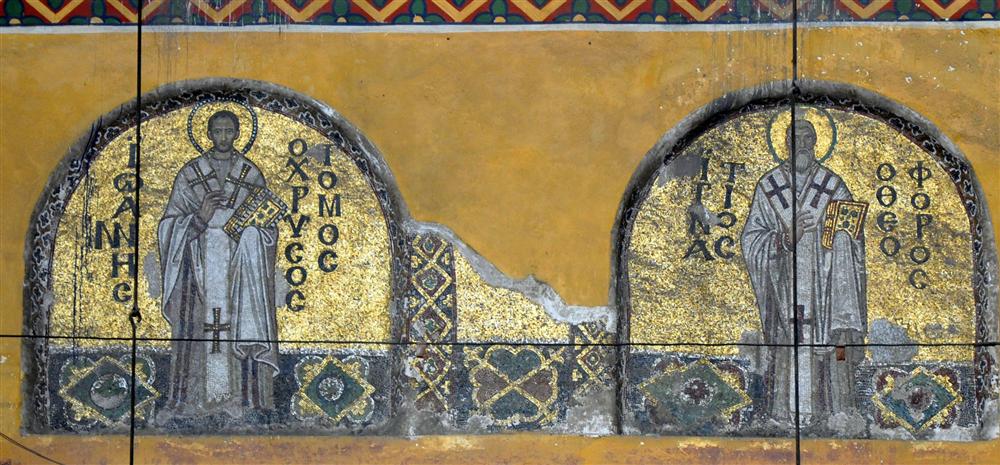
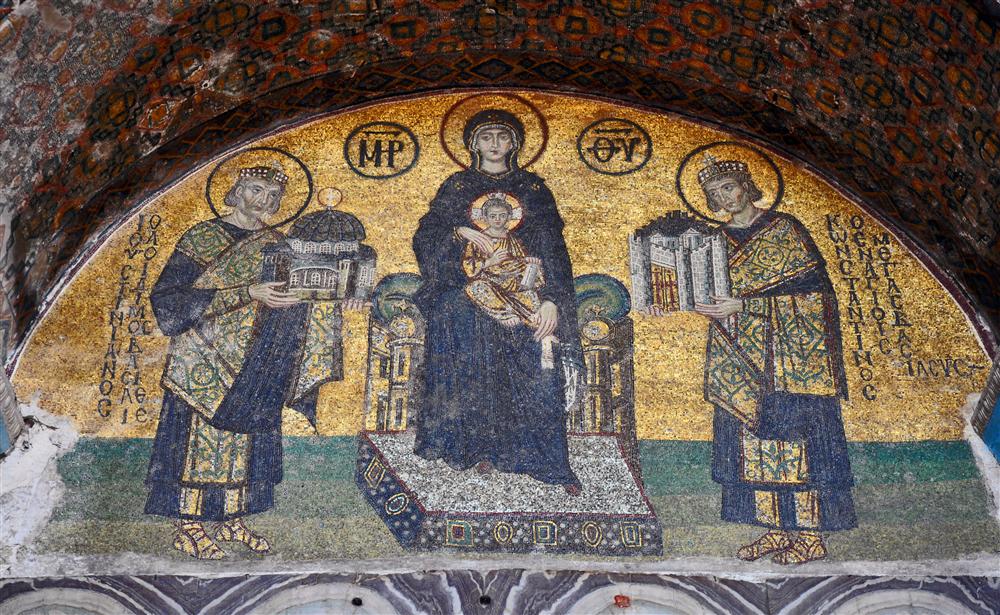
Representation of the Madonna and Child with the popes of the two Roman empires, east and west

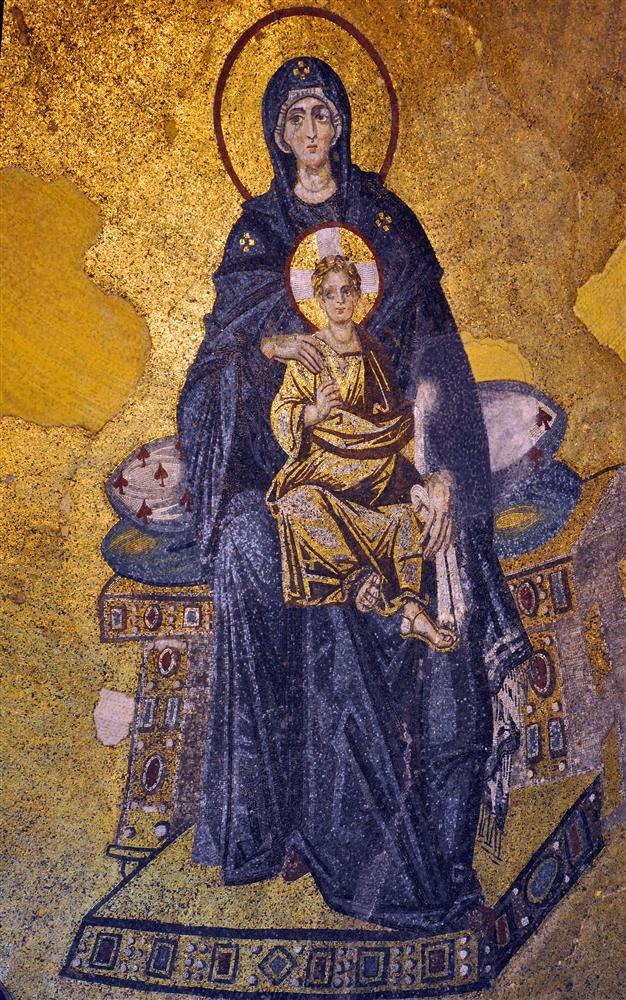
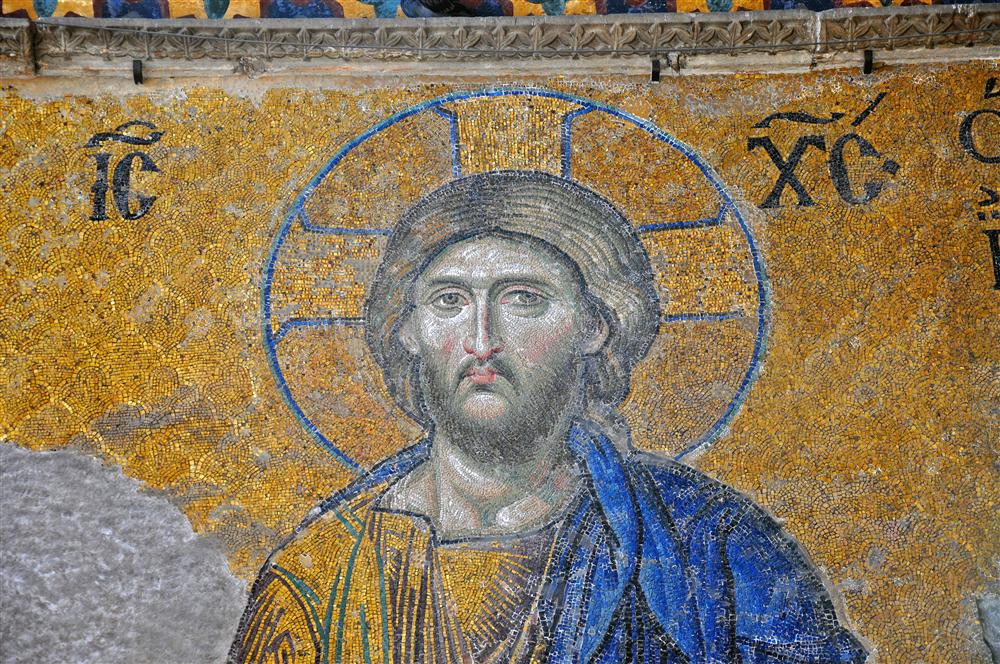
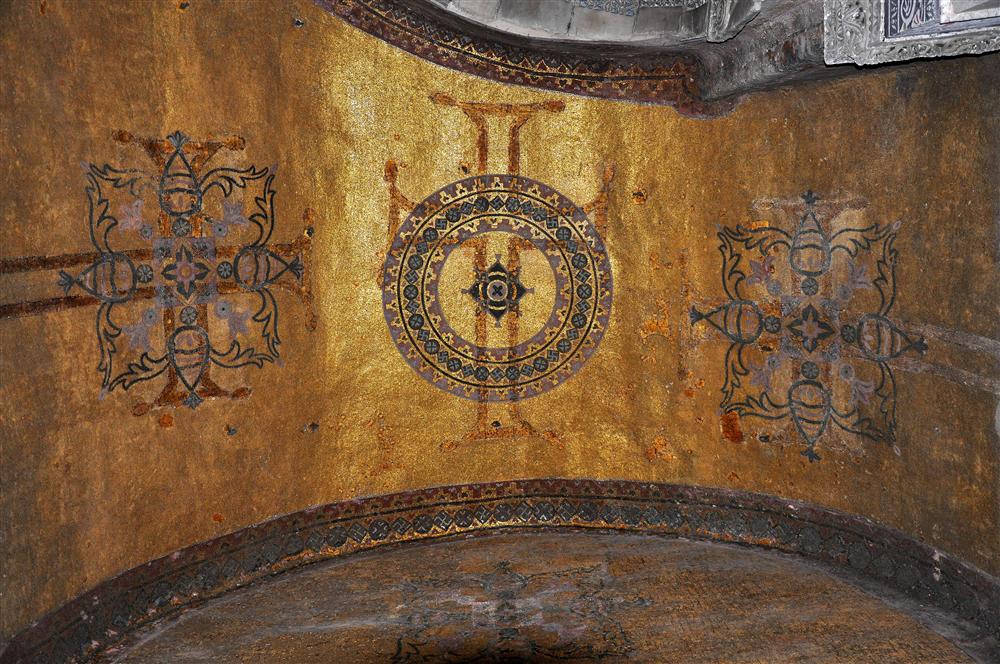
Ceiling mosaics
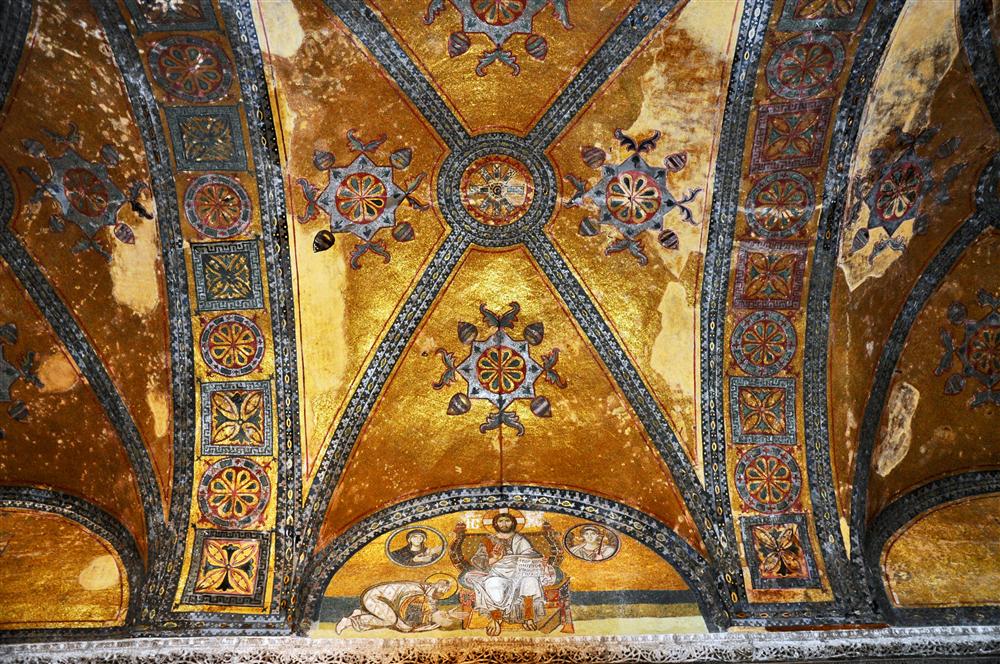
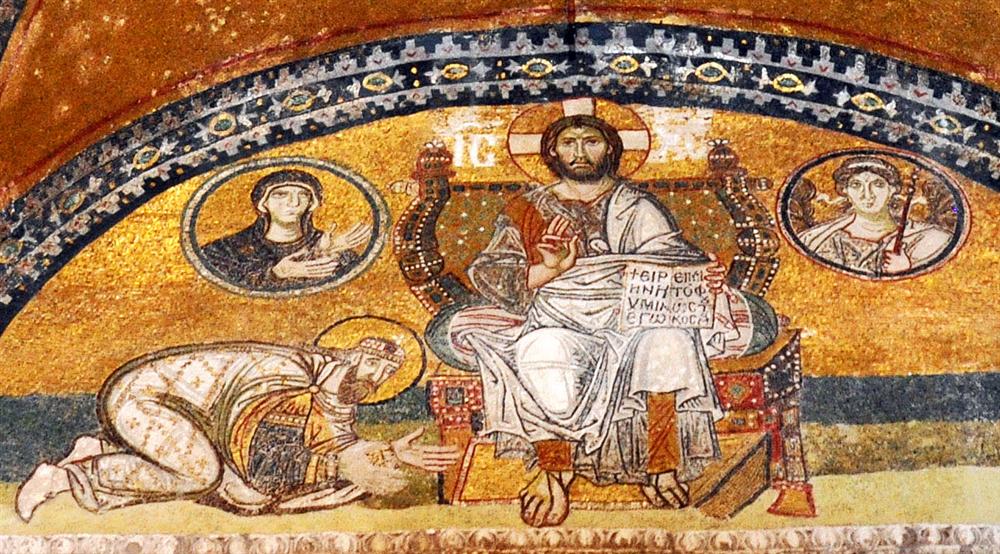
The Topkapi Palace Museum
Topkapı Palace was the residence of the Ottoman Sultans for approximately 400 years (1465-1856) of their 624-year reign. The palace contains some of the most holy relics of the Muslim world, including Muhammed's cloak and sword.
Construction began in 1459 under Fatih Sultan Mehmed II, the conqueror of Byzantine Constantinople. The palace is a complex made up of four main courtyards and many smaller buildings. At the height of its existence as a royal residence, the palace was home to as many as 4,000 people.
Topkapı Palace gradually lost its importance at the end of the 17th century, as the Sultans preferred to spend more time in their new palaces along the Bosporus. In 1856, Sultan Abdül Mecid I decided to move the court to the newly built Dolmabahçe Palace, the first European-style palace in the city.

Left to right - the Blue Mosque, the Hagia Sophia and the Topkapi Palace from the southern end of the Bosphorus where it meets the Sea of Marmara
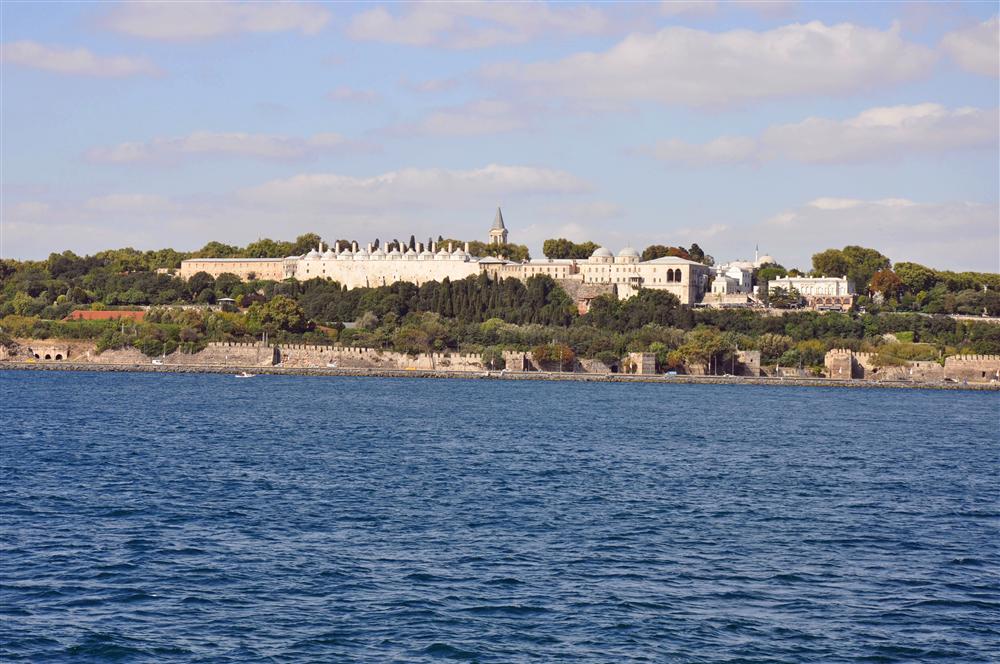
Topkapi Palace from the southern end of the Bosphorus
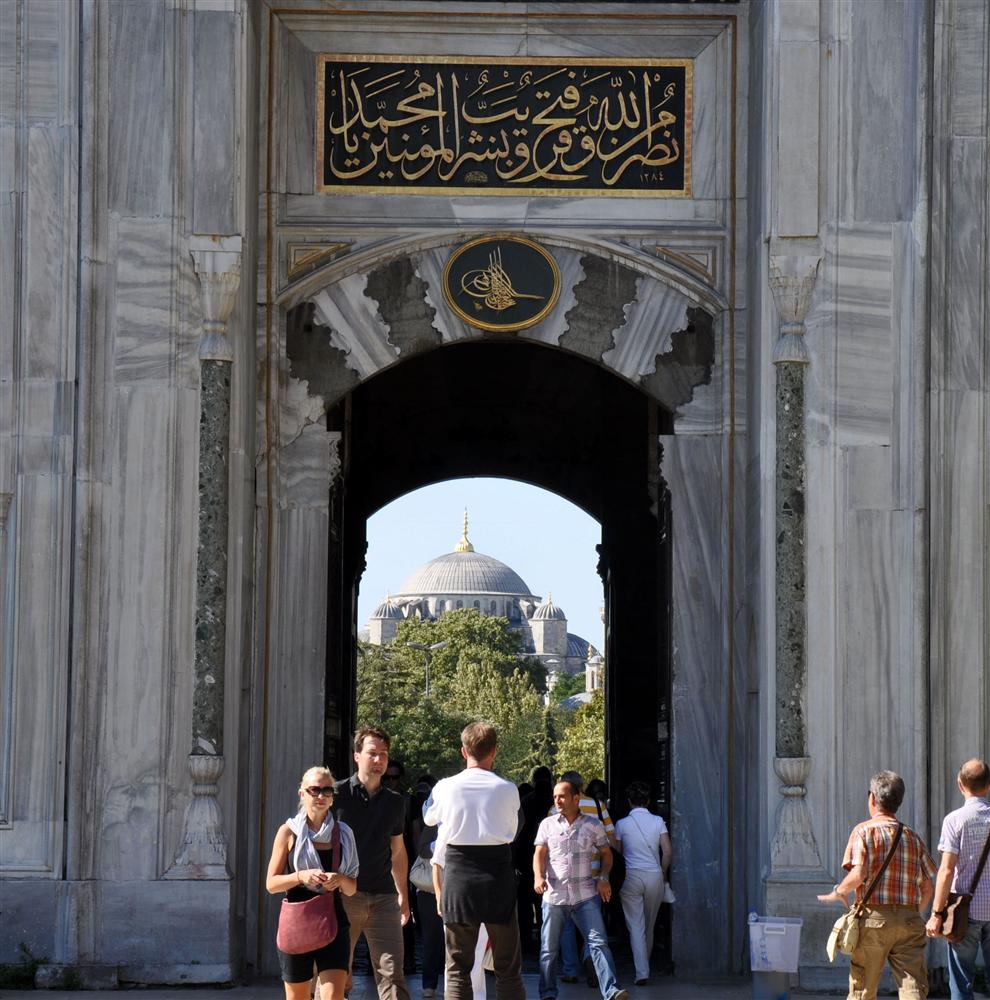
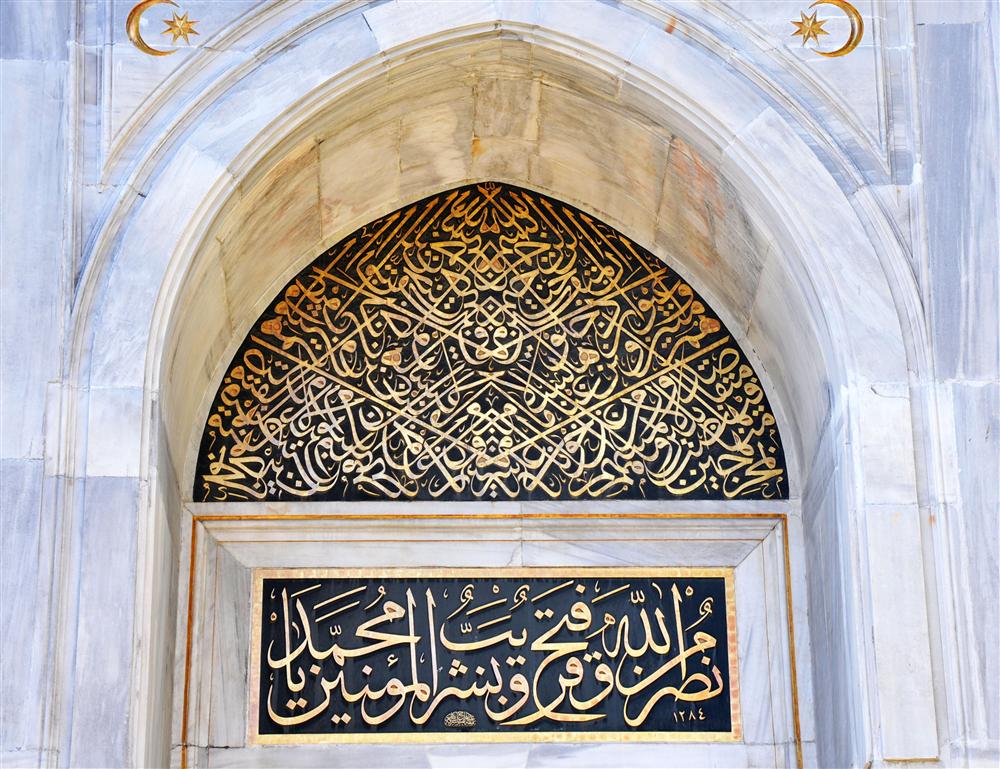
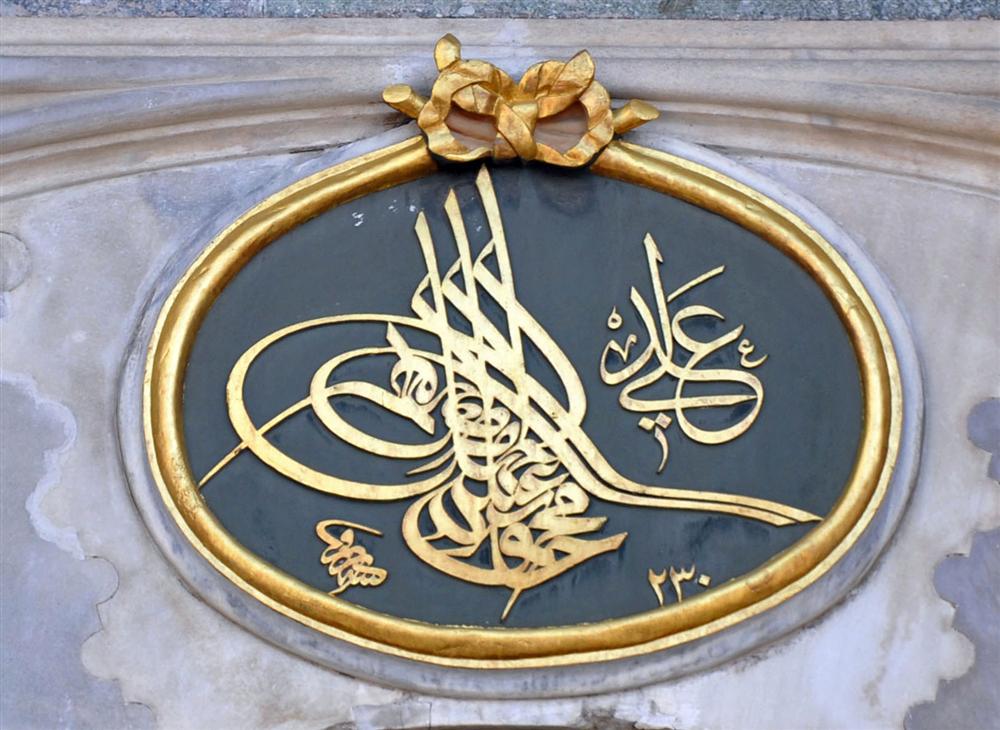
The tughra - seal of the Sultan

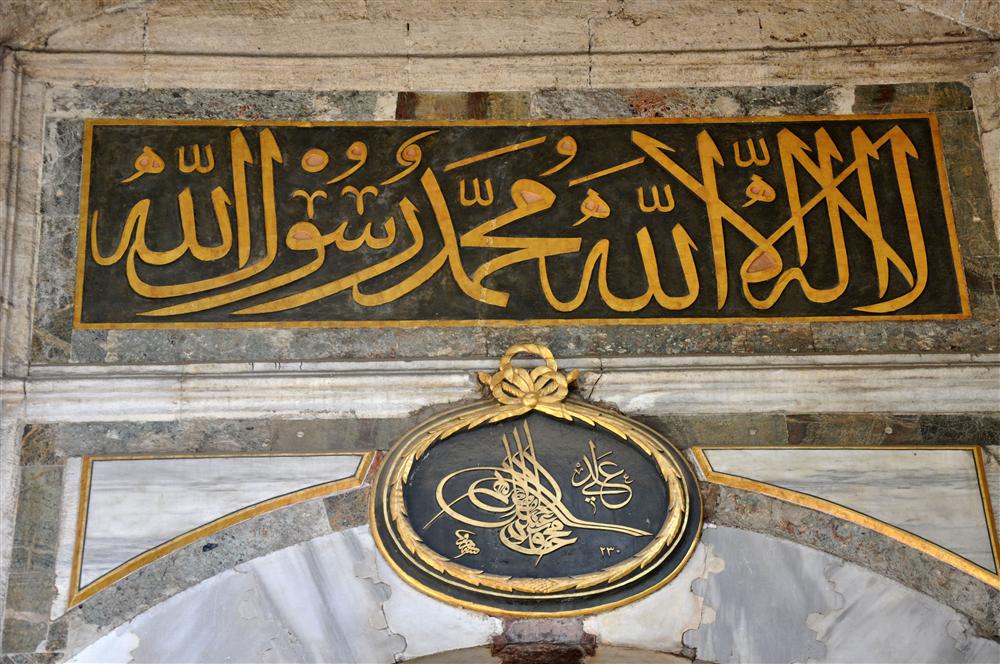
The top panel reads: There is no God but God, Muhammad is the Messenger of God

Hostess at the Topkapi restaurant
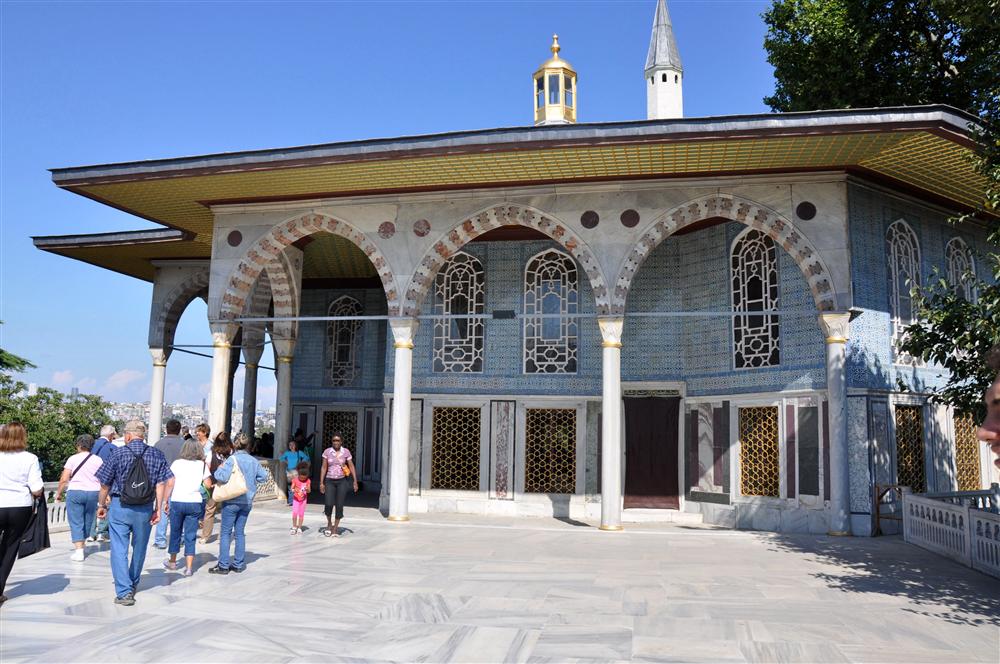
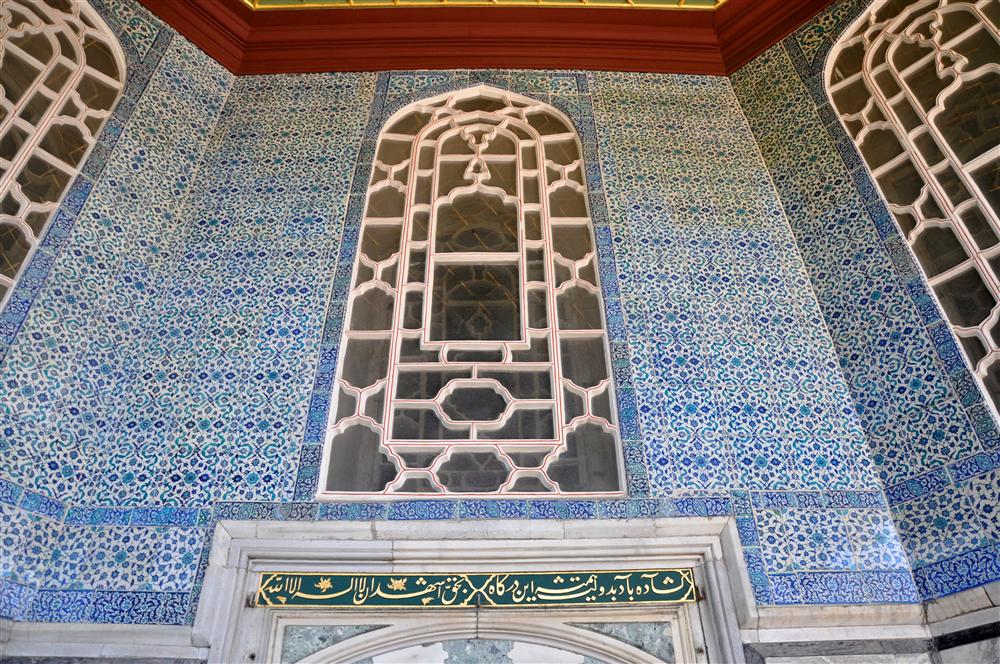
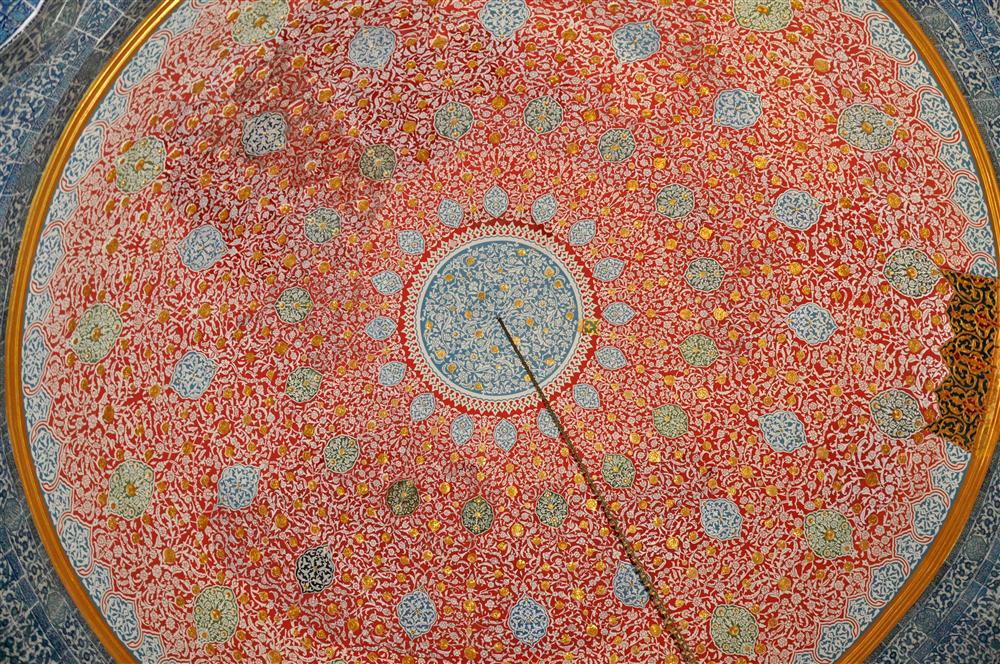
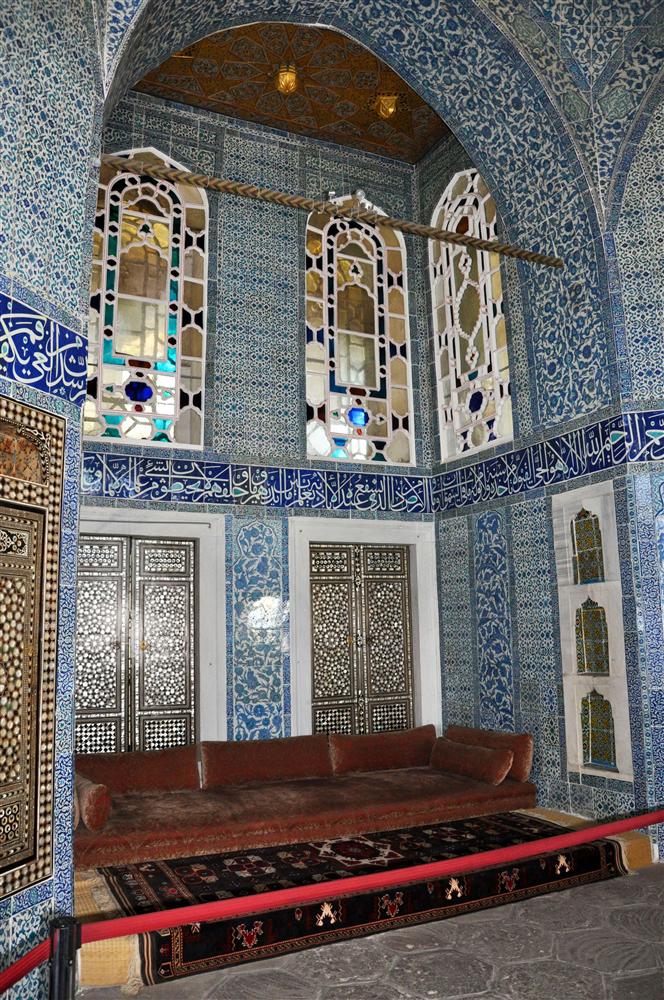
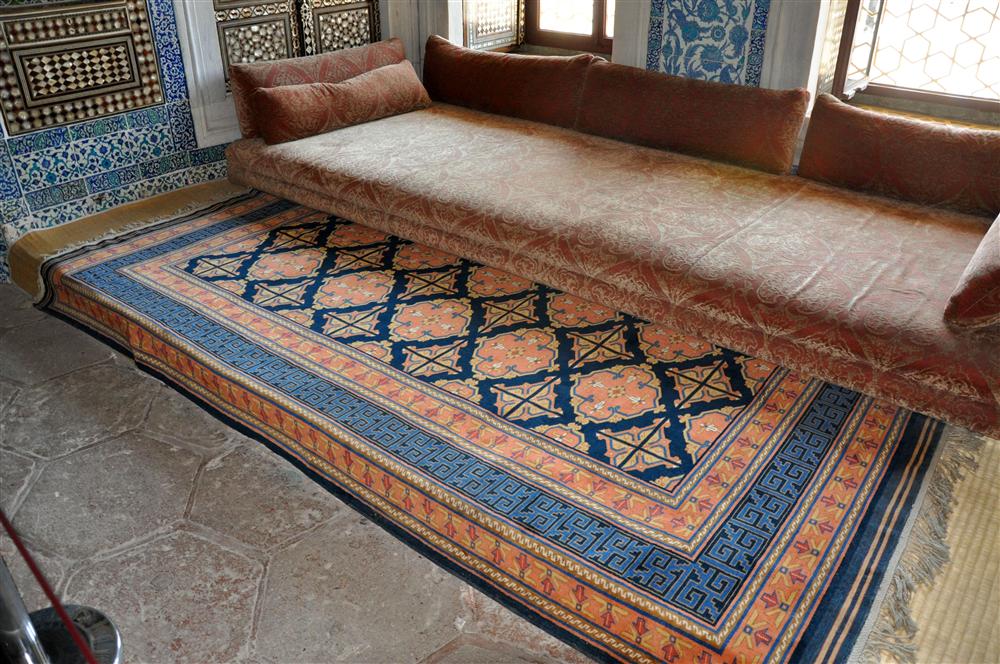
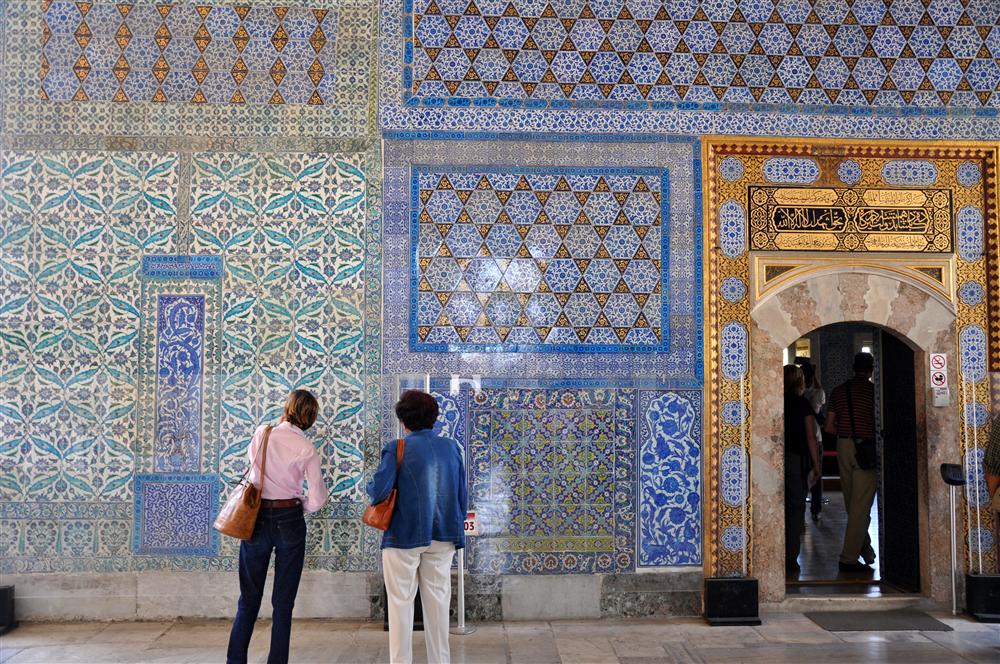
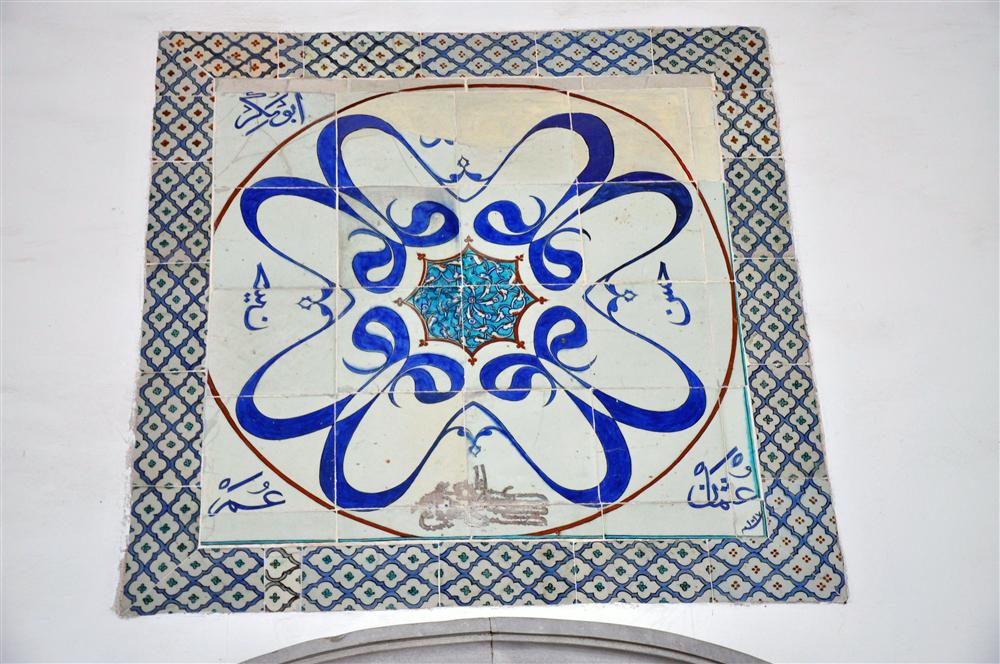
This is an interesting panel. Inside the red circle are the names of the male descendants of Muhammad, his grandson Husayn (left) and Hasan (right). I am guessing from the partial letter inside the circle at the top that it was the name Muahmmad. On the corners outside the circle, beginning with the upper left corner and going counterclockwise are the names of the Sunni caliphs (successors) in order: Abu Bakr, 'Umar and 'Uthman. I guess that the name 'Ali should be in the damaged upper right corner. 'Ali was the fourth Sunni caliph and first Shi'a imam. 'Ali is not in the circle as he was Muhammad's son-in-law, married to Fatimah.
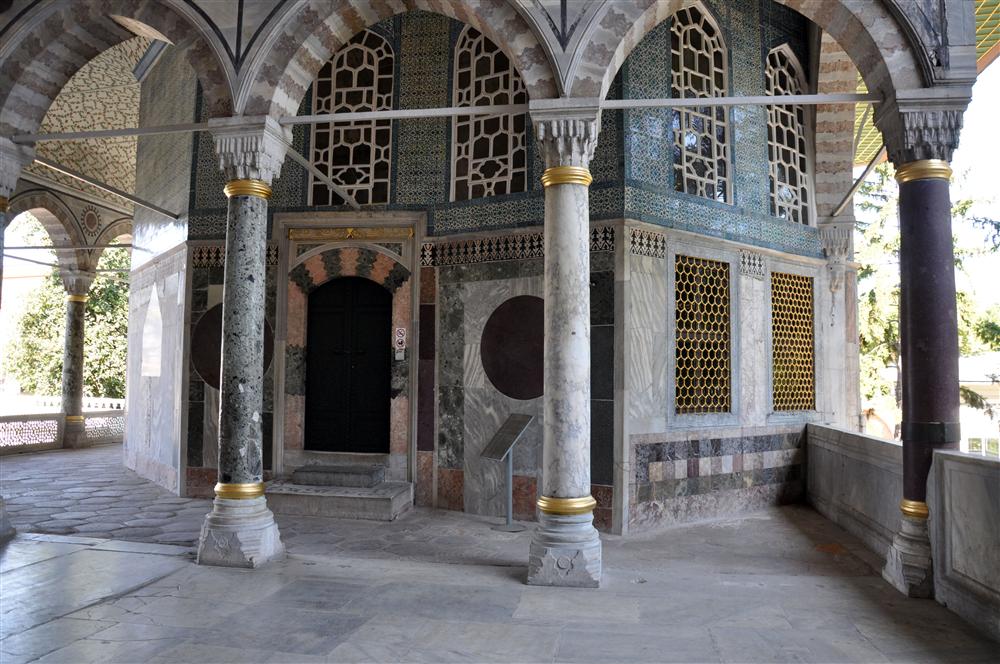

The top panel reads: There is no God but God, Muhammad is the Messenger of God
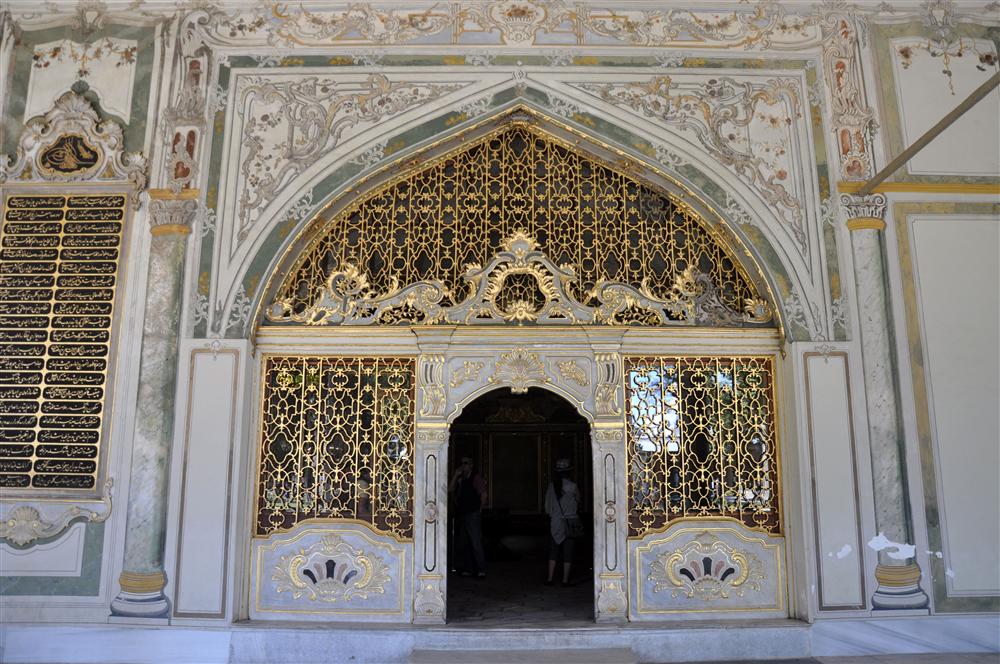

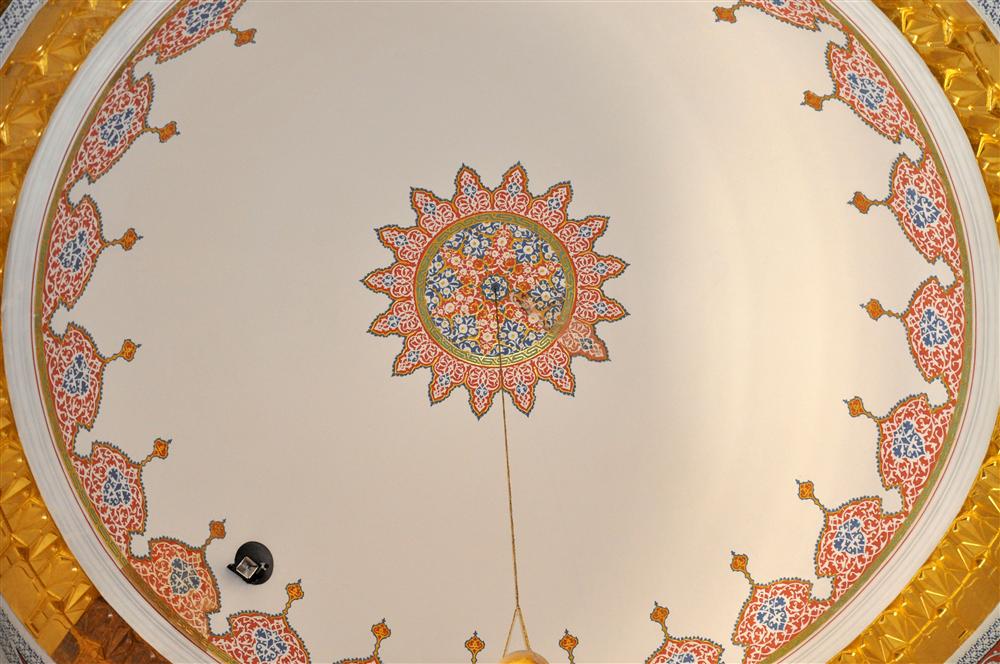
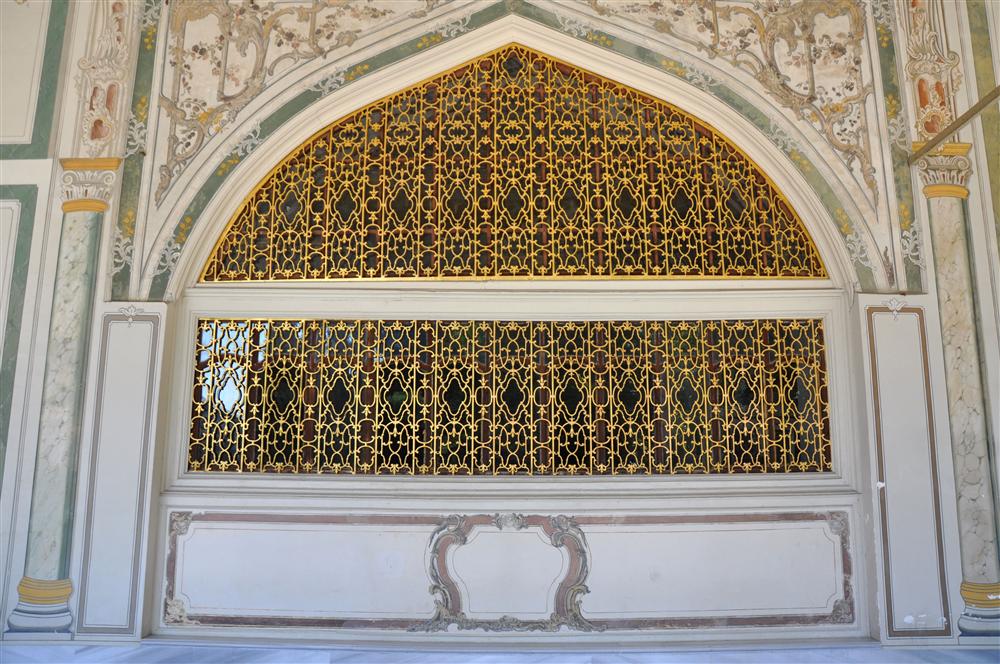
The Topkapi Palace Harem
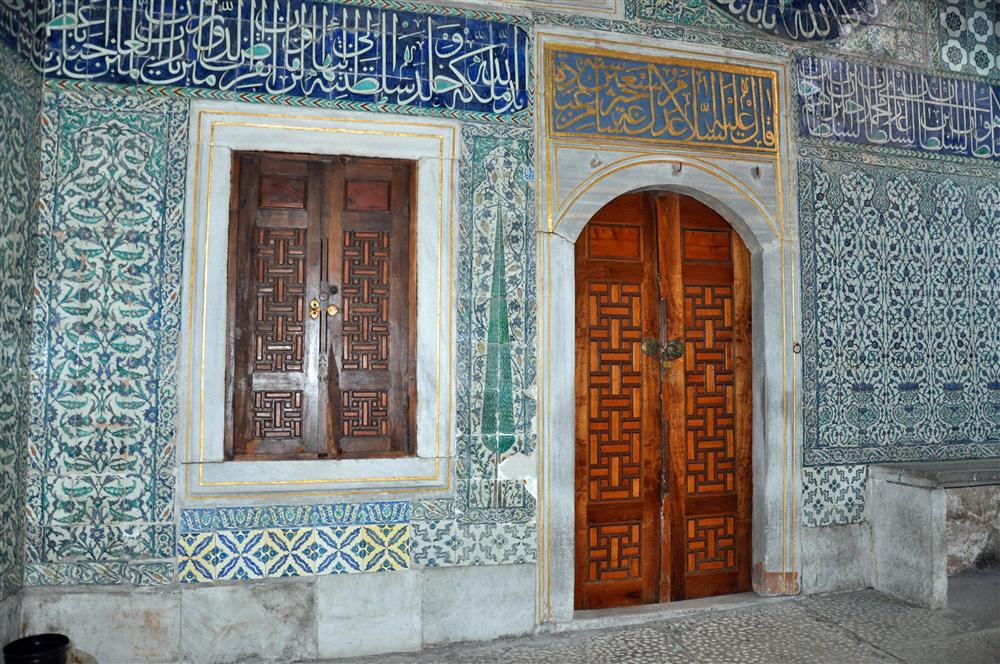
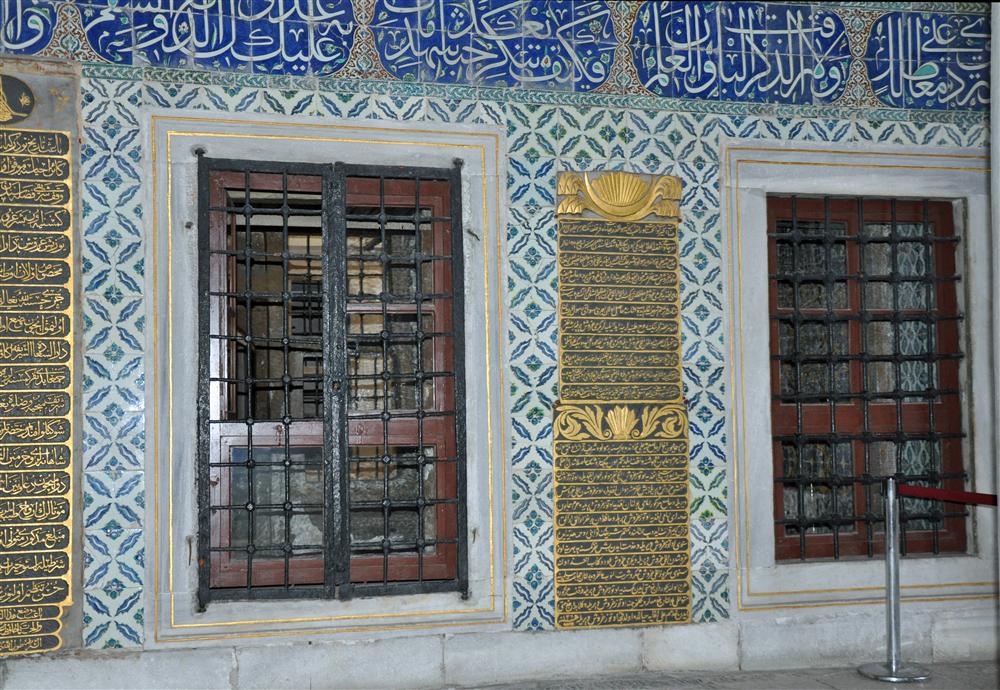
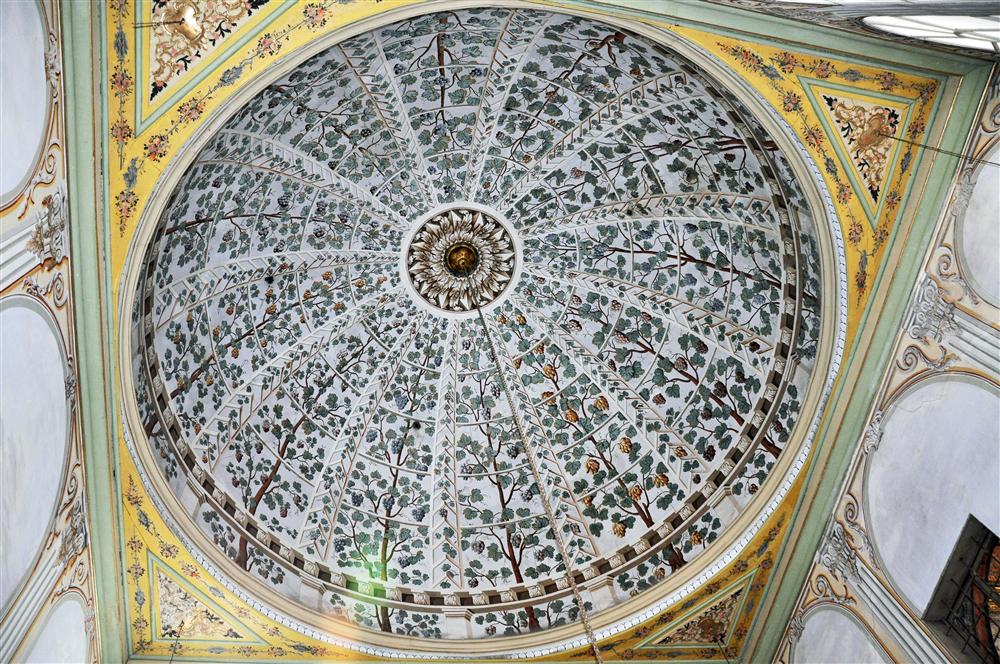

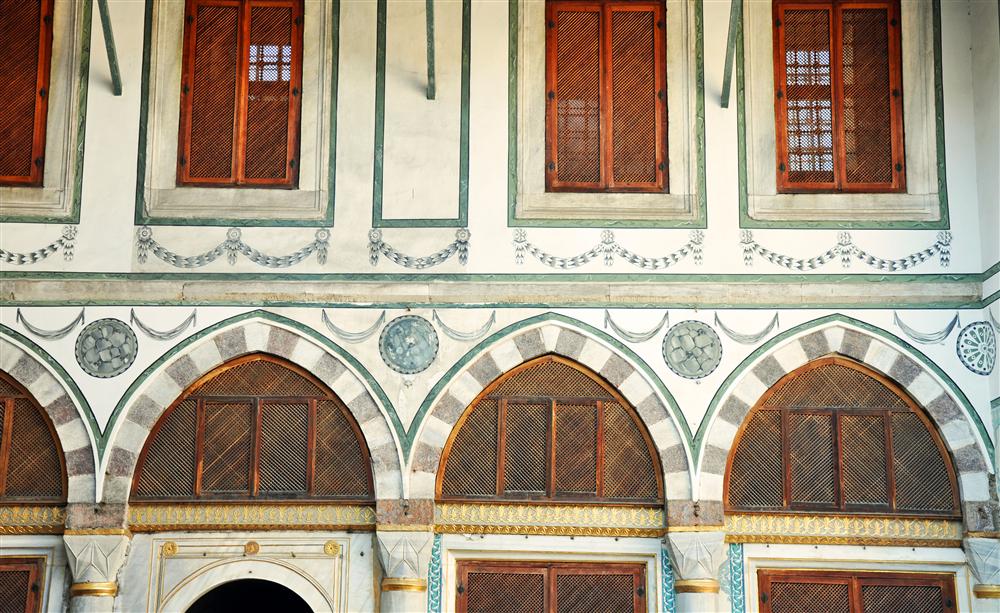
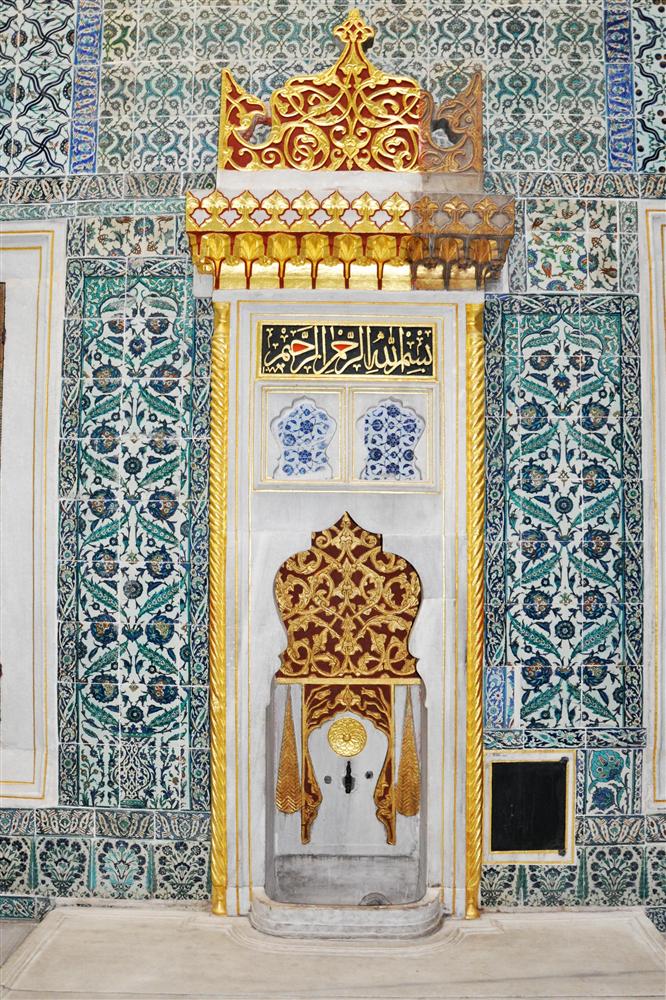
The top panel reads: In the Name of God, the Merciful, the Compassionate
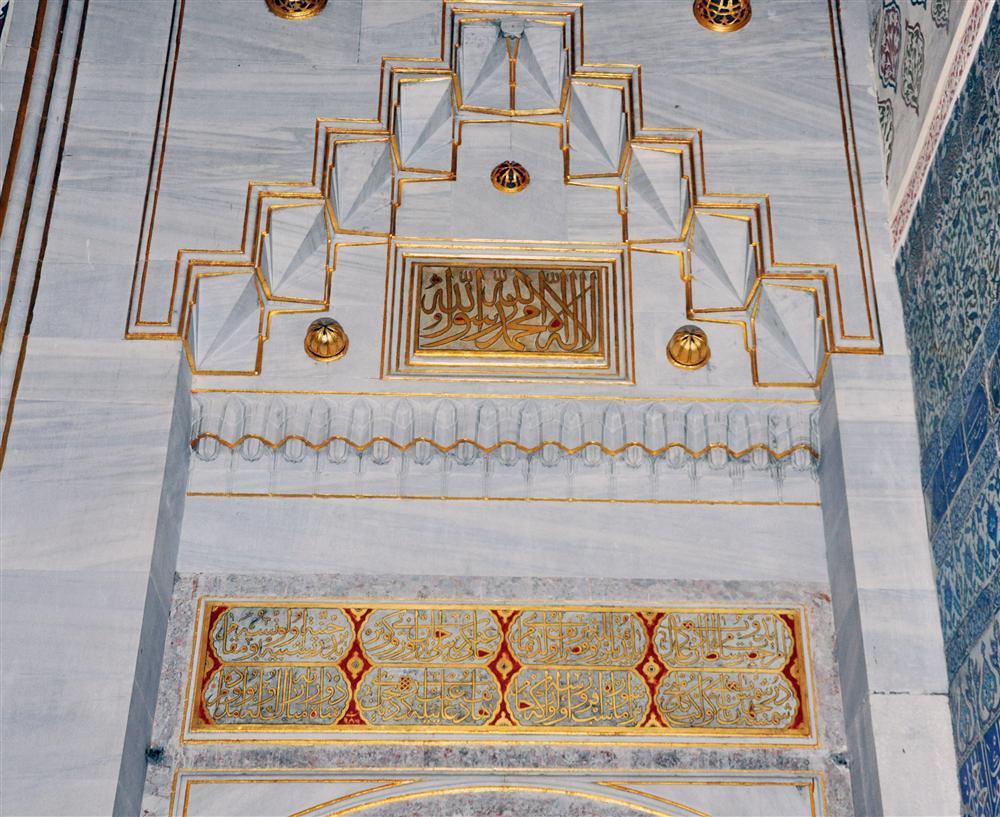
The top panel reads: There is no God but God, Muhammad is the Messenger of God

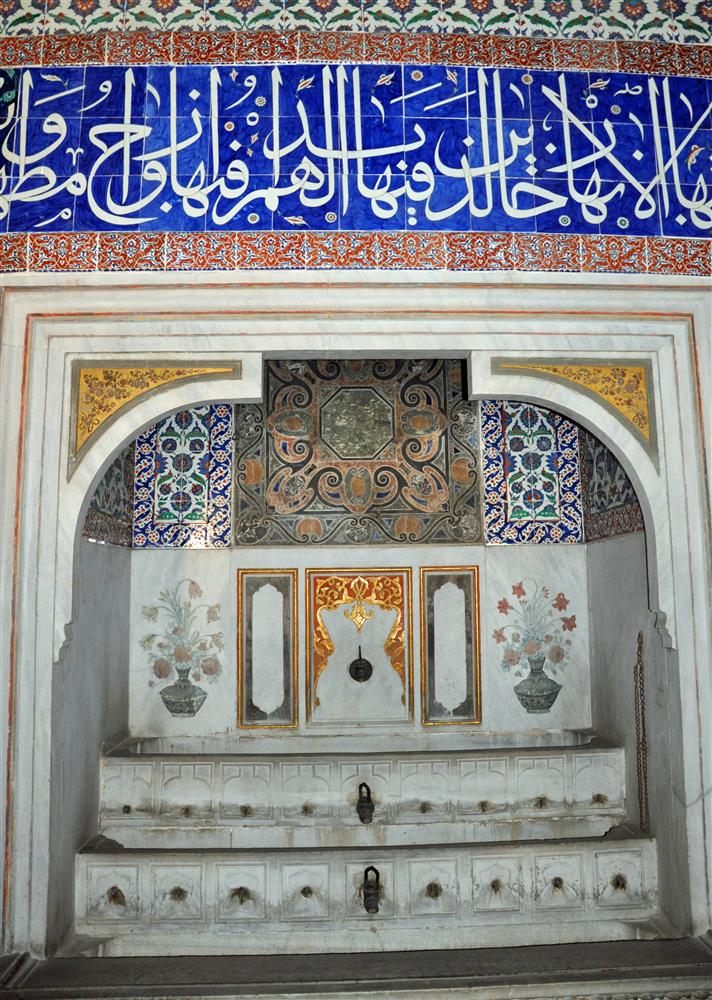
Sinks

Clothing cubbies
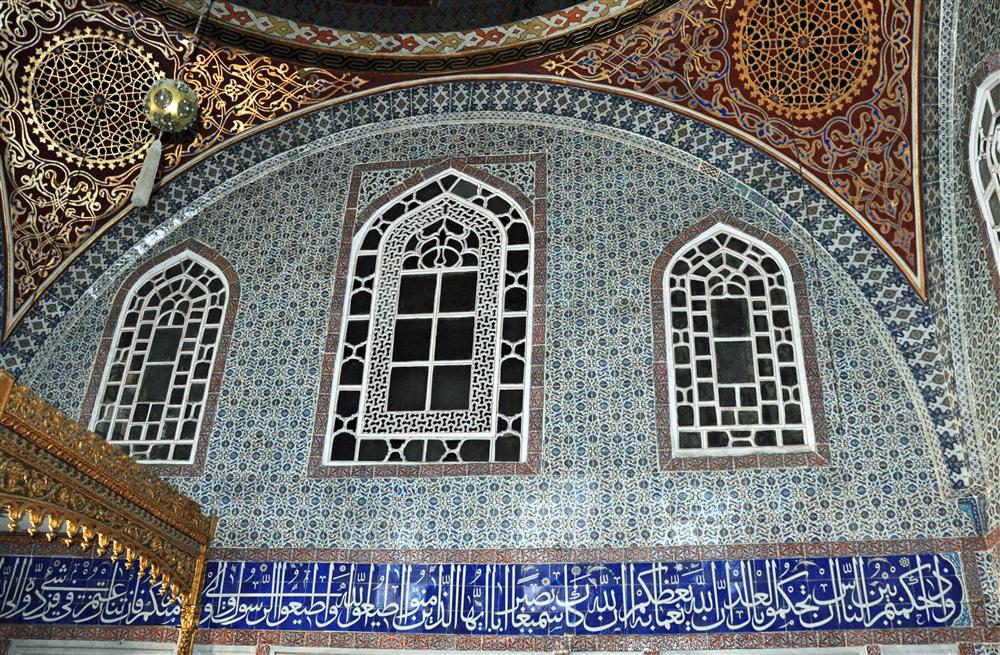
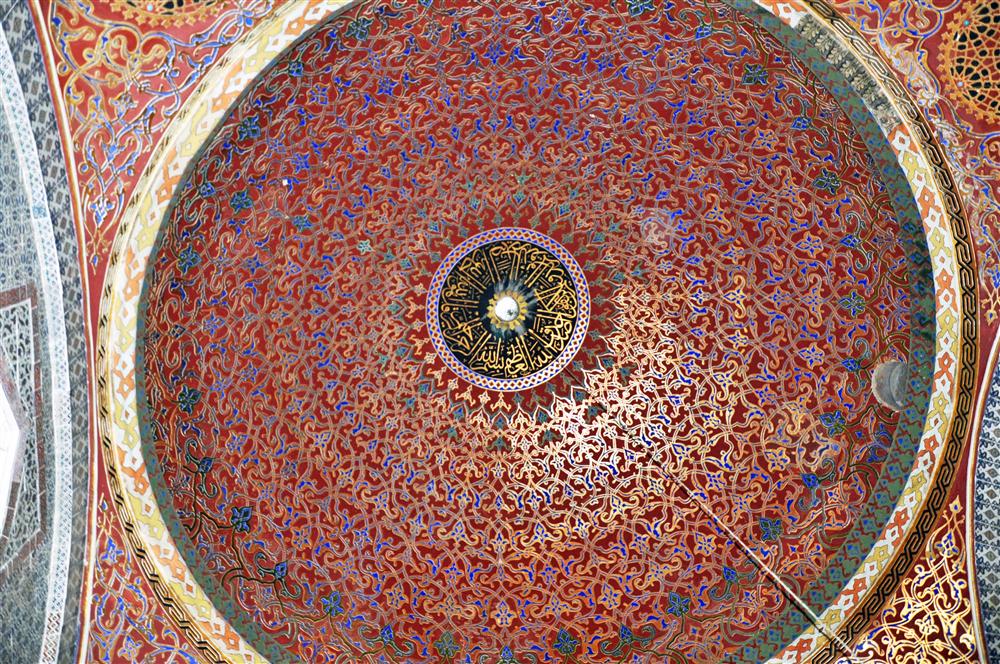

Fireplace


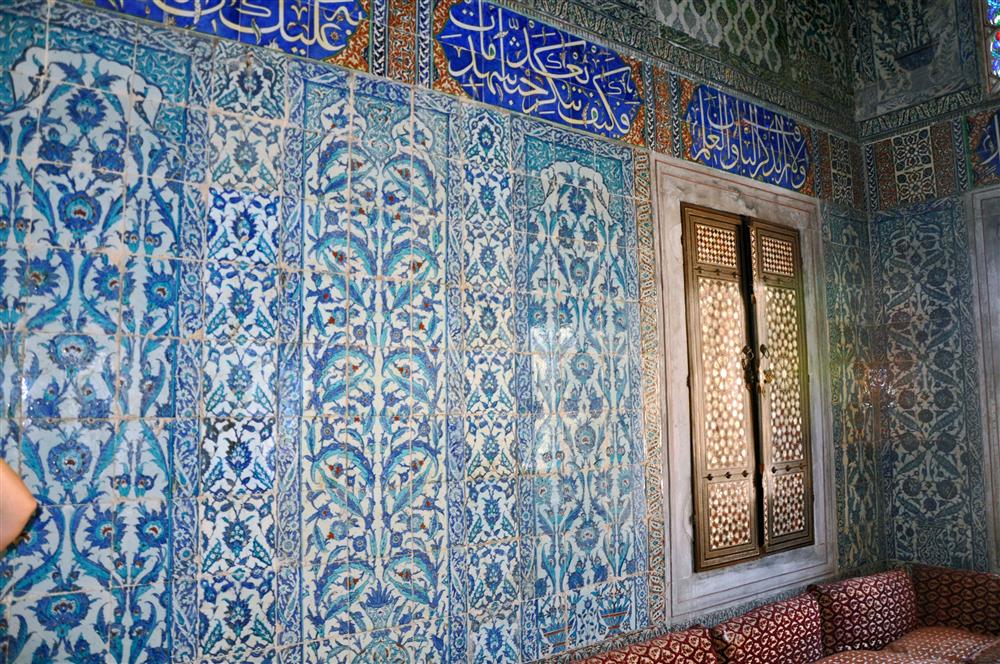
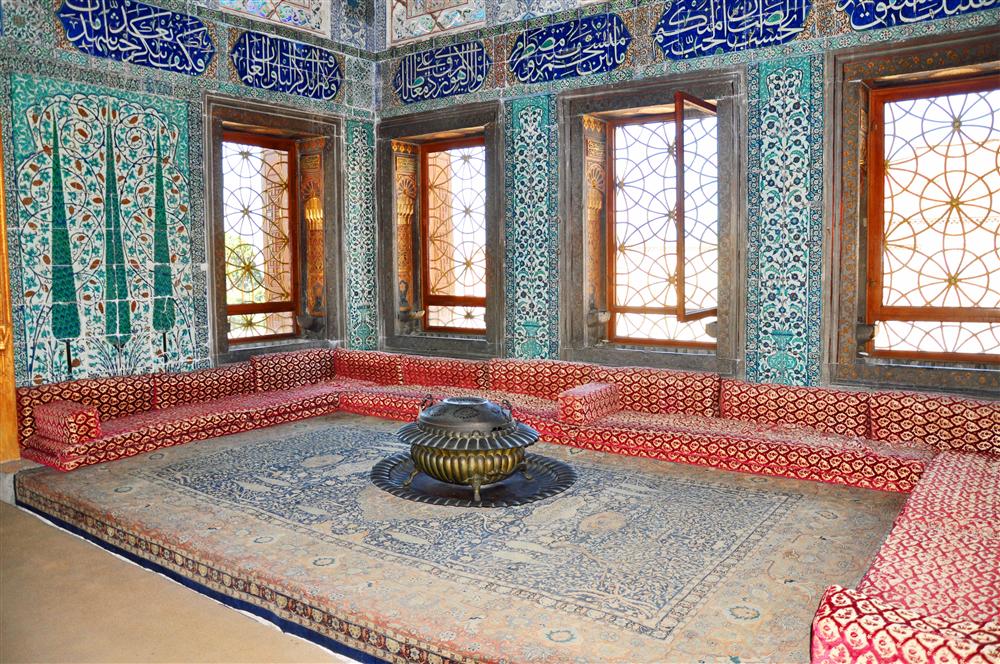
The Sultan's private quarters
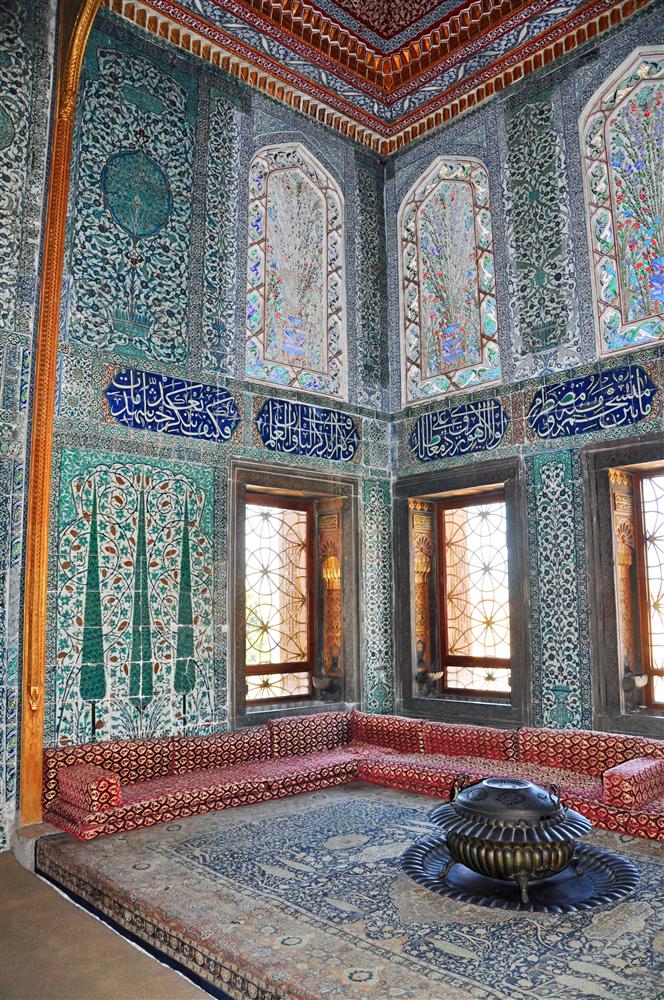
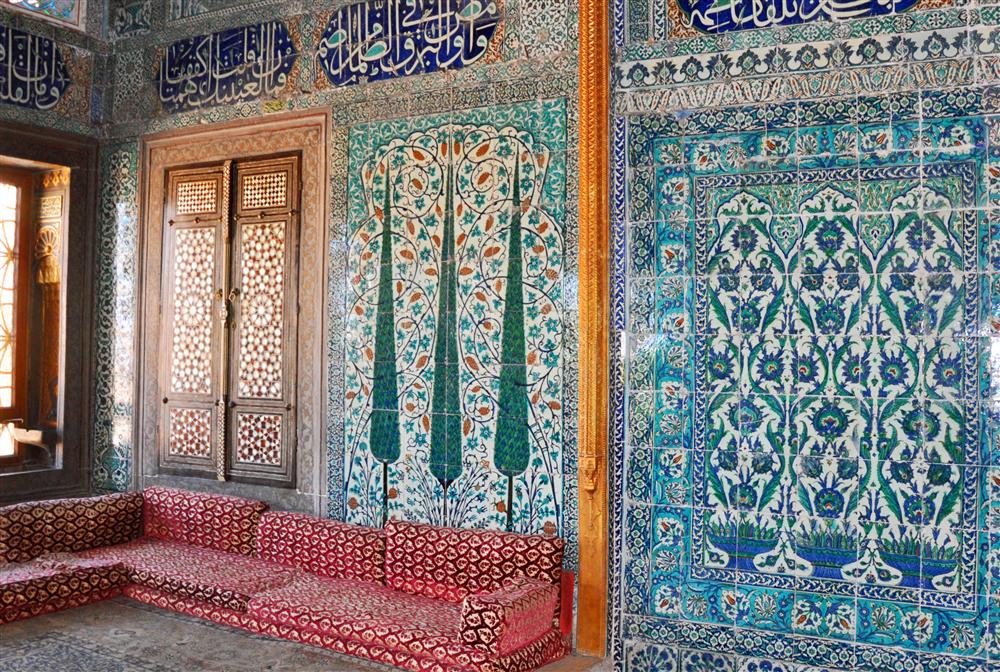

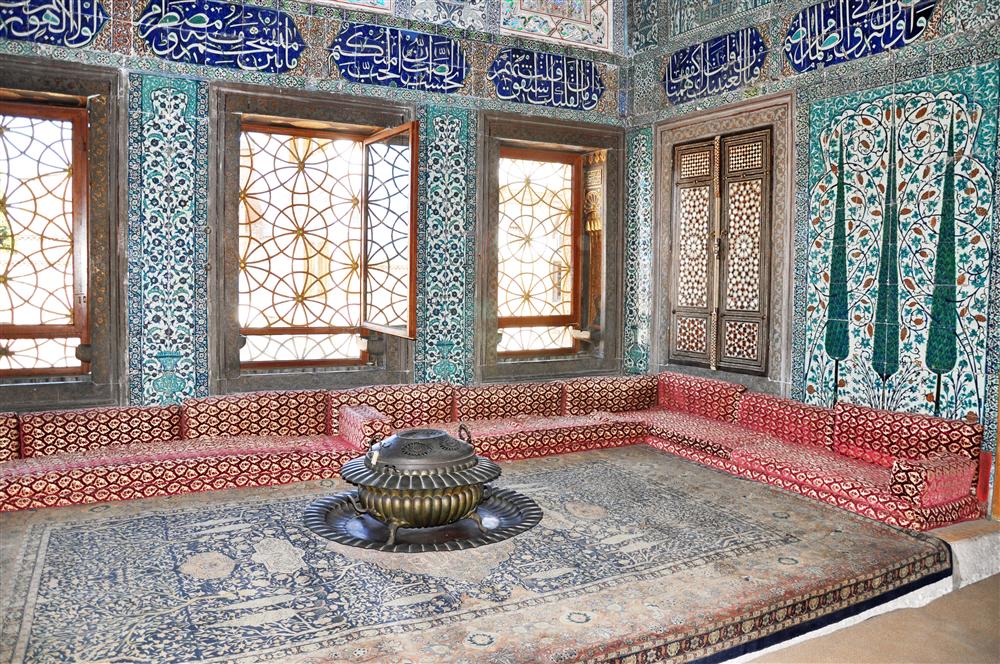
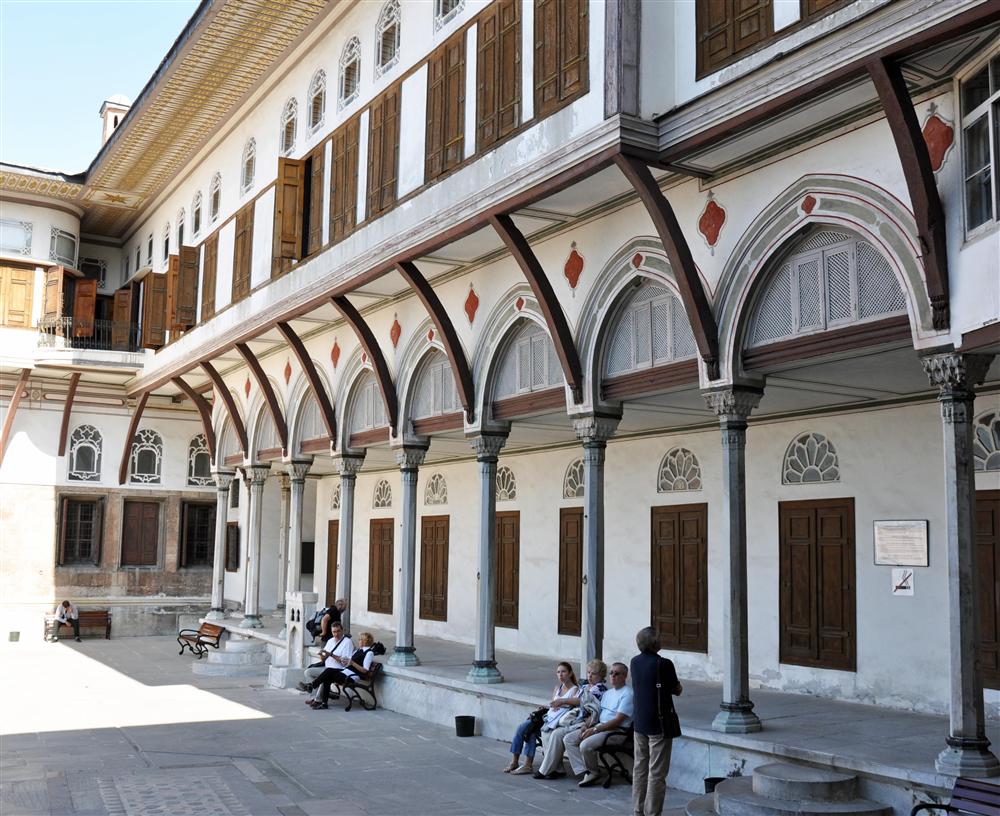
Typical Ottoman architecture


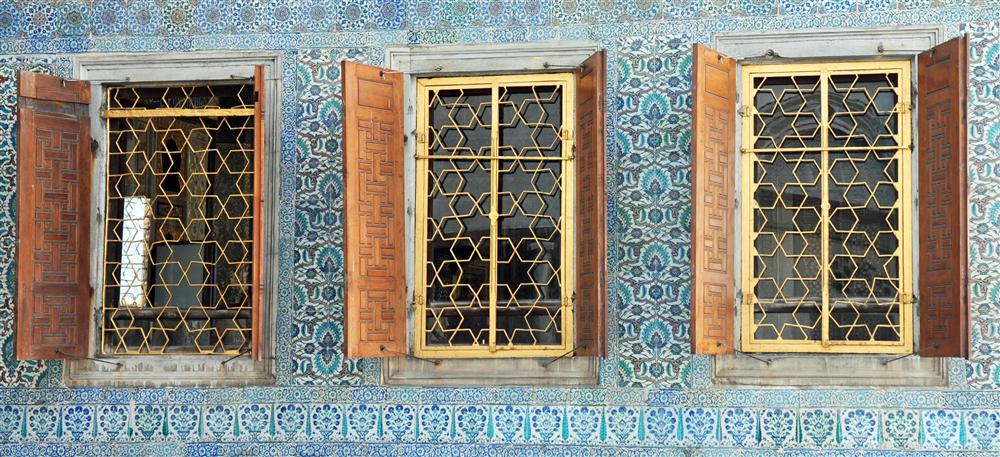
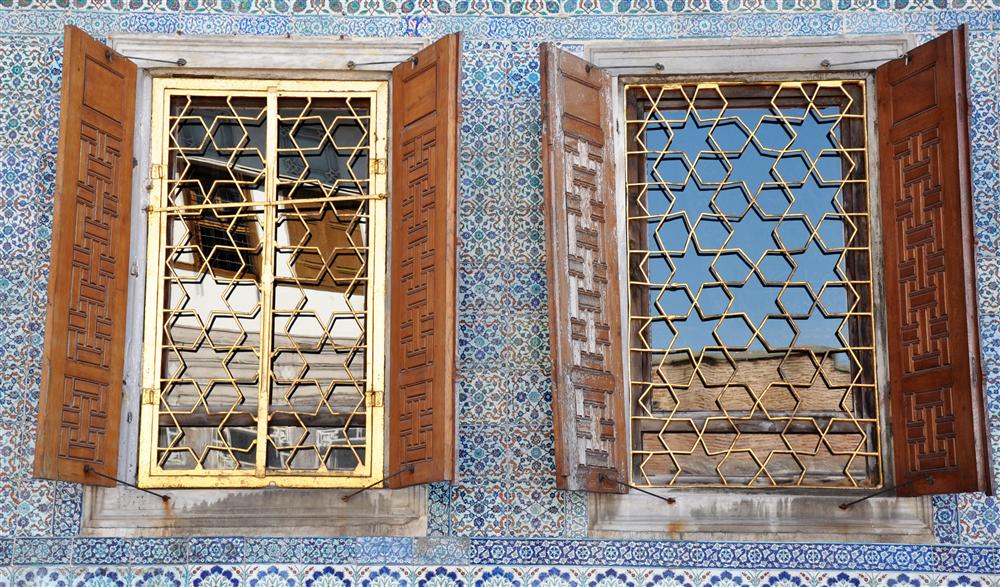
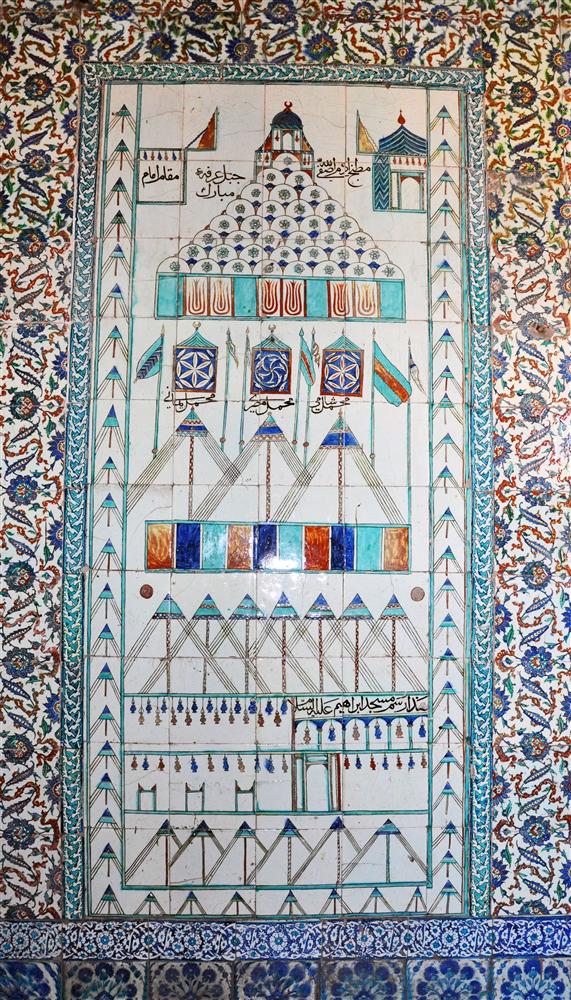
A tile panel that is a diagram of parts of the palace grounds
Dolmabahçe Palace
Dolmabahçe Palace is located European side of the Bosphorus, and served as the main administrative center of the Ottoman Empire from for most of the period from 1856 to 1922. It was built by the Empire's 31st Sultan, Abdülmecid I, between the years 1843 and 1856. It is more reminiscent of Baroque and Rococo styles as the Sultan wanted to identify himself more as a European leader.
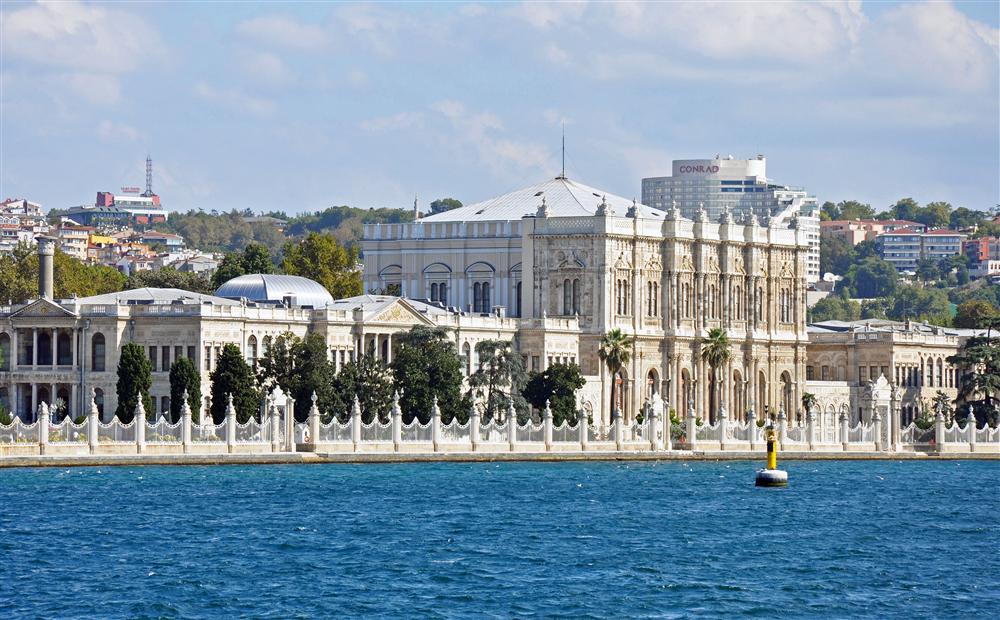
Dolmabahçe Palace from the Bosphorus
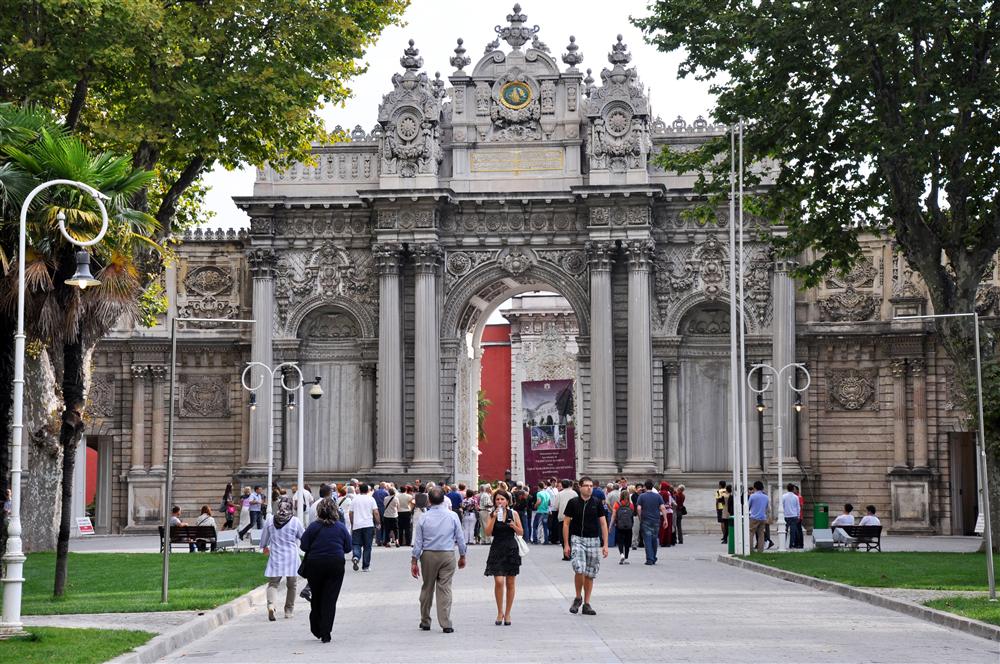

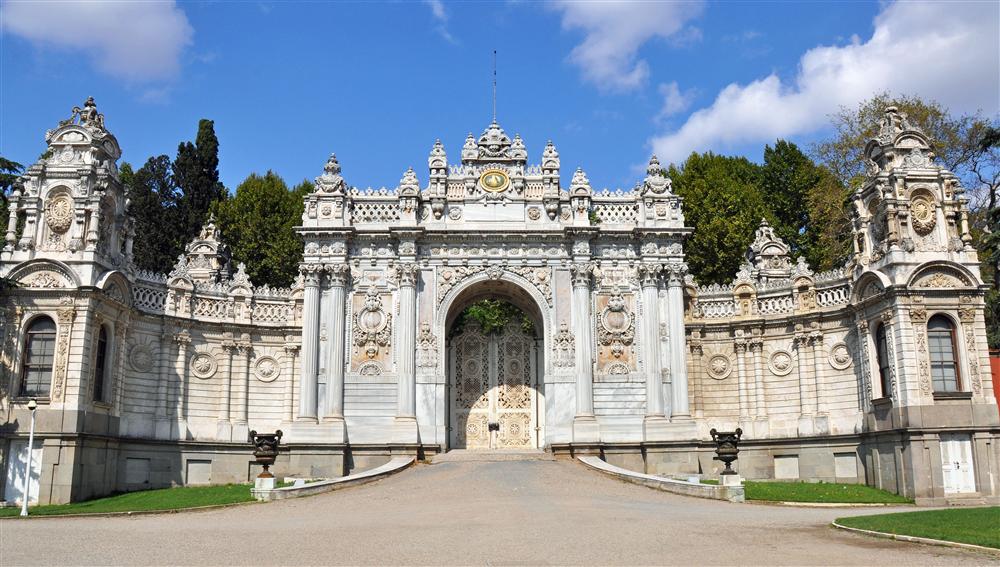
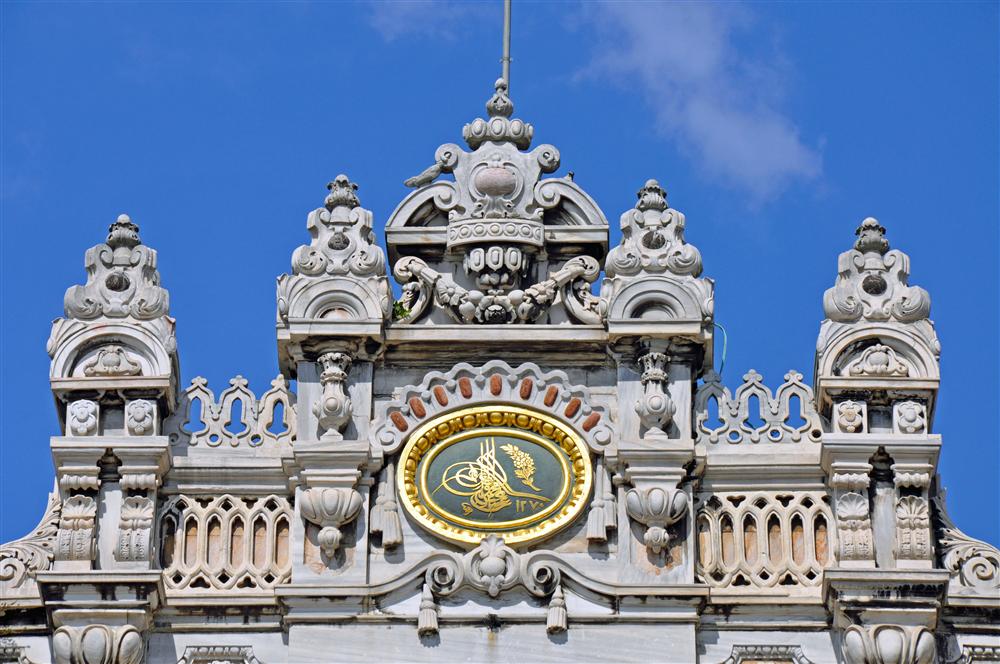

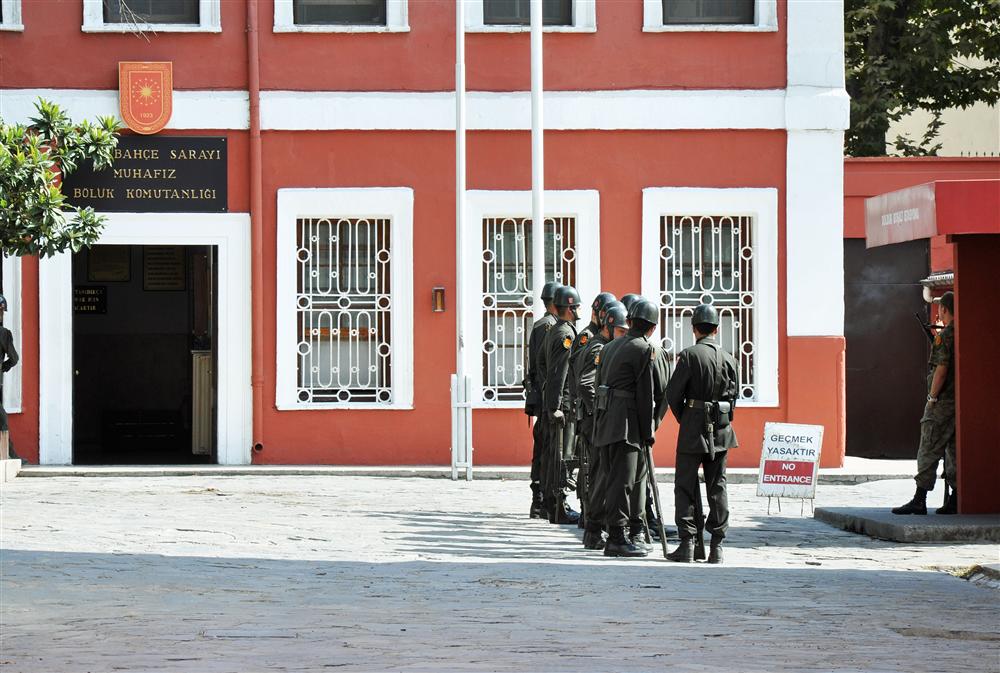
Palace guard company
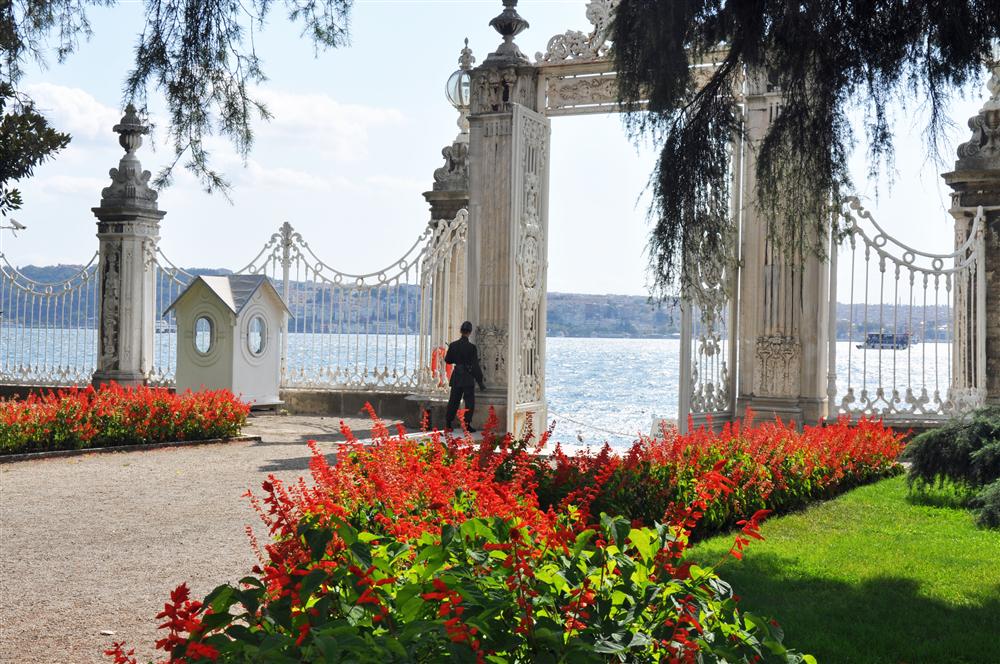
Guard on the Bosphorus side
The Chora (Kariye) Church Museum
The Church of the Holy Savior in Chora is considered one of the most beautiful examples of a Byzantine church. In the 16th century, the church was converted into a mosque by the Ottoman rulers, and it became a secularized museum in 1948. The interior of the building is covered with fine mosaics and frescoes. It is listed as one of the top 30 “must-see museums” in the world.
The original church was built in the early 5th century to the south of the Golden Horn, and stood outside of the 4th century walls of Constantine the Great; it became incorporated within the city's defenses later that century.
The frescoes and mosaics, plastered over by the Ottomans, are being restored. They are stunning, almost overwhelming. I have seen mosaics in other early Christian Churches throughout the Middle East, but nothing like these.
In 2020, Turkish President Recep Tayyip Erdogan converted it back to a mosque - the art is to be covered. What a tragic loss. UPDATE (January 2021): The Turkish government may reverse the decision and maintain it as a museum - I hope they do and save this precious art.

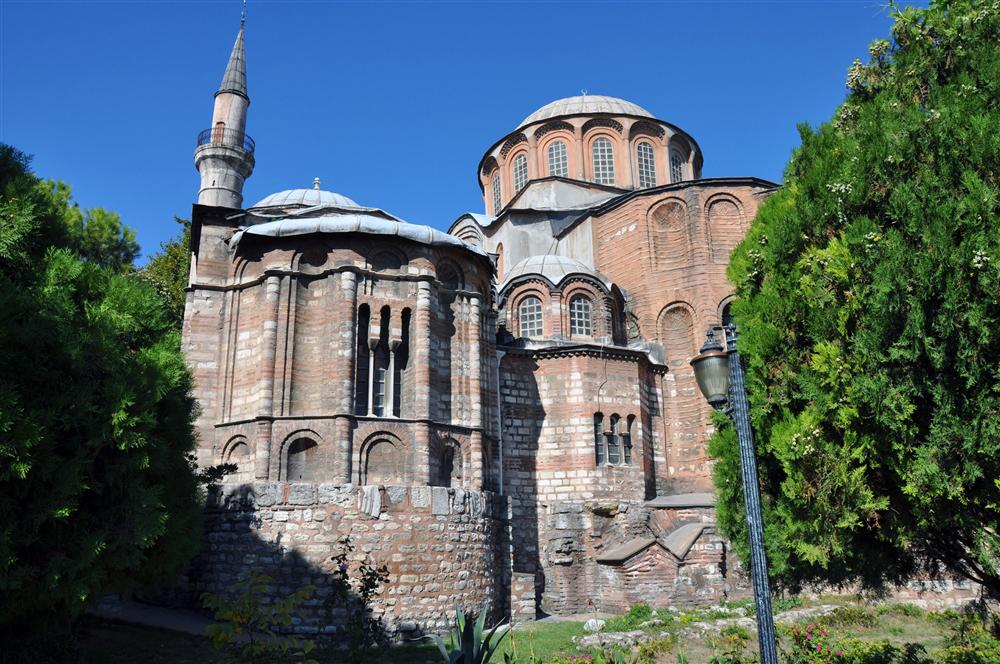
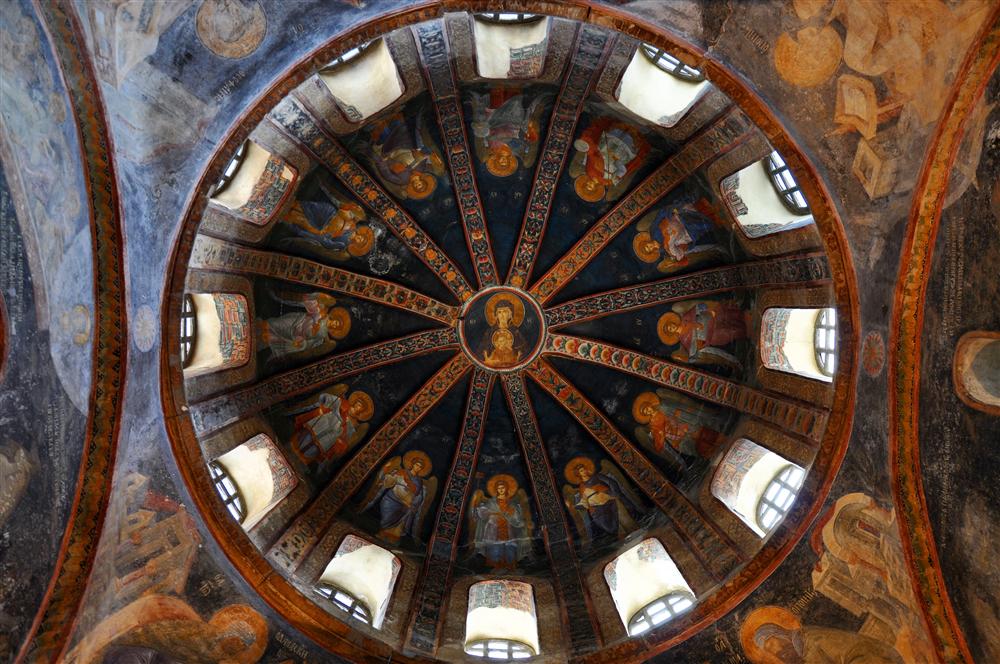
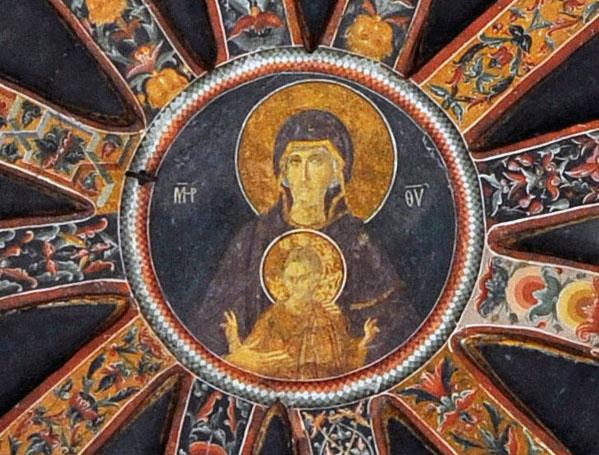

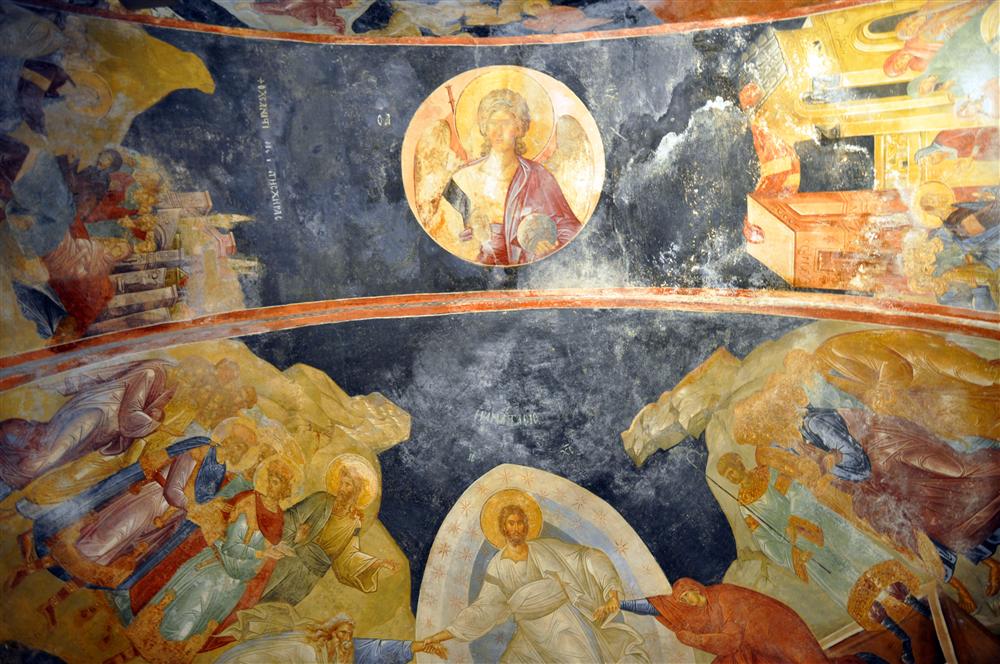
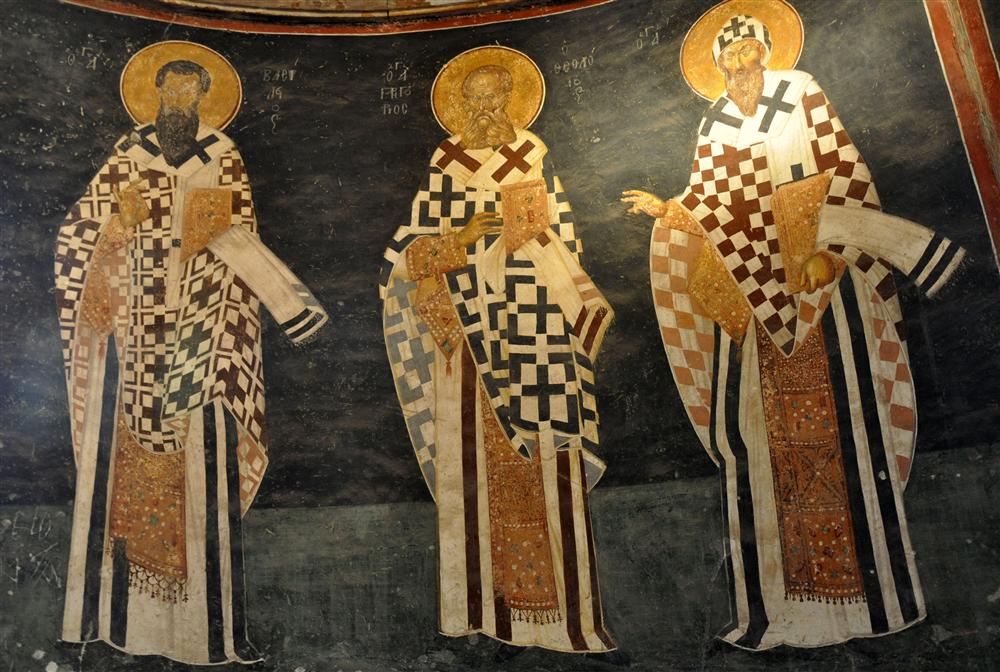

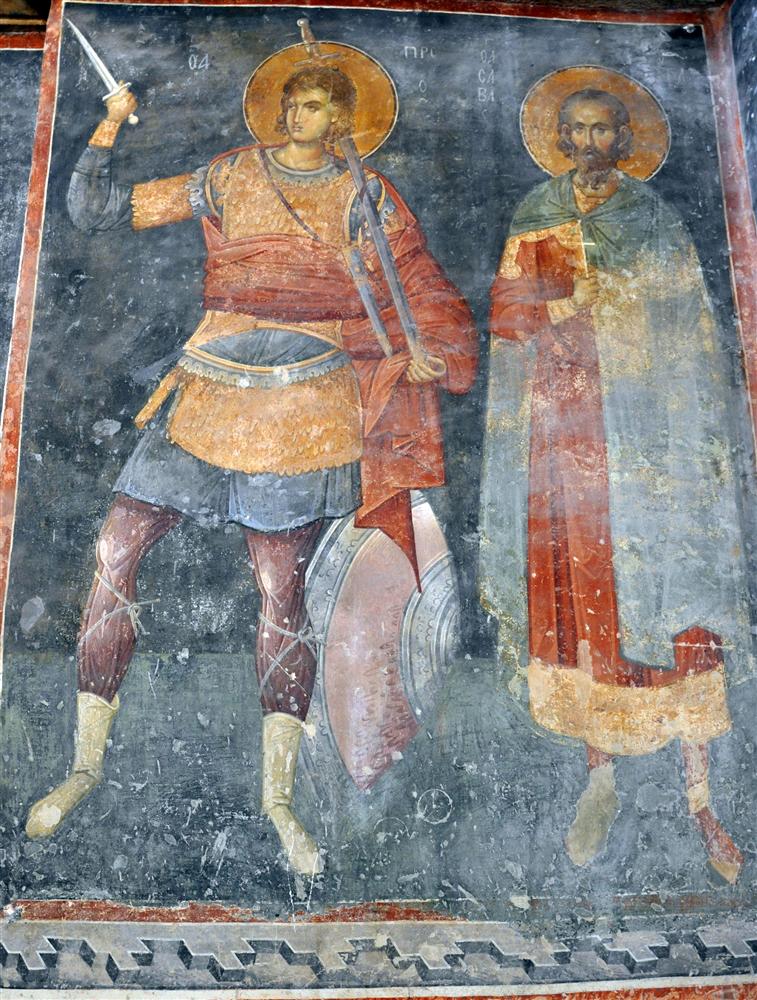



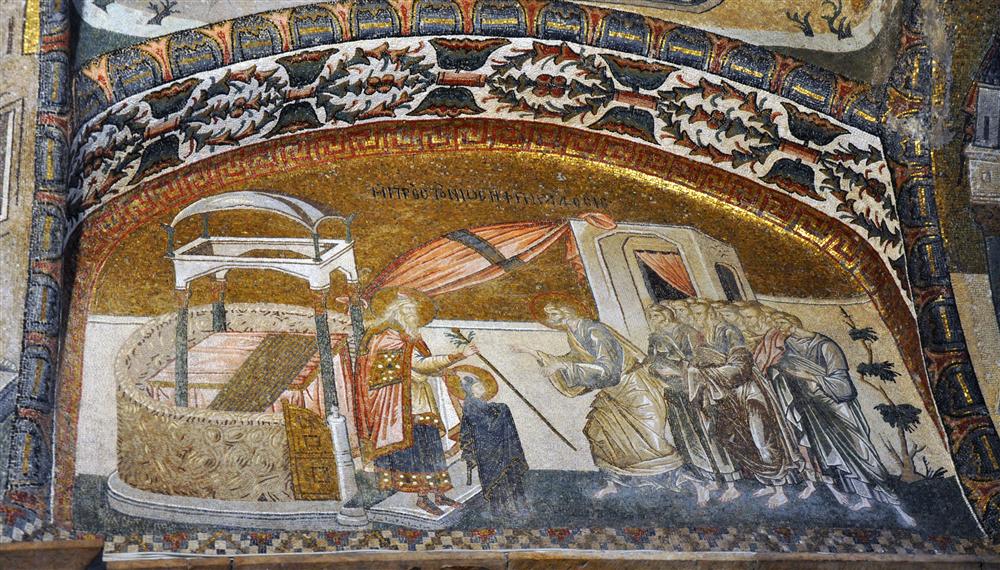
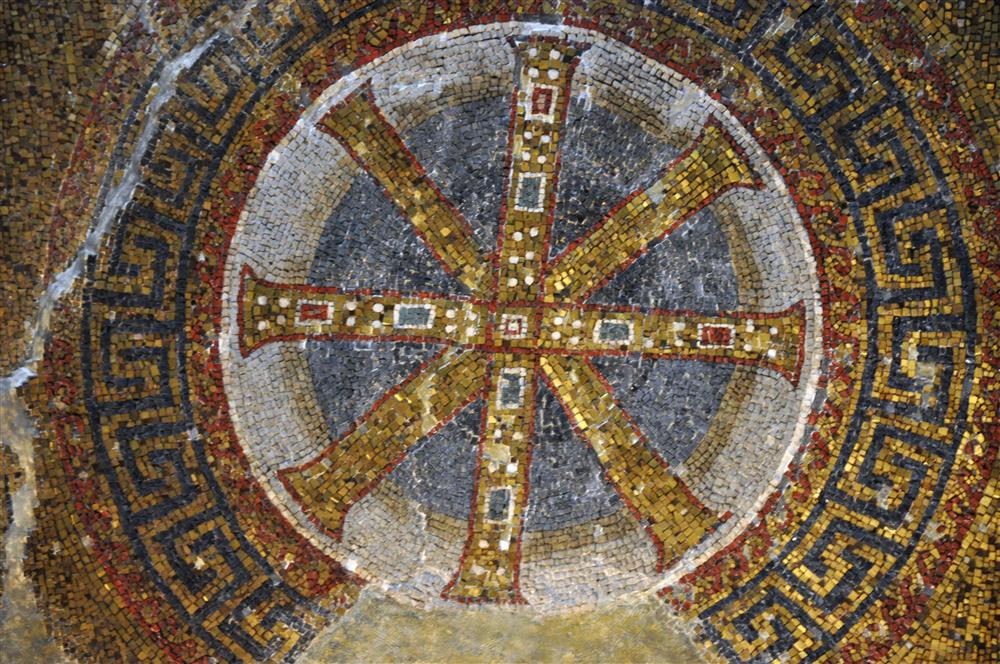
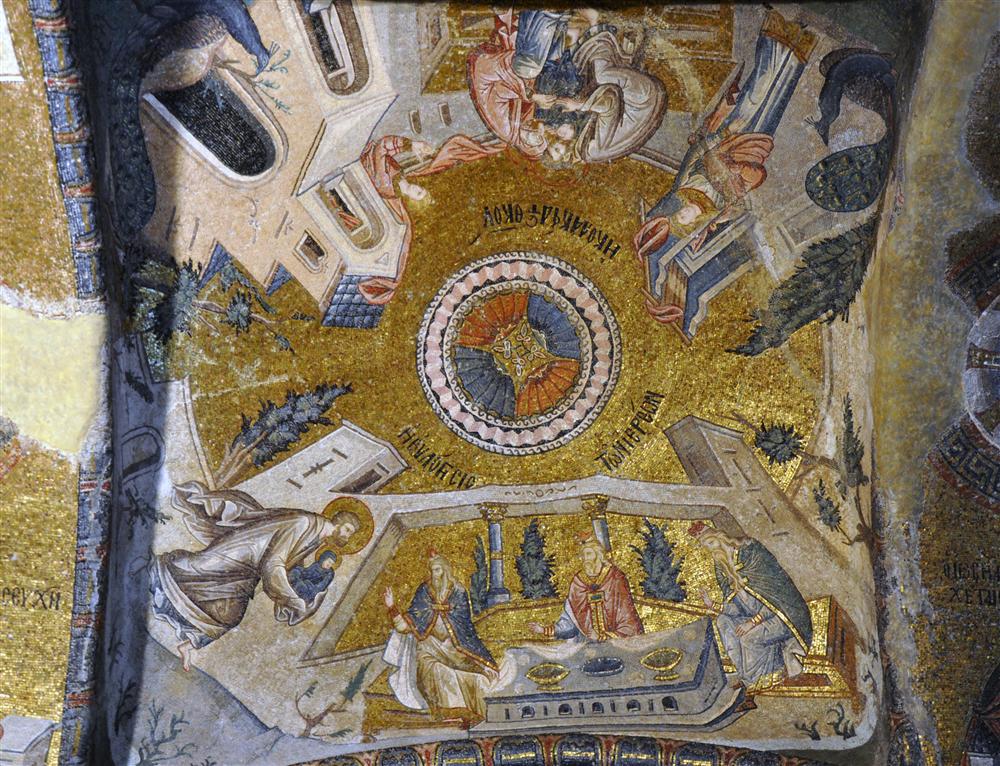
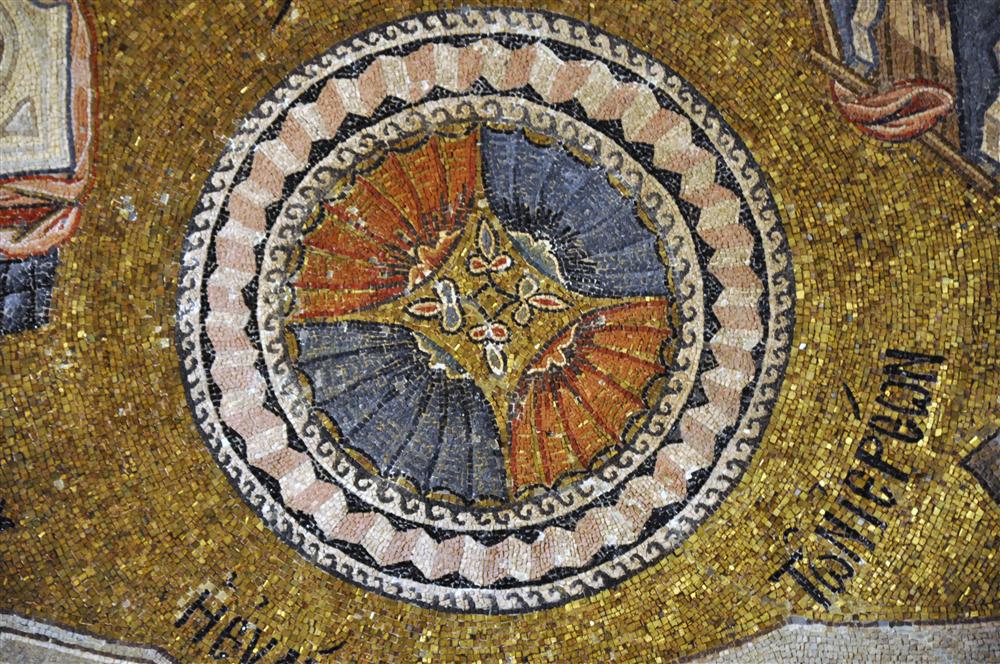
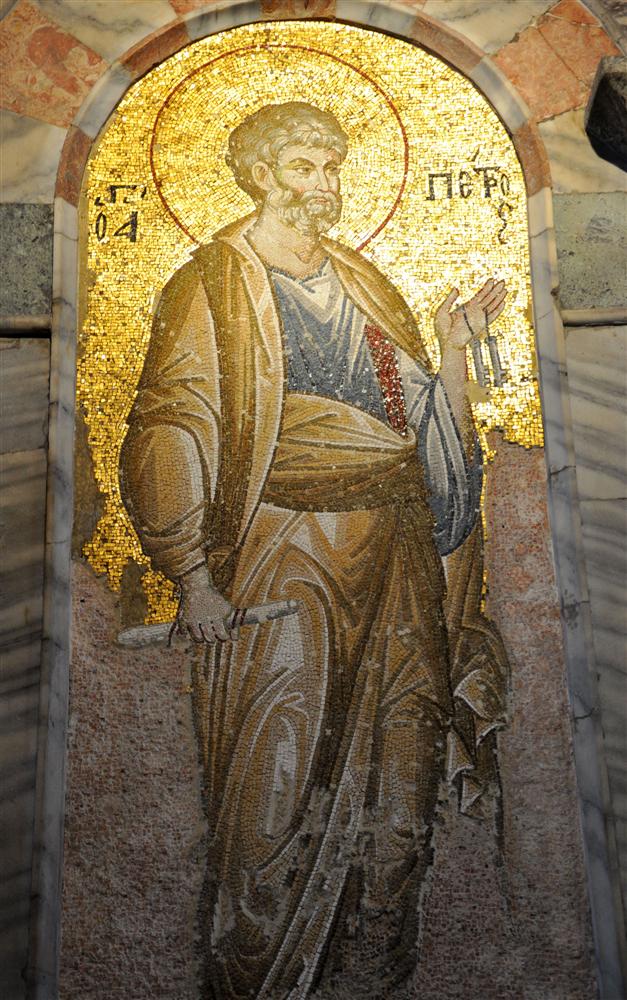
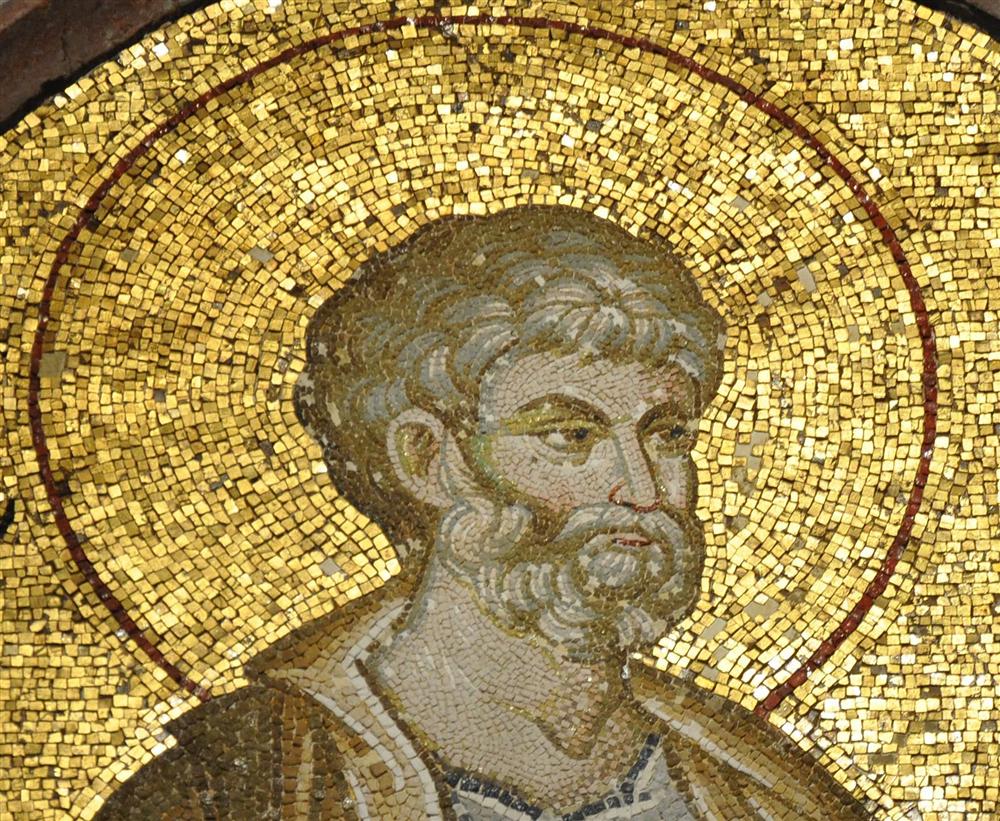
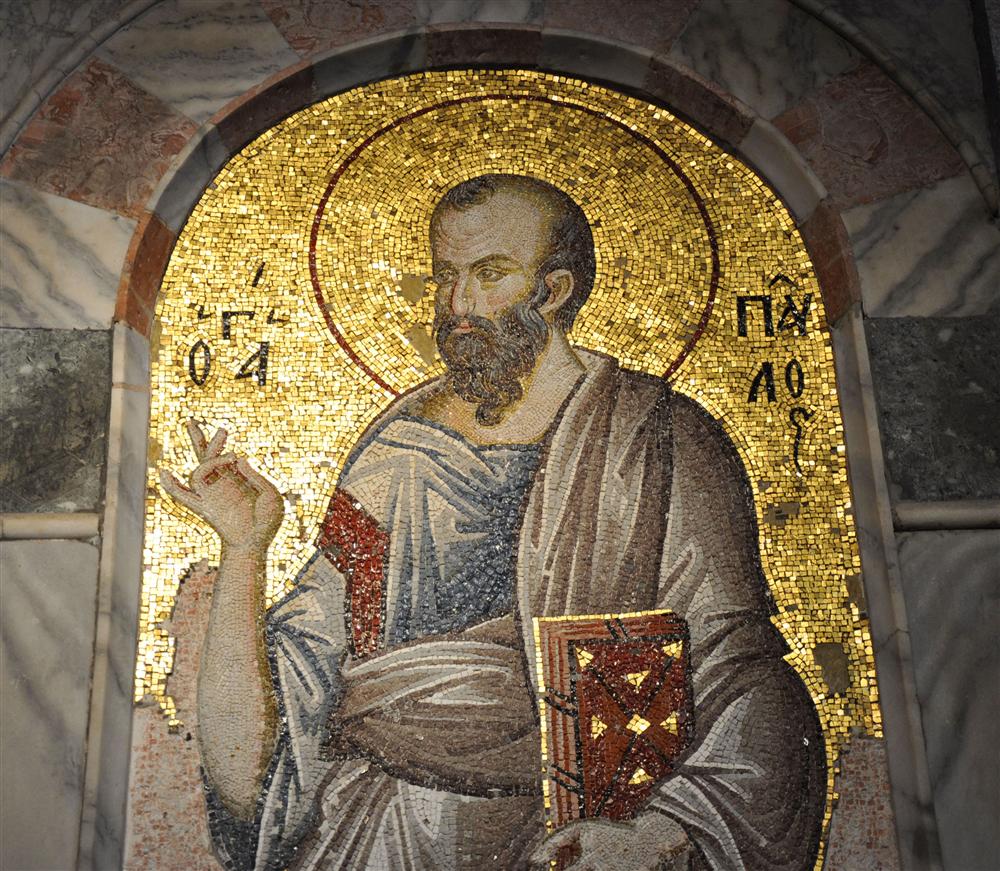

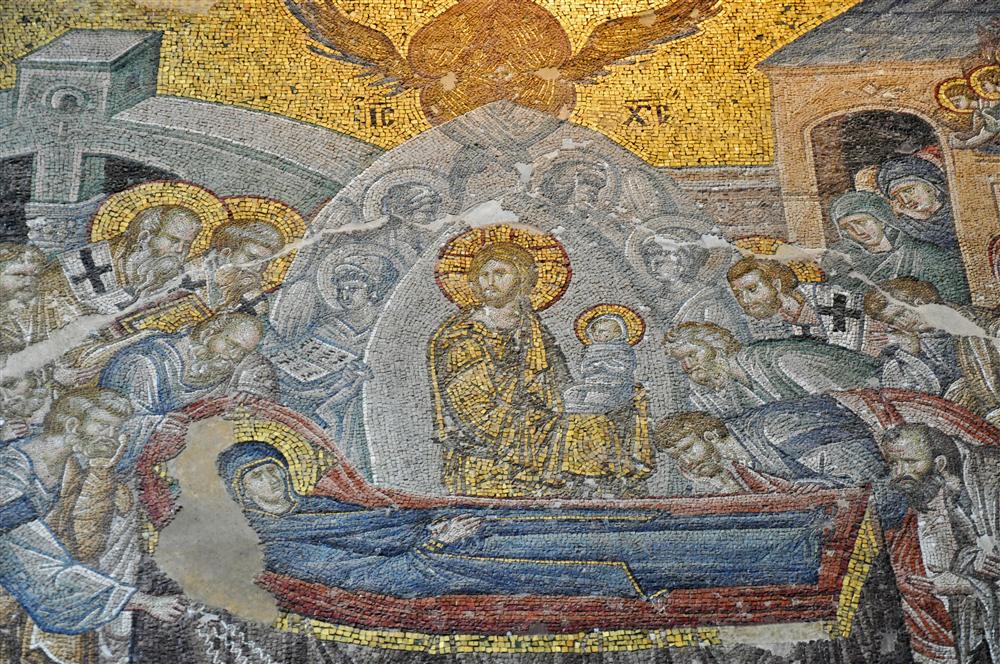
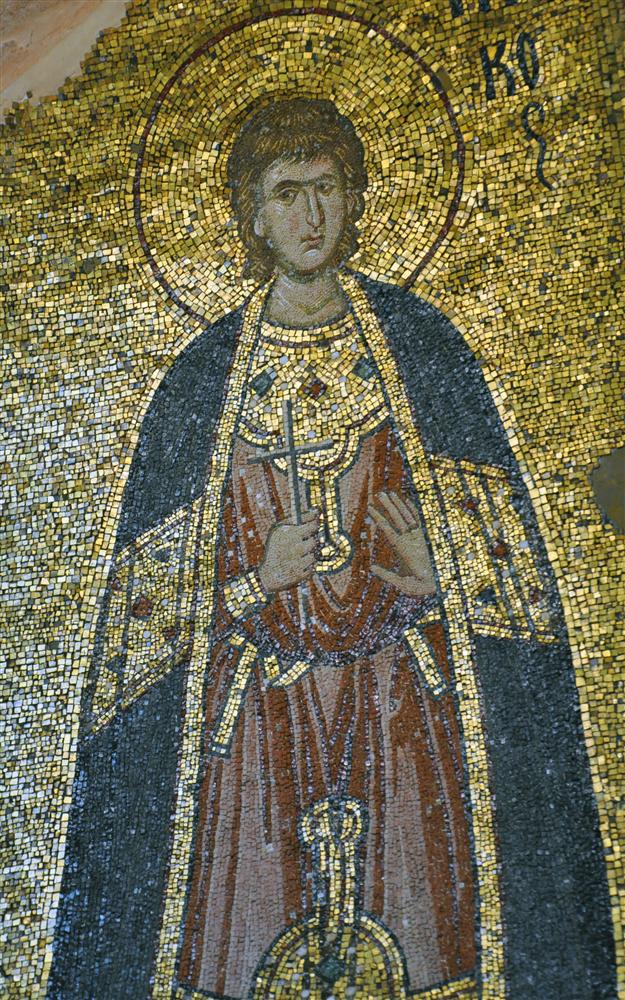
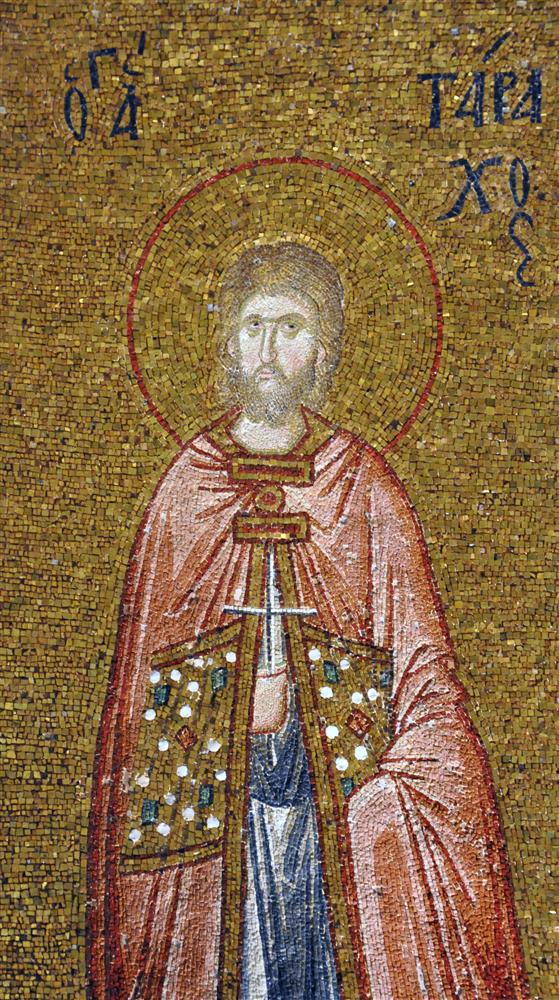

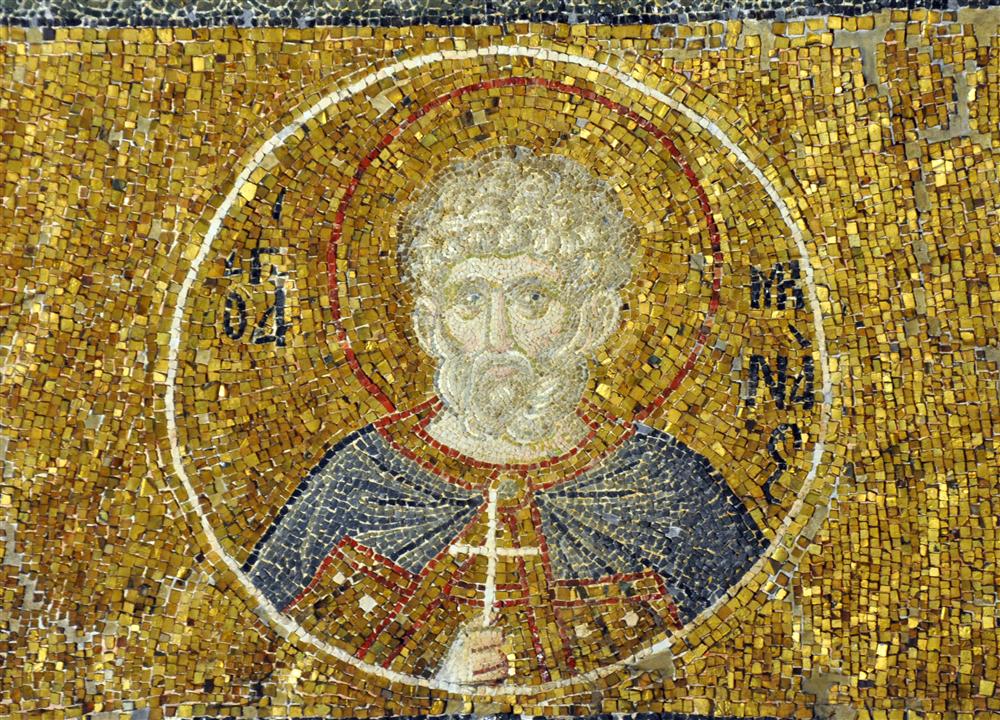
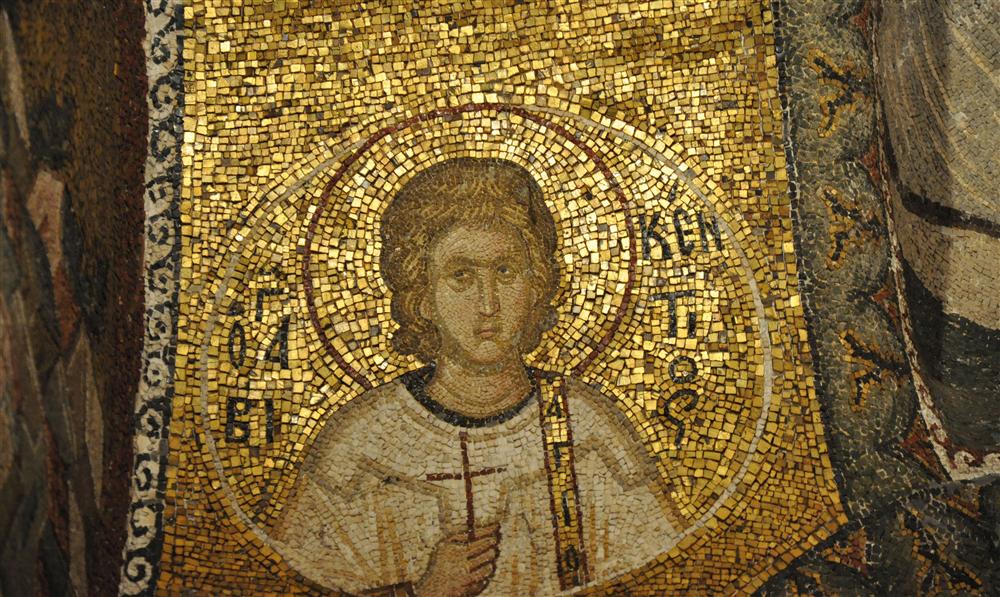

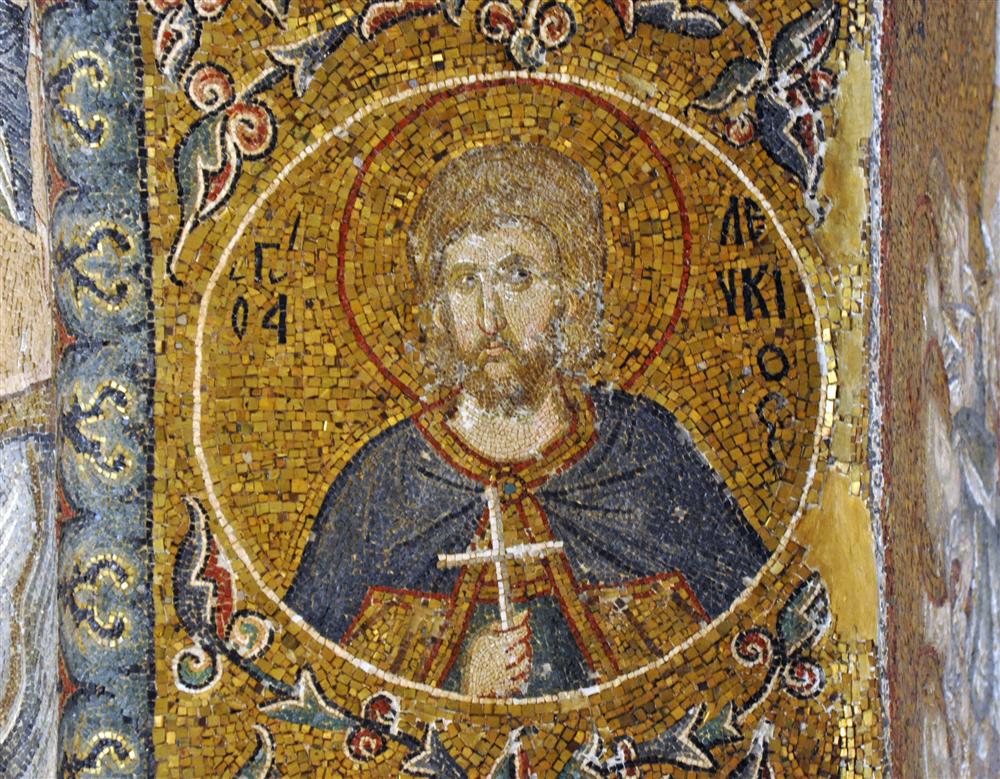
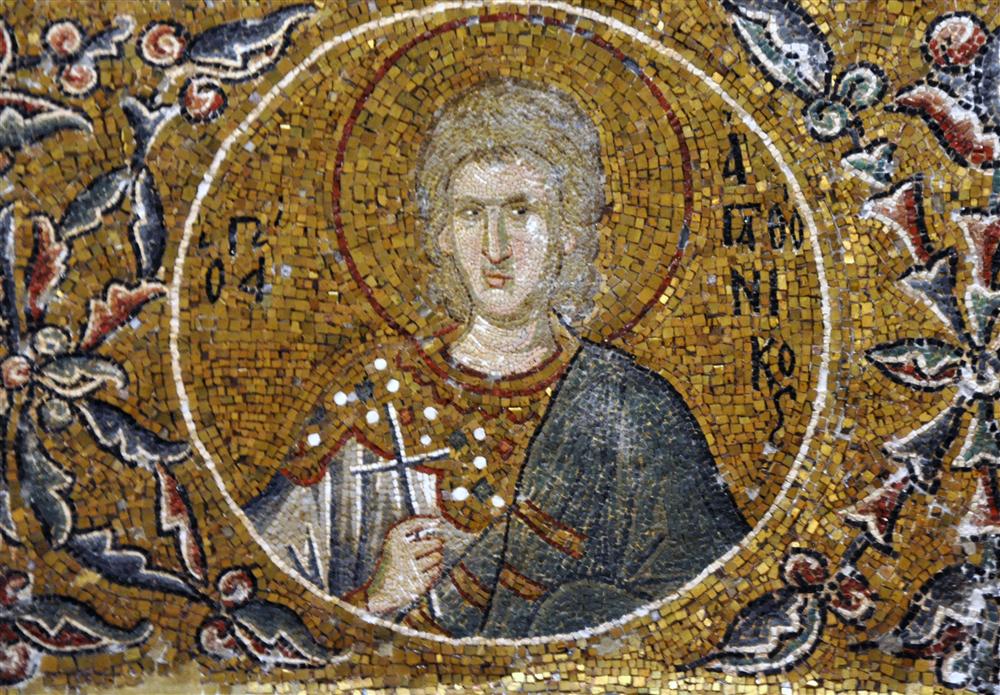

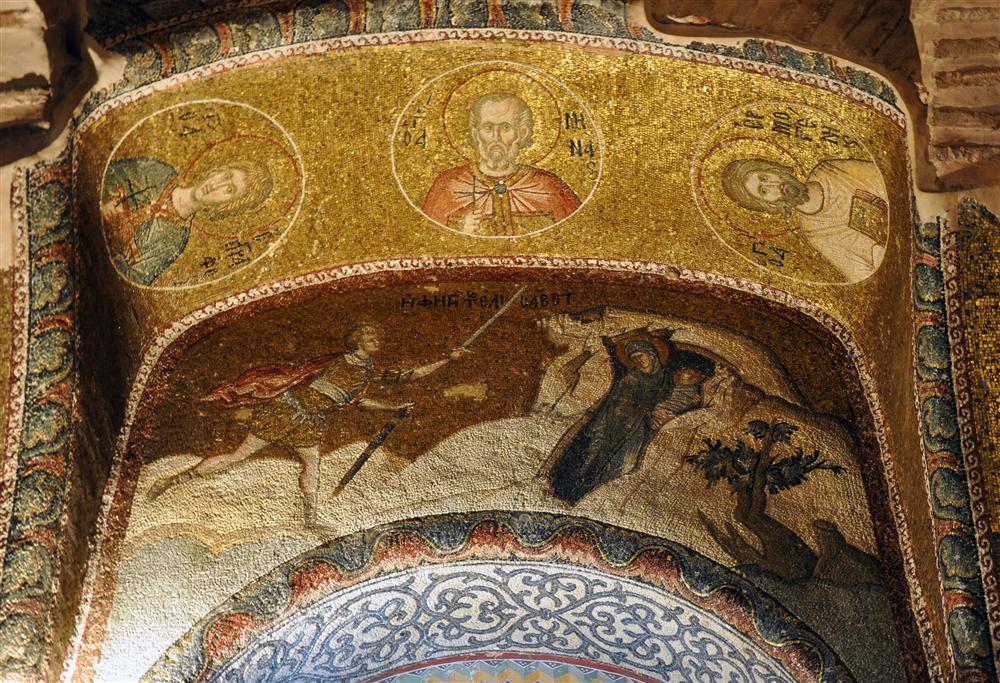
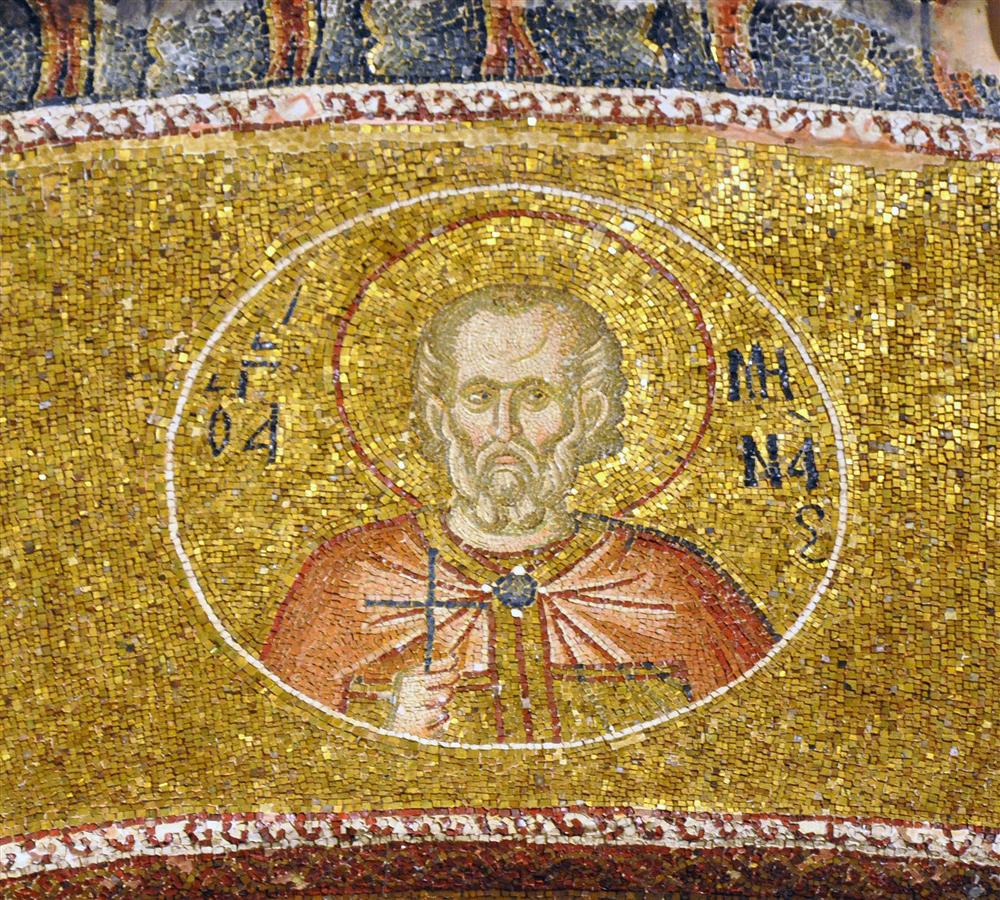
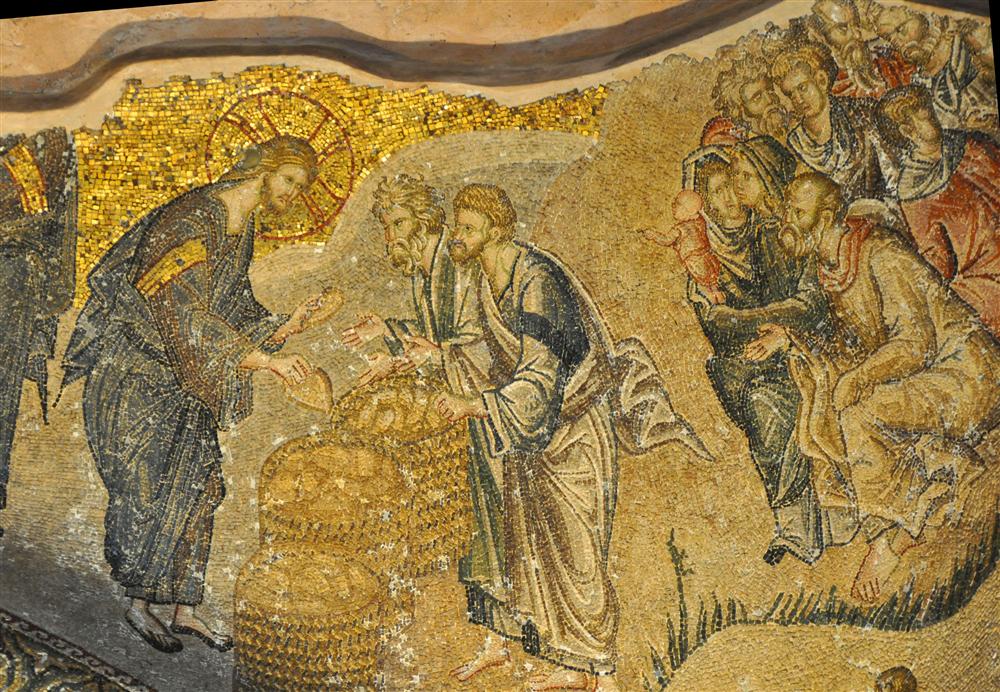
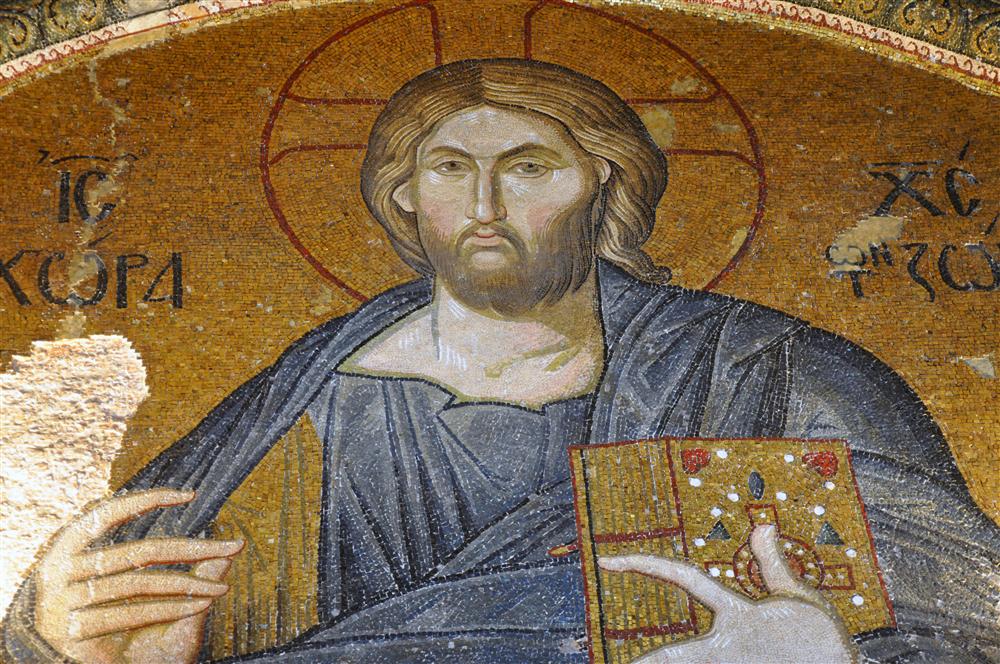
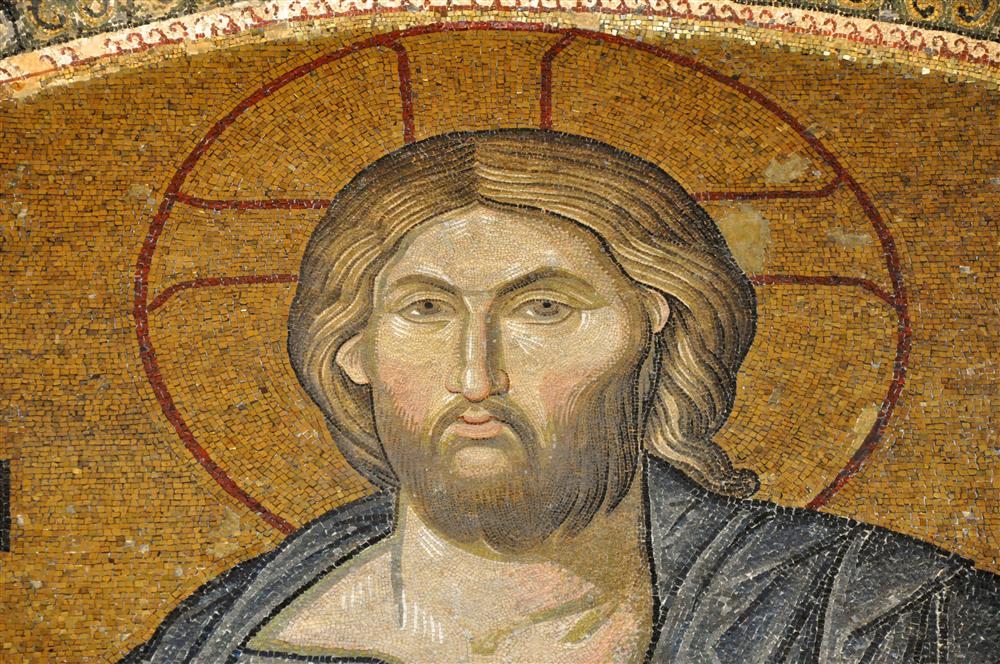
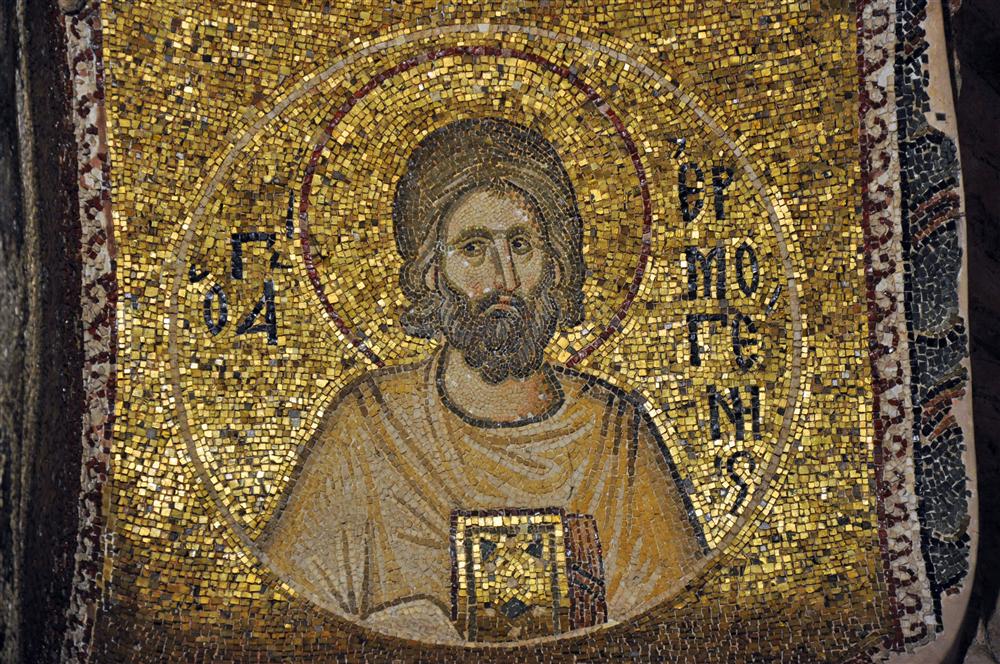
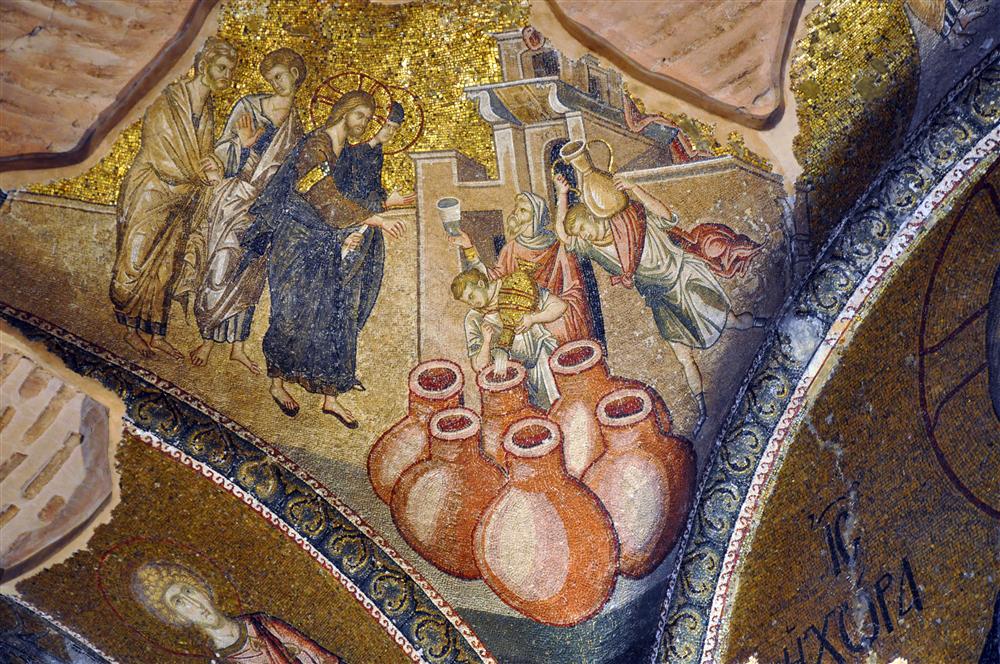
The Grand Bazaar
One of the most famous bazaars in the world, the Grand Bazaar is pretty high-tech. There are TV monitors showing advertising and interest clips, and ATM's about every 100 meters.
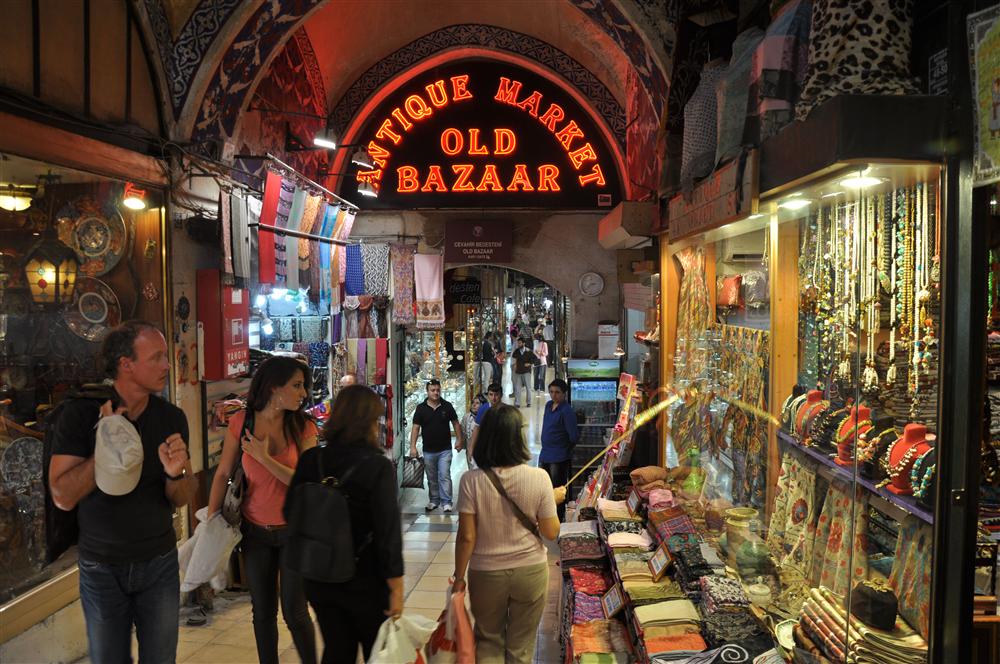

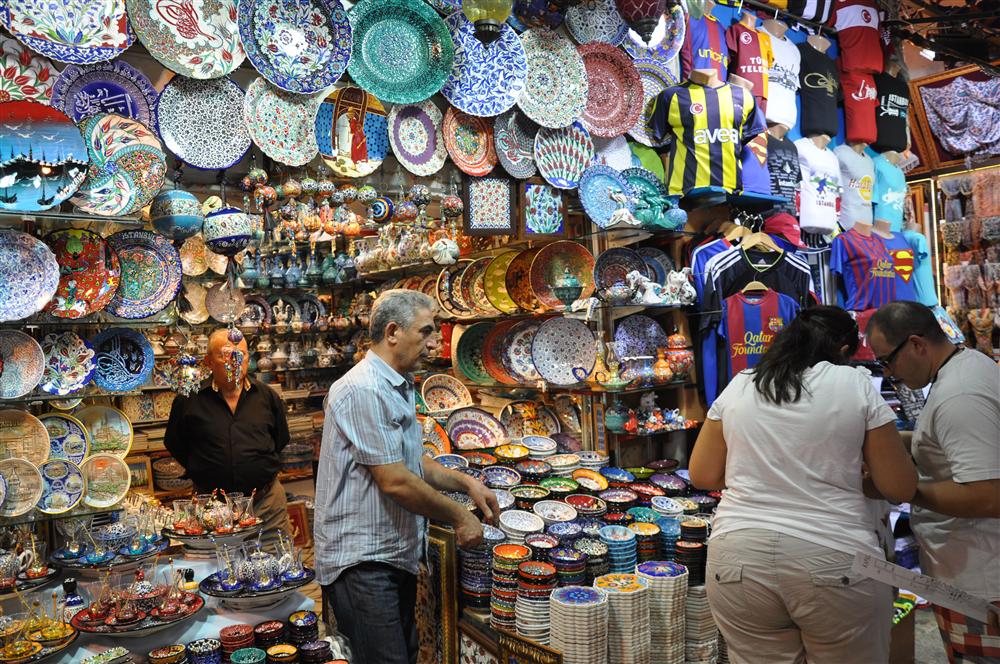

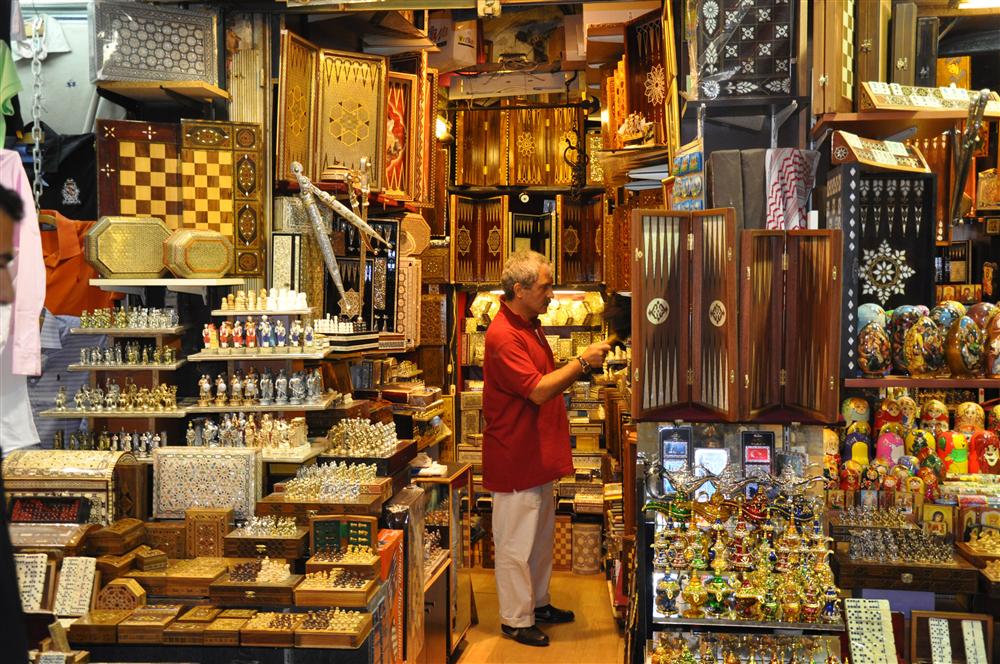
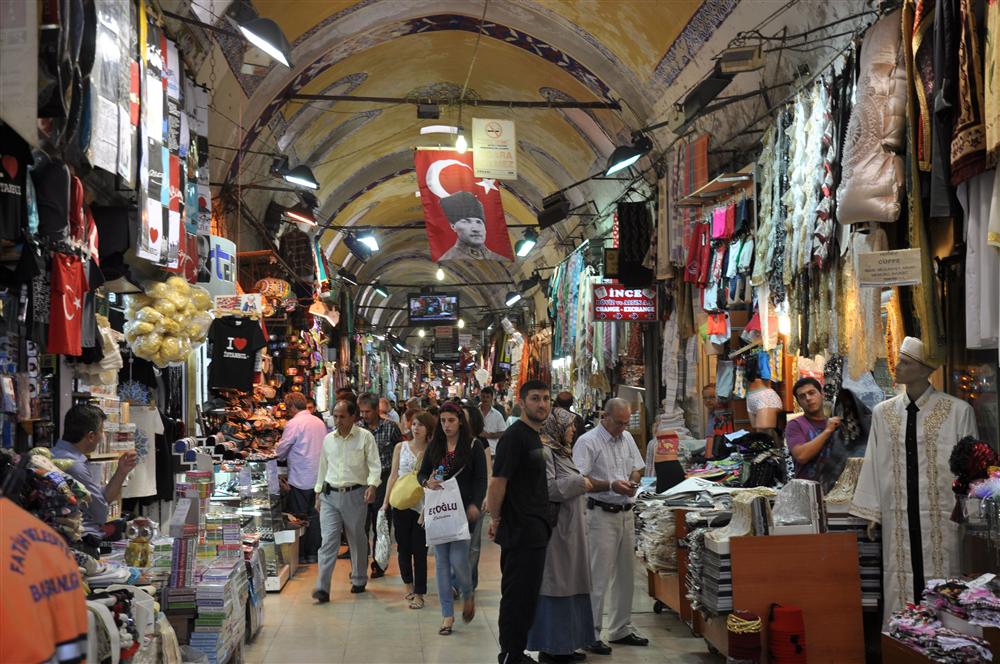
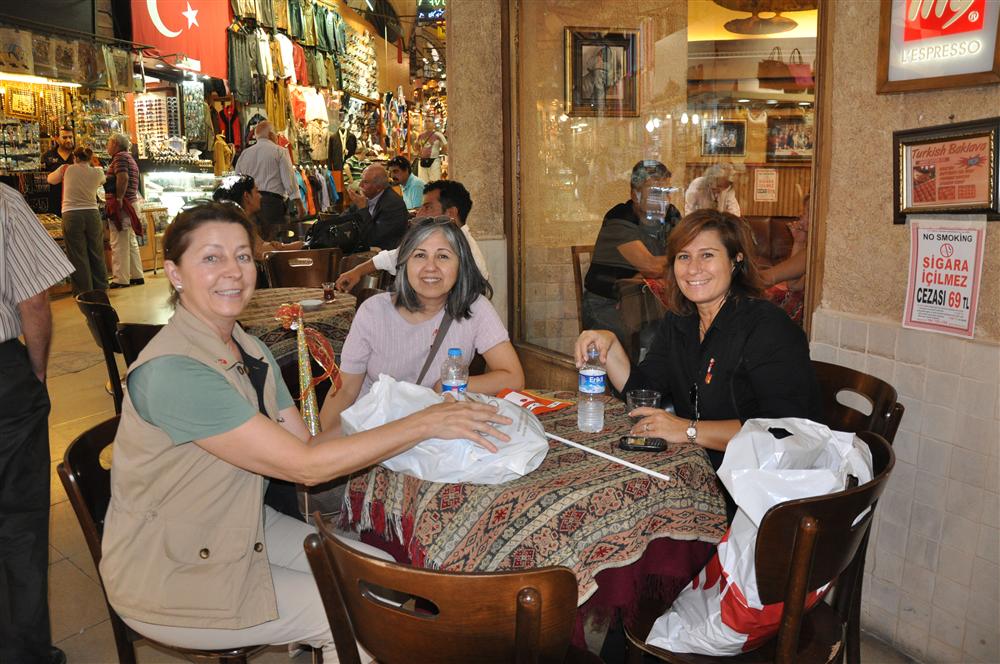
Emily with our hostess Oya Girit and friend Sedef Feyzioglu
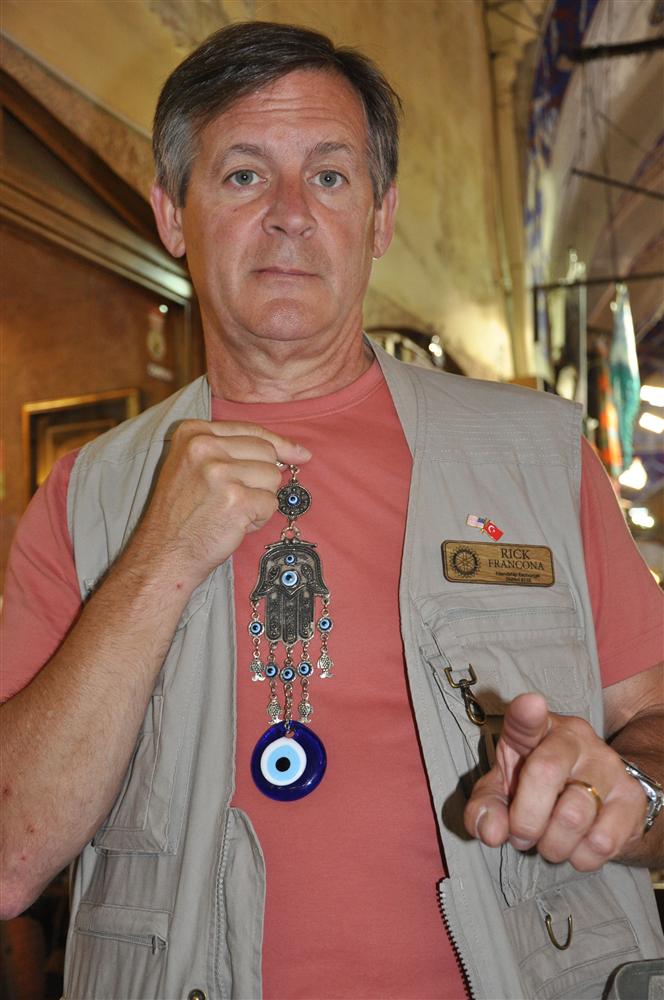
I have evil eye protection
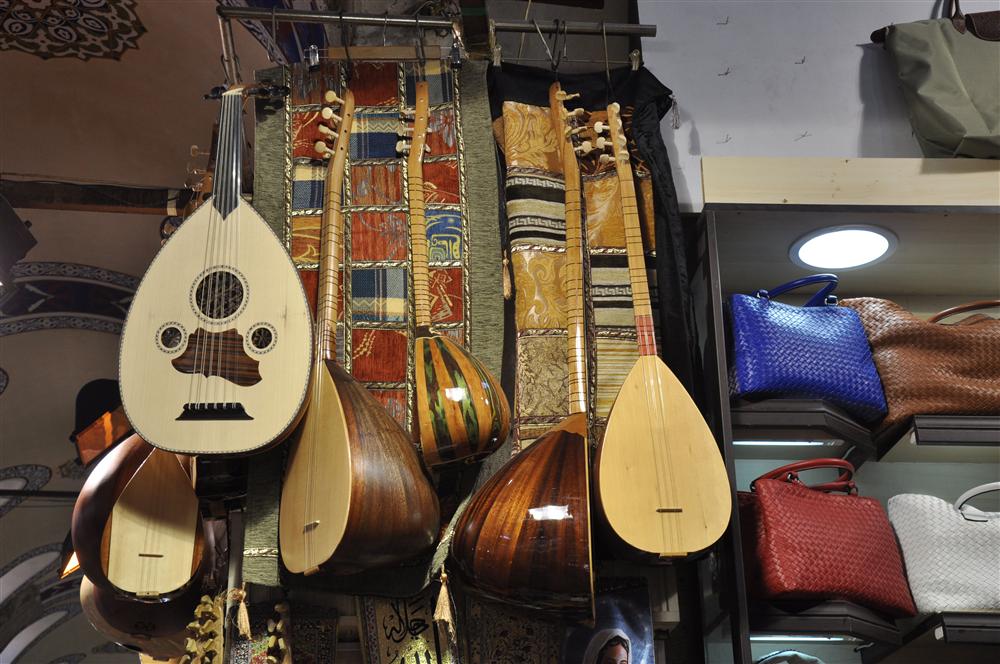
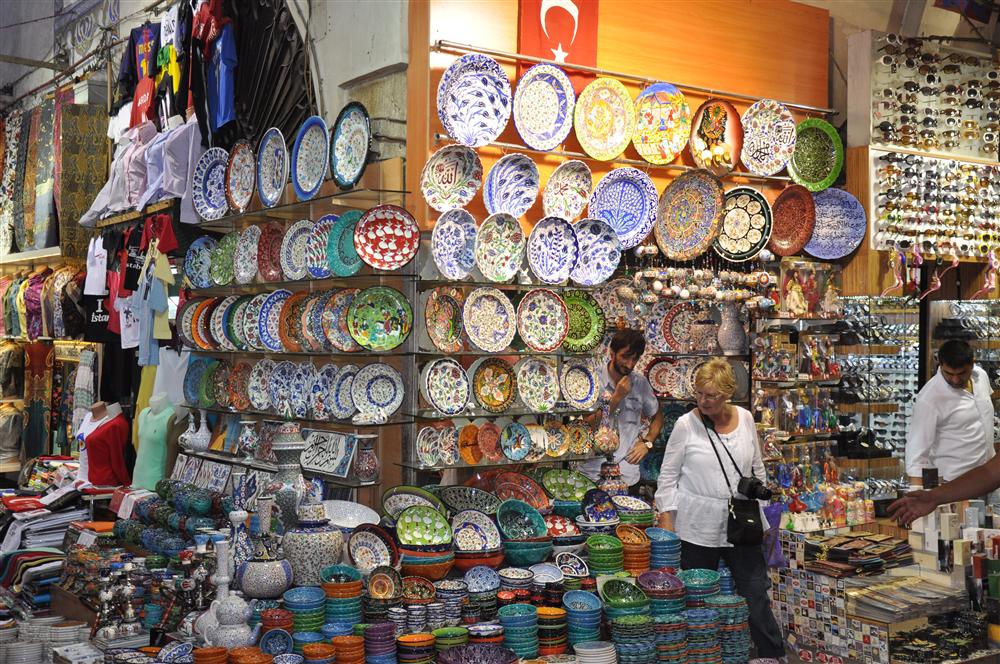
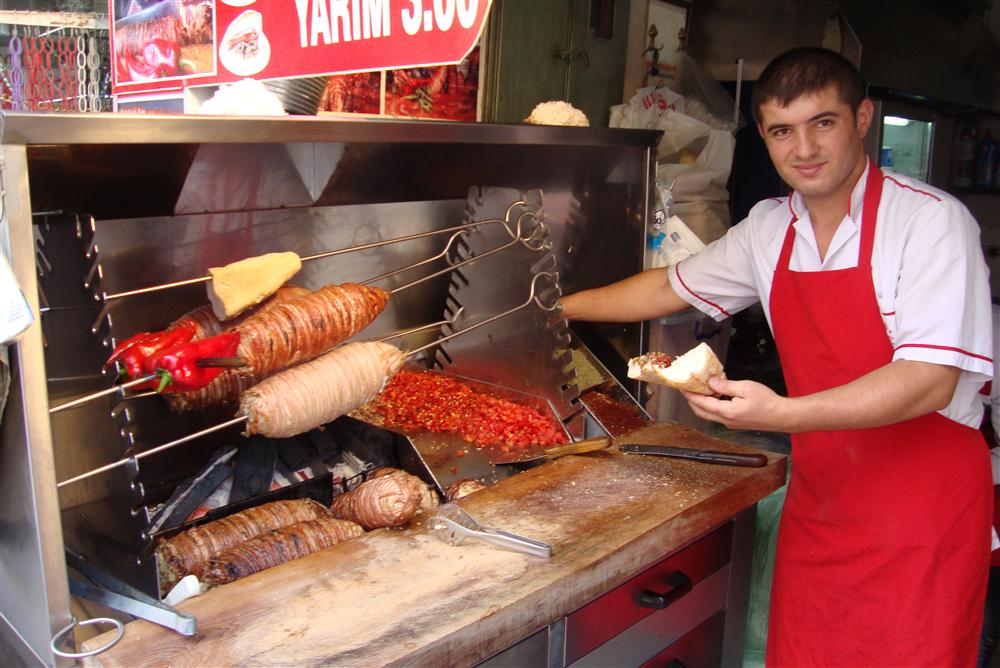
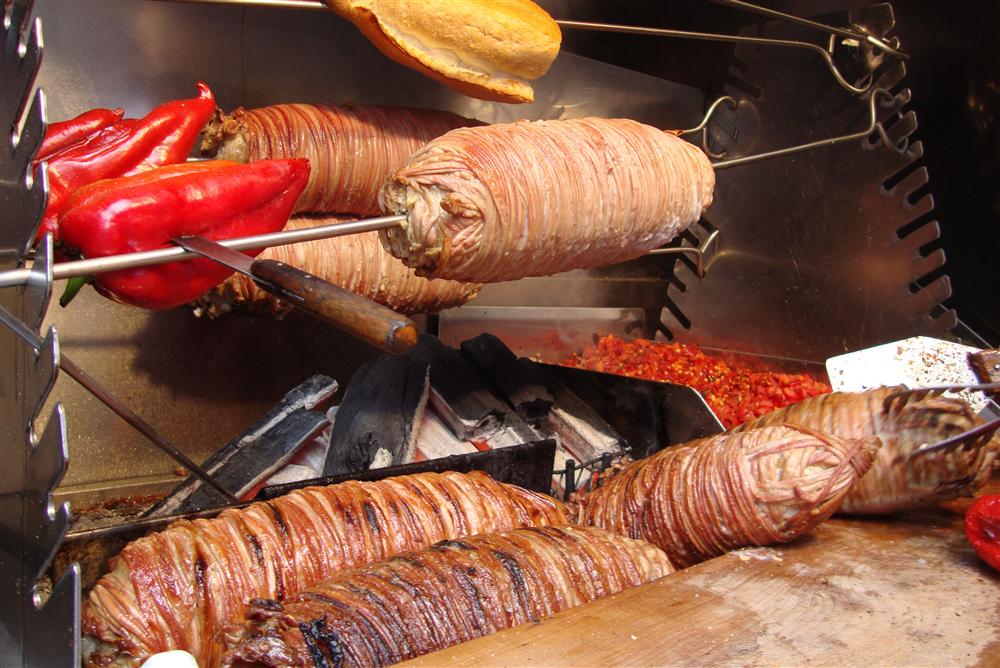
The Spice Market
The Istanbul spice market, a few blocks from the Grand Bazaar. An amalgam of colors and smells, and the usual bargaining....


Emily and Cathy Peschiera haggling - the guy looks surpised at the end
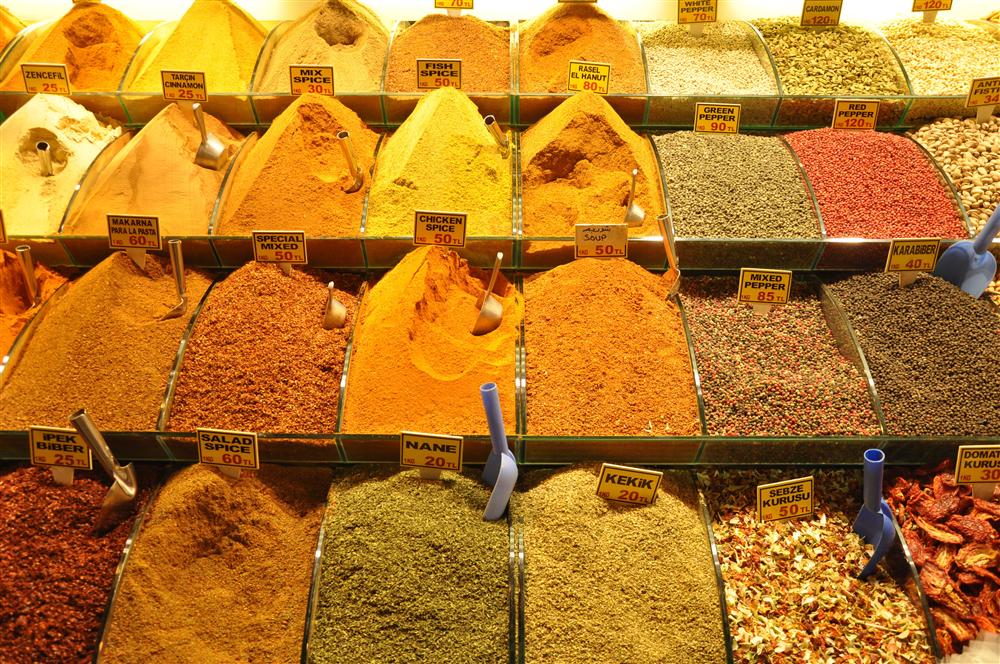

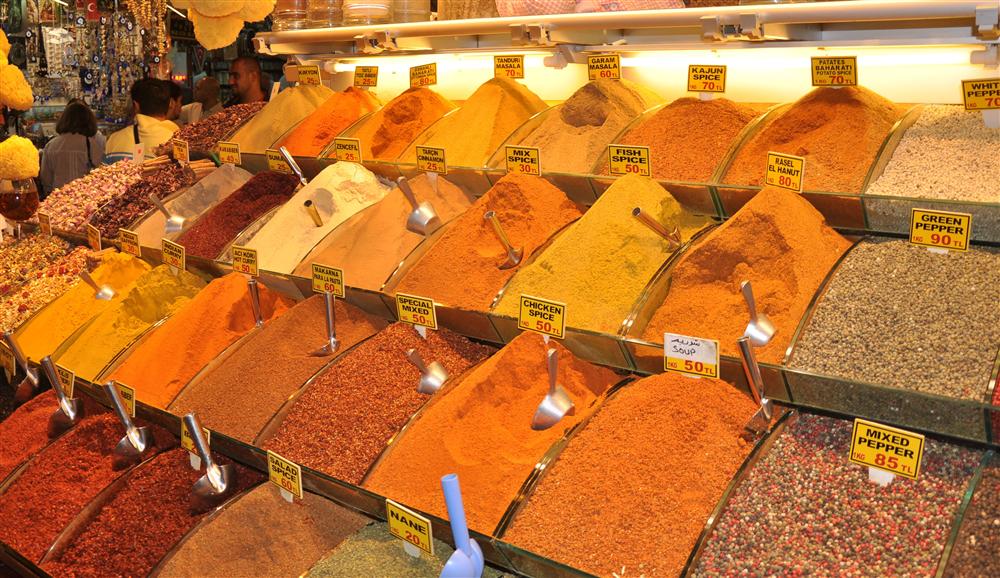
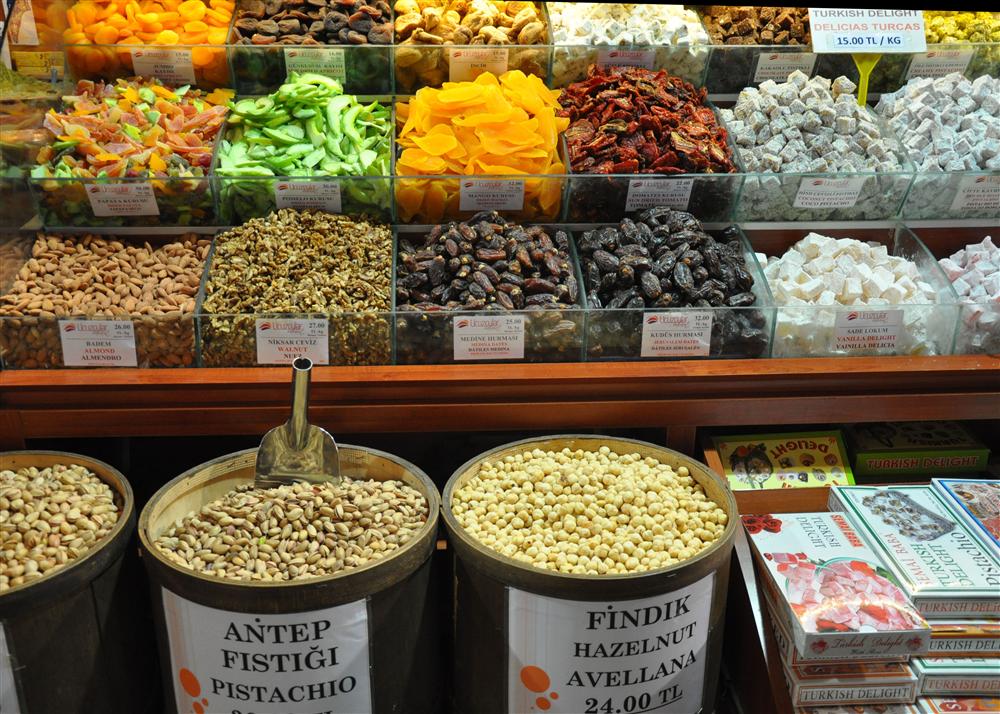
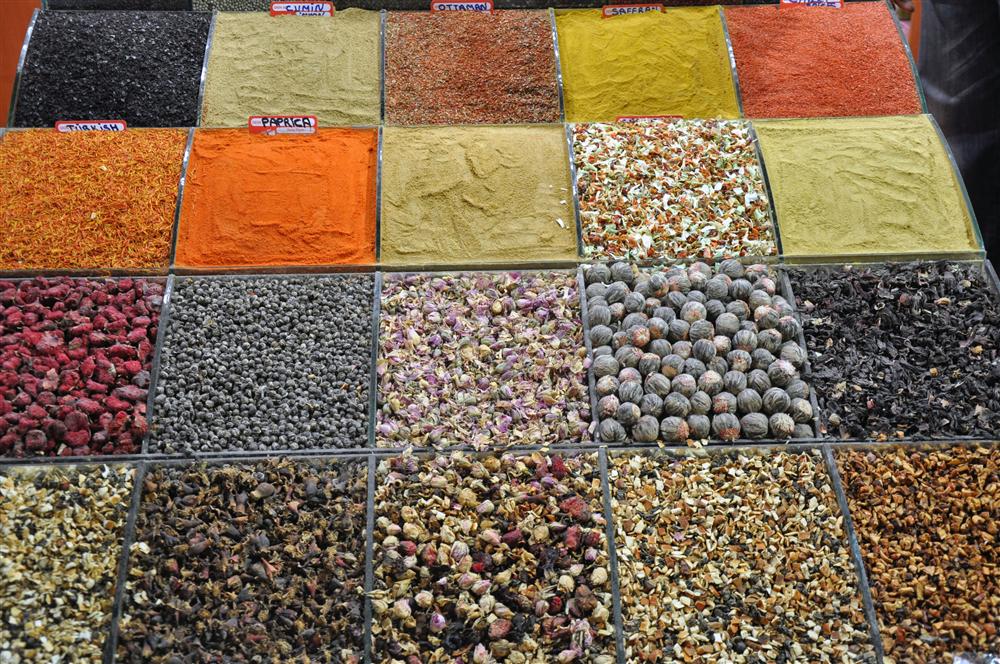
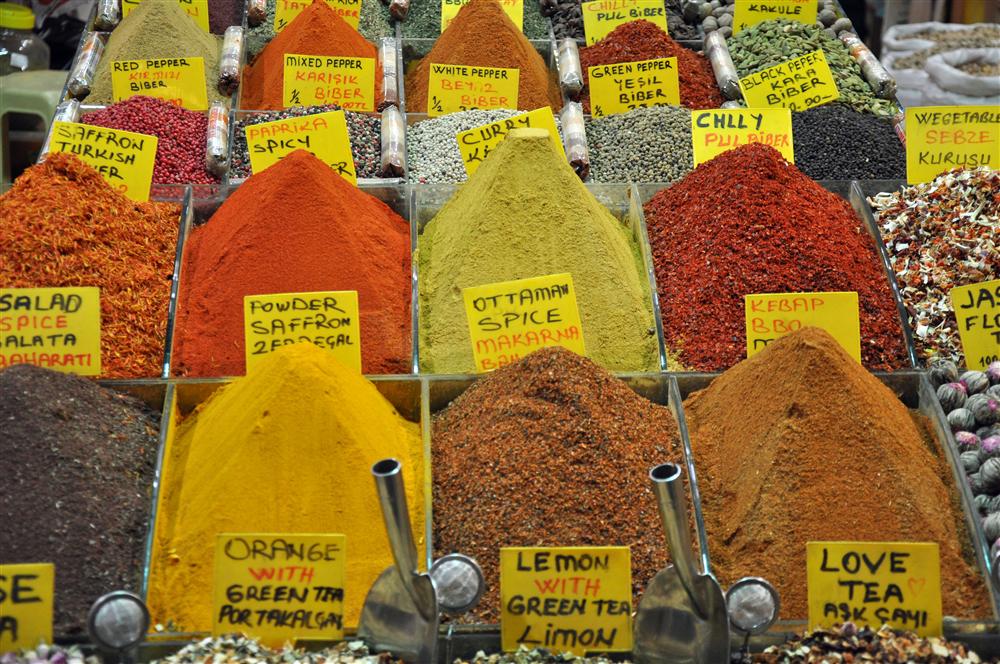
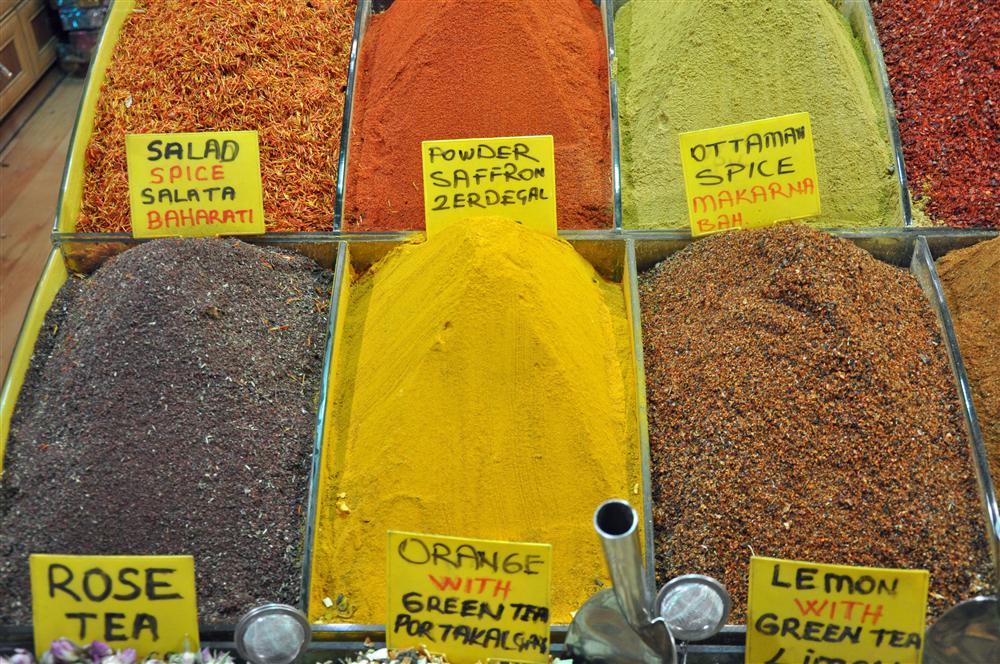
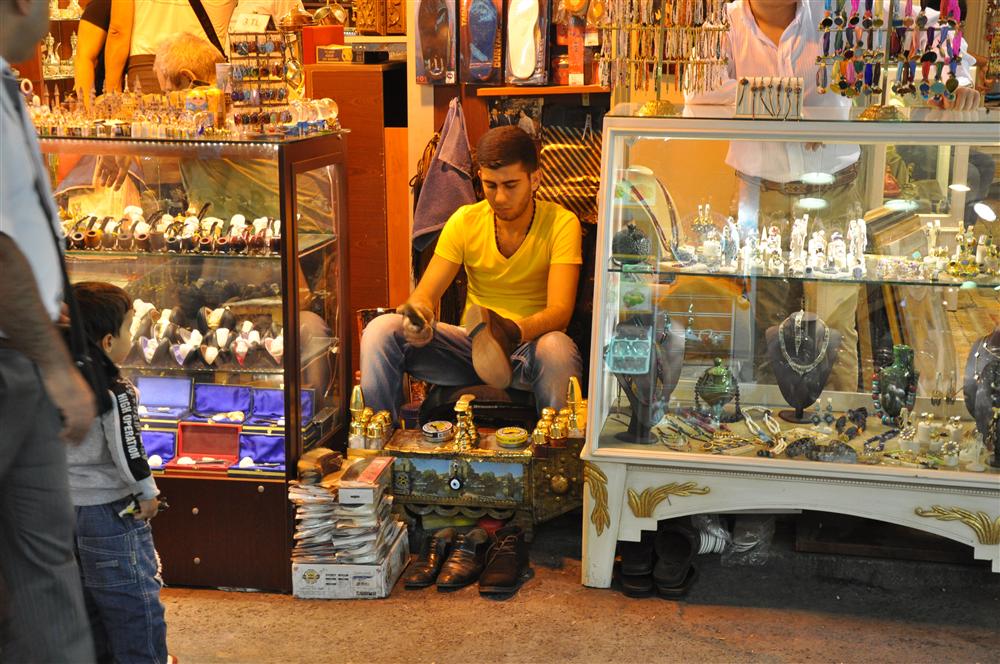
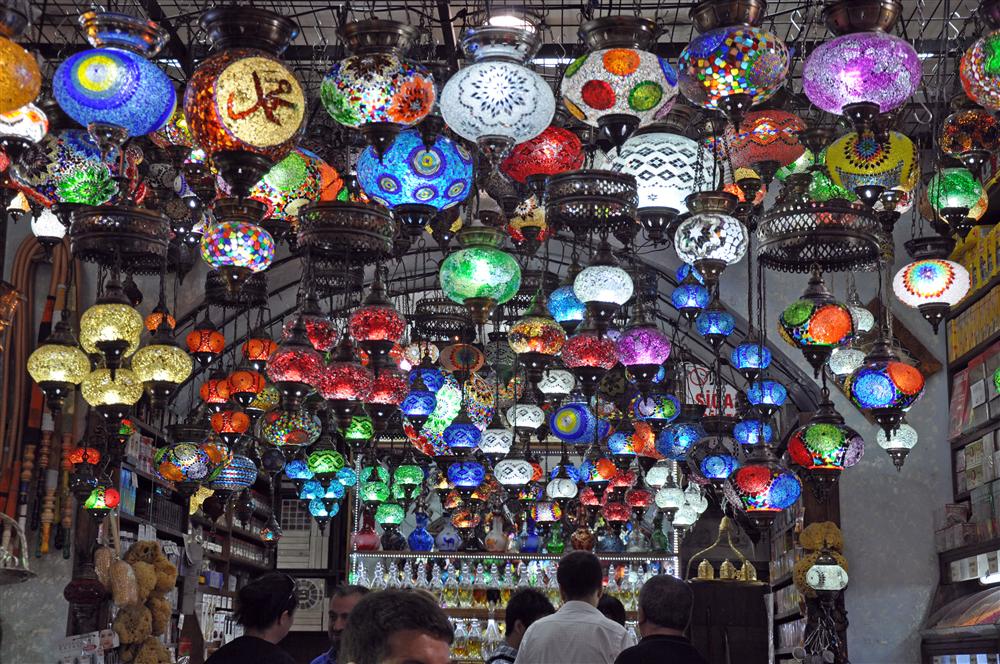

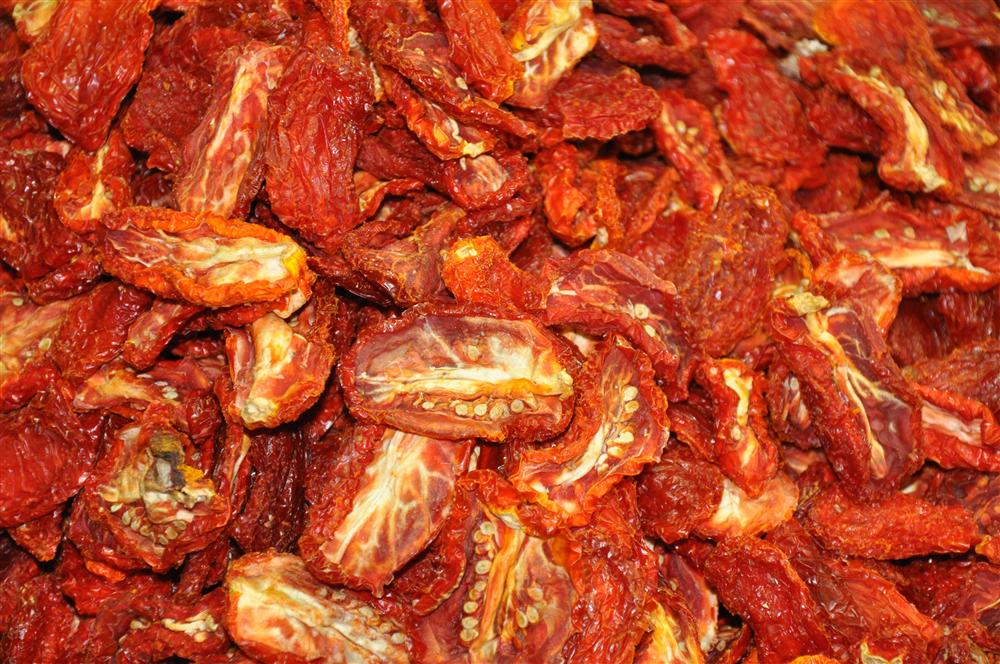
The Bosphorus
The Bosphorus is the world's narrowest strait used for international navigation, connecting the Black Sea with the Sea of Marmara and thus the outlet to the Mediterranean Sea. The strait is 17 nautical miles long - the width varies between 1.5 and .38 nautical miles.
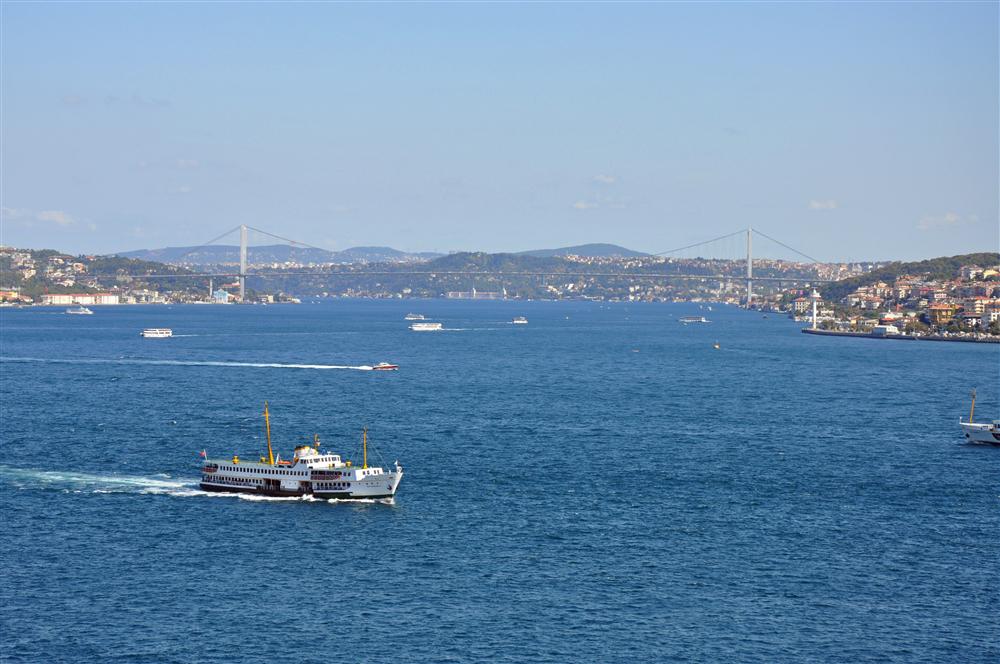
South end of the Bosphorus looking north
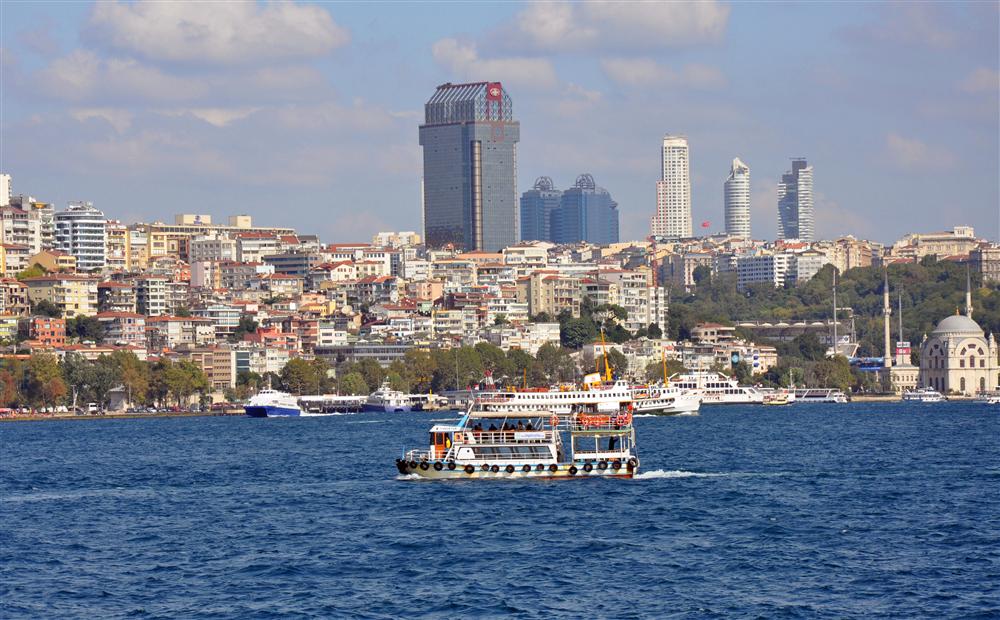
Business district on the European side
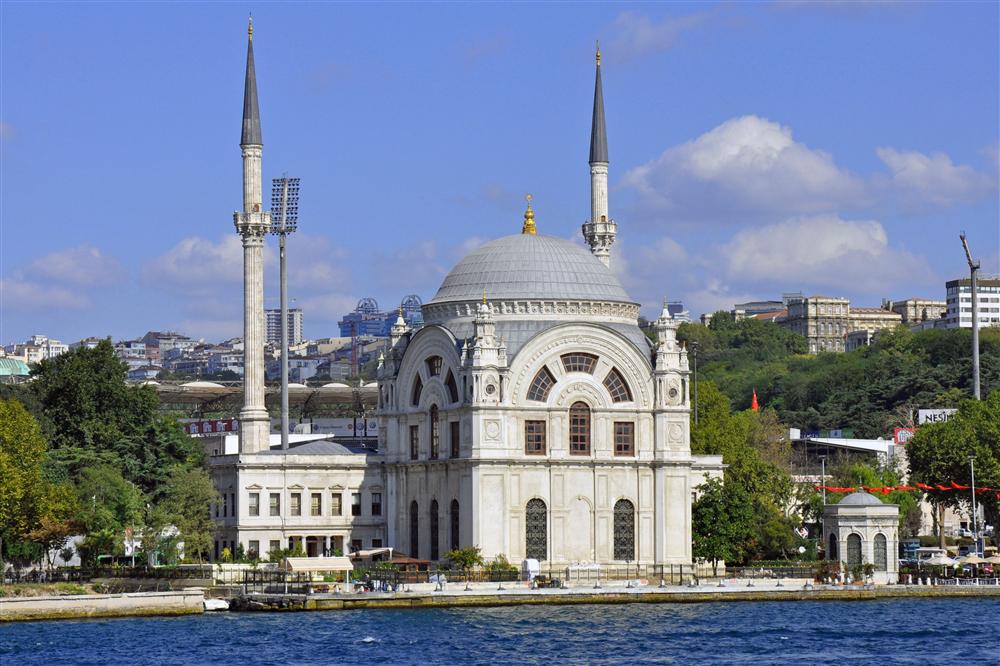
Mosque on European side next to Dolmabahçe Palace
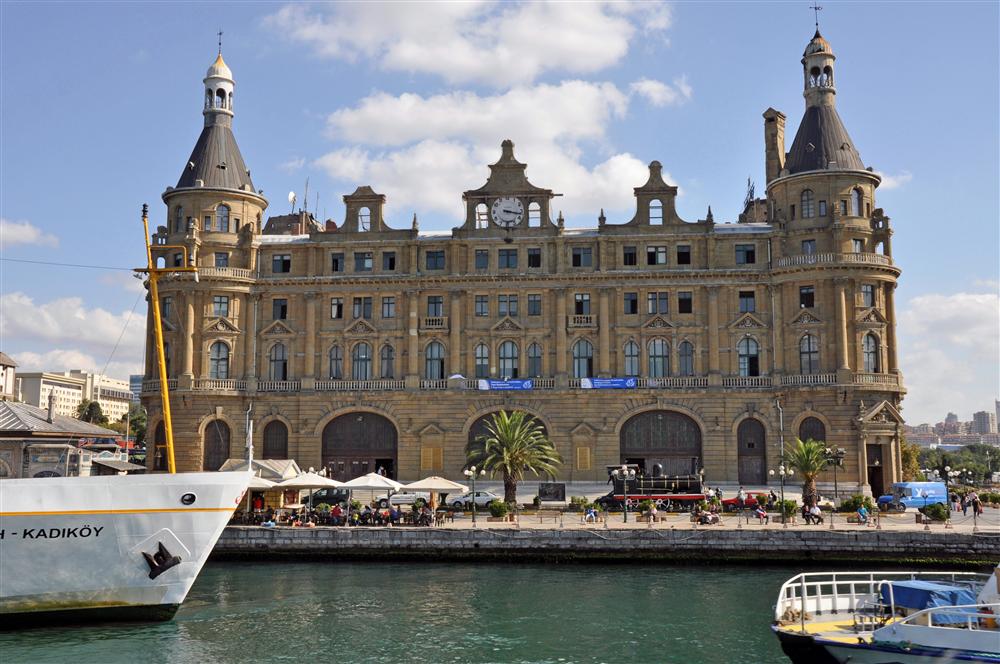
Hyderpasha train station at Kadıköy on the Asian side

The Bosphorus bridge - the first bridge over the waterway, completed in 1973 - looking towards the Anatolian (Asian) side
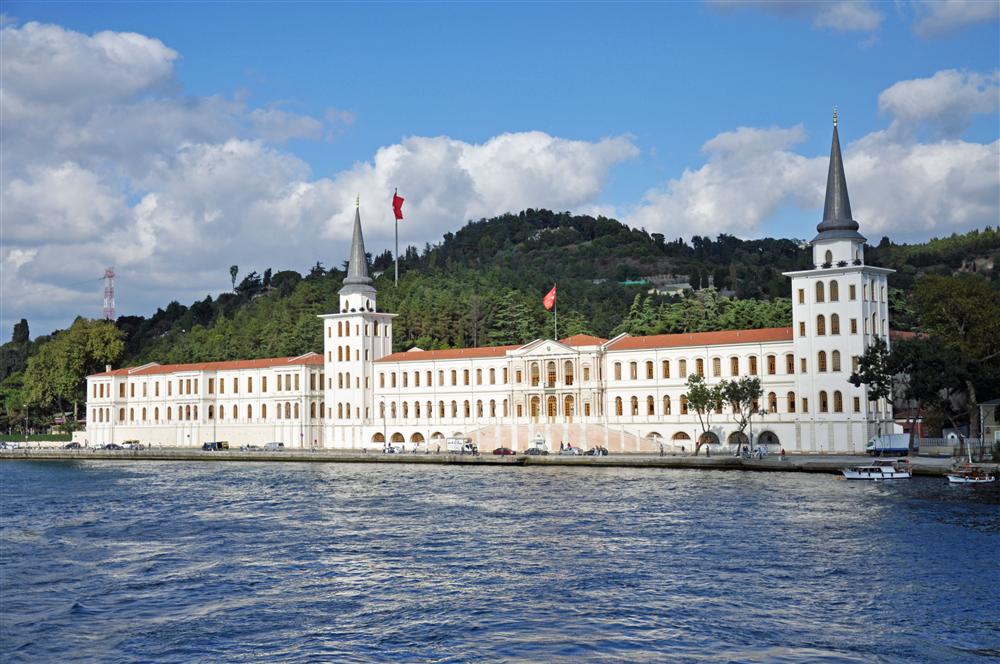
Military high school on Asian side - a prep school for the military academy
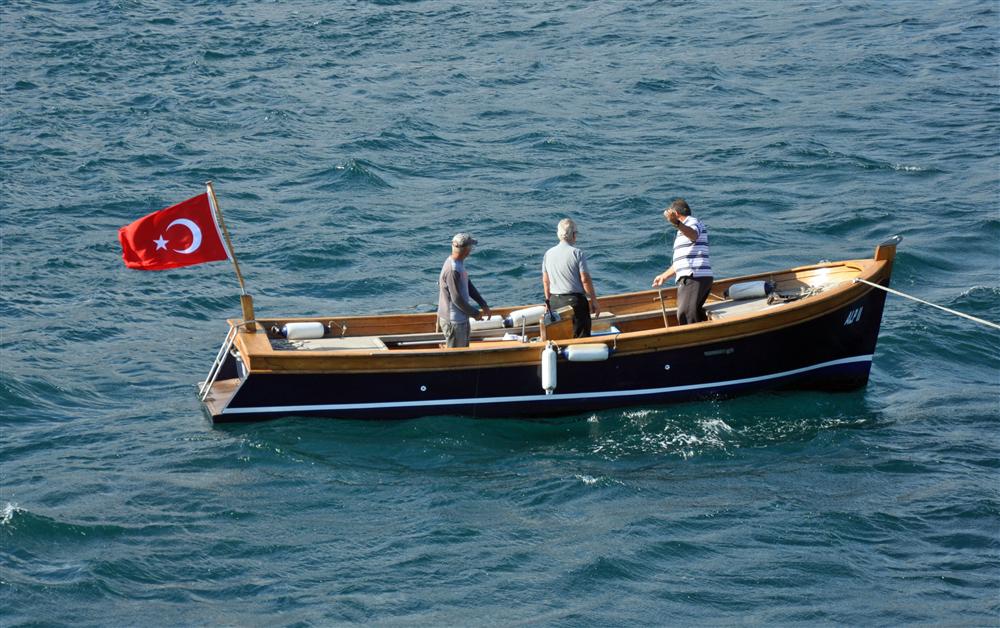

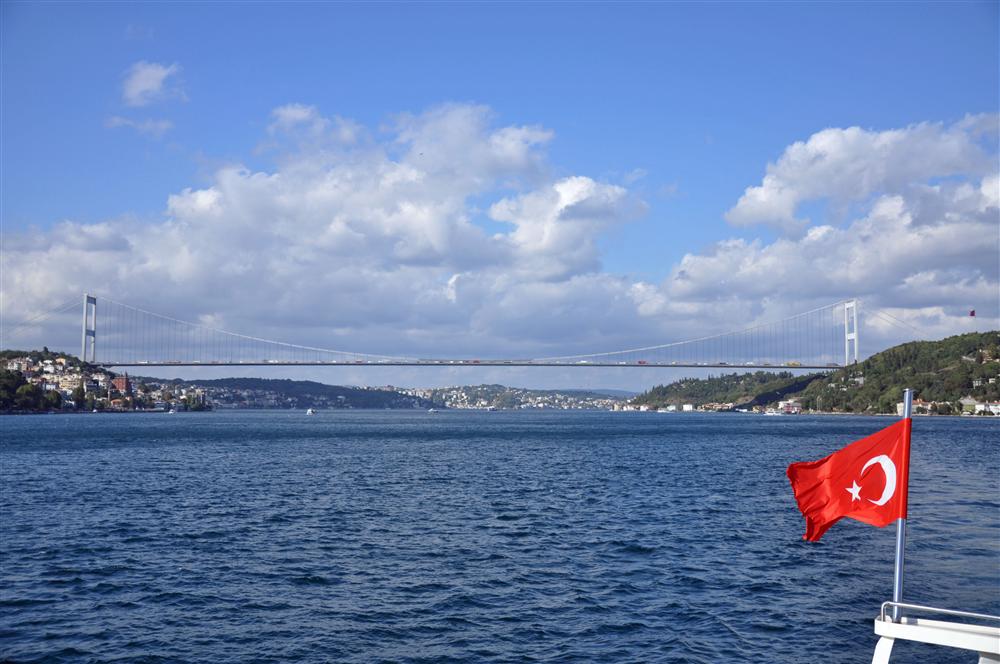
Fatih Sultan Mehmet Bridge, or the Second Bosphorus Bridge, completed in 1988
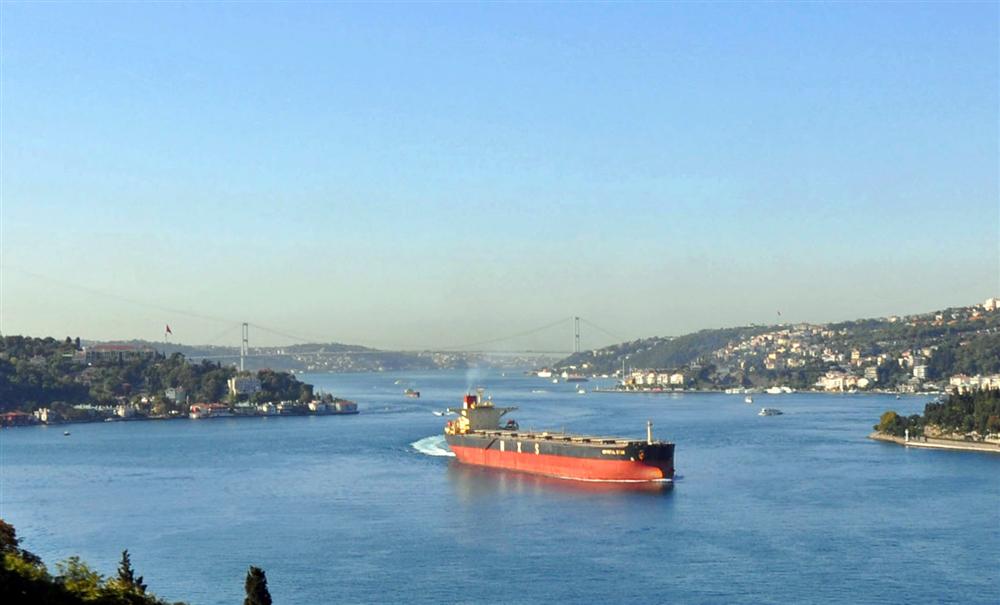
Empty tanker heading north of the Fatih Sultan Mehmet Bridge towards the Black Sea
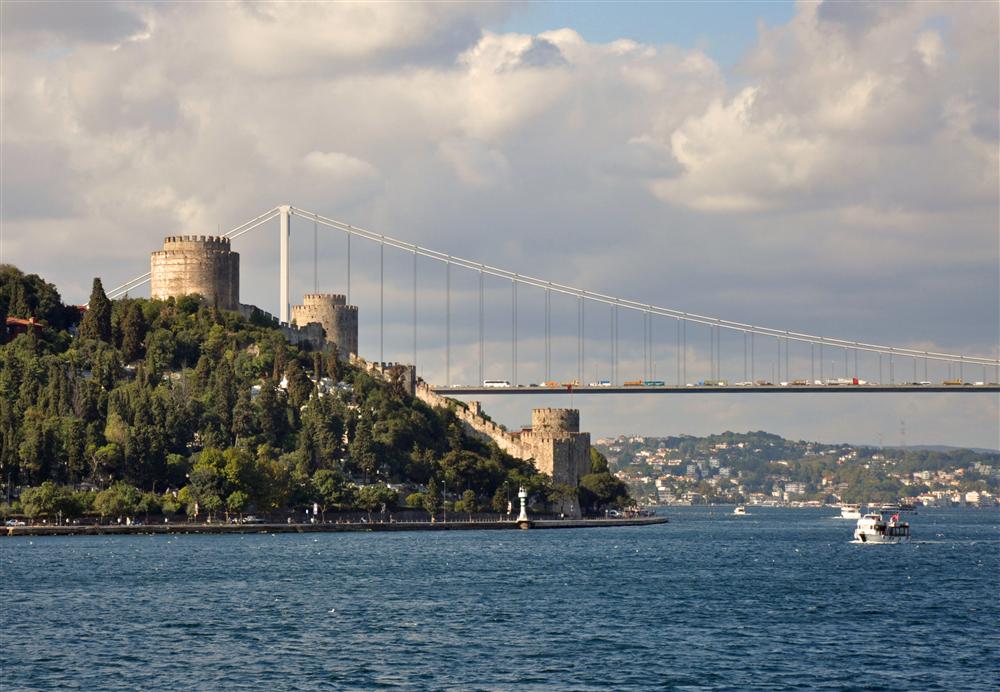
Byzantine fortress that defined the northern edge of the Christian-controlled area - it fell to Fatih Sultan Mehmet in 1453

Fatih Sultan Mehmet Bridge
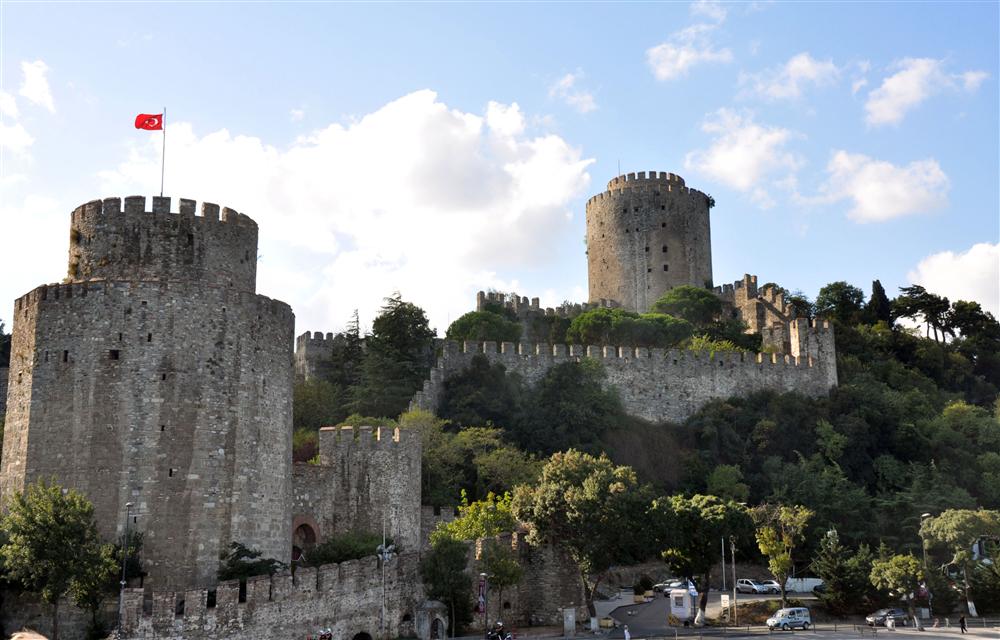
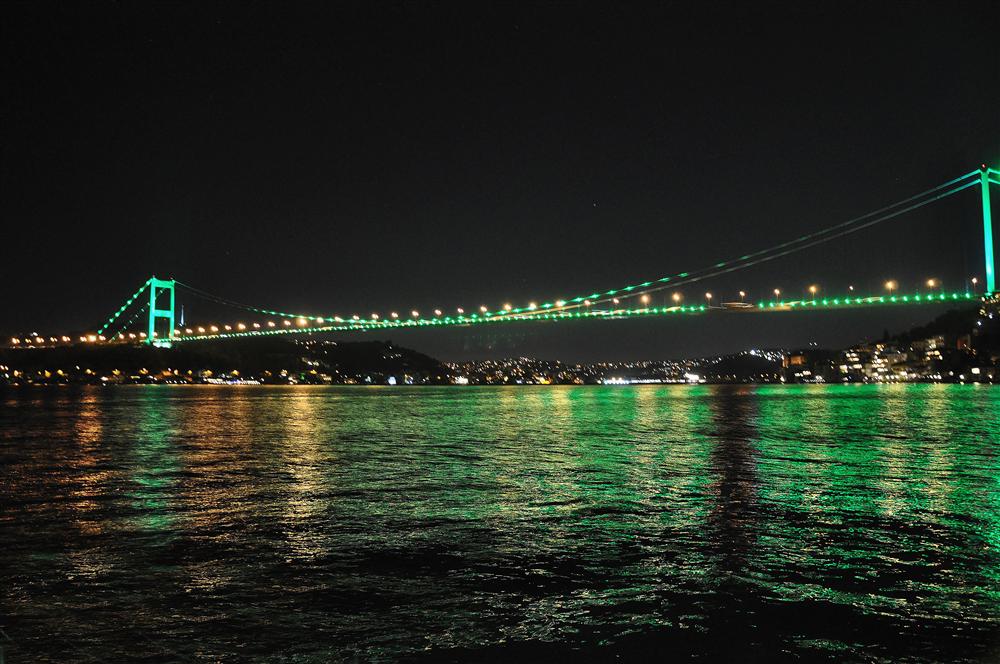
Fatih Sultan Mehmet Bridge at night - the lights change colors from green to blue to red

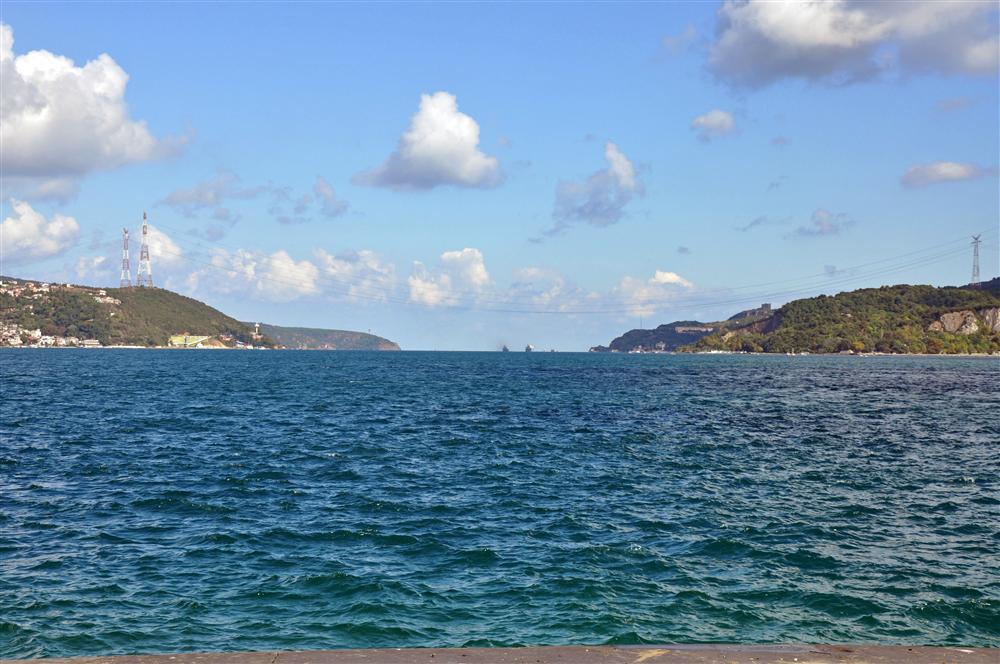
Northern end of the Bosphorus, beyond is the Black Sea
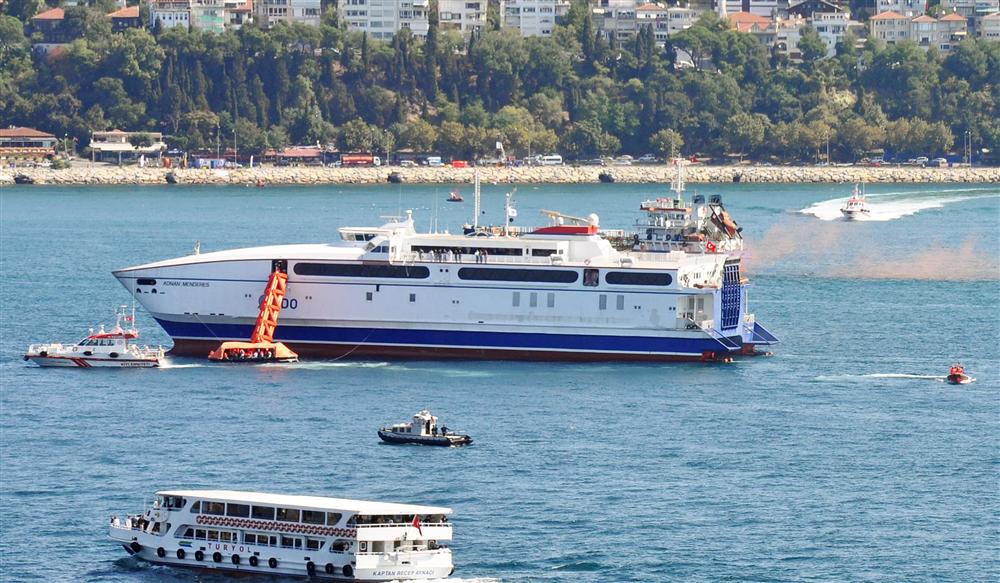
Coast Guard exercise in the Bosphorus
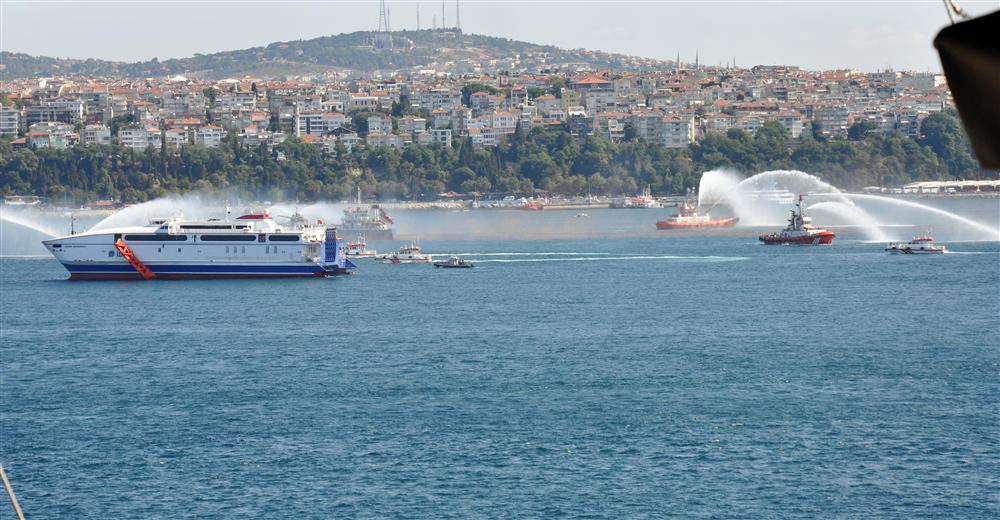
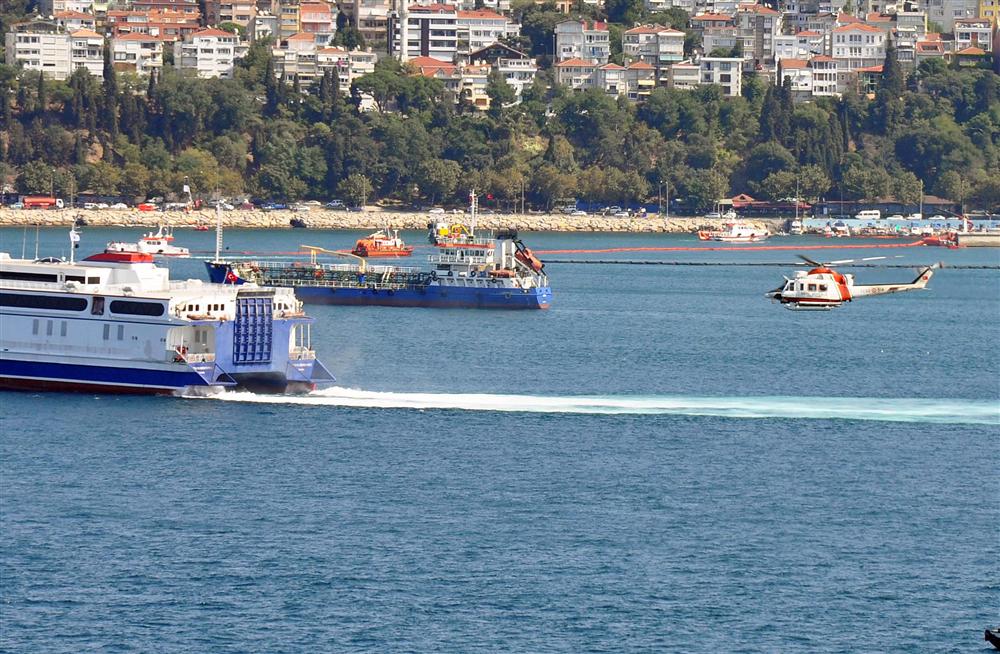
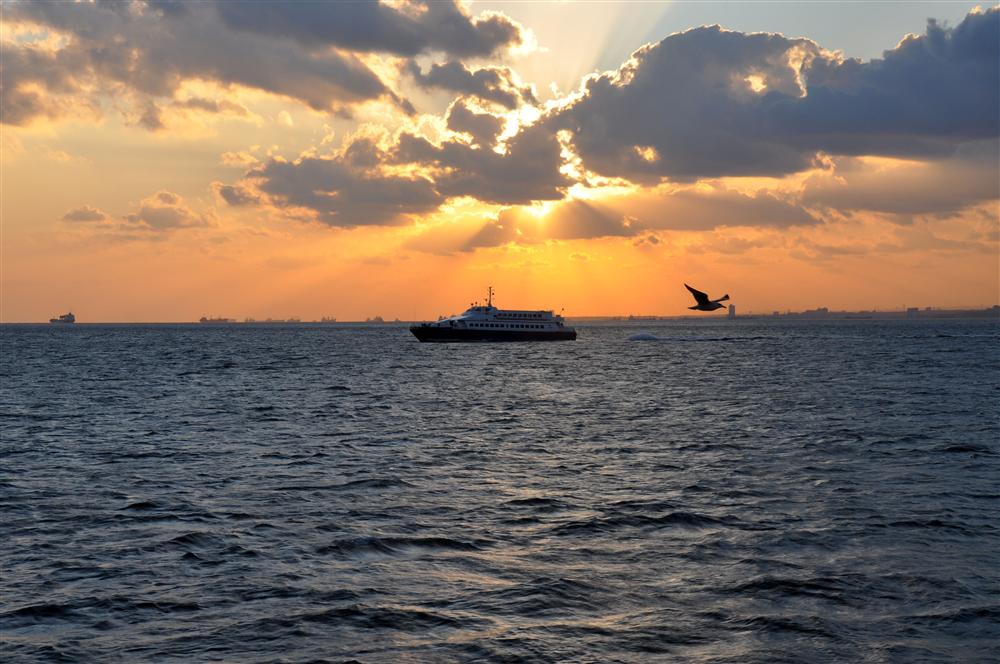
Sunset on the Sea of Marmara
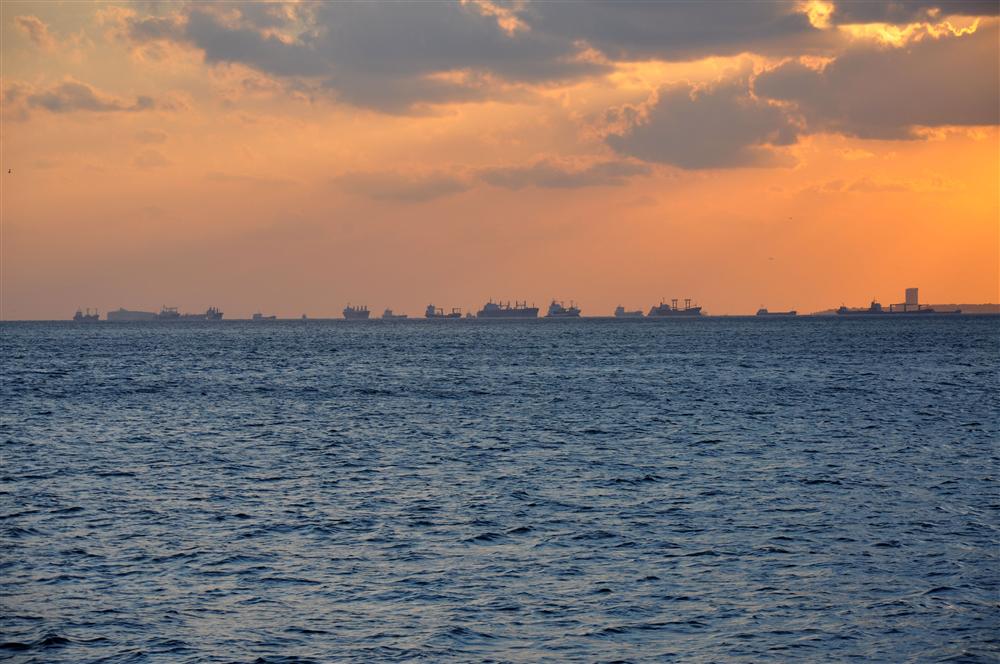
Cargo ships awaiting entry into the Bosphorus for the transit to the Black Sea - the traffic is one way for twelve hours, then reverses

The Golden Horn
The Golden Horn is a historic inlet of the Bosphorus into the European side of the city of Istanbul and forming the natural harbor that has sheltered Greek, Roman, Byzantine, Ottoman and other ships for thousands of years. It is a scimitar-shaped estuary that joins the Bosphorus just at the point where that strait enters the Sea of Marmara.
The Golden Horn is 4.5 miles long and at its widest less than half a mile. There are several bridges, the most famous being the Galata and Ataturk bridges. Hollywood has made the Galata Bridge the most famous by creating the misinterpretation that the bridge connects Europe and Asia - in reality both sides of Golden Horn are in Europe.
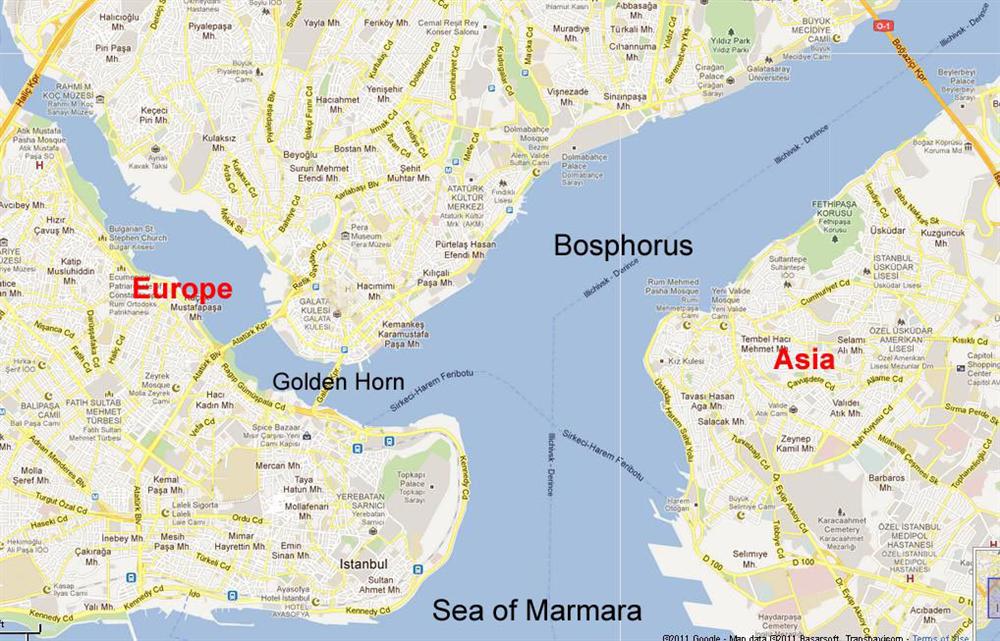
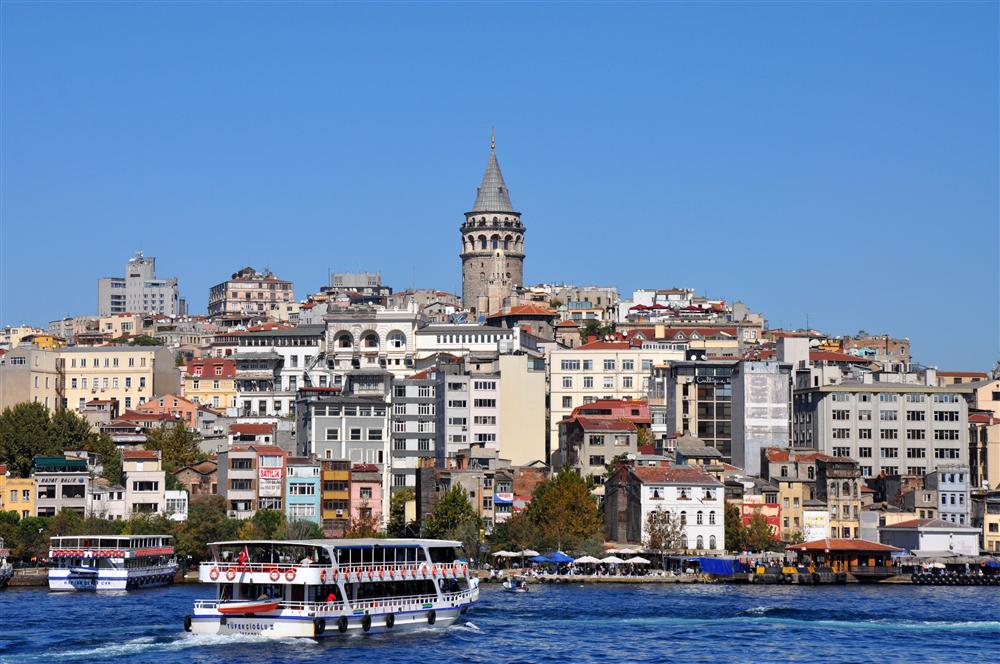
Galata Tower from the Golden Horn
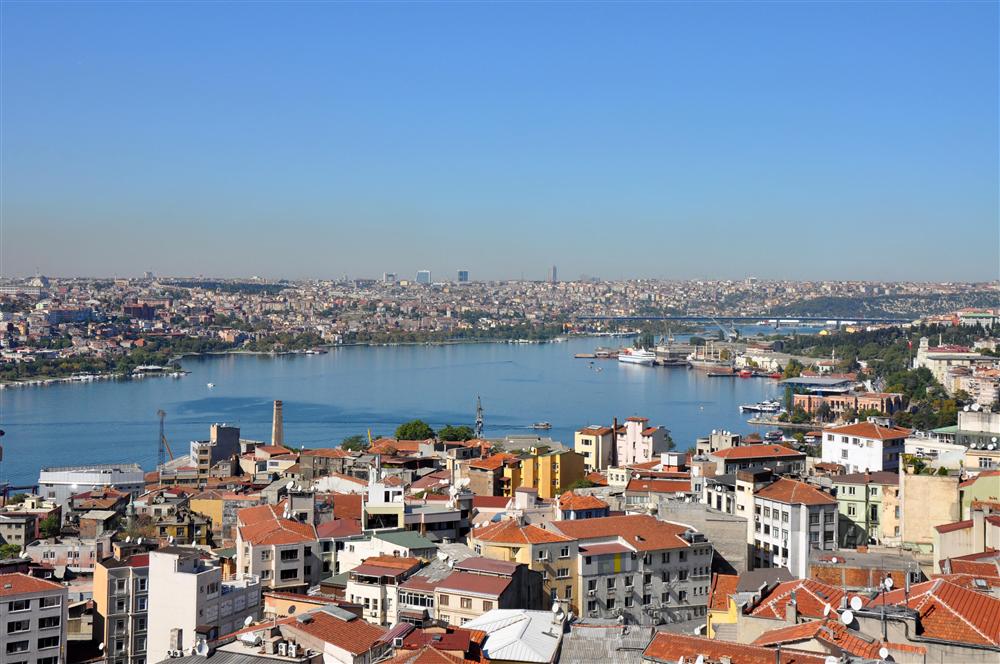
The Golden Horn - note the white ship, the Mavi Marmara
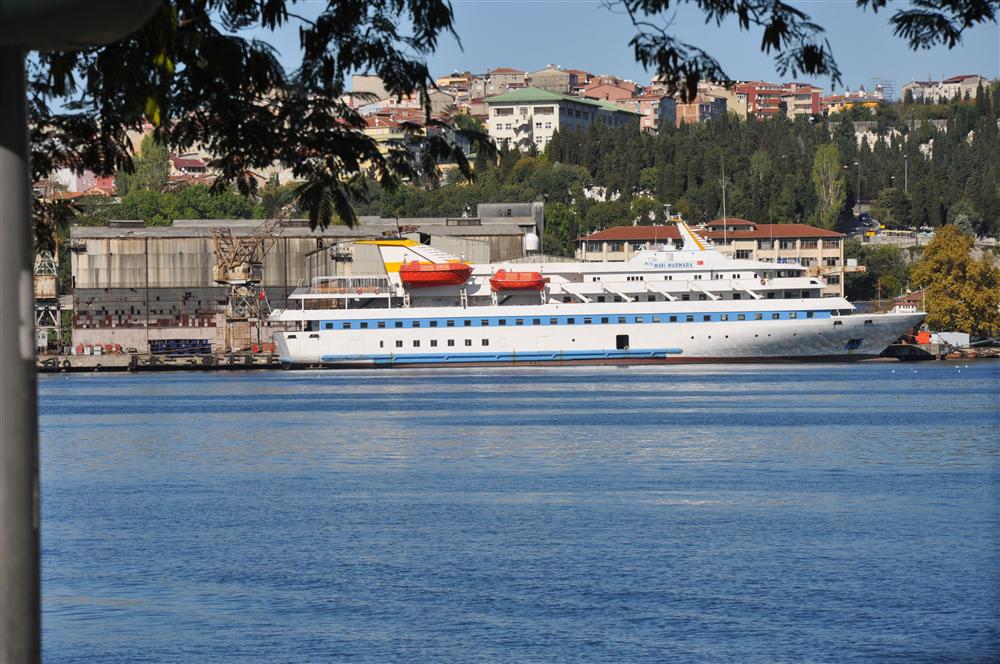
M/V Mavi Marmara
The M/V Mavi Marmara is a Turkish vessel chartered by a supposed charity organization, IHH, to break the Israeli blockade of the Gaza Strip. On May 31, it was forcibly boarded by Israeli commandos - nine people were killed in the confrontation. The vessel was returned to Turkey. It sits today in the Golden Horn in a berth suspiciously close to the Turkish Navy docks. See my article The MV Mavi Marmara in the Golden Horn for more information.
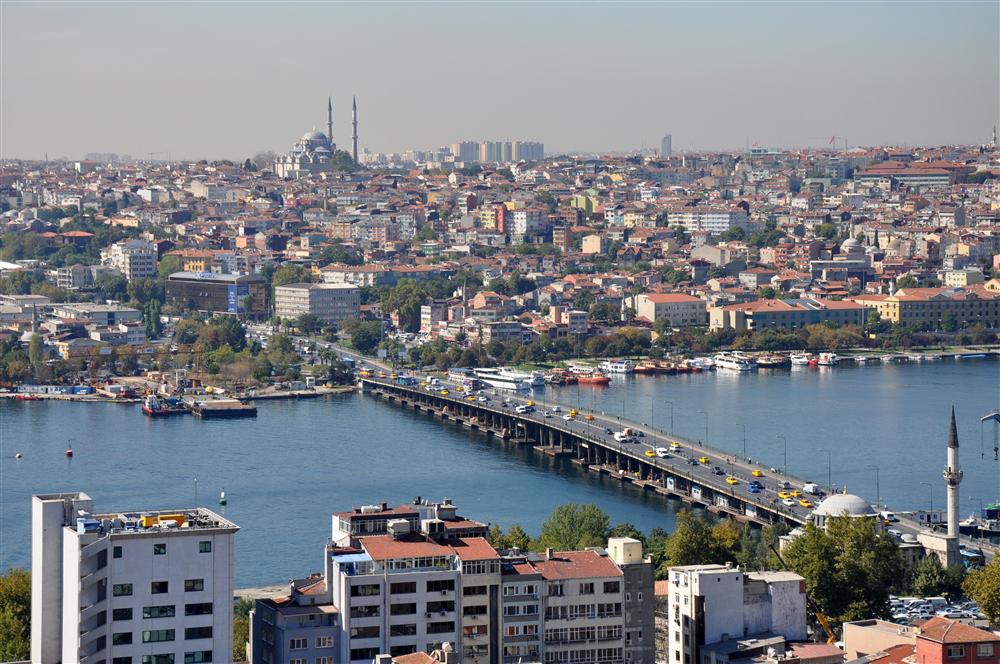
The Ataturk Bridge
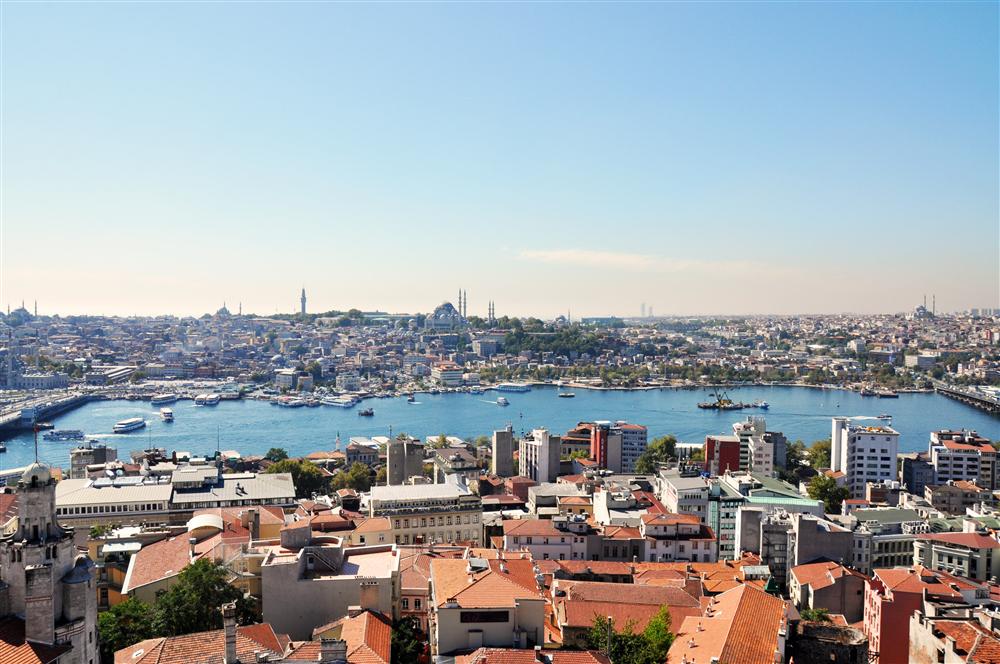
The Galata Bridge (left) and Ataturk Bridge (right)
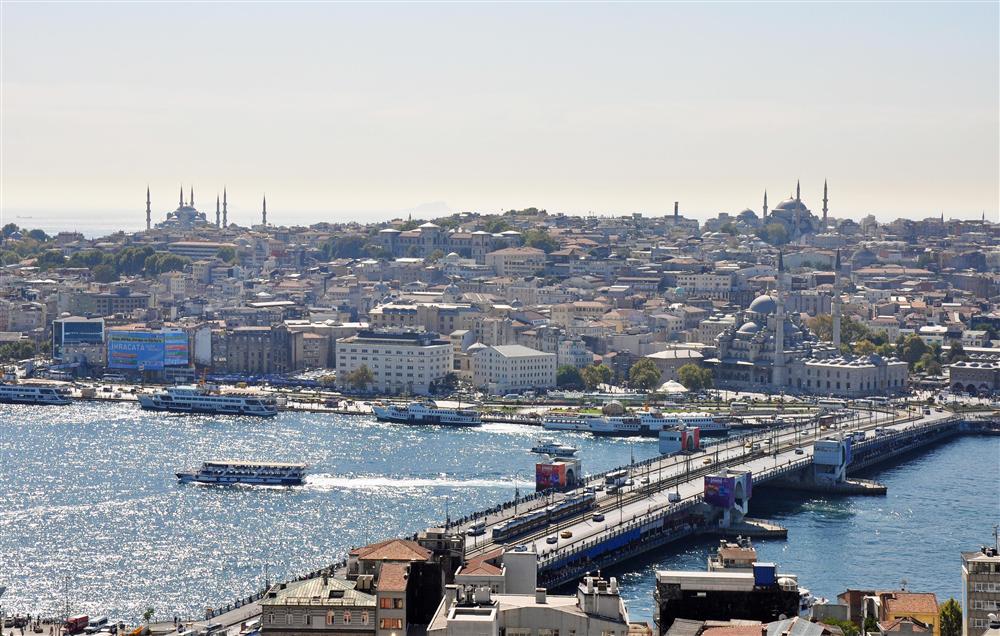
The Galata Bridge - the Sultan Ahmet (Blue Mosque) mosque - is at the far left
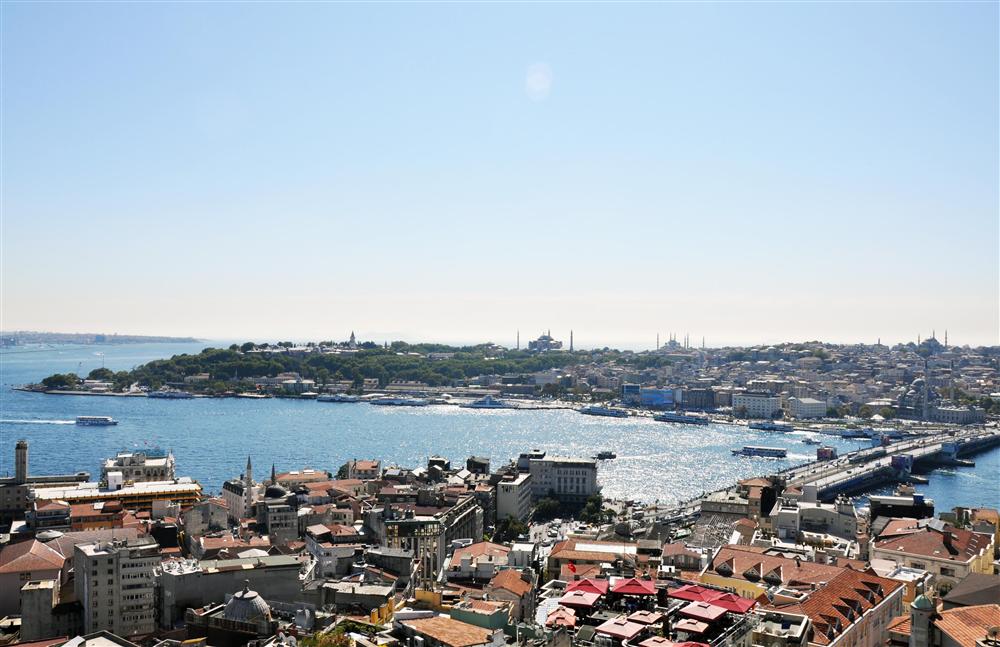
Across the Golden Horn, from left to right - Topkapi Palace, Hagia Sophia, Sultan Ahmet mosque, and Süleymaniye Mosque
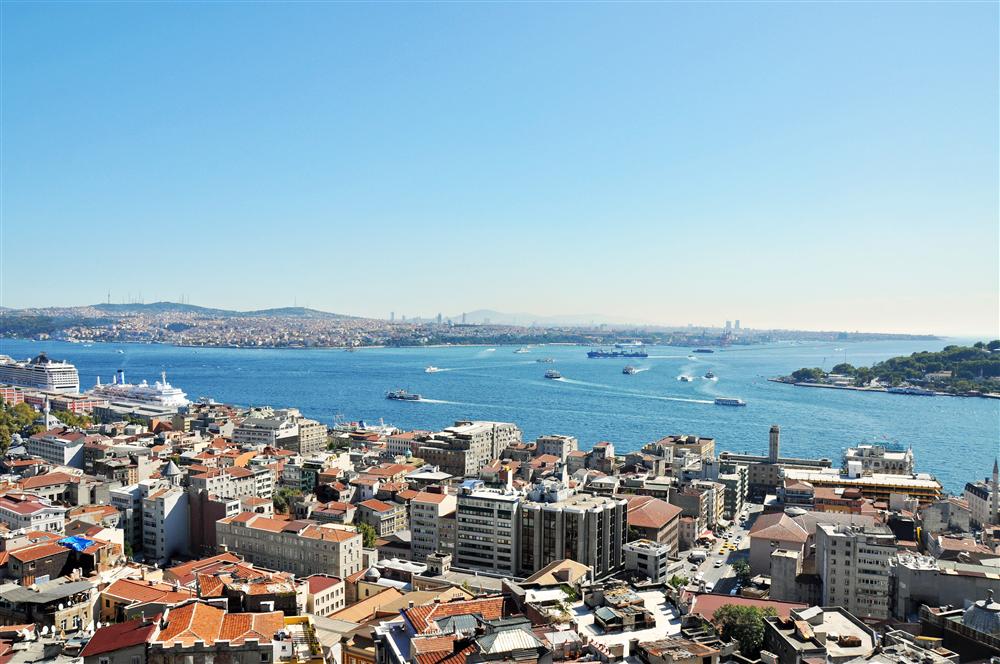
Golden Horn where it flows into the Bosphorus
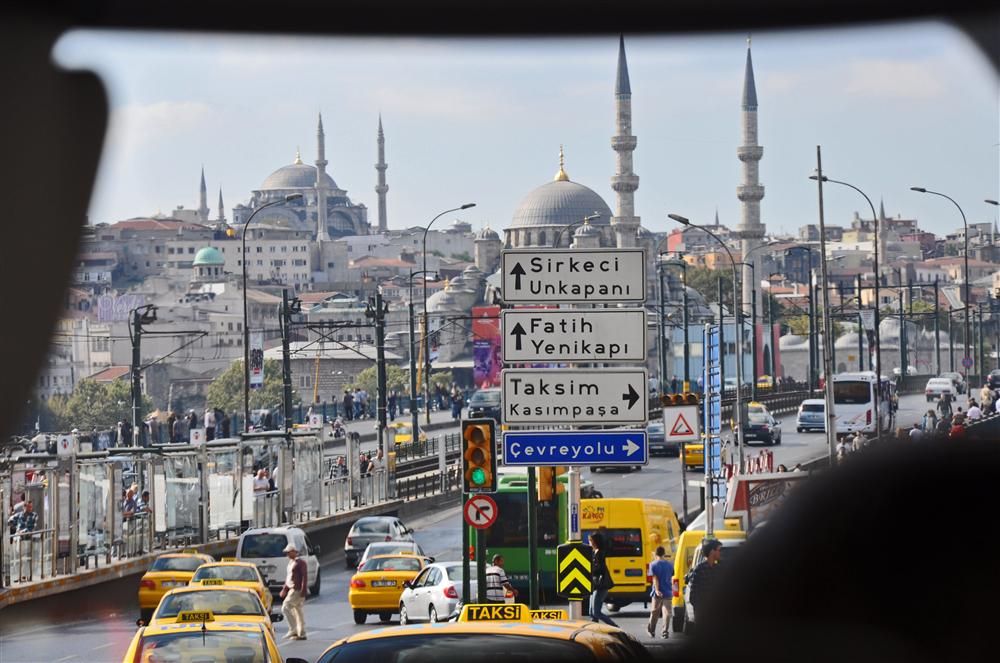
Crossing the Galata Bridge
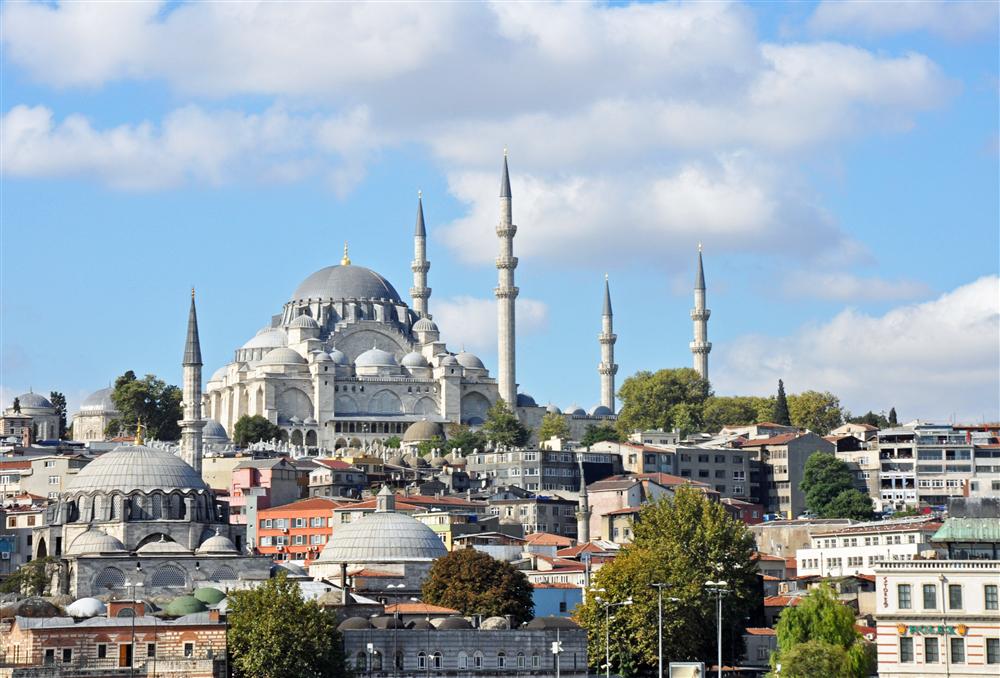
The Süleymaniye Mosque, the largest in Istanbul, named for Sultan Suleyman the Magnificent

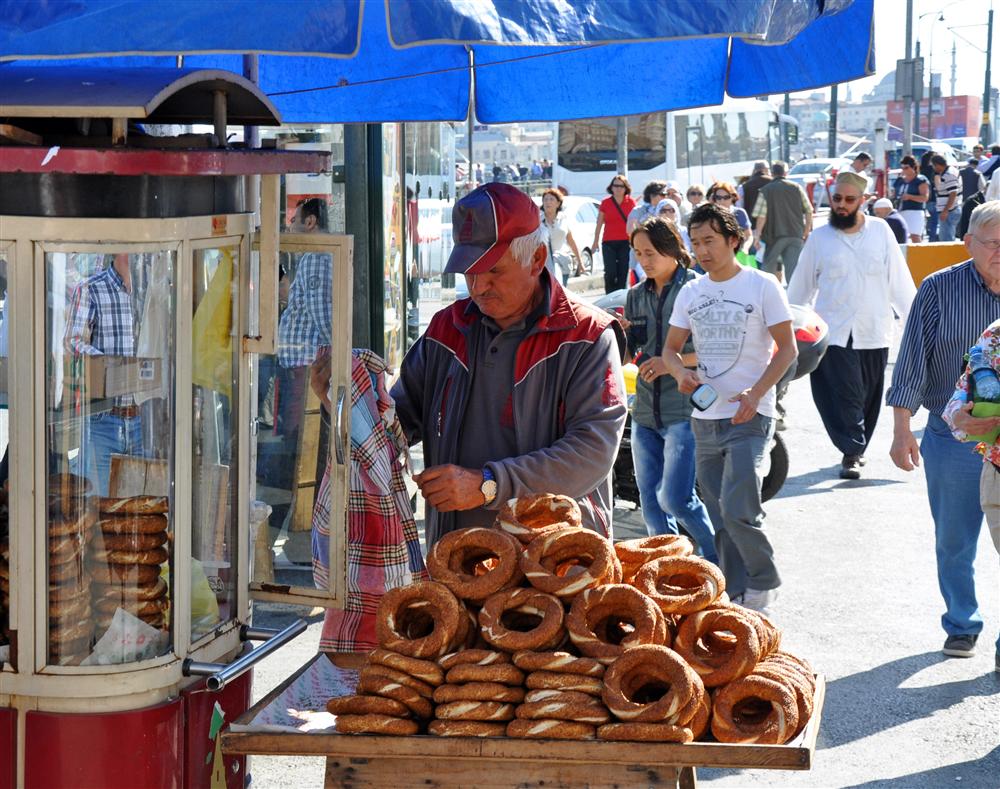


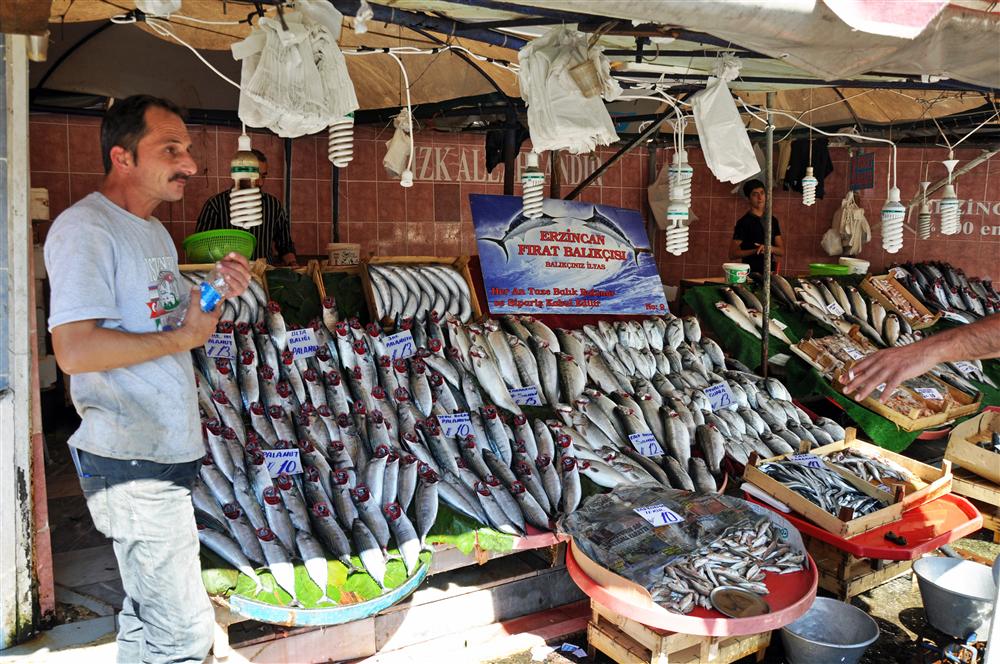

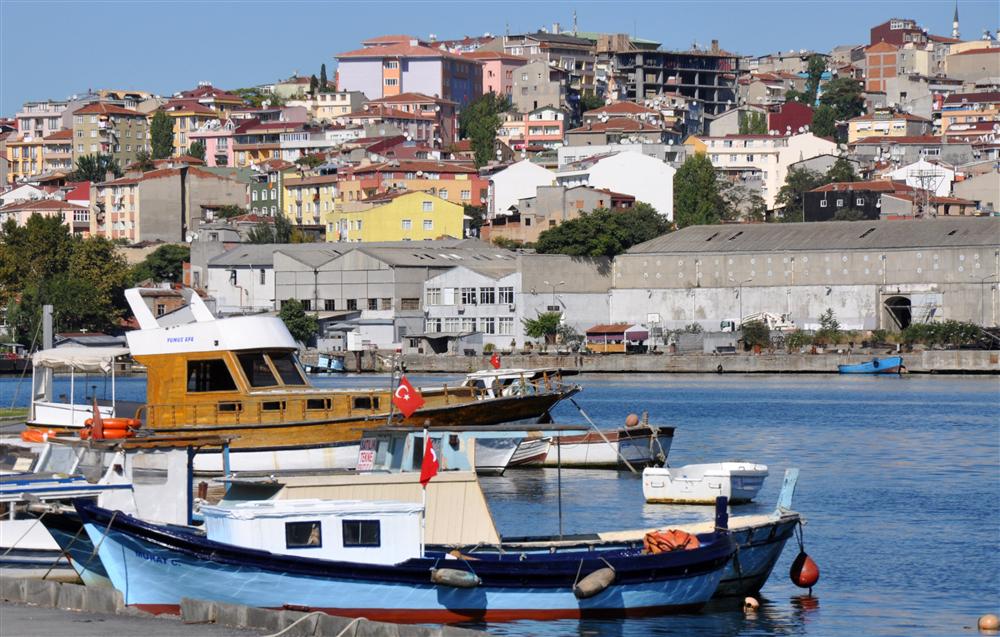
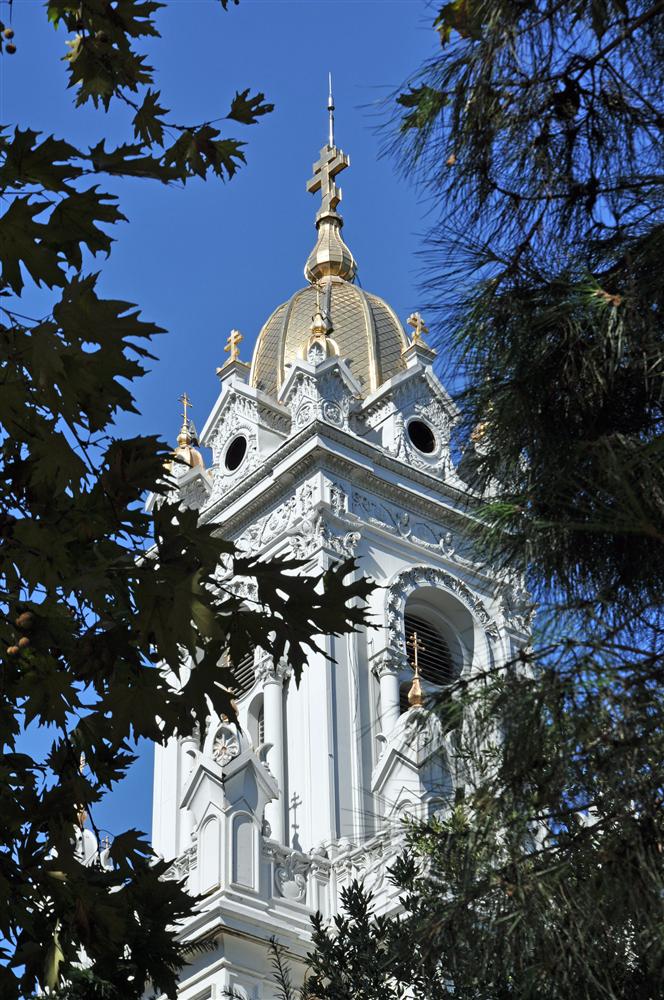
Bulgarian Orthodox Church - built in the 19th century and made of a steel frame and metal panels
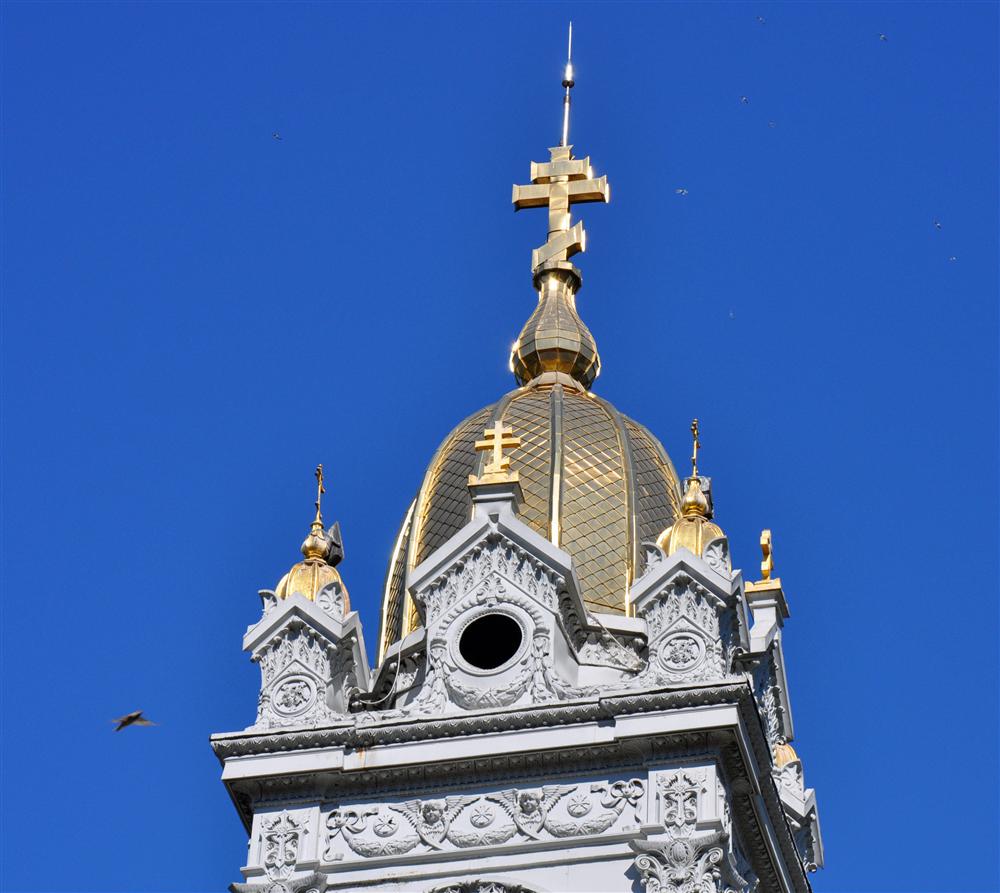
Basilica Cistern
The Basilica Cistern is the largest of several hundred ancient cisterns that lie beneath the city of Istanbul (formerly Constantinople), Turkey. The cistern, located 500 feet southwest of the Hagia Sophia on the historical peninsula of Sarayburnu, was built in the 6th century during the reign of Byzantine Emperor Justinian I. Some of the materials appear to be reused from plundered temples.
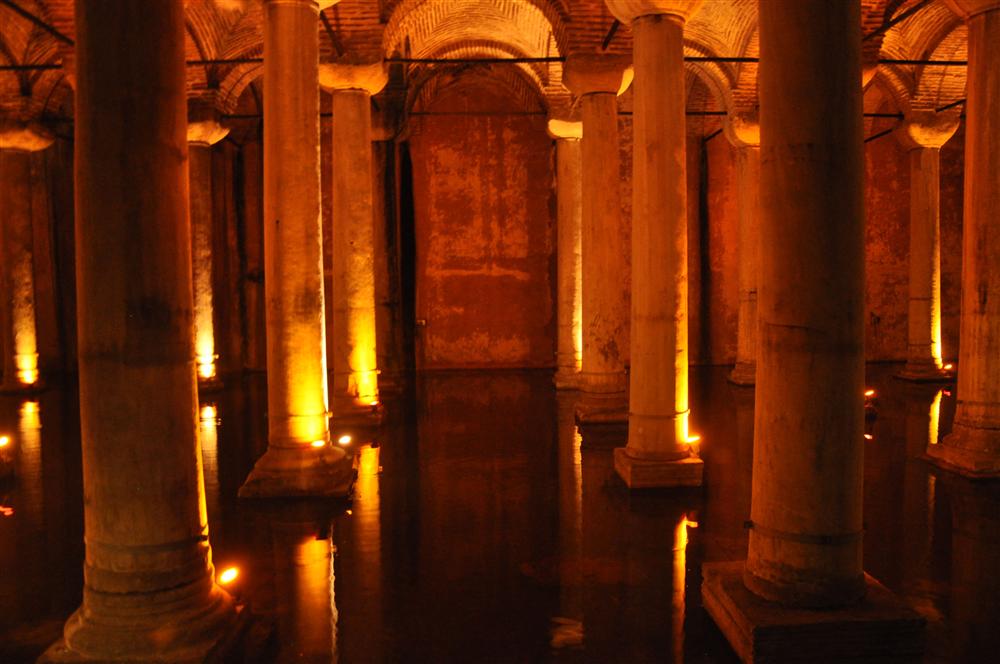

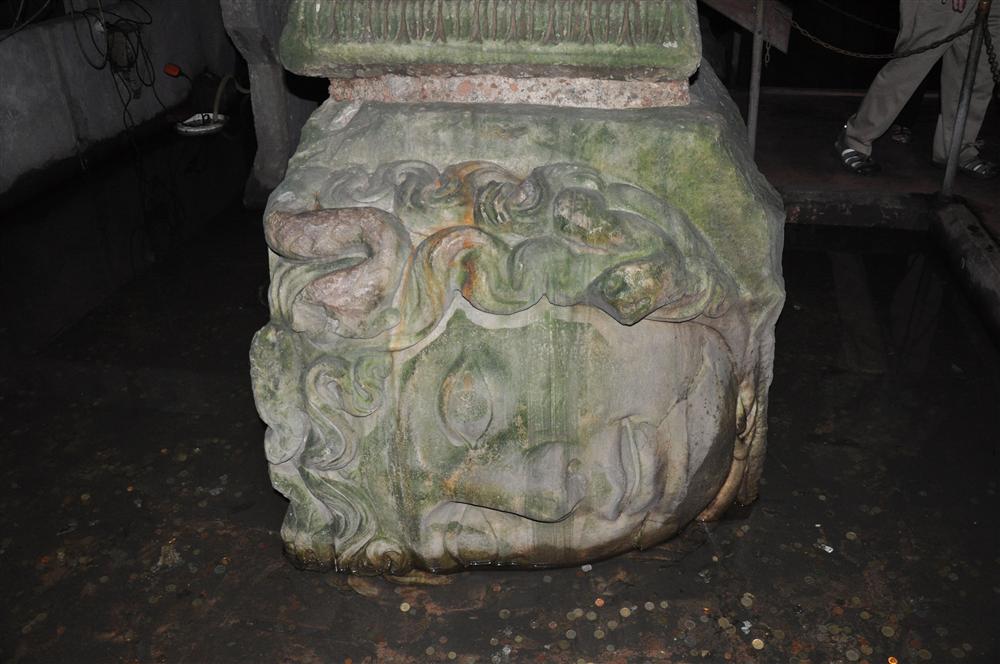
Princes' Islands
The Princes' Islands are a chain of nine islands off the coast of Istanbul in the Sea of Marmara, a short ferry ride from the city. The islands are popular destinations for day trips from Istanbul. There is no private vehicular traffic, so it is a respite from the heavy traffic in Istanbul.
During the Byzantine period, princes and other royalty were exiled on the islands - hence the name. The islands were taken by the Ottoman fleet during the siege of Constantinople in 1453. During the nineteenth century, the islands became a popular resort for Istanbul's wealthy, and Victorian-era cottages and houses are still preserved on Büyükada (the largest island).
Of note, Leon Trotsky was deported from the Soviet Union in February 1929 and was exiled to Büyükada for four years.
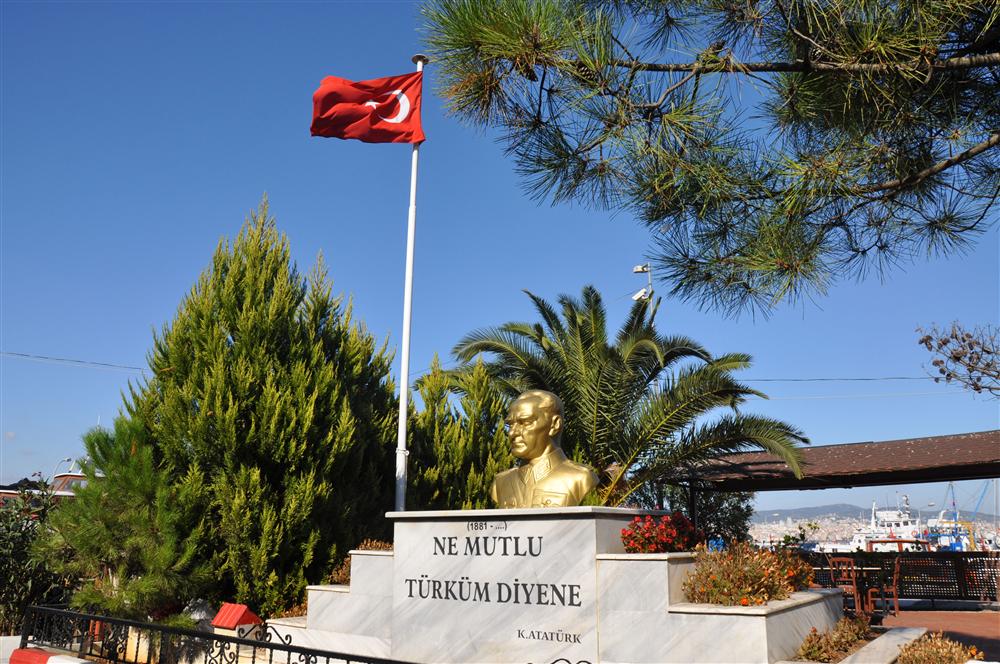
The father of modern Turkey - Kemal Ataturk
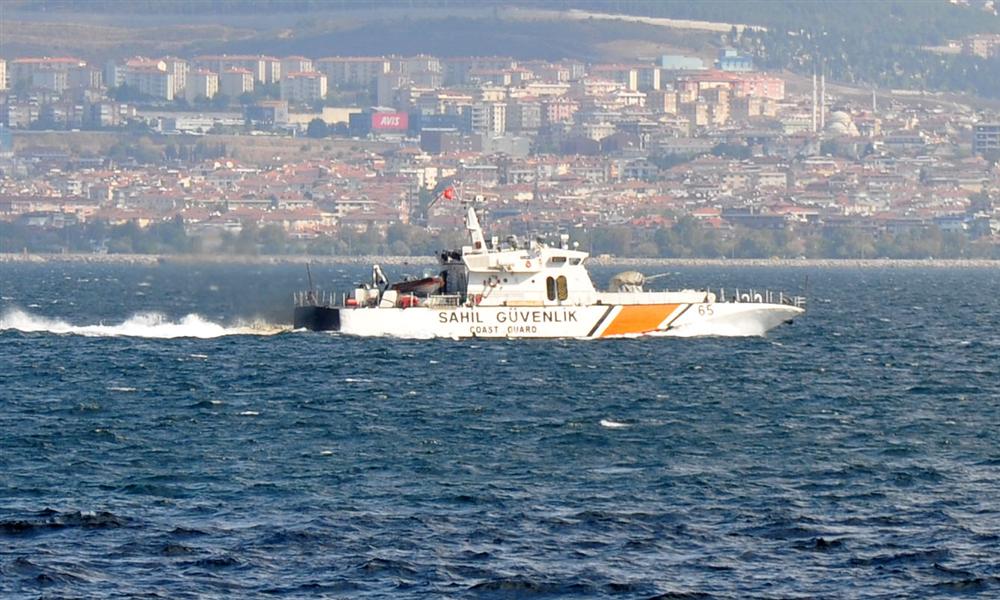
Turkish Coast Guard TCSG-65, a Turkish Coast Guard SAR-33 class patrol boat, built in Turkey from an Italian design

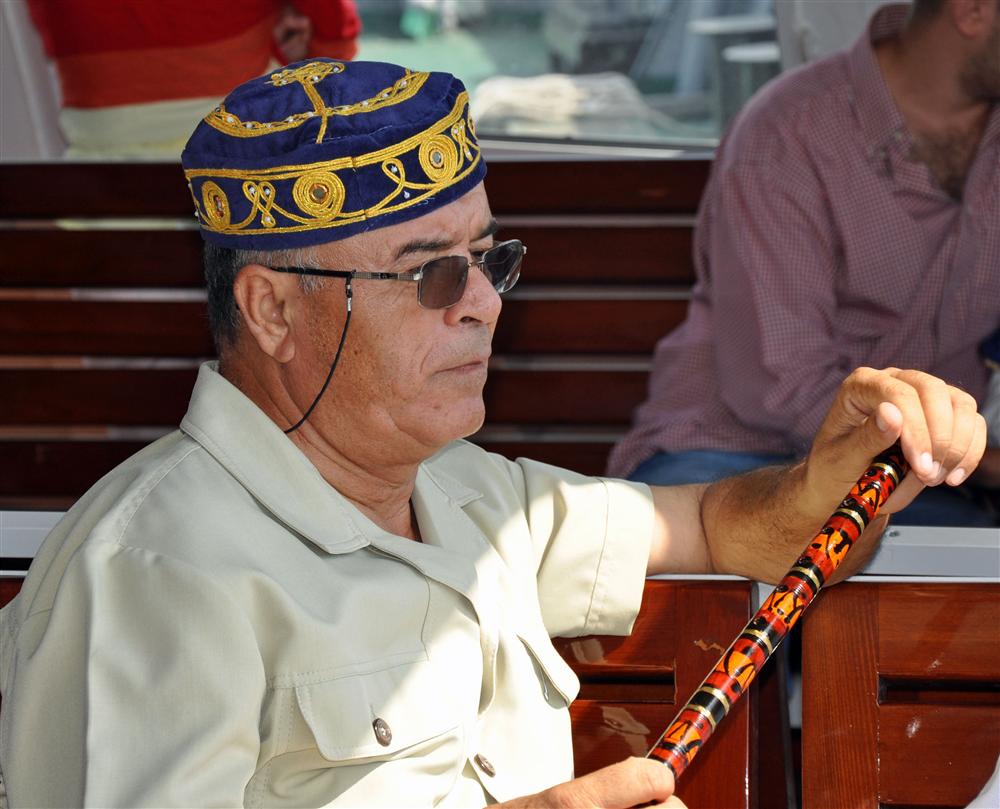
Fellow passenger on the ferry
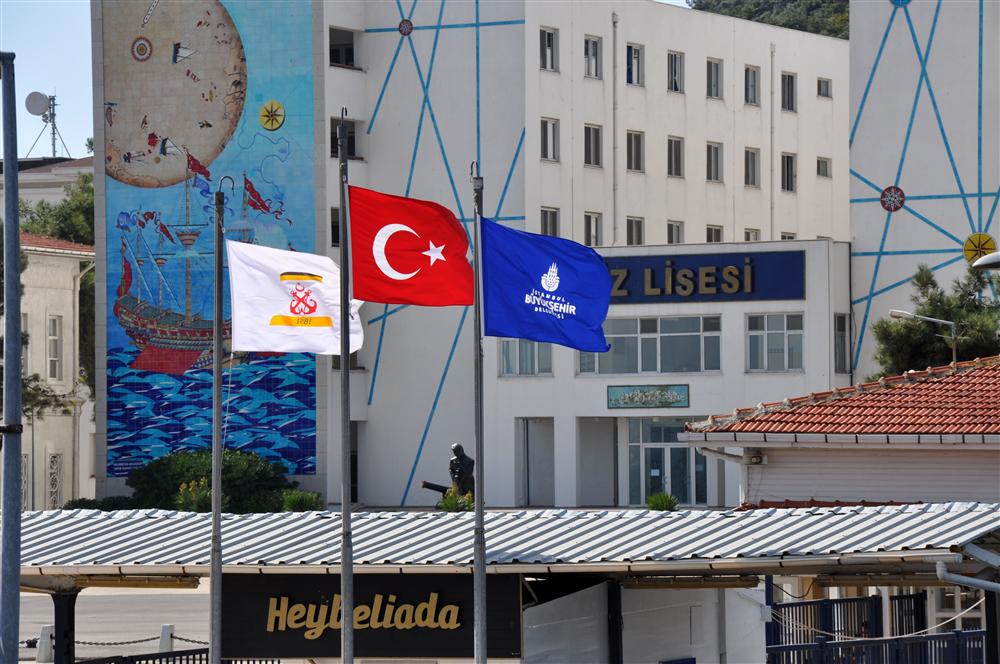
Naval high school on the island of Heybeliada - a prep school for the naval academy
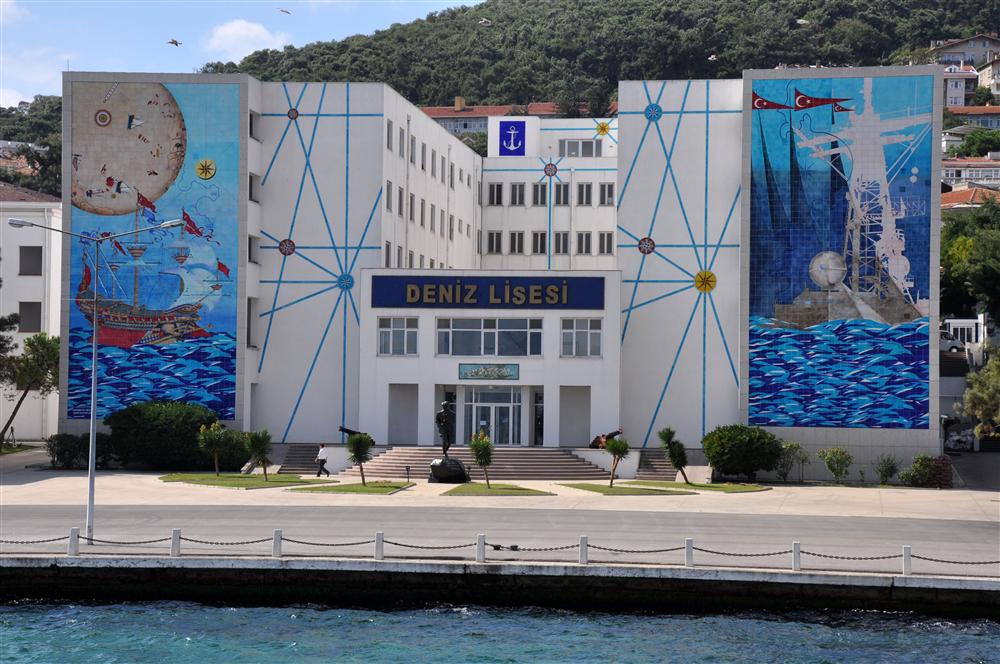
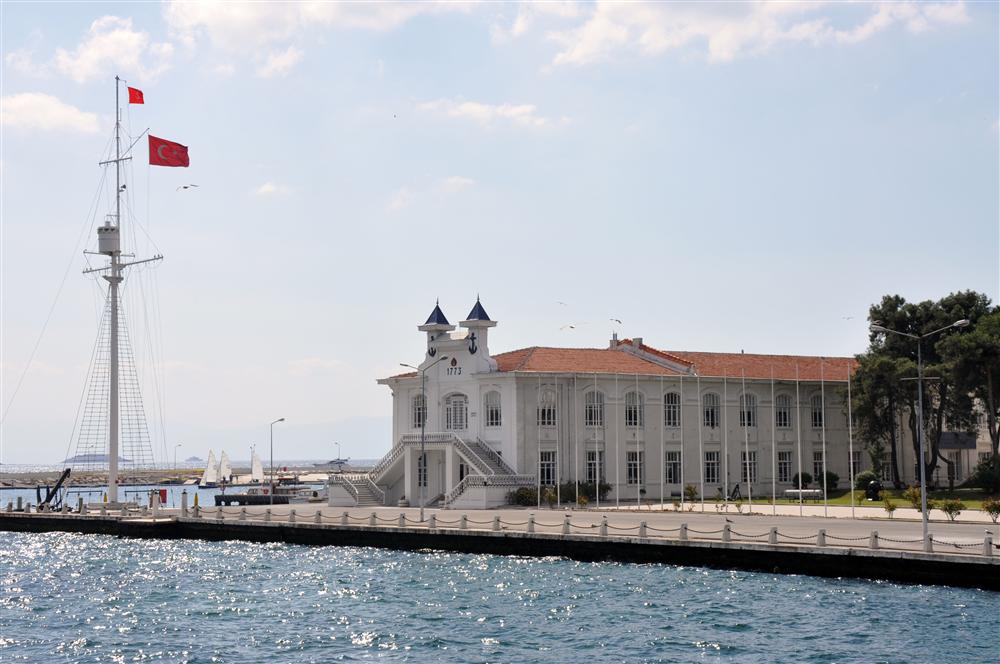
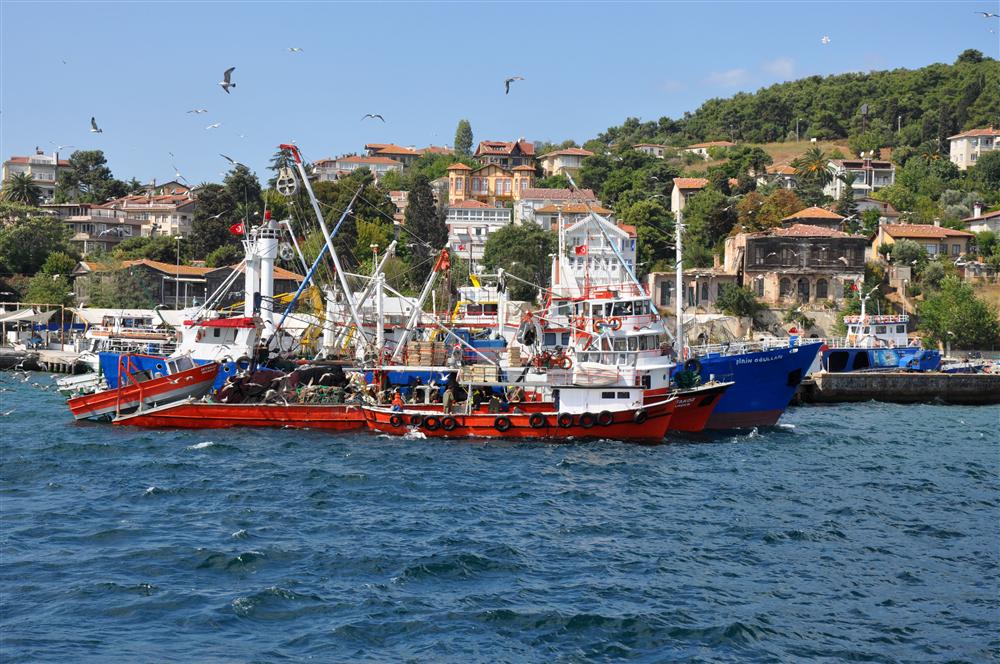
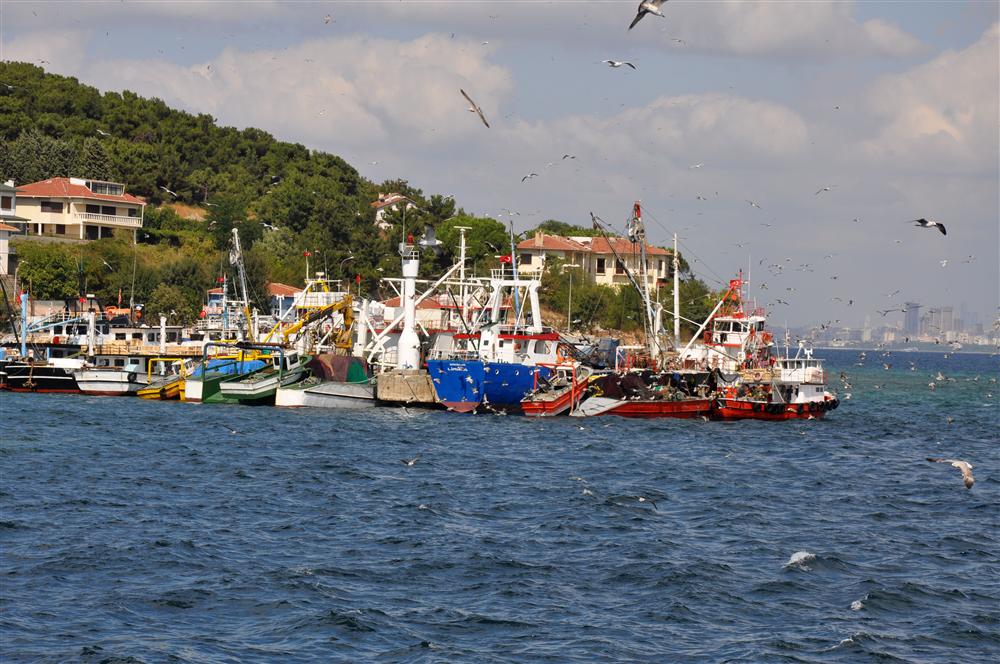

Büyükada - the largest of the islands
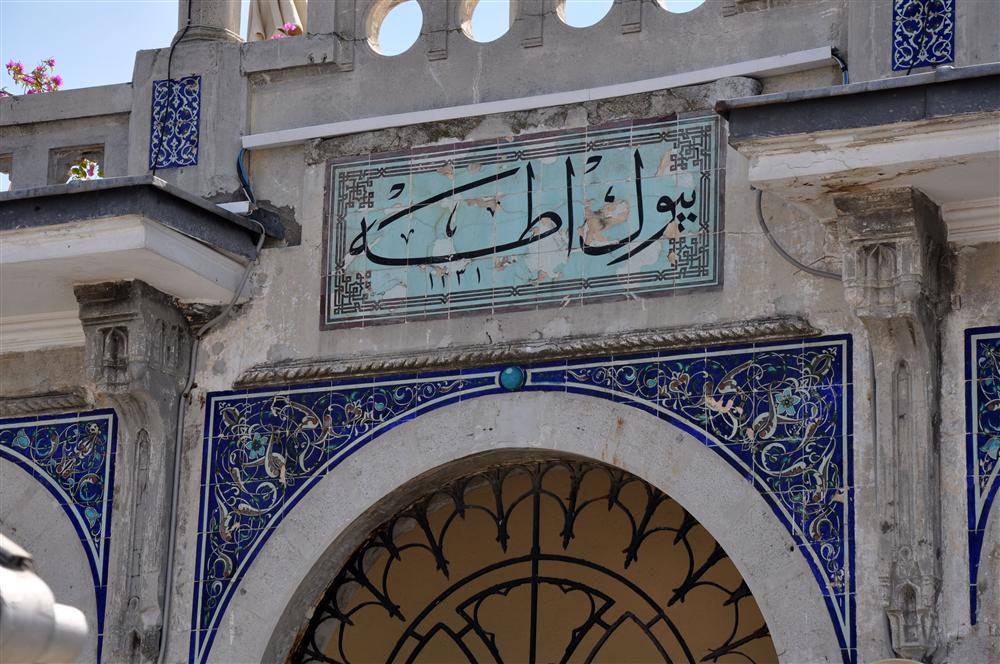 Pre-Ataturk tiles when Turkish was written with Arabic script - it reads Biyuk Atah, which is now Büyükada
Pre-Ataturk tiles when Turkish was written with Arabic script - it reads Biyuk Atah, which is now Büyükada
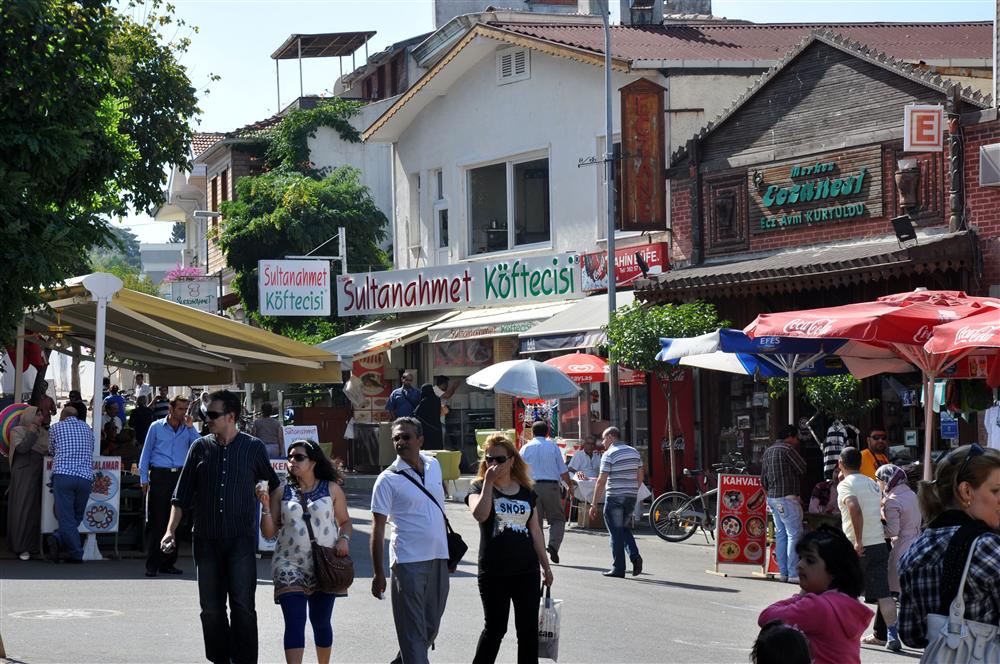
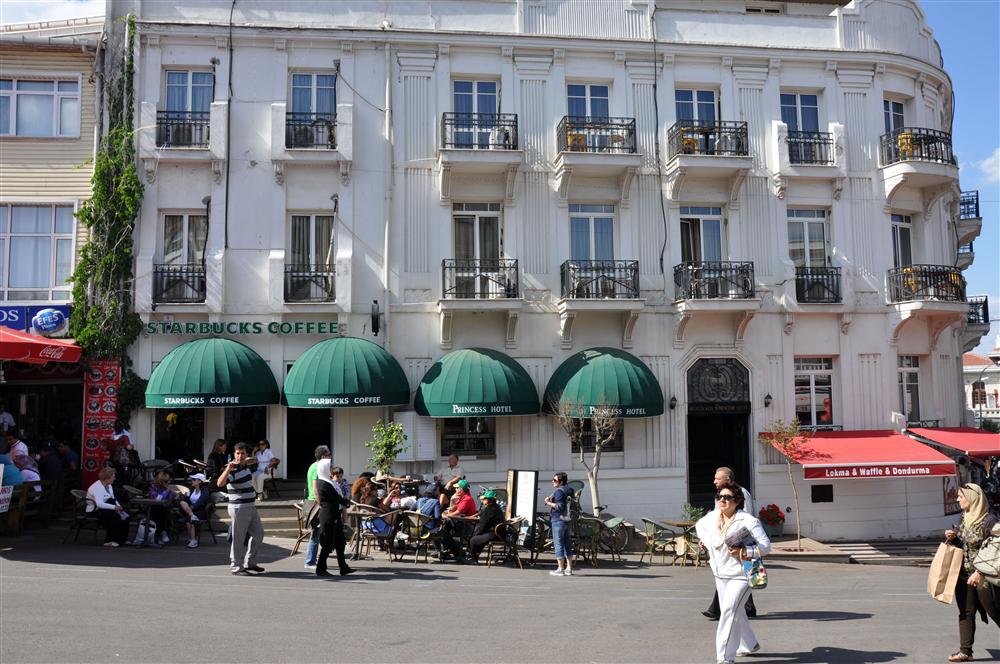
Yes, they're everywhere
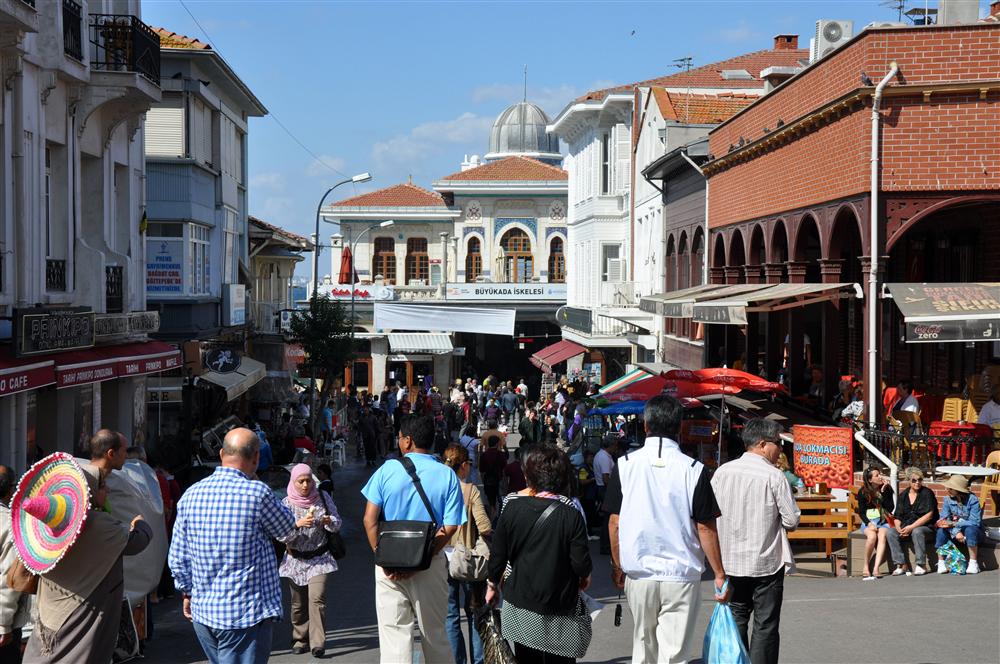

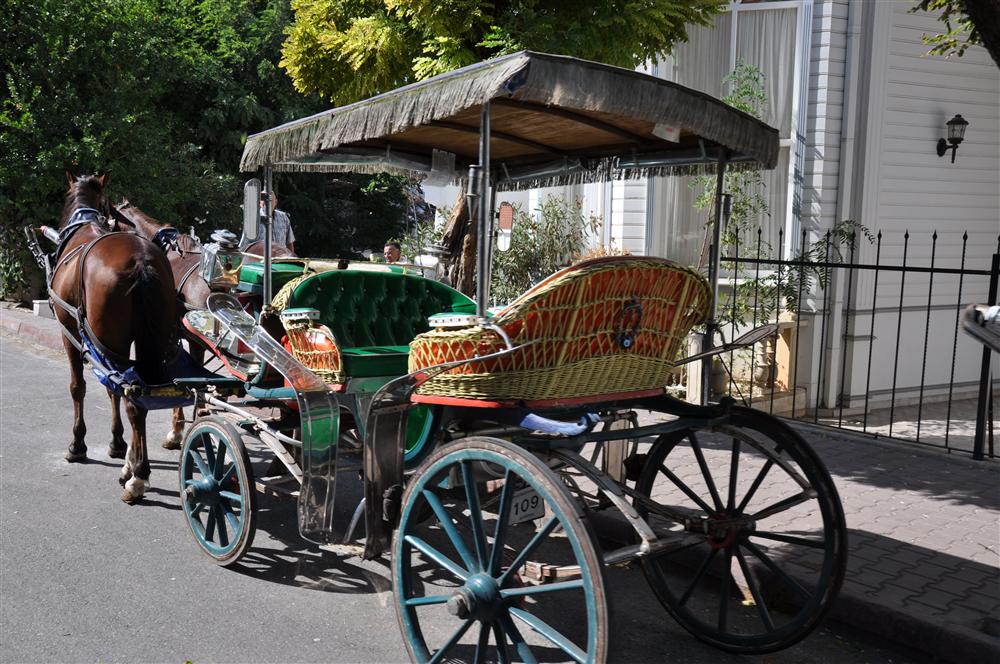
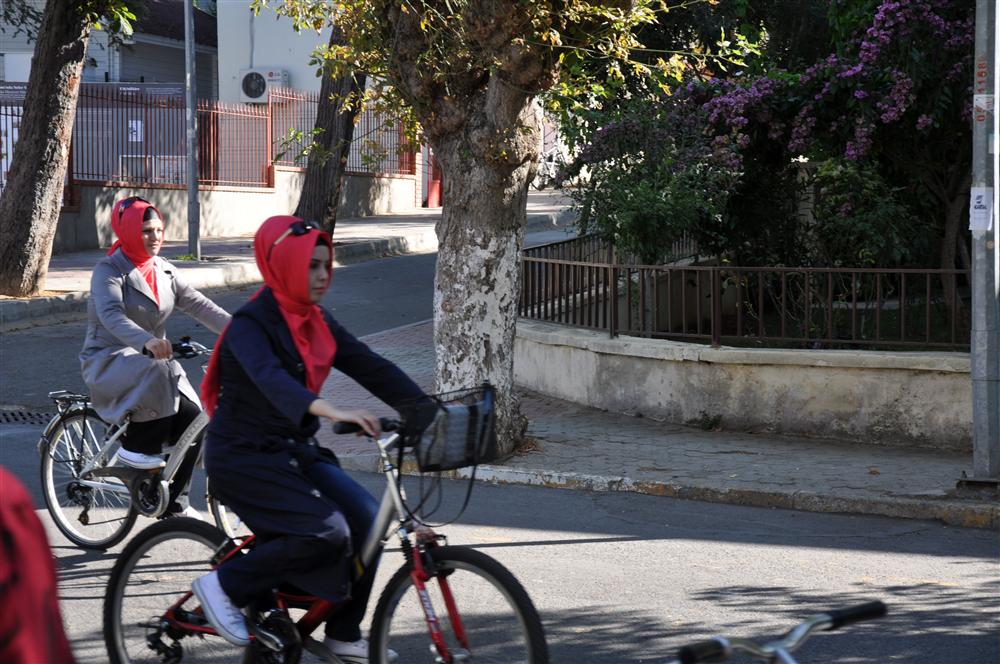
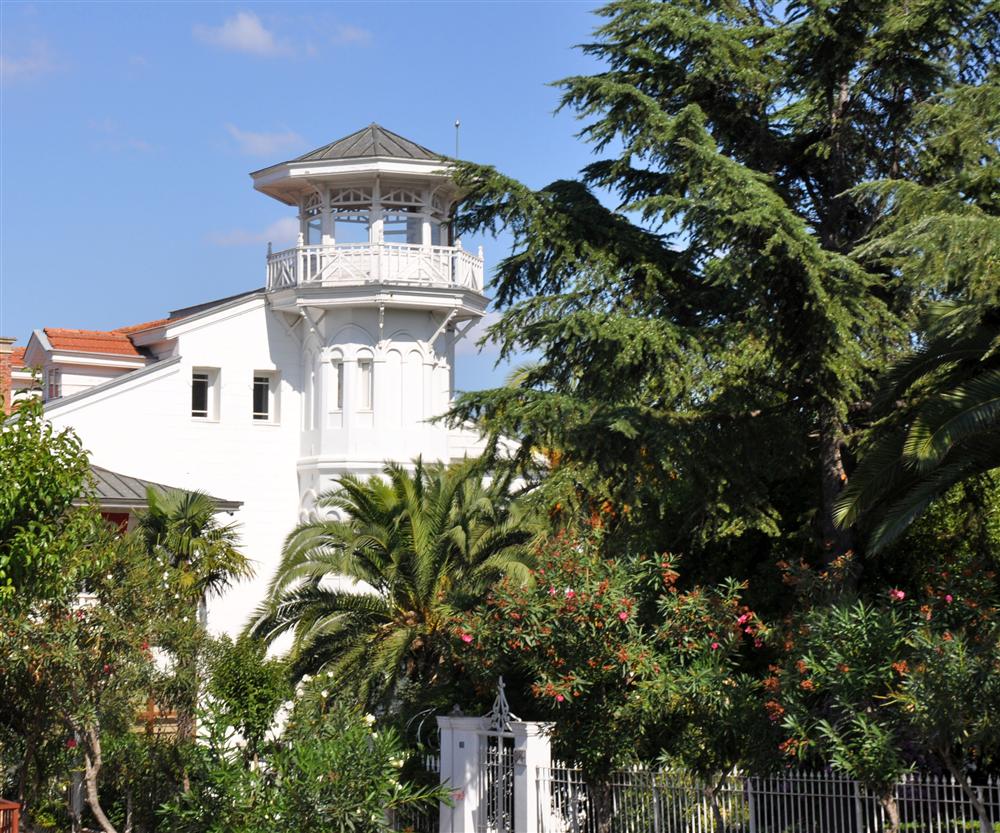


The naval high school on neighboring Hyebeliada; Istanbul in the distance
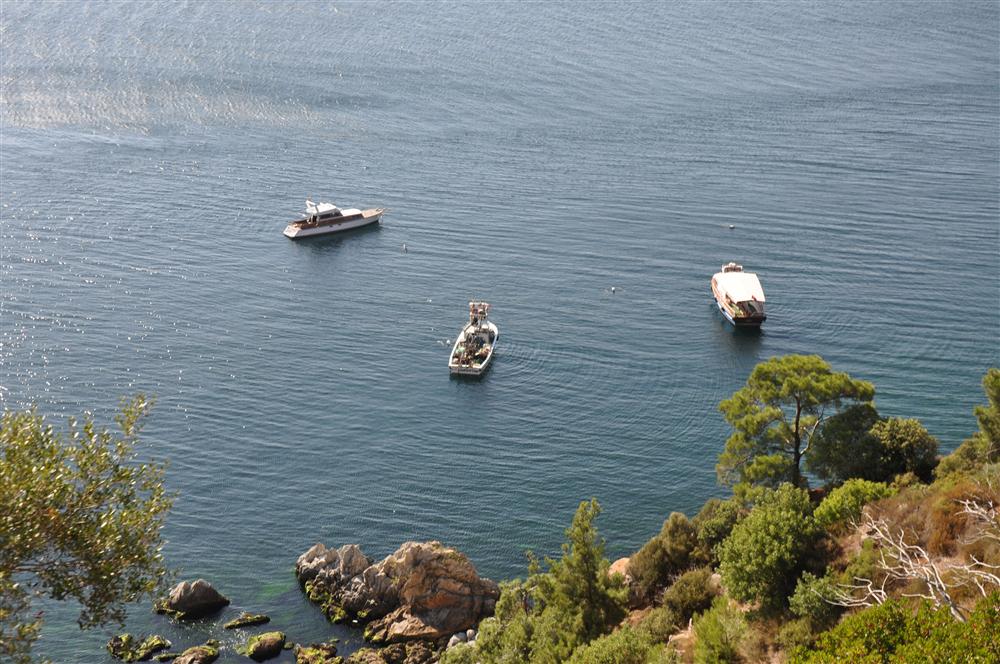
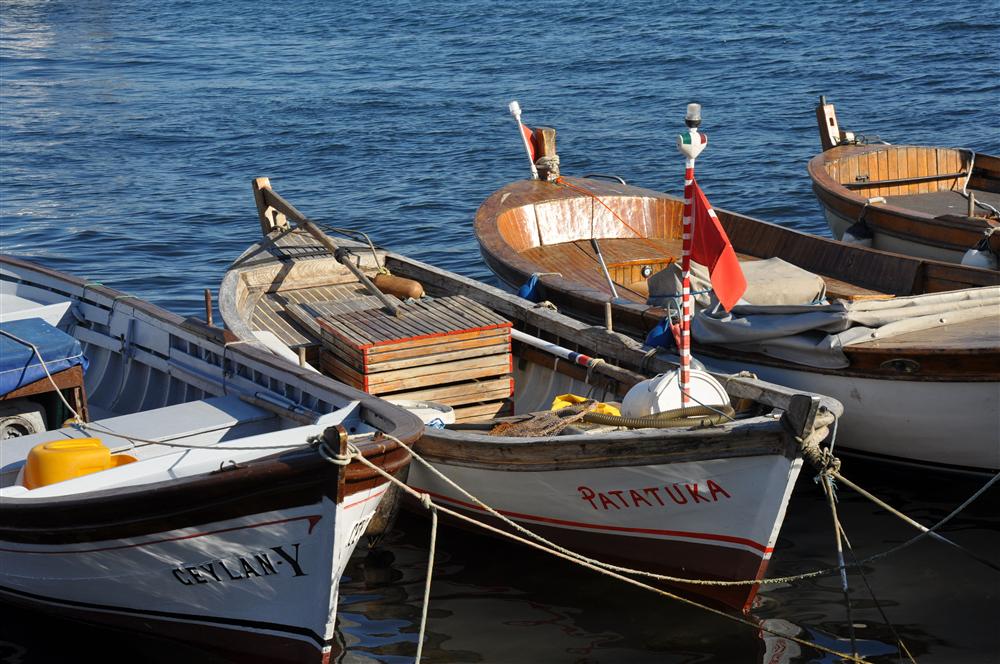
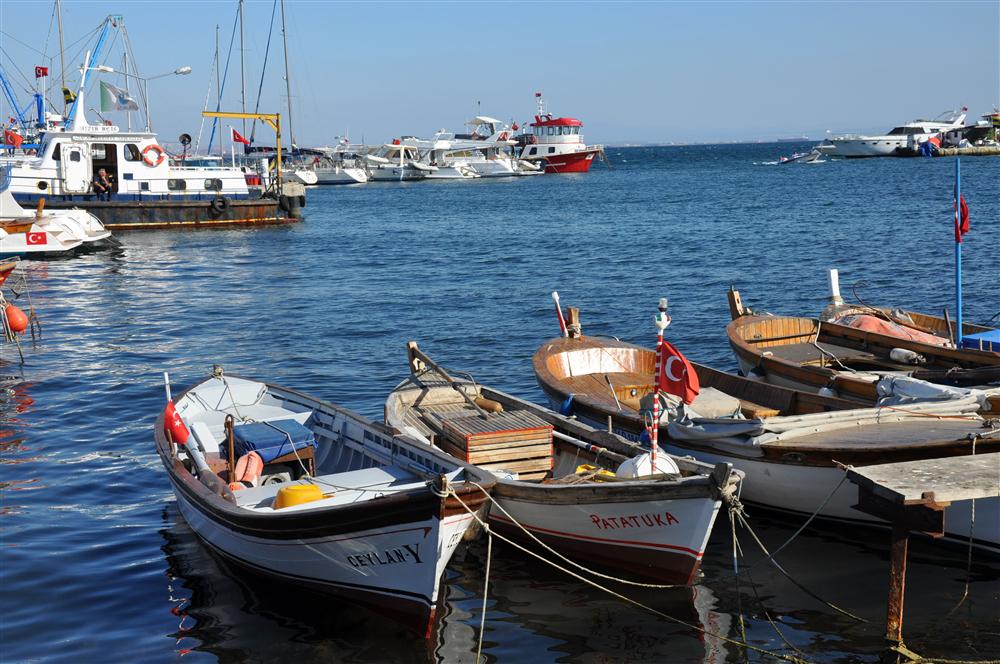
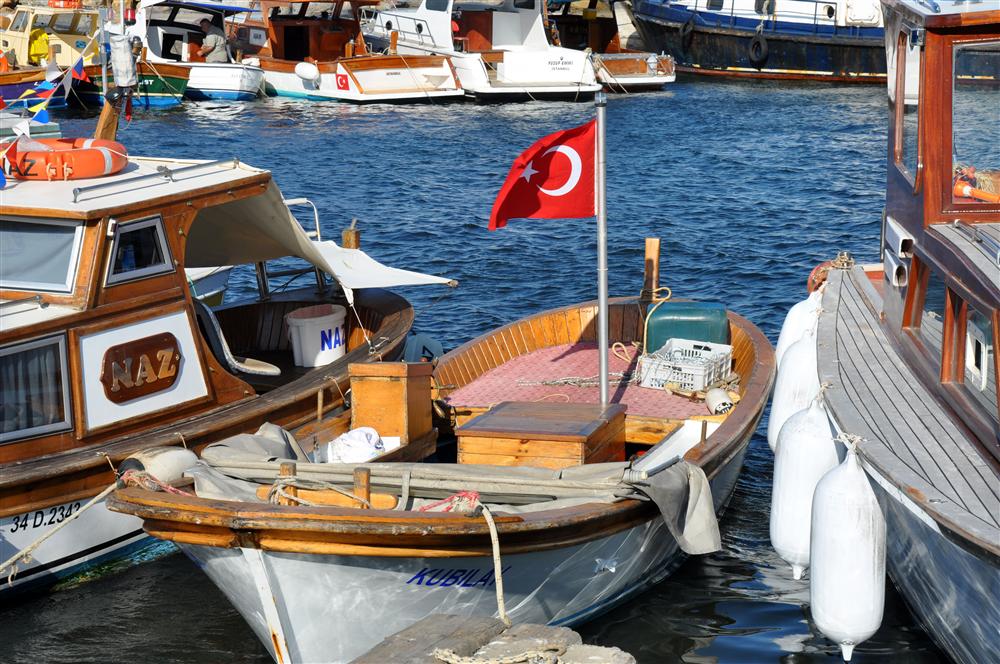
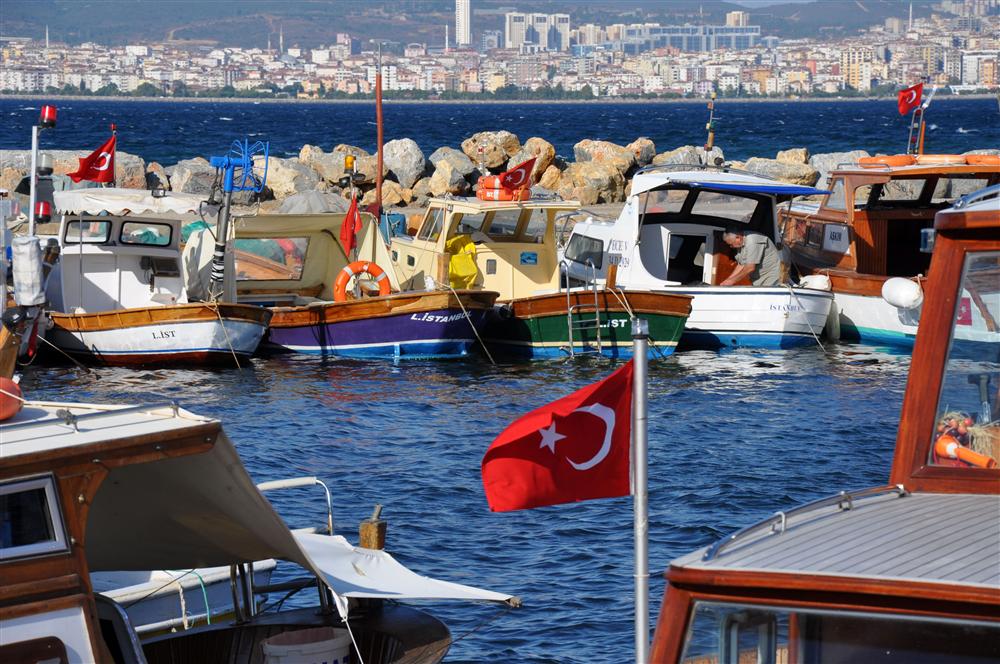
Iznik
İznik, (which derives from the former Greek name Νίκαια, Nicaea) in western Anatolia, is a city in Turkey which is primarily known as the site of the First and Second Councils of Nicaea, the first and seventh Ecumenical councils in the early history of the Church, the Nicene Creed, and as the capital city of the Empire of Nicaea. It served as the interim capital city of the Byzantine Empire between 1204 and 1261, following the Fourth Crusade in 1204, until the recapture of Constantinople by the Byzantines in 1261.
Today, Iznik is known for its exquisite ceramic tiles.
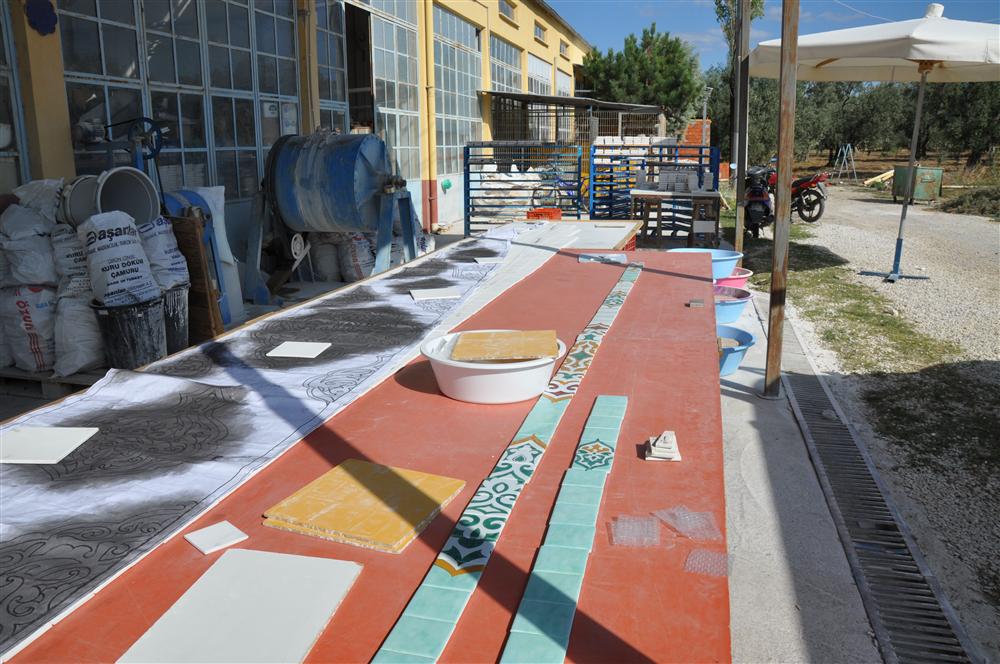
These women are working on tiles that will cover a mosque in Kazakhstan
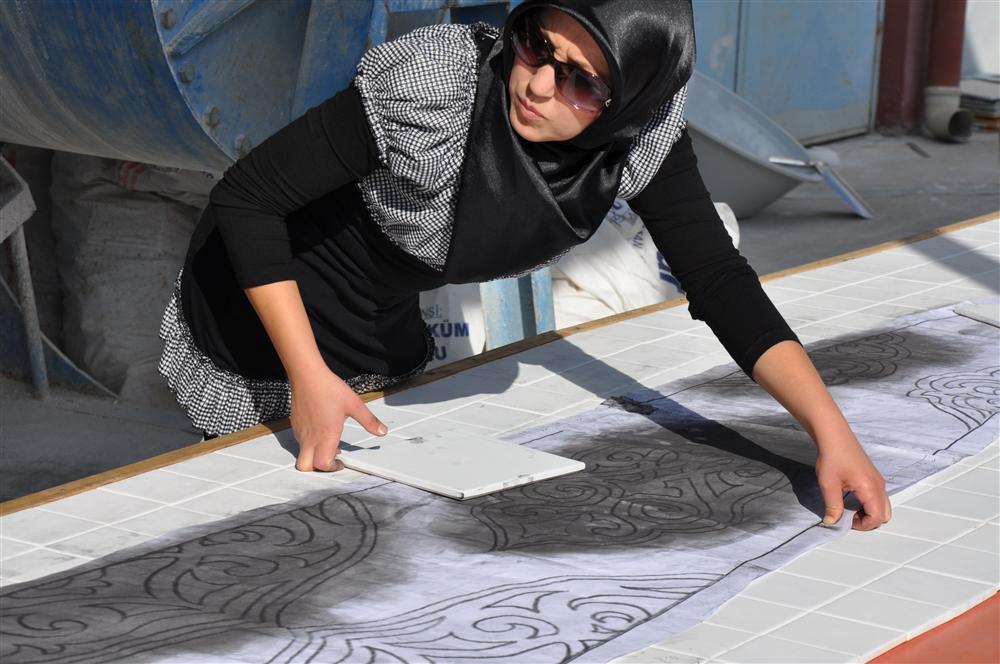
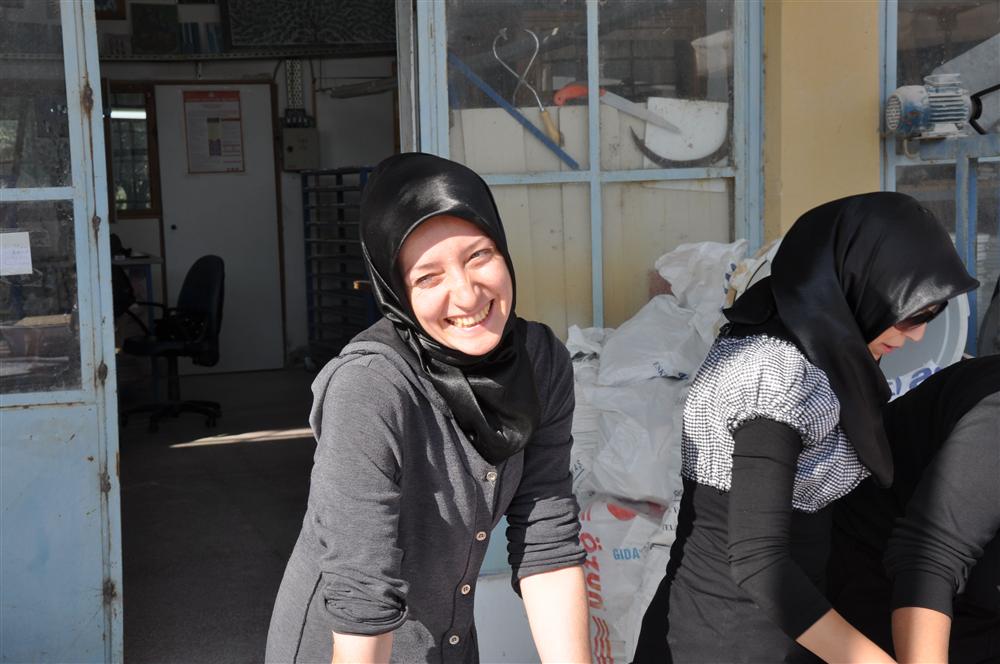
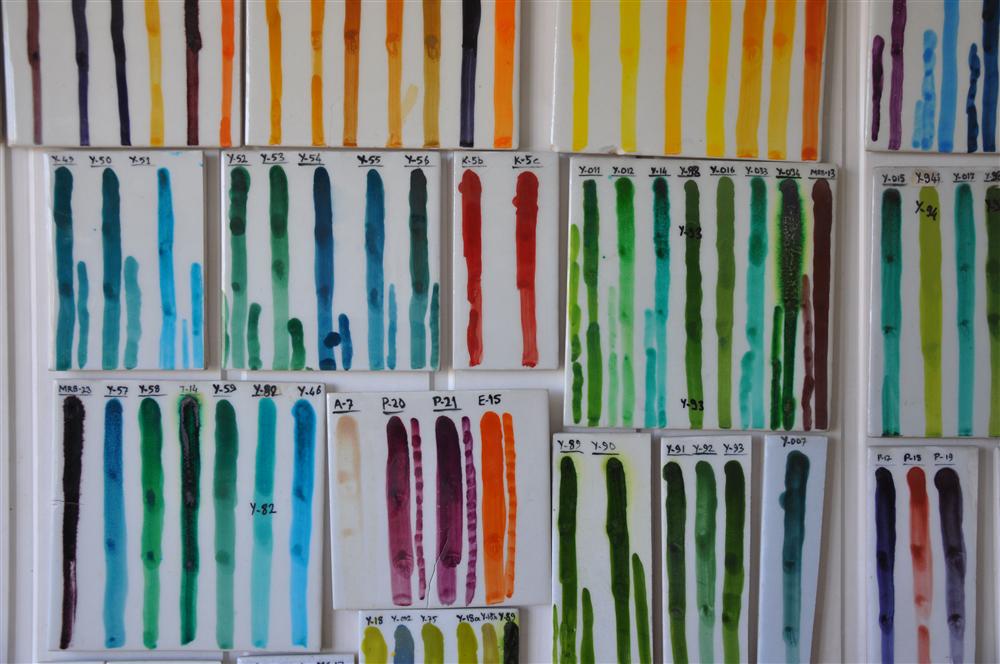
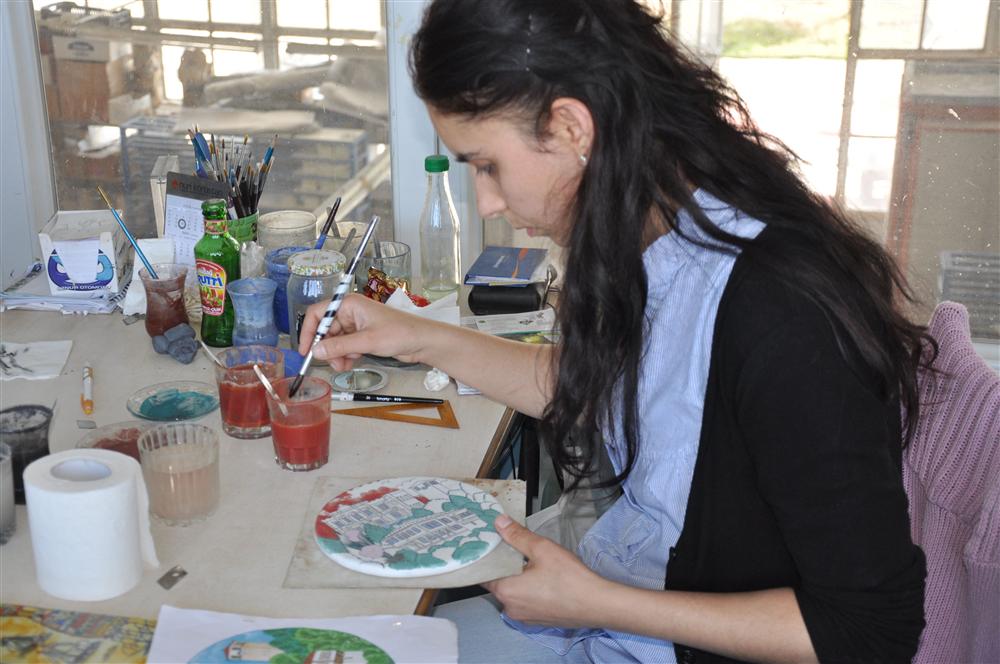
Around town
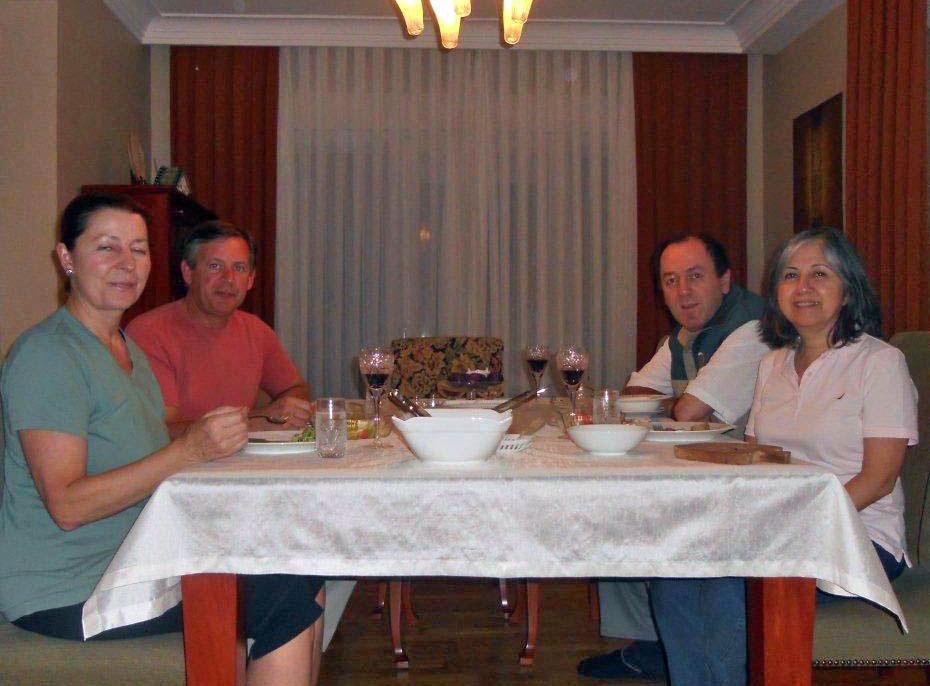
With our host family - Suleyman and Oya Girit
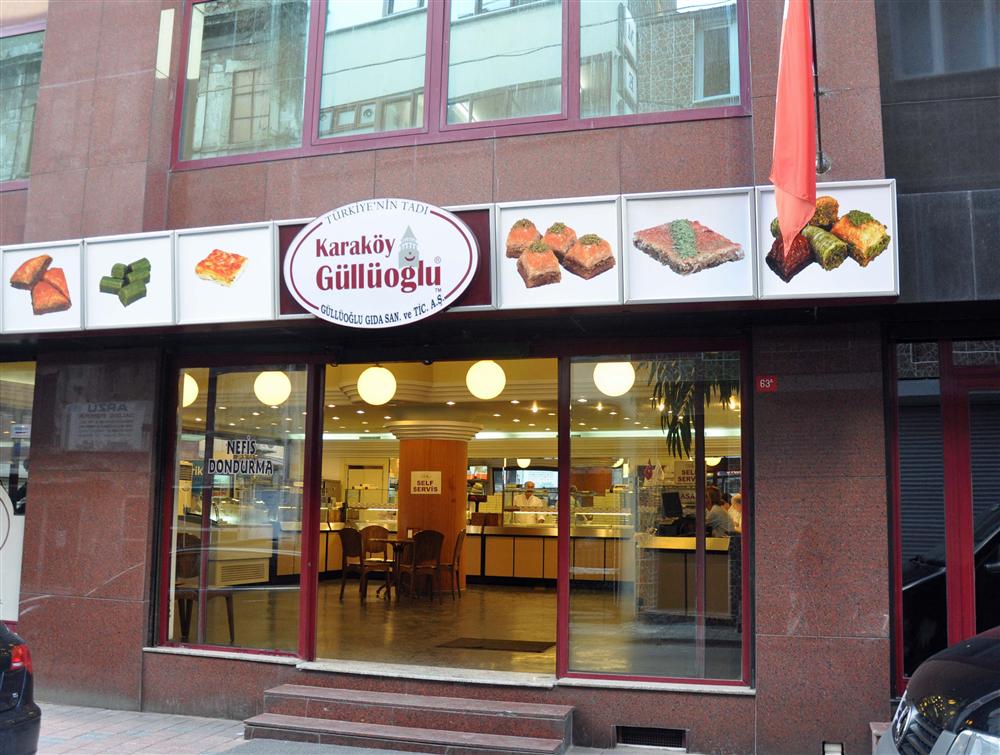
The best baklava in Turkey, so we are told
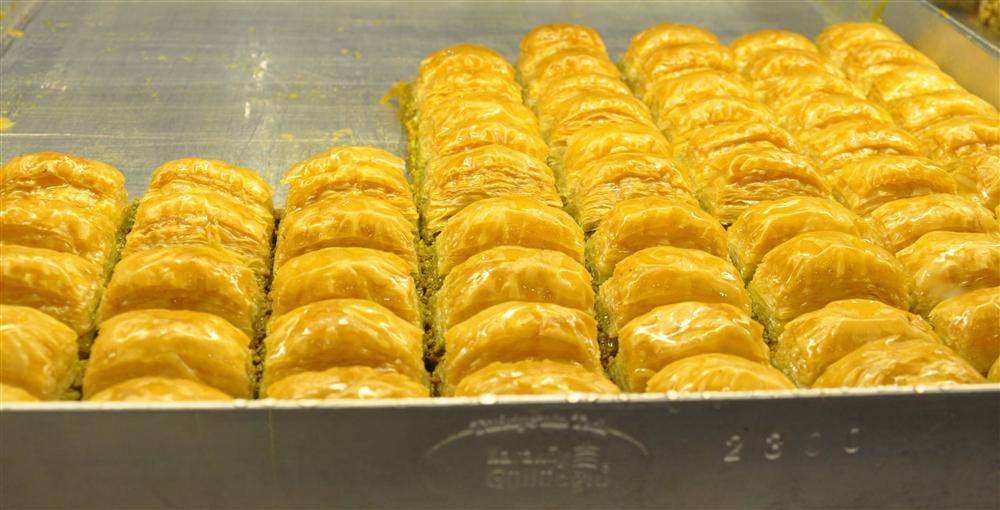

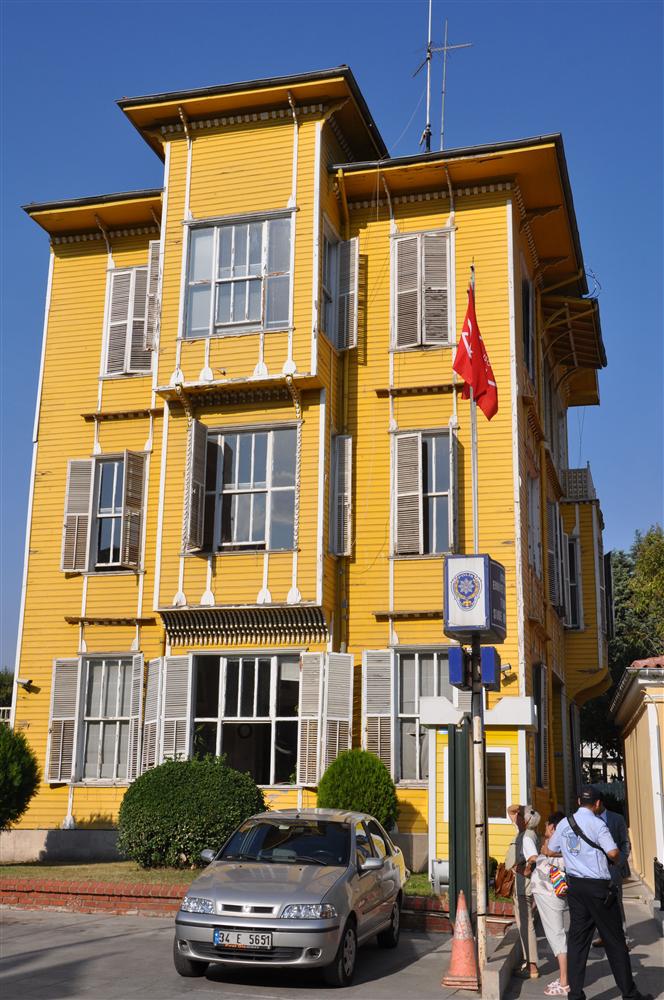
Ottoman-style police station
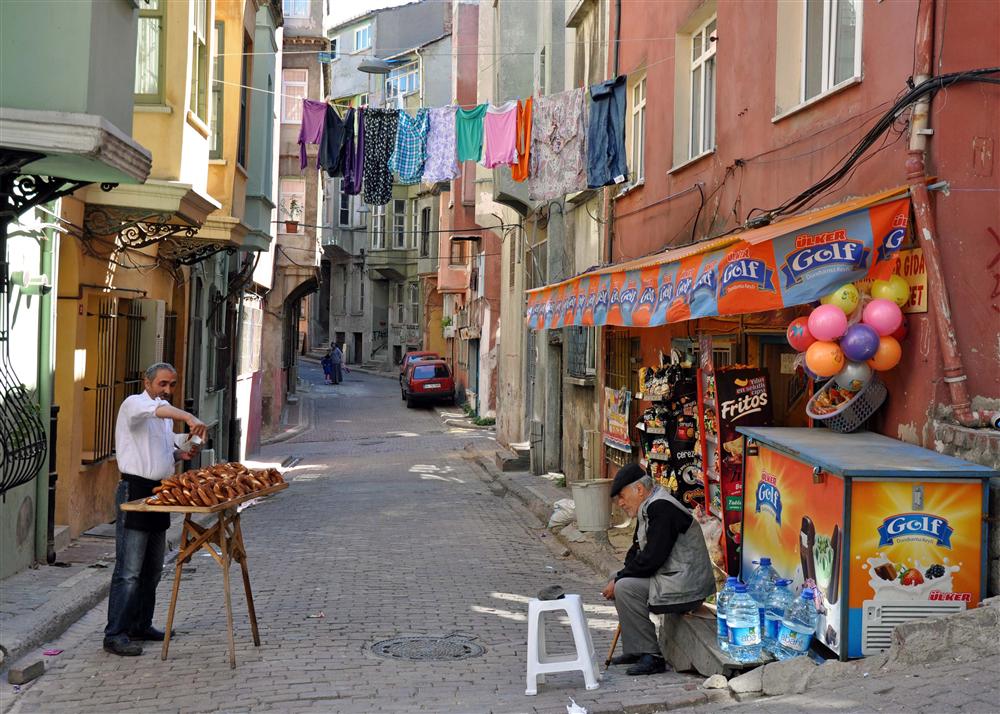

Mobile fish market

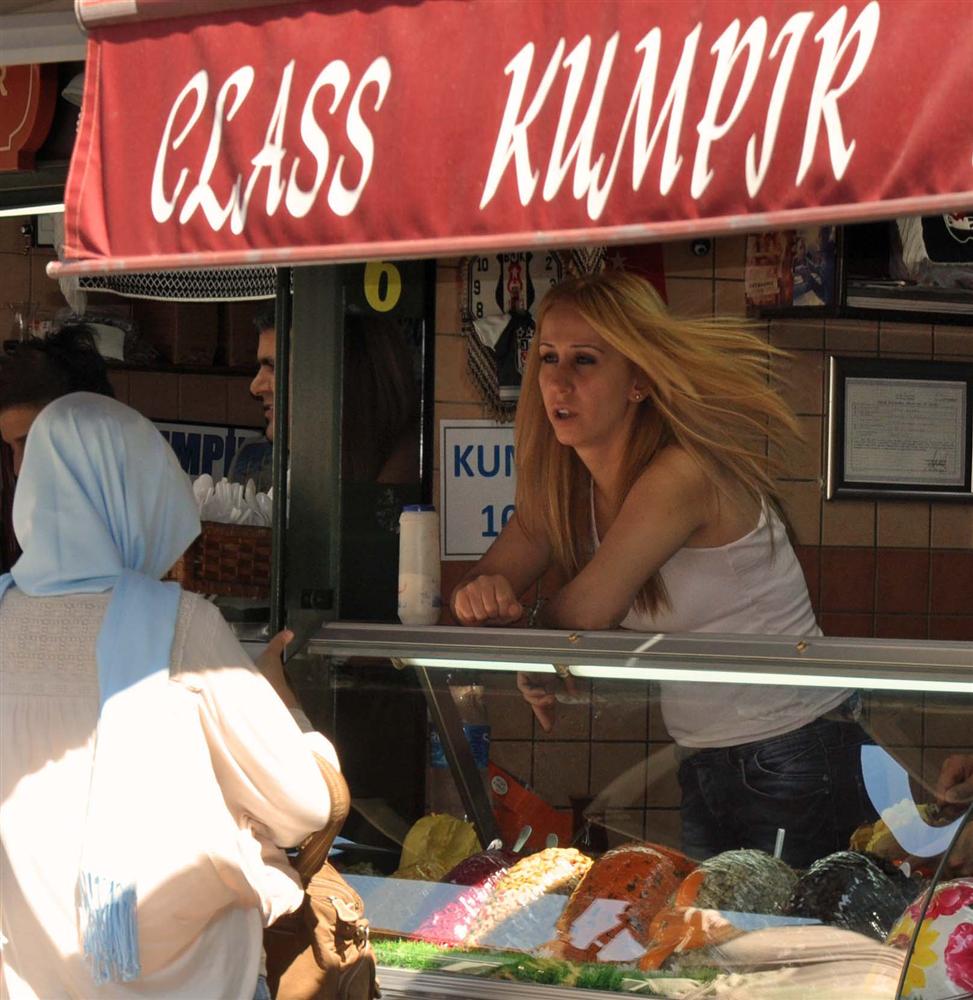
Baked potato (kumpir) seller
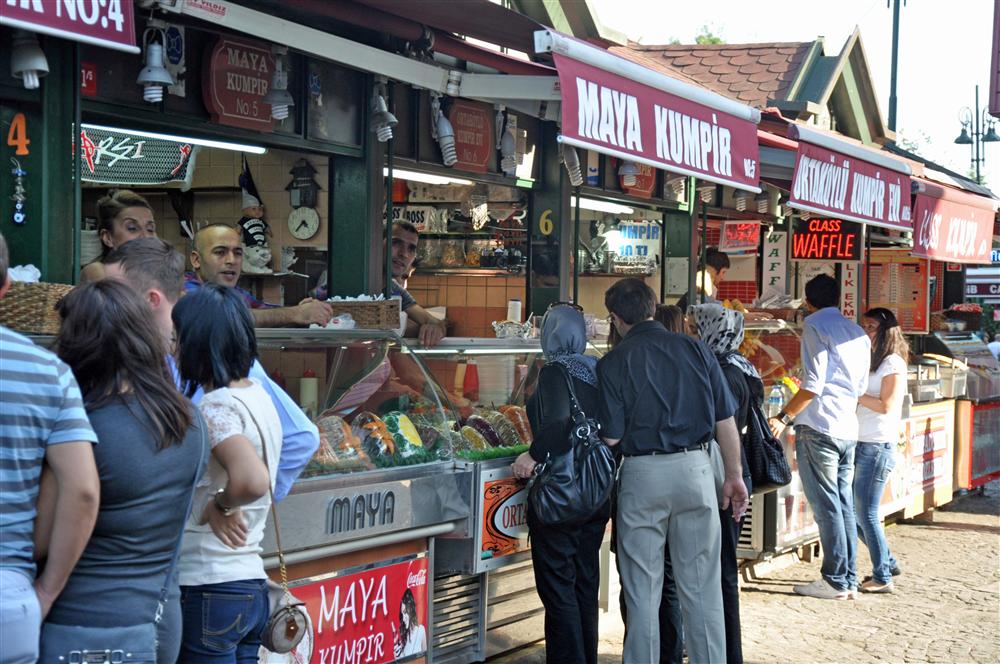

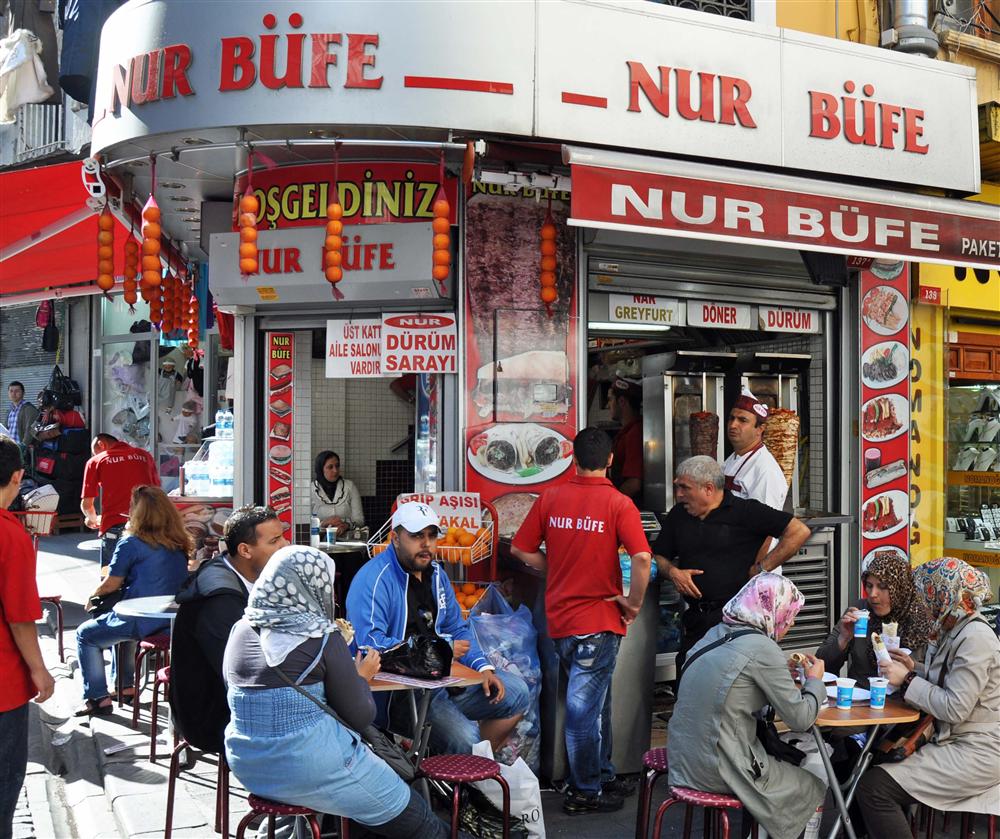


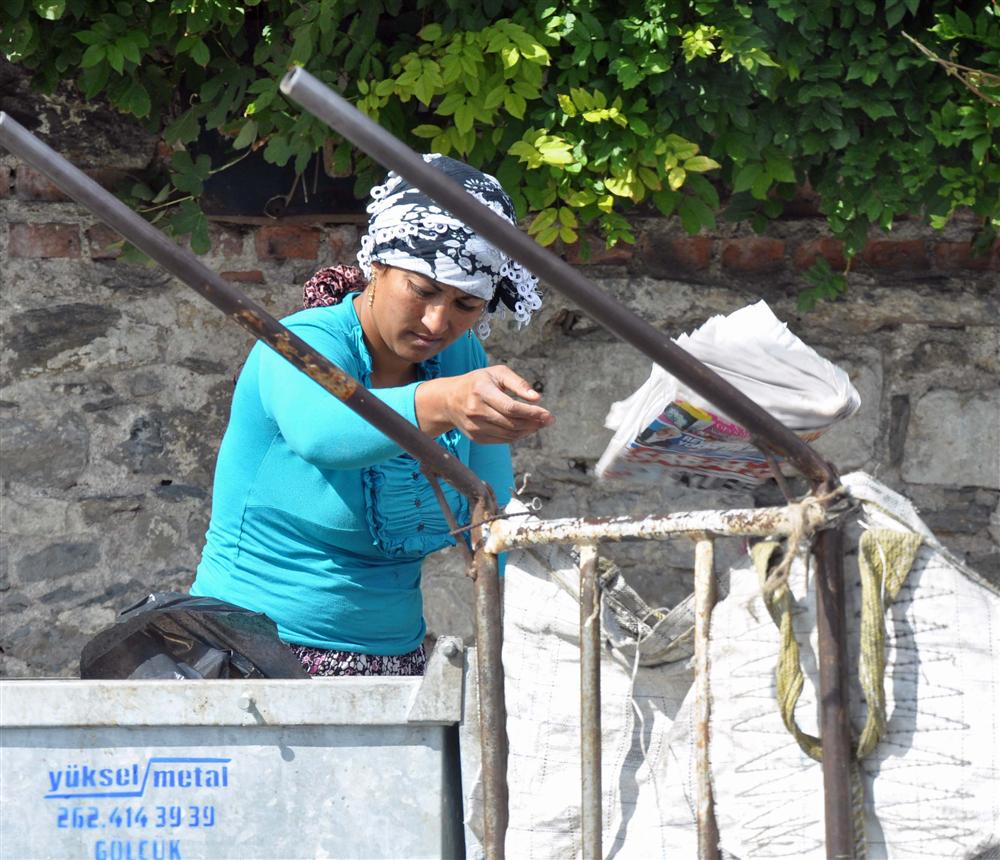
Gypsy dumpster diving
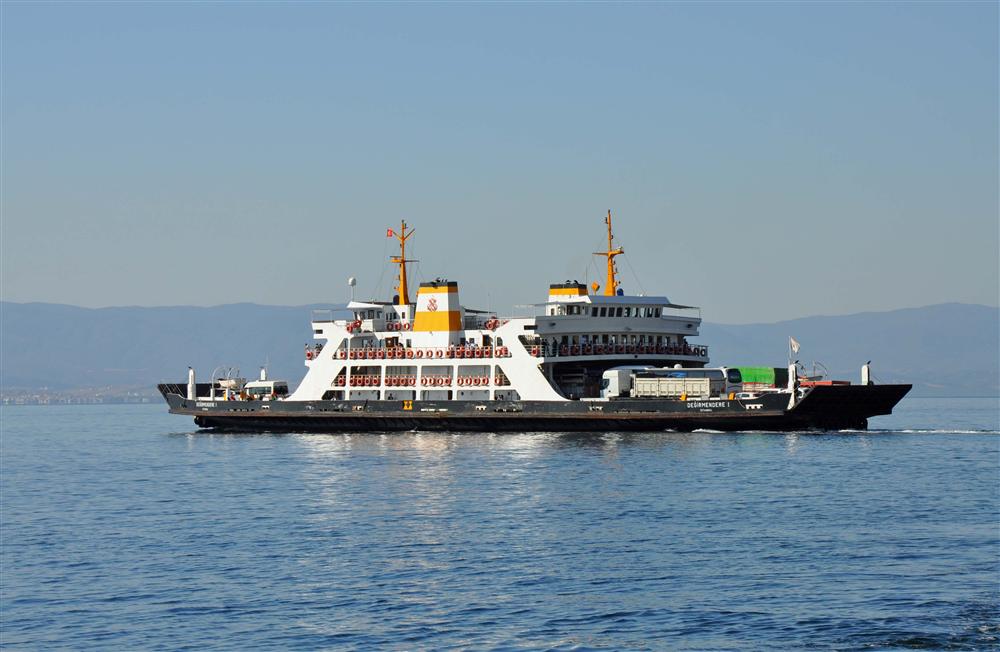
Ferry in the Sea of Marmara
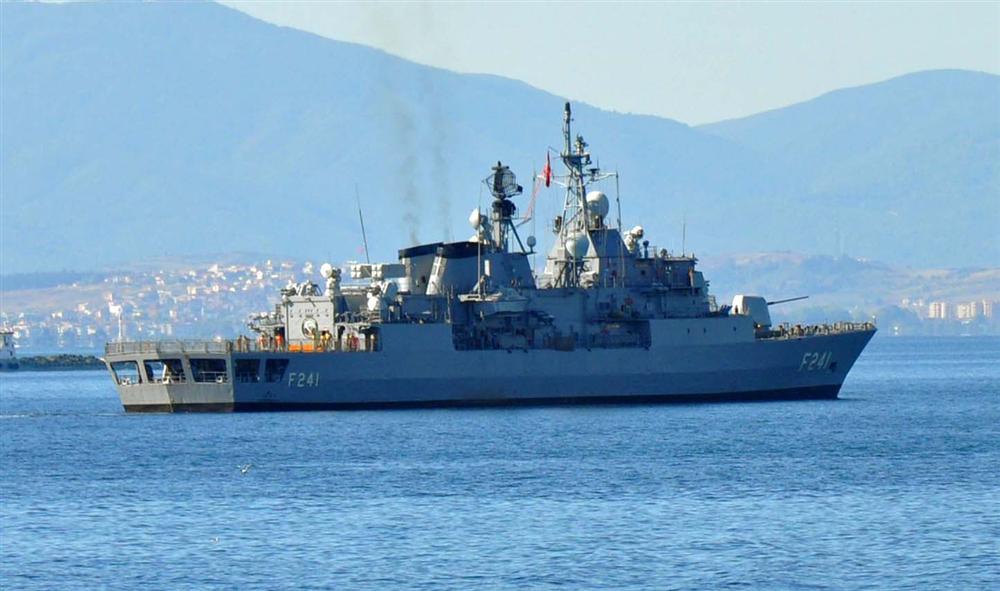
Turkish Navy TCG Turgut Reis (F-241), a Yavuz class frigate in the Sea of Marmara. Turgut Reis, for whom the ship is named, was an Ottoman admiral who served as the Pasha of Tripoli (and most of North Africa) in the 16th Century.
Greek school, also called the "red school"
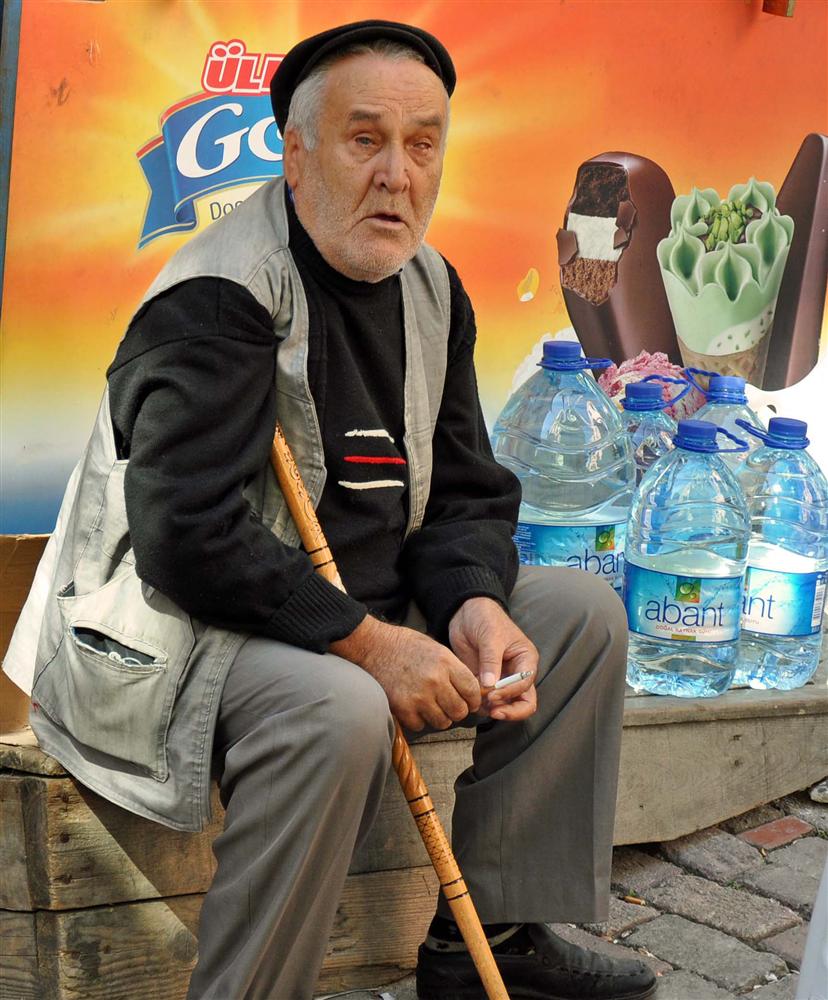

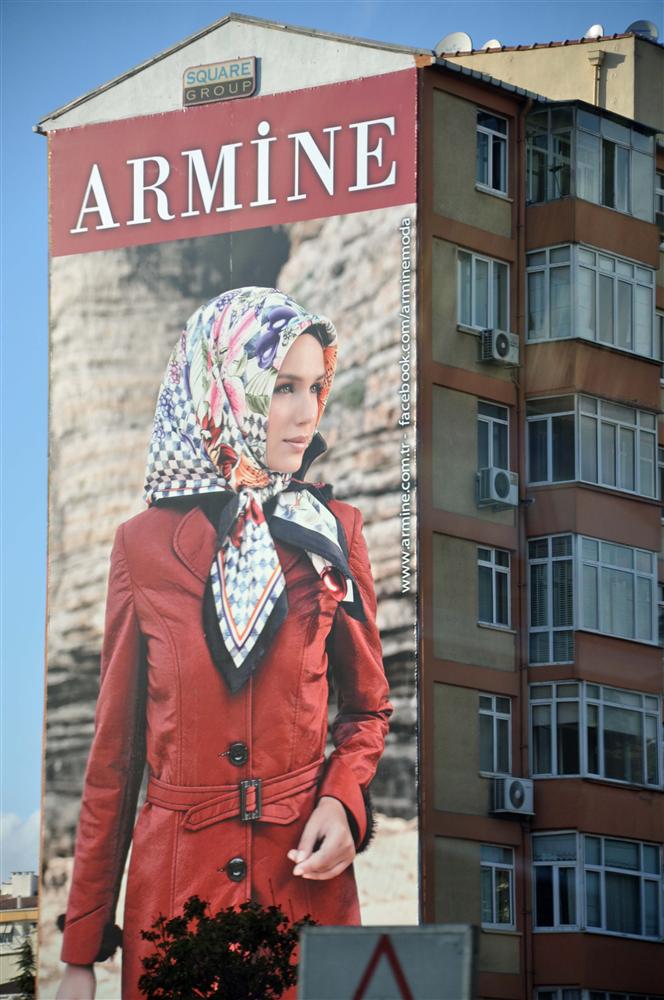
Islamic fashion

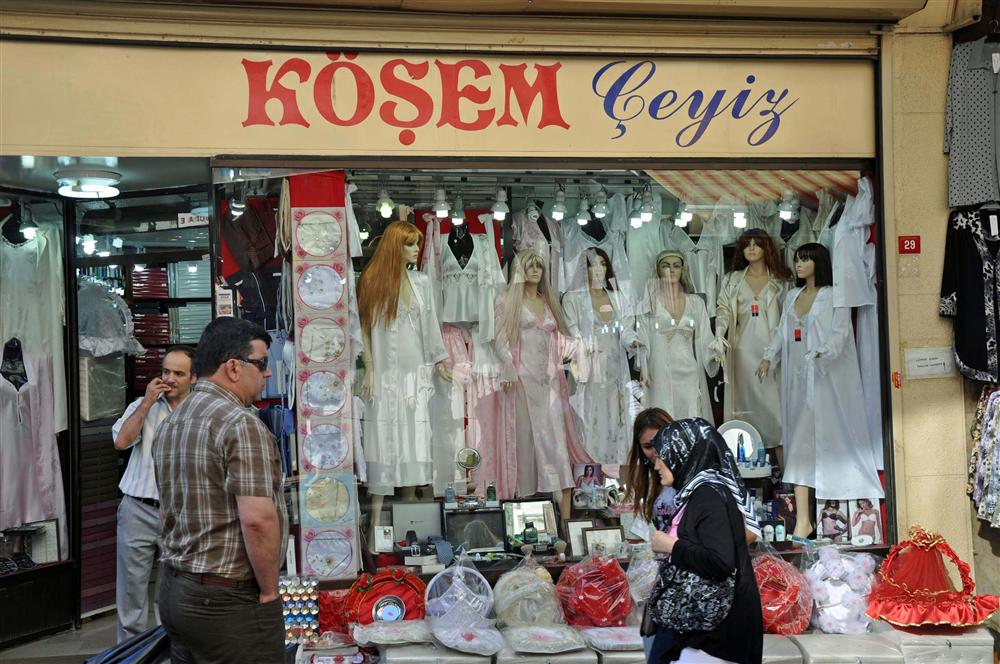
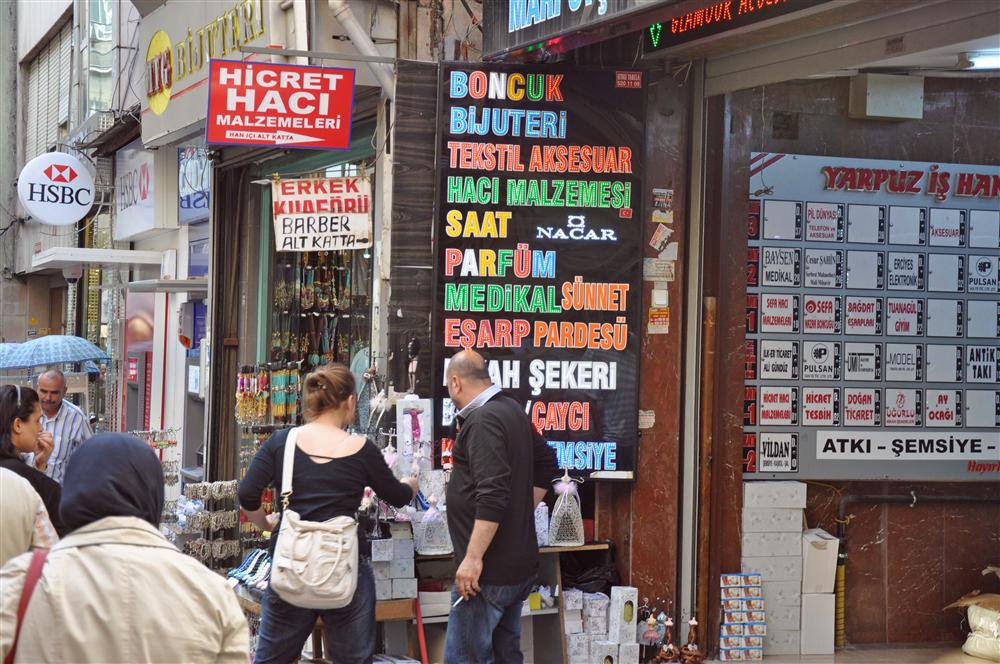

Flag sellers - interesting to see almost as many flags in Turkey as you do in the United States
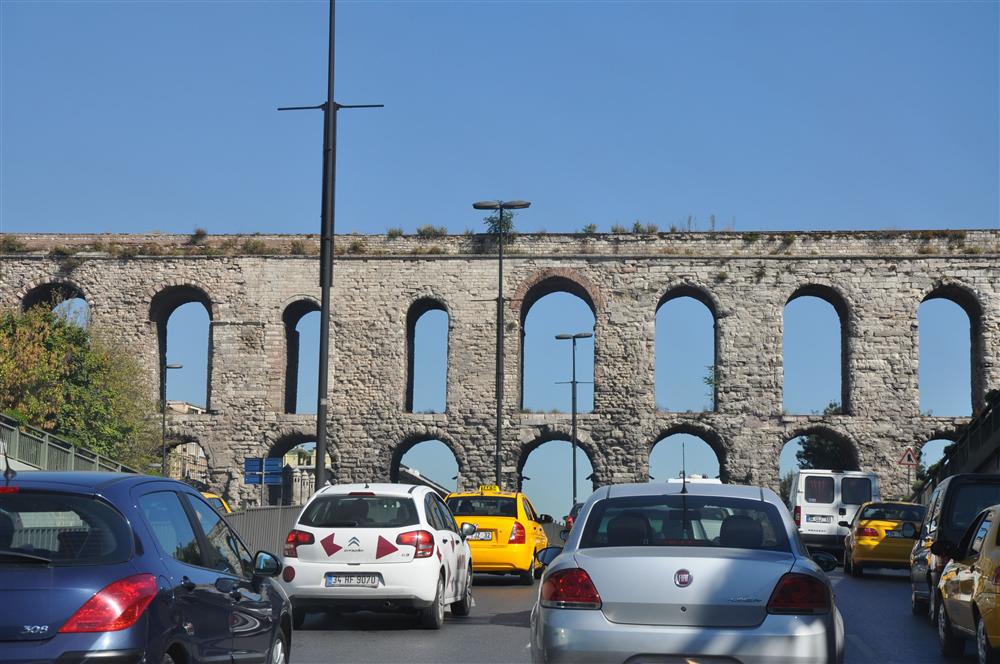
Roman aqueduct in center of town

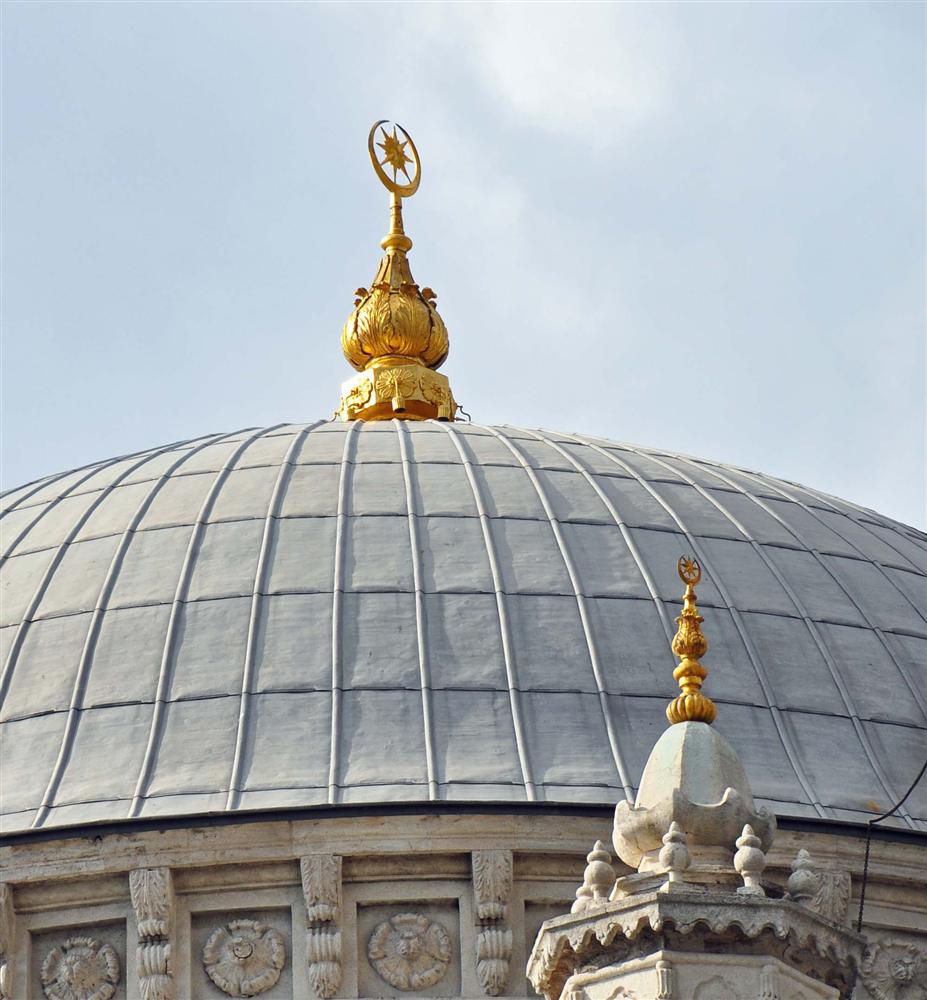
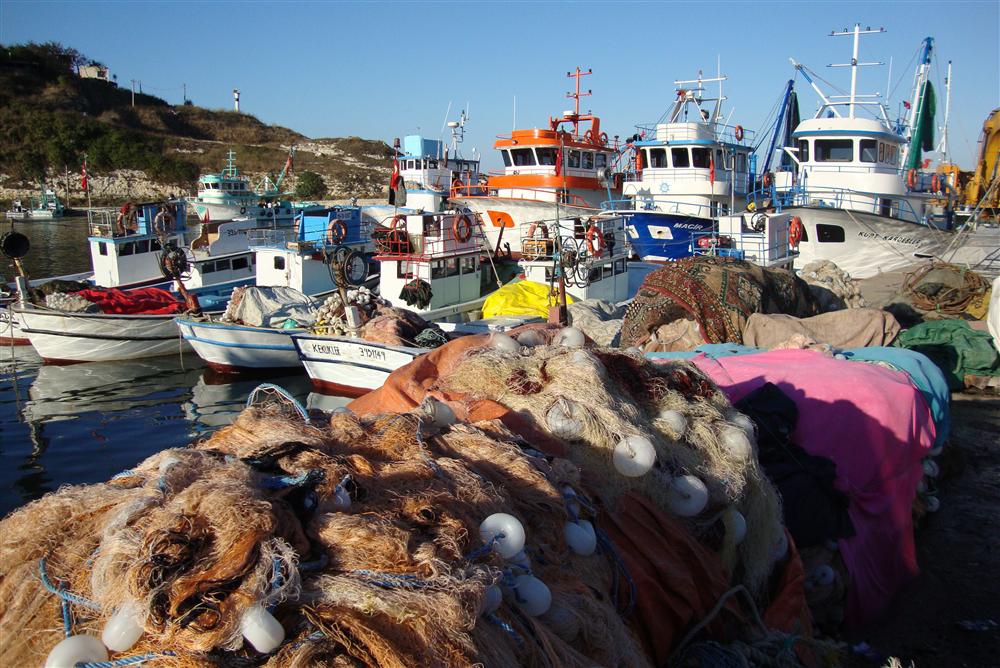
Fishing village on the Black Sea
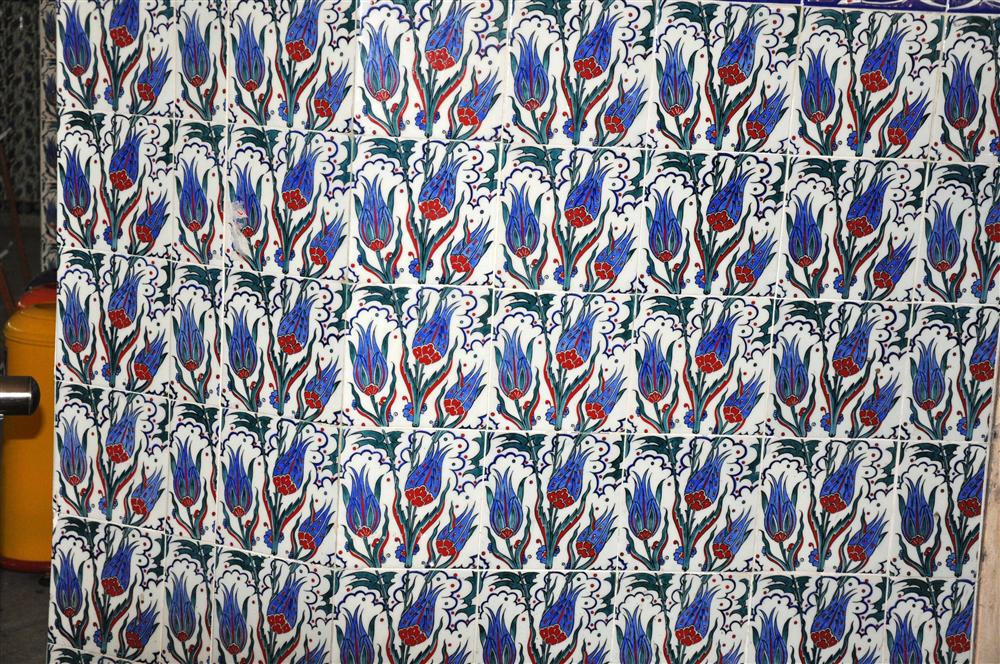
Tulip pattern tile work in subway station - the Ottomans began the commerical cultivation of the tulip
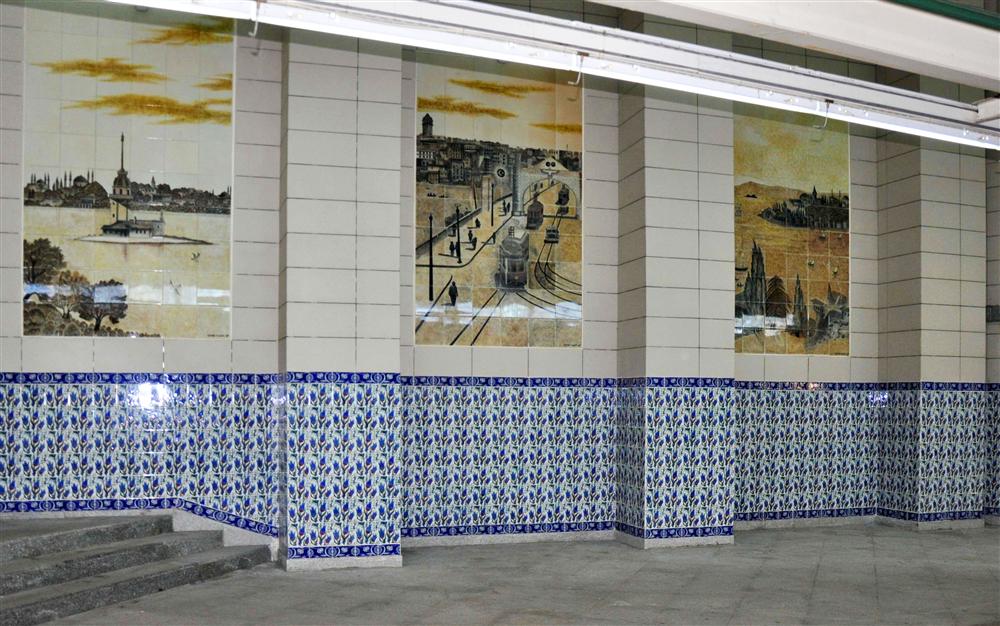

Tunnel train
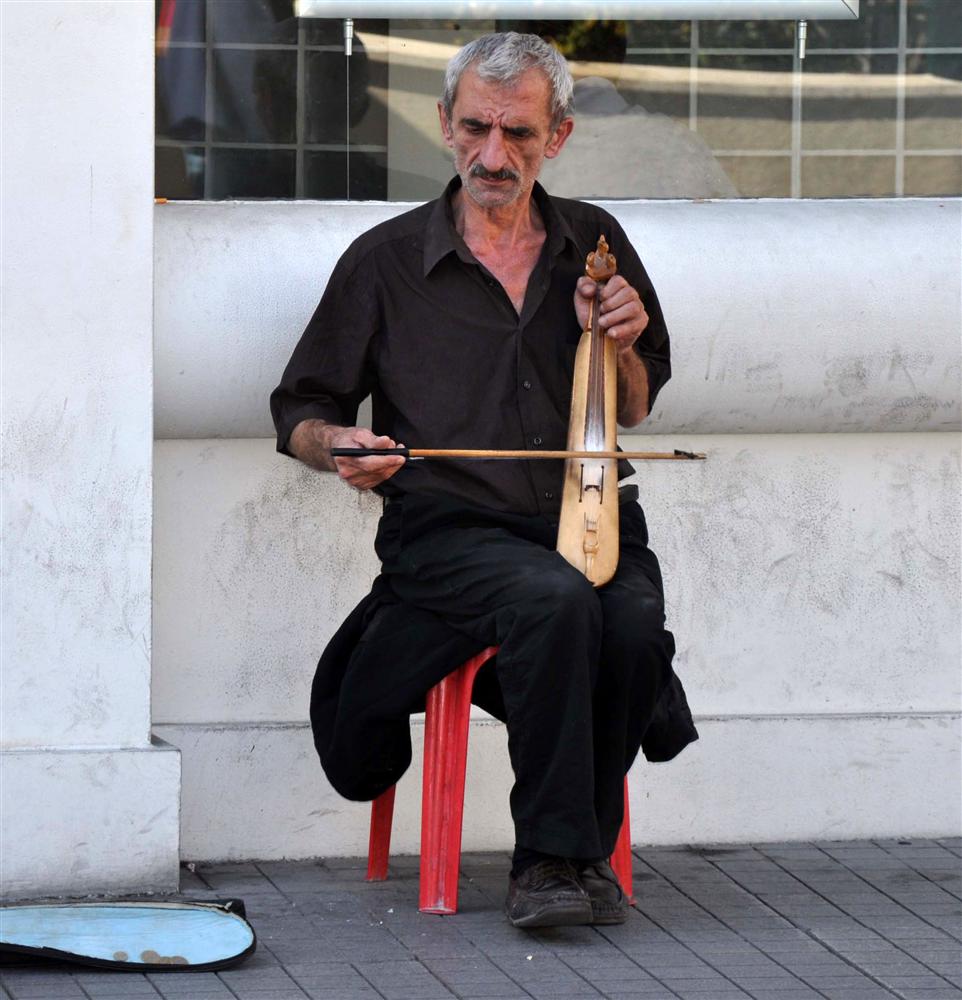
Street musician playing a Karadeniz Kemençesi, a three-stringed instrument from the Black Sea (Karadeniz) area

Streetcar on Istiklal (Independence) Street - the place to be in Istanbul
Streetcar on Istiklal Street - watch the video
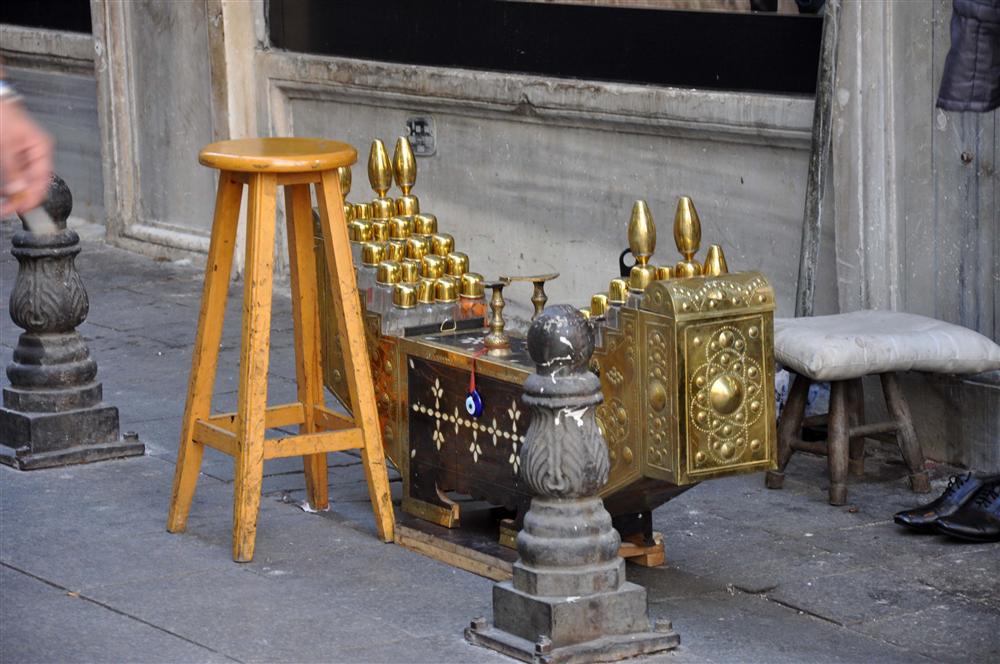
Shoe shine station
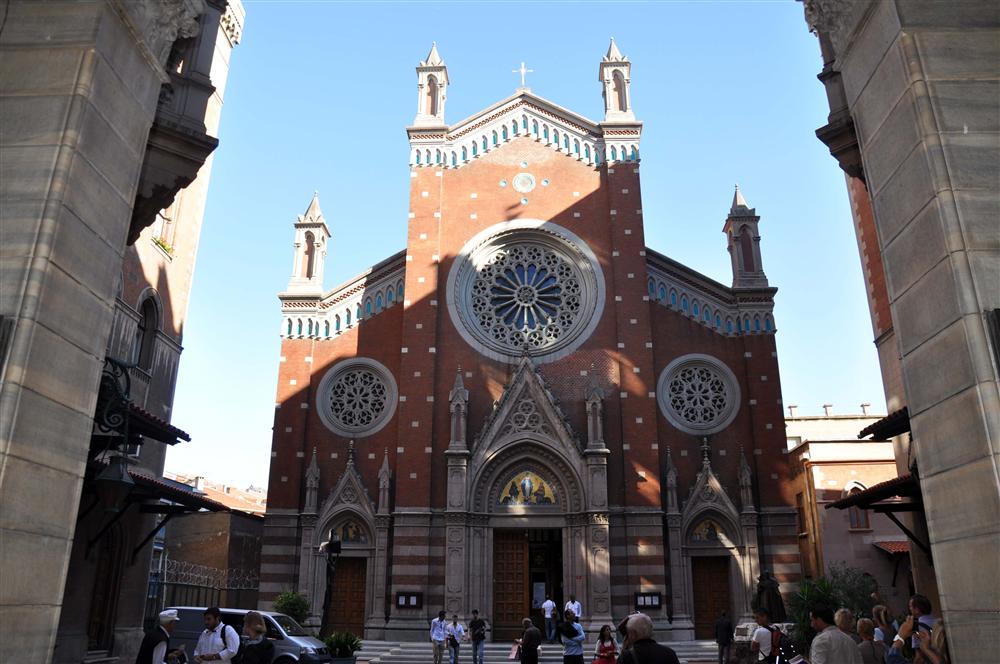
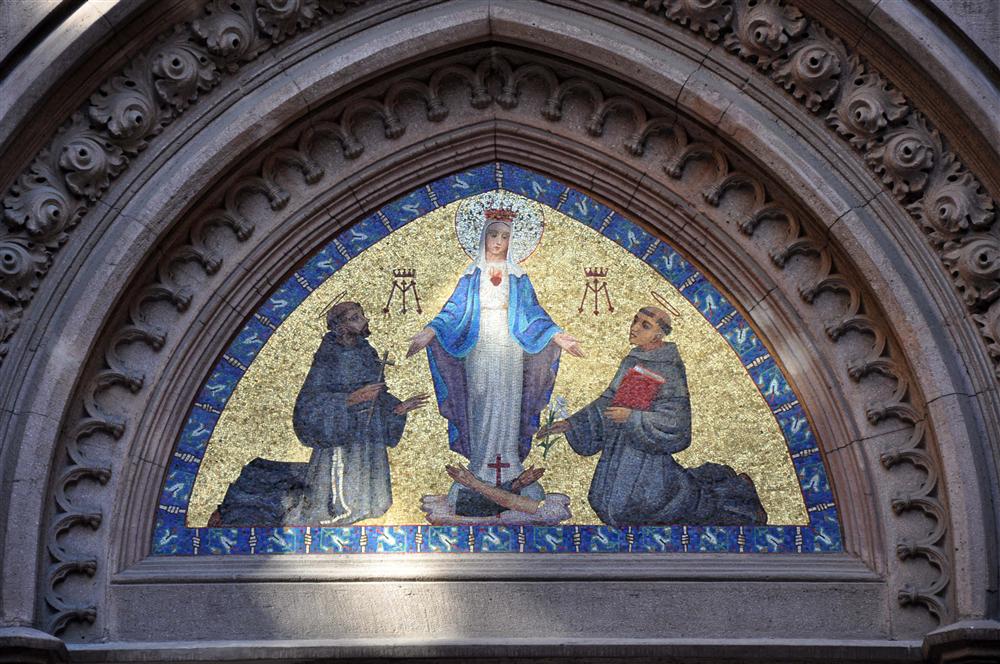
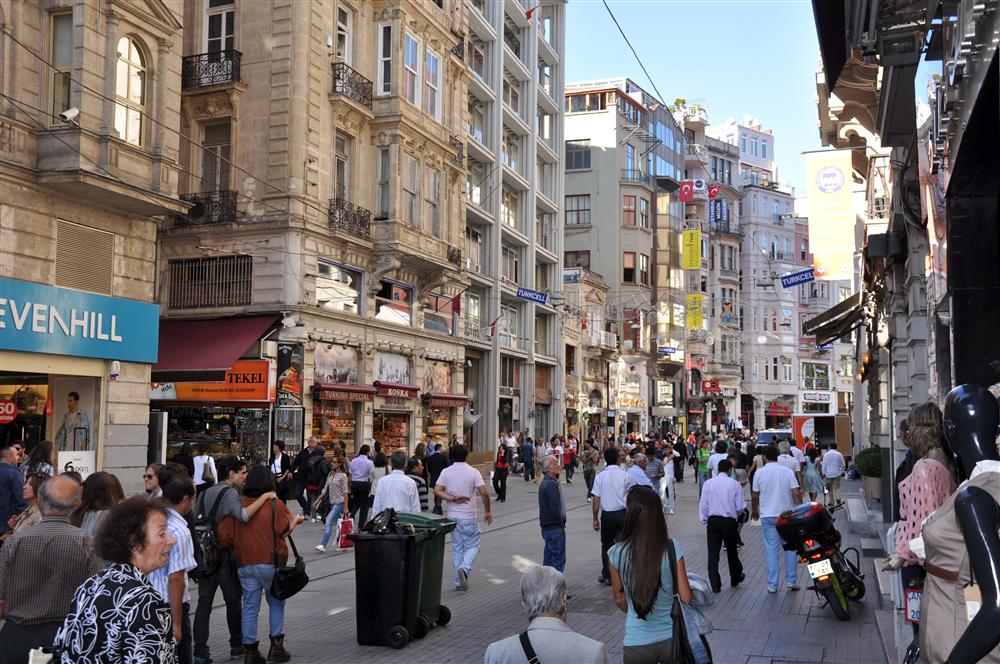
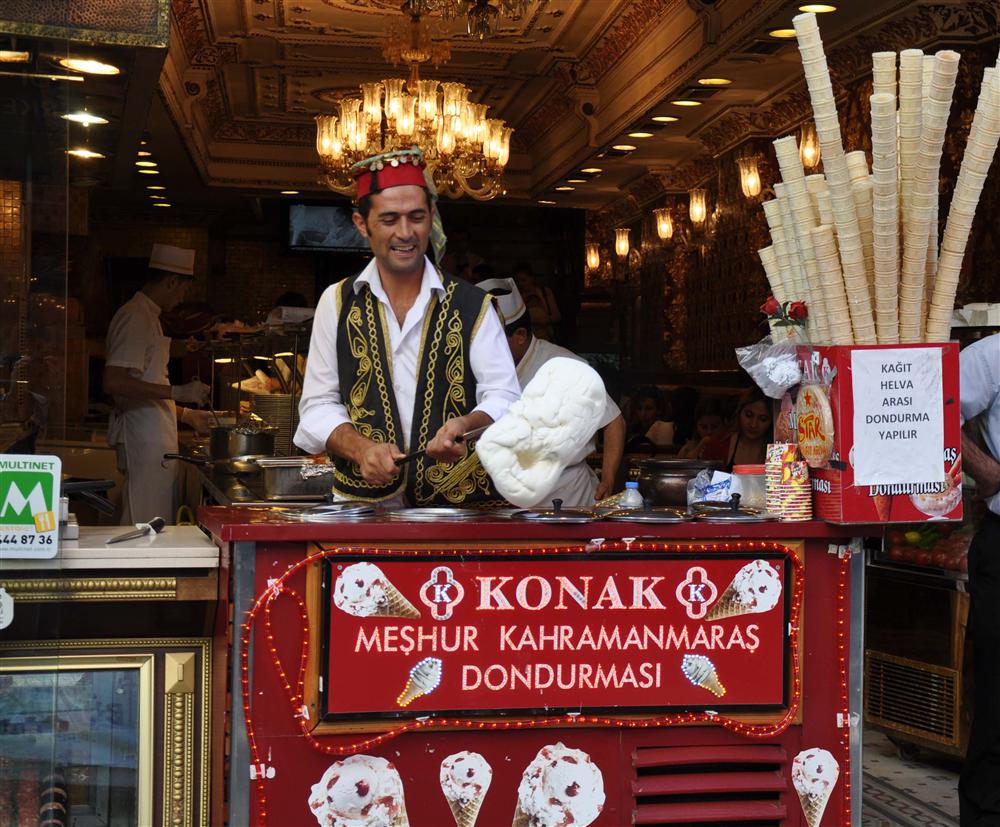
Famous ice cream - and what I think is ice cream sandwiches
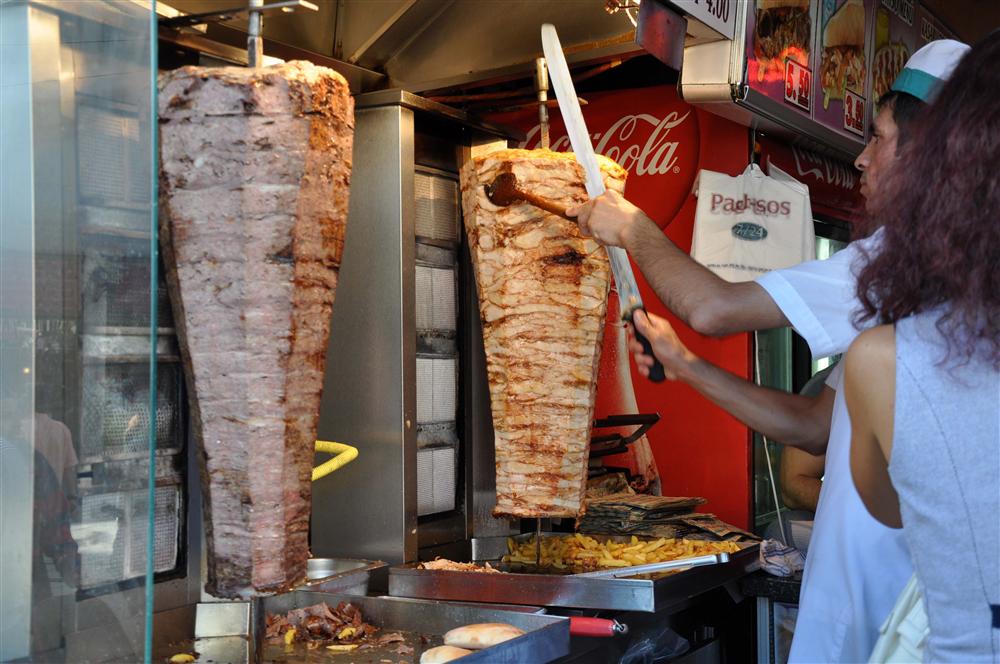
Turkish Doner Kebab, what we in the Arab world would call a shawarma....
Watch it in the video below
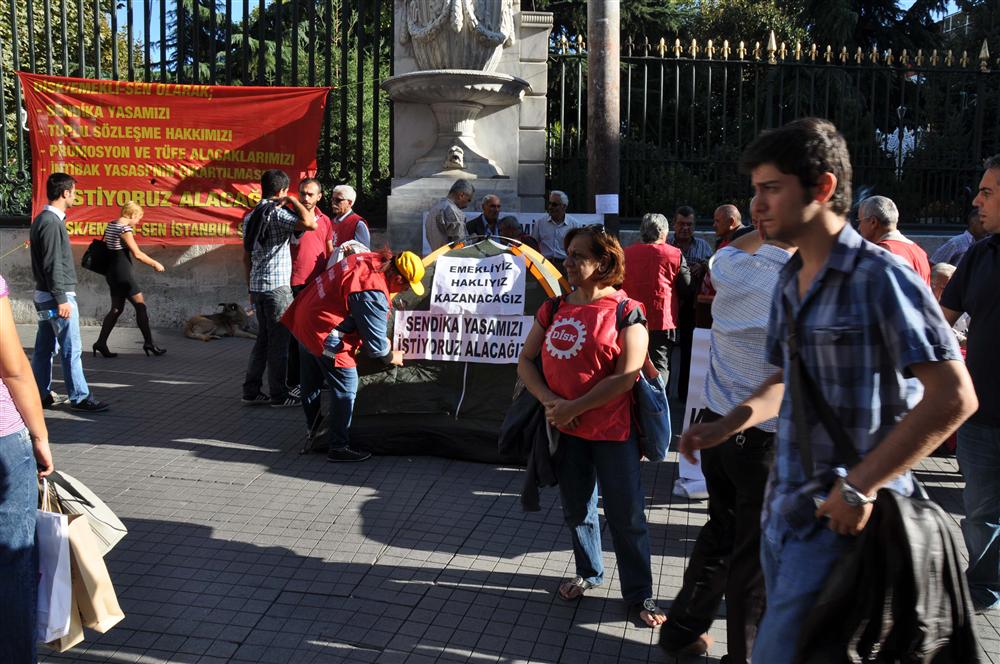
Demonstration about wages
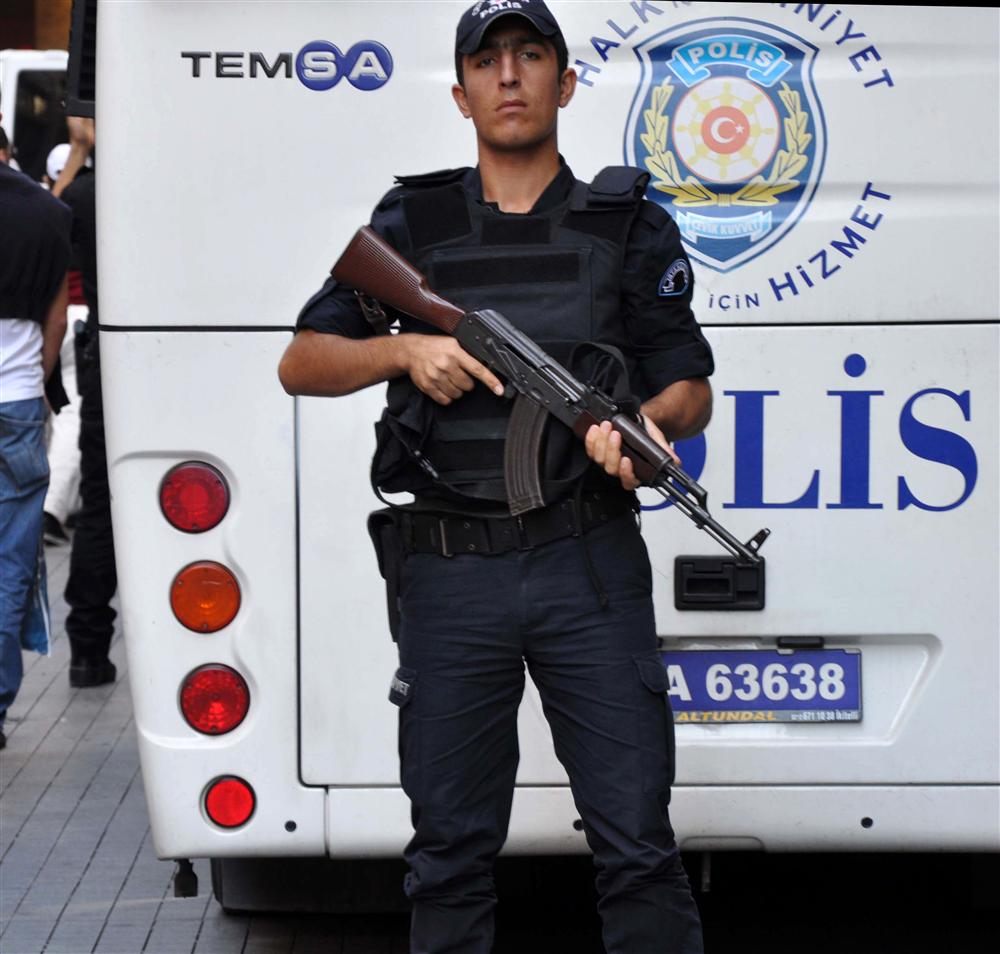
Turkish police responding to the street demonstration - that is an AKM assault rifle
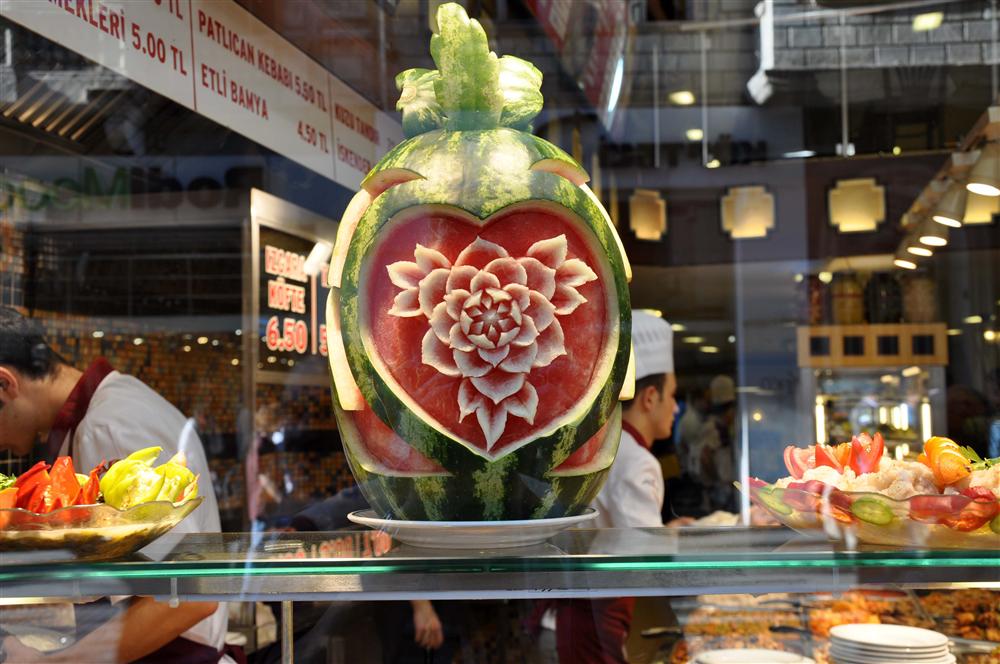

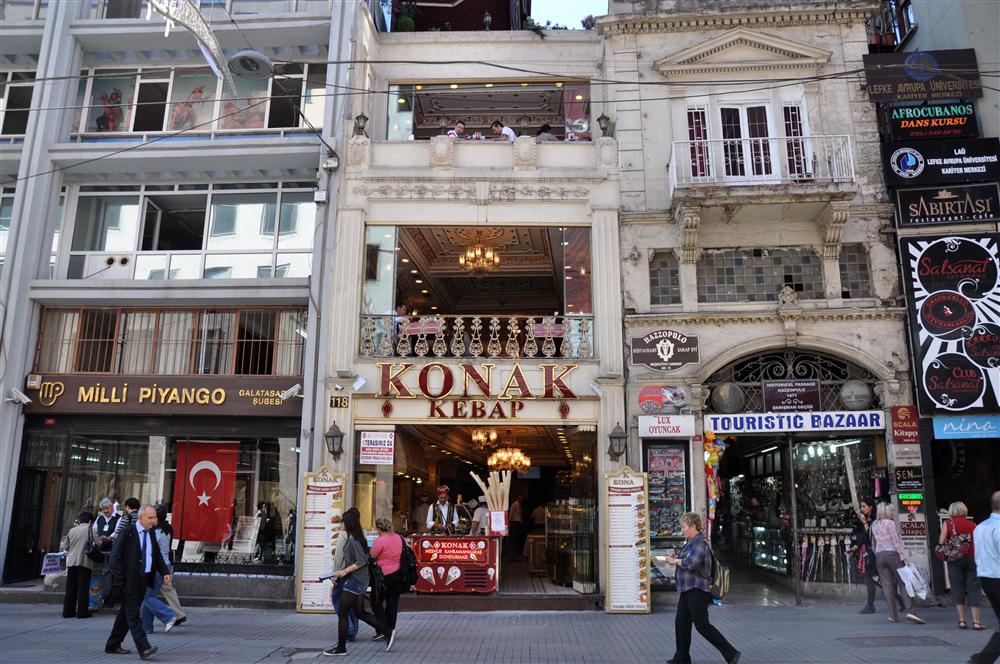
Excellent kebab house (above and below)
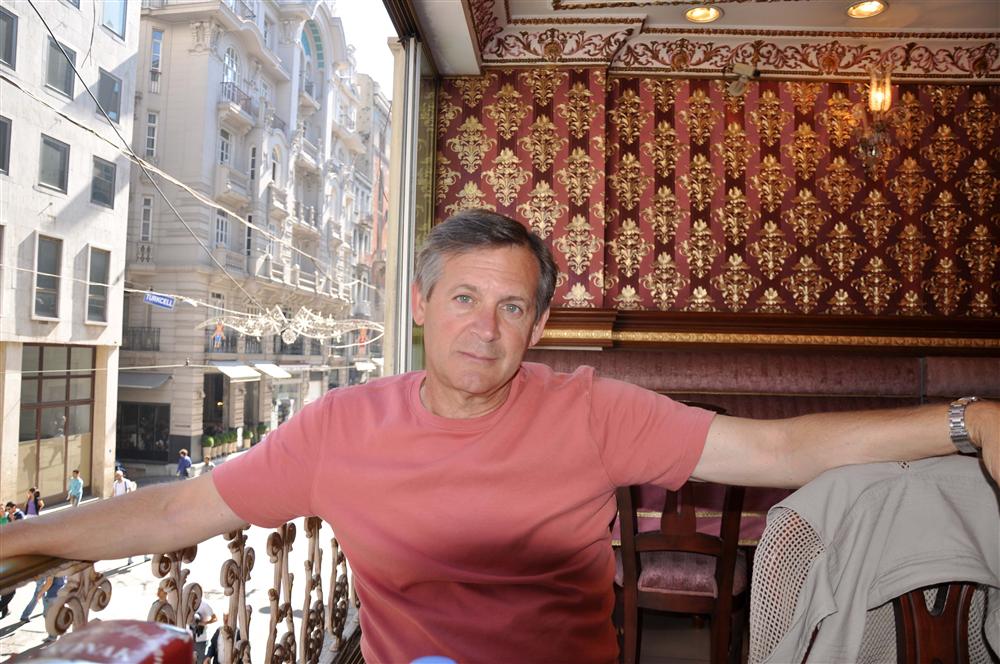
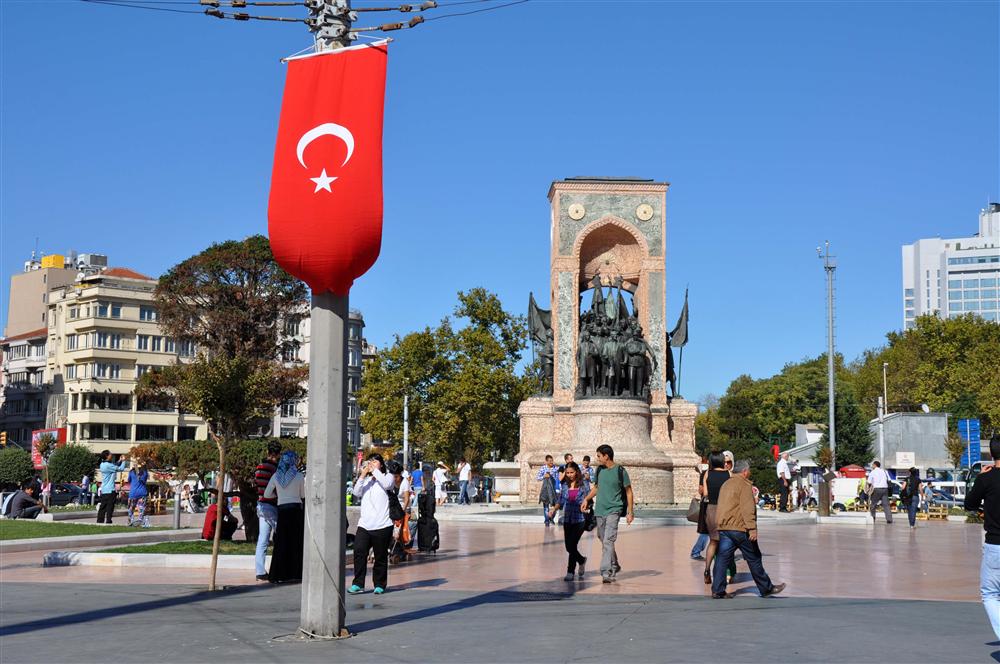
Taksim Square

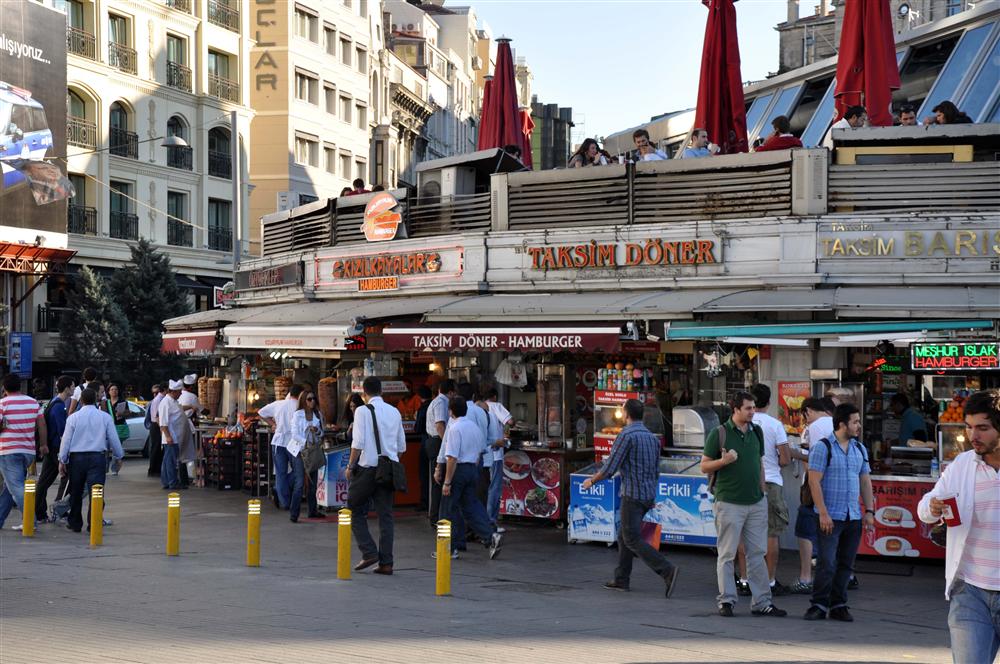
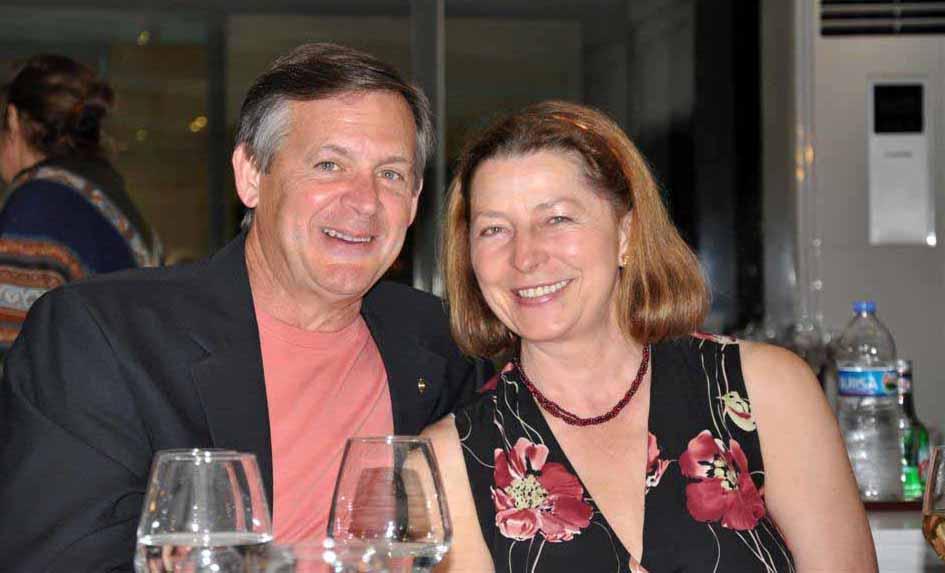
Farewell dinner
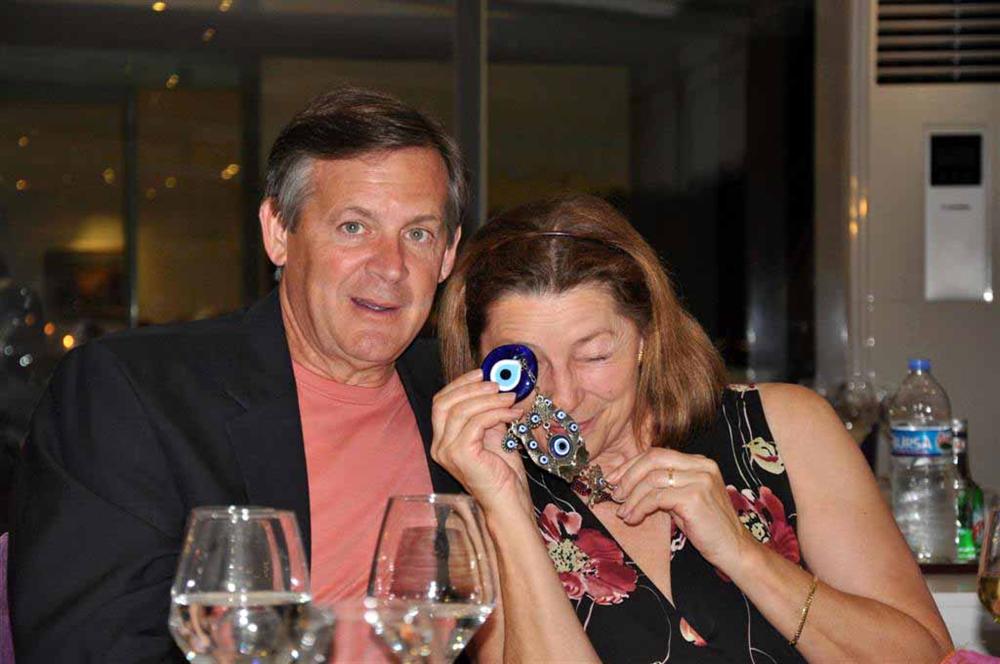
Emily with a nazar boncuğu, protection from "the evil eye"
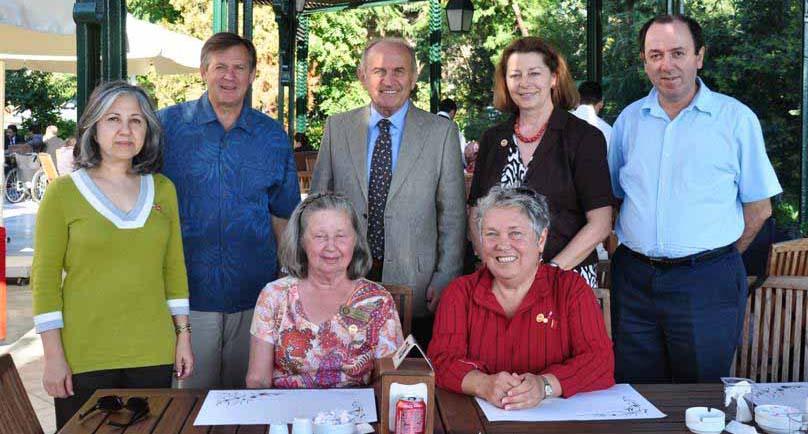
While at a restaurant, we ran into Istanbul Mayor Kadir Topbas (back row, center) Our hosts Oya and Suleyman Girit are on the far left and right
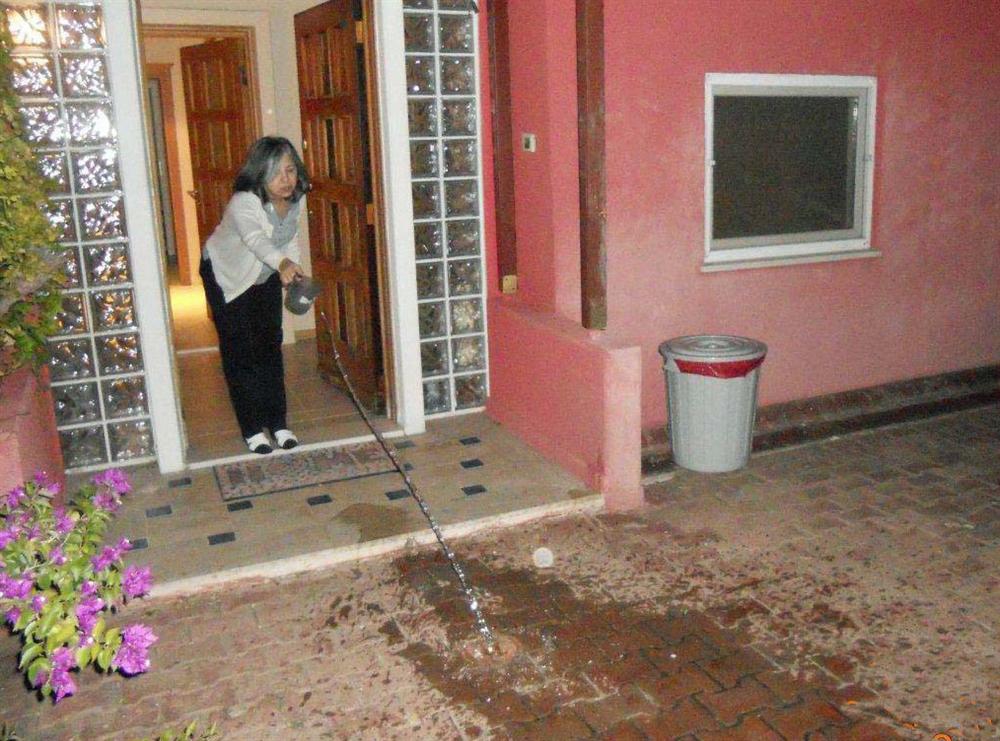
Oya throwing water as we depart for the airport and our flight home
According to Armenian and Bulgarian custom (her family are Turks orginally from what is now Bulgaria), hosts throw a pitcher of water outside the house in the direction of the person departing. It means good luck, wishing that things will run smoothly like water flows, and the guests will return. We will.
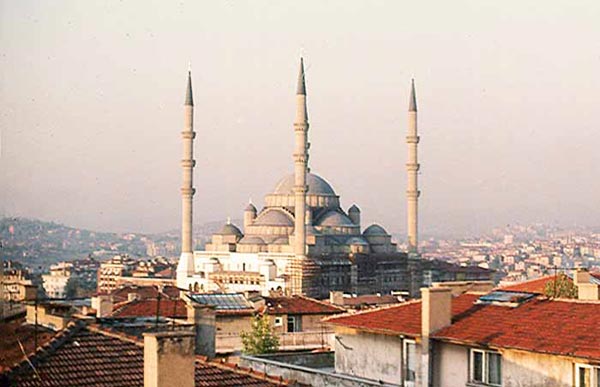
Ankara
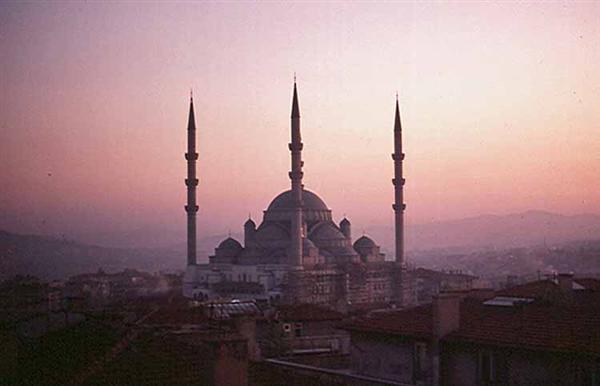
Ankara at dusk

Ankara
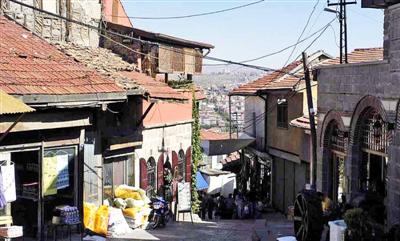
Ankara rug market
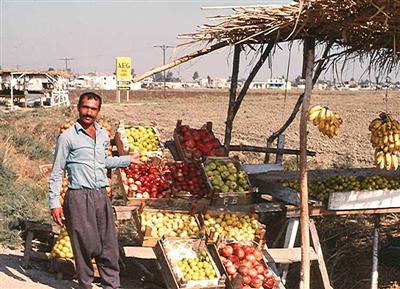
Roadside produce stand on the way south
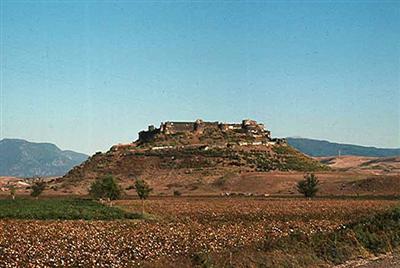
Crusader caste
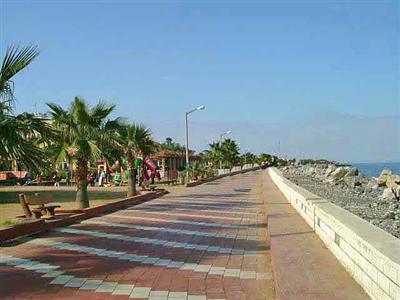
Iskenderun - good seafood restaurants

Iskenderun - our breakfast stop
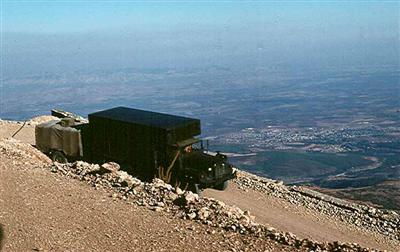
It was a business trip...
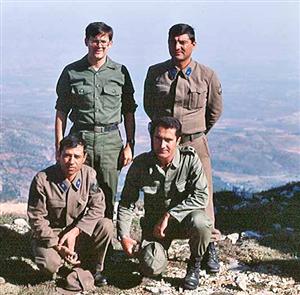
Rick with Turkish counterparts
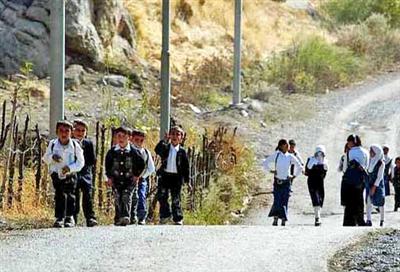
On the road to the Iraqi border
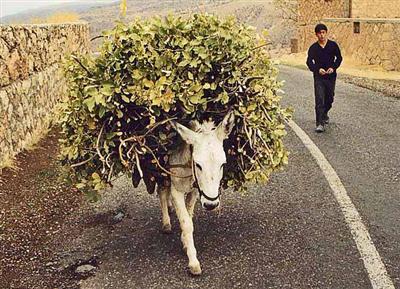
On the road to the Iraqi border
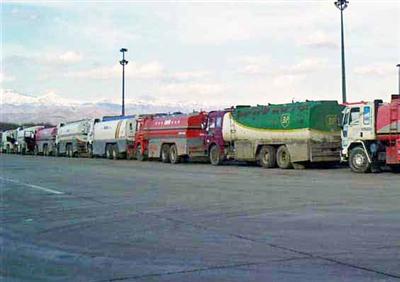
Trucks supposedly obeying UN sanctions entering Iraq
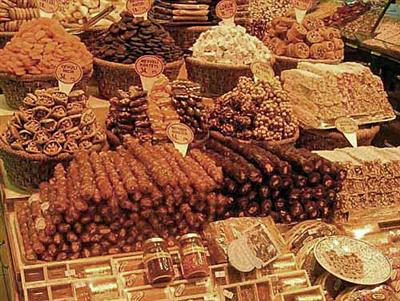
Sweets at Ankaa bazaar
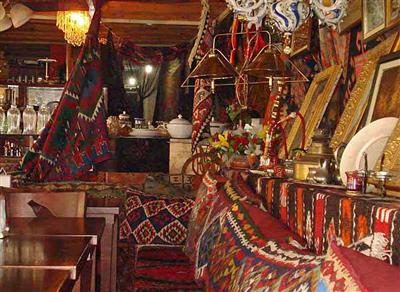
Inside rug market - we have a rug from here
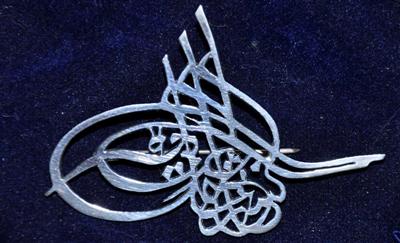
A tughra broach
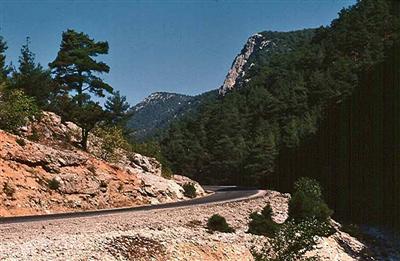
Southeastern Turkey - like Colorado
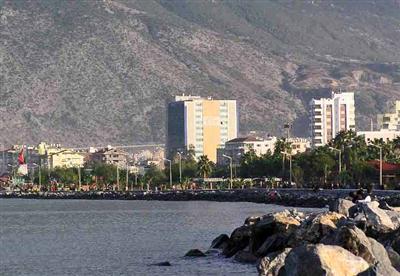
Iskenderun on the Mediterranean near the Syrian border

Iskenderun

Iskenderun from the mountains along the Syrian border
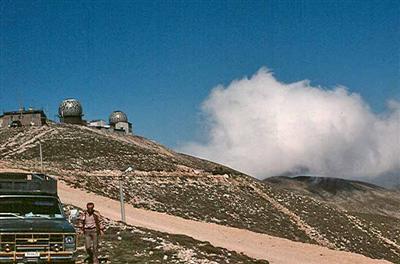
At work
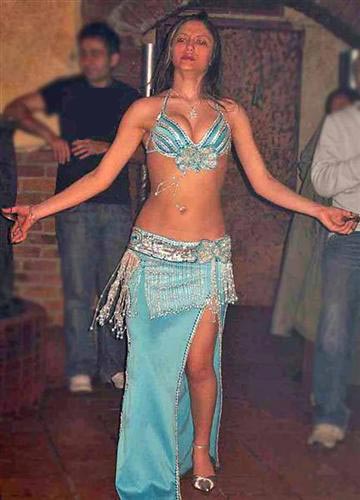
Dancer in Diyarbakir
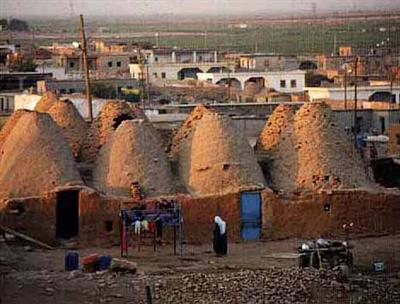
Near Turkish/Syrian/Iraqi triborder area
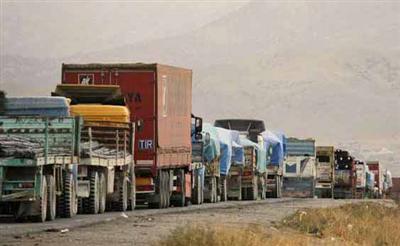
Trucks supposedly obeying UN sanctions entering Iraq
Istanbul

Haga Sophia mosque

Haga Sophia mosque
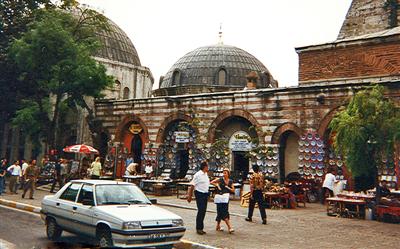
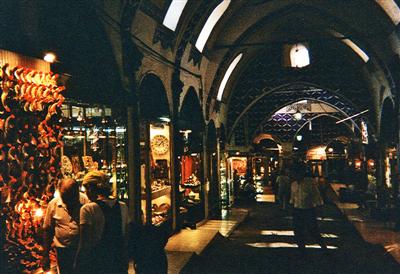
Grand Bazaar
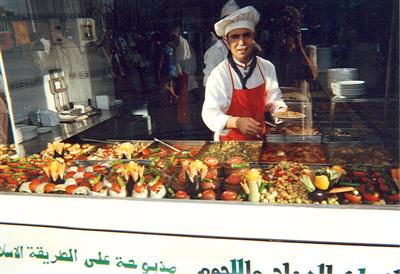
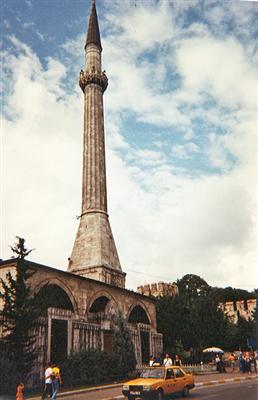
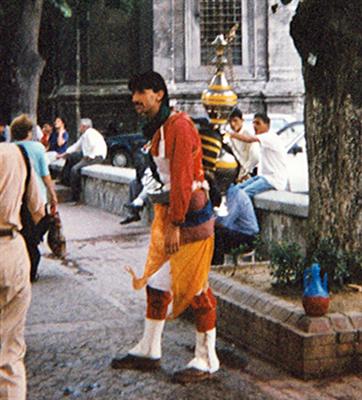
Shurbaji - Juice seller
Syrian Orthodox Monastery at Mardin

